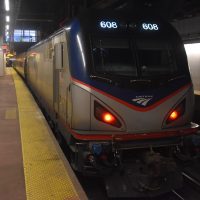 Welcome to the second instalment of this, the second Travel Spot of 2020. The first part covered my journey to Boston, flying in economy with British Airways, before catching the coach up to Portland, where I spent the next two weeks with Amanda. This instalment involves our journey down to Atlanta to see Amanda’s mother, while the remaining posts in the series cover my onward journey to Chicago and my return home from there.
Welcome to the second instalment of this, the second Travel Spot of 2020. The first part covered my journey to Boston, flying in economy with British Airways, before catching the coach up to Portland, where I spent the next two weeks with Amanda. This instalment involves our journey down to Atlanta to see Amanda’s mother, while the remaining posts in the series cover my onward journey to Chicago and my return home from there.
Amanda and I had plenty of options to get from Portland (Maine) to Atlanta, the most obvious one being to fly. However, neither of us is a great fan of flying internally in the US, and, since we had time, we decided to look at other options. One alternative was driving, something Amanda’s done before, although it’s a one-way trip of 1,200 miles, which amounts to about 19 hours behind the wheel, so I ruled it out.
That left the train, a mode of transport which we both enjoy. It wasn’t the cheapest, nor was it the quickest, but it definitely sounded the most enjoyable, so we booked tickets on Amtrak’s Train 19, Crescent, from New York to Atlanta, building our trip around that.
This inadventently ended up as a very long post and, with hindsight, I should have separated it into two, but it was one of those that grew in the telling. Instead, I’ve left it as a single post and split it up as follows:
- Penn Station and boarding the train
- Looking around Amtrak’s Crescent service
- Our sleeper compartment
- Lunch in the Cafe Car
- Philadelphia to Washington DC
- Making coffee on the train
- Union Station (Washington DC)
- A disappointing dinner
- Arriving in Atlanta
Before we get going, you can read a little more about the trip and how it came about after the gallery.
This trip was originally a two-week visit to see Amanda, flying in/out of Boston, before travelling on to Shanghai for work. However, coronavirus/COVID-19 put paid to that, with the meetings moved to Chicago instead. This left me with a spare week and since I was already in the US, there seemed little point in returning to the UK just to get jet lag before flying back to Chicago a few days later. Instead, I moved my return flight to the end of the month, deciding to spend the extra week in Atlanta with Amanda, visiting her mother, before flying to Chicago, returning home via Boston at the end of my meetings.
The final irony is that the Chicago meetings have now been cancelled, so I could have gone home as originally planned! However, with the flights and hotels already booked and non-refundable, I decided to carry on with the original plan, prompting the obvious question: how to get from Portland to Atlanta?
We had plenty of options, the most obvious one being to fly. Delta has one direct flight a day, although since that leaves at 05:40 (and neither of us are morning people), it was a very unappealing option! The alternative was to fly via any number of east coast hubs (New York, Philadelphia, Washington DC, etc), and, while that would have been the most economical choice, neither of us was that impressed with spending most of the day flying.
Another option was driving, which could have been fun had we had longer to make the trip. I have plenty of friends en-route and would have loved to stop off to see them. However, that would have resulted in a three- or four-day drive and we really only had the weekend. The prospect of spending most of the daylight hours driving didn’t appeal either, so that left the train.
Amtrak Train 19, Crescent, runs between New York and New Orleans, calling at Atlanta along the way. The daily service departs at 14:20 in the afternoon and arrives at 08:15 the following morning, making it ideal. It’s also a journey I did two years ago, catching the same service from Philadelphia to Manassas (the first stop south of Washington DC), continuing my journey from Manassas all the way to New Orleans a few days later.
That just left the small matter of getting from Portland to New York. If we’d been masochistic, we could have just about done it in a single (very long) day, arriving in New York just in time to catch our train. However, part of the reason for taking the trip was to see something of New York, a city that Amanda had never visited before! For that reason, we decided to travel down on Saturday and spend the night in the city, before catching our train to Atlanta on Sunday afternoon.
You can see what we decided to do after the gallery.
I really wanted to do the Portland to New York leg by train, but sadly Portland, while better served than Atlanta, still doesn’t have a great train service. Linked to Boston by the Downeaster Service (which I took in 2015 at the start of my coast-to-coast journey from Portland to Portland by train), there are just with just five trains a day, which terminate at Boston’s North Station, leaving you to get yourself (and your luggage) between over to Boston South Station for the train on to New York.
Realistically, this means that there are only two services, one leaving at 08:20 and arriving at 17:50 (a 9½ hour journey), the other leaving at 13:10 and arriving at 23:00. In fact, it makes more sense to take a coach from Portland to Boston’s South Station before taking the train from there, with Amtrak offering through ticketing options, although we still wouldn’t get to New York before 17:50. Since one of the main motivations was to see something of the city, arriving just before sunset was not ideal, so we decided to drive, which proved to be both the cheapest and most convenient option.
Even accounting for the cost of a one-way, one-day hire car, fuel and road tolls, it was cheaper than either the train or flying, the whole drive taking about five hours to cover to 320 miles to New York. We picked the car up the night before, got up (for us) relatively early, stocked up on doughnuts, and then hit the freeway with Amanda, bless her, doing all the driving (in exchange, I do the driving if we travel by car in the UK).
The first part of our route took us along I-295 and I-95 parallel to the Maine coast. Unlike the drive Amanda and I took last summer, when we drove right along the coast itself, taking pretty much all day, the drive down I-95 is pretty efficient. It’s also one I know well from multiple drives down to Boston and/or Providence. However, driving to New York means skipping the whole Boston/Providence corner of New England, instead heading southwest through Worcester (Massachusetts) and Hartford (Connecticut), following a series of Interstates (I-495, I-290, I-90 and I-84).
We made pretty good time (there was very little traffic that Saturday morning) and after three hours of driving, we stopped just south of Hartford, where we’d agreed to meet up for a late brunch with our friend Kate. Regular readers will know my love of classic American diners, so you won’t be surprised that I was delighted with Kate’s choice of the Cromwell Diner. Even the coffee wasn’t too bad!
You can see how the rest of the drive went after the gallery.
We set off again just before two o’clock, re-joining I-91. If you believe the road signs, this would have taken us all the way to New York City, joining up with I-95 (which is where we started our trip!) at New Haven. However, our sat nav had other ideas, sending us down Route 15, which was the main road between Hartford and New York before the Interstate was built. It takes a slightly more in-land route, missing out New Haven as it winds its way through the hills and southern Connecticut and eastern New York State.
It was actually a really scenic drive and I’m glad we went that way rather than the more conventional route. However, I’m glad we had the sat nav as we switched from parkway to parkway as we approached the outer suburbs of New York City before making our final approach down the eastern bank of the Hudson and into the heart of Manhattan. We dropped our stuff off at our hotel, which was on W 29th Street, a mere two blocks from New York’s Penn Station, where we were due to catch the train the following afternoon, then went to drop the car off, which was another few blocks away.
Unbelievably, while I’ve been to New York at least ten times, this was Amanda’s first visit, although she says that she’ll be back. We took a short stroll around that evening, stopping at Café Grumpy in the Fashion District for coffee, then the next morning, we strolled around Chelsea, calling in at Terremoto Coffee before walking along the High Line. Then it was back to the hotel to collect our bags before we headed to the station.
You can see how we got on at the station after the gallery.
We’d chosen our hotel specifically for its location, two blocks south of the New York’s Penn (short for Pennsylvania) Station. I believe it’s America’s biggest station and is entirely underground, sitting below Madison Square Garden, covering two blocks between 31st and 33rd Streets and running from 7th to 8th Avenue. We’d popped in the night before to get our bearings and the staff in the waiting area had told us to turn up about 30 minutes before the train was due to depart.
So, at 13:45, we came down the escalator onto the concourse and crossed over to the waiting area, which was in the far corner on the other side of the concourse. However, what we hadn’t mentioned the night before was that we were sleeper car passengers, which would have saved us hauling our bags across the concourse.
As we discovered when we checked in, sleeper car passengers have access to the first class lounge which was tucked away to the left of the escalator as we’d come in! In fairness, I’d completely forgotten about Amtrak having lounges, which is only the case at larger stations (like Penn). In fact, the last time I used a lounge was when I took the Empire Builder from Chicago’s Union Station with my friend Marc at the start of our journey to Portland (Oregon) in 2015.
Duly informed, we turned around and hauled ourselves and our many bags back across the concourse to the lounge, arriving just as the staff announced that the sleeper passengers were boarding. So, back we went, this time to Track 13, where we descended another level to the platform, in the company of another couple and a porter, who led us to our sleeping car, which was towards the back of the train.
Boarding was easy enough, although I’d forgotten how narrow the corridors are on the east coast sleeper trains. They are just wide enough for a single person to walk along, either pushing your luggage ahead of you or pulling it behind you. If you’re trying to carry a bag at your side, forget it! Similarly, as I discovered, don’t try going through the door to the compartment with your rucksack on!
We were in Compartment 1 in the first sleeper car, which was at the end of the corridor. When we got there, we were faced with our first dilemma: where to put our luggage? Unlike the west coast sleepers, where each carriage has its own baggage area, here everything either has to come into the compartment with you or else be checked into the separate baggage car at the back of the train. Unfortunately, no-one at the lounge had mentioned checked baggage to us, otherwise I could have saved myself the bother of hauling my suitcase down to the platform and onto the train!
As it was, our cabin attendant (each sleeping car has one) was able to check my suitcase for us. The rest of our luggage (my large rucksack, Amanda’s roll on, our two personal rucksacks and a couple of tote bags with various supplies) managed to get stowed in the compartment, which was nothing short of miraculous!
You can see what we made of the train after the gallery.
The first important thing to know about Amtrak’s sleeper services is that there’s a dividing line between east and west which runs from Chicago in the north to New Orleans in the south. With the exception of a couple of services, everything to the east of this line (although not the Chicago to New Orleans service, which I travelled on 10 years ago, my first ever sleeper service) uses the single-decker Viewliner rolling stock, while all the other services use the double-decker Superliner rolling stock, which is slightly taller (and, as a result, can’t get into New York Penn Station!).
This was my seventh time on an Amtrak sleeper service, and my third time travelling in the east on the Viewliners. In fact, the last time I’d been on a Viewliner was when I took the same service, Amtrak’s Crescent (Amtrak likes to give all its services names) almost exactly two years ago, although there had been a few changes to the service since then, the first being the composition of the train.
This time around our train consisted of a single electric locomotive (which would take us as far as Washington DC’s Union Station), four coach class carriages (standard seating), a café car (for the coach class passengers), a dining car (for the sleeper passengers) and three sleeper carriages, the last one of which, known as a baggage-dorm, has sleeping accommodation in the front half and the baggage car in the rear half.
Although this was similar to the configuration of when I caught the Crescent two years previously, back then there were only three coach class carriages, while there was an additional business class coach which came after the two sleeper cars, but before the baggage car (which has been replaced by the baggage-dorm).
While the Superliner rolling stock are genuine double-decker carriages (with either the sleeping accommodation or seating on the upper deck), on the eastern services, the coach class carriages and the café car are standard height, while the dining car and the Viewliner sleepers are tall, single-decker carriages, which makes for an interesting layout.
Each of the two Viewliner sleeper carriages has a one large accessible bedroom and two smaller bedrooms at the front, with the corridor running down the side of the carriage. The corridor then narrows and moves to the centre of the carriage, with a row of six standard compartments (known by Amtrak as roomettes) on either side. At the opposite end from the bedrooms, what would have been compartments #13 and #14 have been replaced by a shower on one side and crew quarters on the other. Each of the compartments have two berths, although if you book a single ticket, you’ll get a cabin to yourself. Meanwhile, the bedrooms have an additional seating area and an en-suite bathroom.
You can see what we made of our compartment after the gallery.
Due to the height of the carriage, the Viewliners have long, thin and, above all, tall compartments. These serve both as a sleeper and, during daytime, a private cabin. When in this configuration, there are two seats, one facing forwards, the other backwards, with a fold-out table between them. This means that you both have window access, although the seats are close enough together that two tall people might have problems banging knees! Fortunately, while I’m quite tall, Amanda isn’t!
When it comes to sleeping, the two seats are pushed together to form the bottom bed, while the top bed is lowered down from the ceiling on a rack and pinion system This gives it a more stable feel since it’s not being folded down from the side and, due to the height of the carriage, even when it’s fully up, there’s plenty of headroom (ie, I could stand up).
One of the two seats is slightly narrower than the other, although both are wide by UK standards (and positively palatial compared to airline seats). The wider of the two seats doesn’t quite stretch the full width of the cabin, ending just short on the corridor side, leaving enough space for a wide shelf, with a trash can underneath. The narrower seat, meanwhile, makes room for one of the Viewliner’s more interesting features: a small toilet, which also has a fold-down sink above it and a mirror above that (for comparison, the Superliners don’t have toilets in the standard compartments).
Opinions are divided about the toilet. Since it’s not screened off in any way from the rest of the compartment, if there are two of you travelling, it’s not that convenient. When I’ve travelled on my own in a Viewliner, I’ve found it useful, particularly since I’m now at that age when I can pretty much guarantee that I’ll be up at least once during the night to use it. If you really don’t want to use it though, your options are rather limited, since the nearest alternative is at the end of the coach class carriage. This means you have to walk through both the dining car and the café car to get there, while if you’re in the second of the two sleeper cars, you have even further to go!
Back to the compartment. The table lifts out of a slot by the window and then has a pair of fold-down flaps, one for each seat. We didn’t use it much on this trip, and neither of us even got our laptops out, but from previous experience, it’s rather awkward if you’re a laptop user. The power outlets are also rather inconvenient. Although there are two of them, they’re next to the sink/over the toilet, so you will always end up with some trailing wires.
Other than that, the compartments are reasonably well equipped. Each compartment has its own airflow control, so in theory you can control the heat. There are also plenty of lights, including a light above each seat (which is rather blinding for the person sitting opposite), a cabin light and individual reading lights, one for each seat and one for the top bed. I should also mention that there’s WiFi which worked really well all the way to Atlanta.
I mentioned that when we boarded, we managed to get all the luggage into the compartment. If you’re travelling alone, you can always use the top bed for additional storage, although you don’t really need it, since there’s a very space for luggage opposite the top bed, which extends out over the top of the corridor. This swallowed up Amanda’s rucksack and her roll-on, while my large rucksack went on the shelf next to the seat (where there was a handy strap we could loop around it in order to stop it falling off!). That just left my rucksack and the two tote bags, which variously found space on the floor or on the seat of the toilet, being moved around as and when needed. Even when we’d covered the compartment into beds, there was still enough floor space for both my rucksack and for me to comfortably stand up.
We’ll come back to how we slept later on, but for now, you can see how the first part of the journey went after the gallery.
We left Penn Station on time, passing through tunnels under New York City and the Hudson to emerge, about ten minutes later, into the daylight on the Jersey shore. From there, we followed a very familiar route (to me), passing under the flight path for Newark Airport, then calling at Newark, Trenton and Philadelphia, by which point we’d already been travelling for 90 minutes.
The landscape through New Jersey is fairly industrial, although there are plenty of things to see along the way, particularly if you like bridges! After Trenton, the countryside becomes a little more rural, with towns replacing cities, until the northern reaches of Philadelphia. Being a bit of train geek, one of the things I noticed was the way that the commuter trains changed as we headed south, Jersey Transit giving way to SEPTA as we approached Philadelphia. There were also plenty of commuter stations along the way that we didn’t stop at.
We’d not eaten since breakfast and hadn’t had time to grab anything at the station, so we were starting to feel hungry. I’d hoped that our cabin attendant would have told us about the meal arrangements, but communication was not proving to be a strong point with this particular crew. Although our meals were included as part of the sleeper service, I wasn’t sure if that started with lunch or dinner, so Amanda went to see the attendant, which confirmed what I expected: our first meal would be dinner.
Instead, we went down to the café car (a familiar experience for me from many experiences travelling on Amtrak’s Northeast Corridor) where there were a variety of fast-food style sandwiches and meals available, although the vegetarian choice was limited. I had the mac ‘n’ cheese, while Amanda had a hotdog. The food was surprisingly good, particularly since it was nothing more than ready meals warmed up in a microwave. Amanda enjoyed her hotdog, while I really liked the mac ‘n’ cheese, the second decent one I’d had on the trip (the other being on the flight over).
We took our food back to our compartment to eat, although we could have eaten in the café car itself. It has two seating areas, one either side of the counter, both with groups of four-person tables. Since the train doesn’t have an observation car, the café car also doubles as observation seating for those in coach class (where the only seating is airline-style), while the dining car serves the same function for sleeper car passengers.
You can read more about the journey after the gallery.
Coming into Philadelphia is always an event as the train crosses the Schuylkill River to the north of the city before pulling into 30th Street Station, right on the river’s western bank. Not that you can see this from the platforms (which are under the main concourse) and are fairly dingy. The concourse, however, is amazing, with soaring, vaulted ceilings. It’s almost worth catching a train from Philadelphia just to check it out. Alternatively, take a look at some of the photos I took when I passed through two years ago, or have a look at the ones from two years before that.
Once the train leaves Philadelphia, the scenery becomes much more interesting, the industrial, urban landscape giving way to fields and rivers, although there’s still plenty of urban development. The train crosses into Delaware, before stopping at Wilmington, 20 minutes after Philadelphia, then there’s a 45-minute ride through Maryland down to Baltimore, where the rivers really come into their own.
If you look at a map of area, the train line heads southwest along the northern bank of the Delaware River, then along the western shore of the Chesapeake Bay estuary. We were sitting on the right-hand side of the train, which limited our views, since we were looking away from the short/coast. With hindsight, I’m wondering if we should have sat in the dining car where we could have seen the views on both sides of the train.
Nevertheless, we got some pretty impressive views as we crossed multiple rivers along the way. These always surprise me with their width, since in the UK, we don’t have any really huge rivers. While those of the east coast aren’t quite the Mississippi, they’re still huge and you get some great views as the train crosses over them, often on low, causeway like bridges.
From Baltimore, it’s another 35 minutes to Washington’s Union Station, where the train has a 45-minute layover. We’d already decided that we wanted to have our afternoon coffee (by which we meant making our own, rather than risking Amtrak’s coffee) before we got to Union Station. This, in turn, meant that the preparations began long before the actual consumption, which you can read about after the gallery.
The first step to making coffee (when you’re as obsessive as I am) is to weigh out the beans, which I’d normally do just before brewing. Unfortunately, scales don’t work well on a moving train, so we had to pre-weigh the beans when we stopped at Wilmington and Baltimore, taking the opportunity to weigh out the beans for the following morning as well.
The next step was to get hot water. Although there is, in theory, hot water available at the back of each sleeping car (along with coffee), I’ve never quite trusted it, so I went down to the café car for a ritual that is particular to the sleeper services east of the Chicago-New Orleans divide. On the western, Superliner services, every café car attendant has been happy to fill up whatever receptacle I bring along with hot water.
On the eastern services, without fail, the response is a big, fat no. The café car staff will only provide hot water in Amtrak disposable cups (this is a policy that long pre-dates the current COVID-19 crisis). I then pour the hot water into my receptacle of choice and hand the cup back, which is then thrown away. Utterly pointless.
I’d brought my Travel Press along, having removed the filter basket (a trick I leant from Christopher Keener). This means I can screw the lid back on, which is far safer when carrying hot water through two carriages of a swaying train! Safely back in our compartment, all that was left was to grind the beans using my Aergrind, then make the coffee, using my new collapsible pour-over filter (a gift from Amanda).
I’d been road-testing it this trip and I have to say it worked a treat. The only deviation from my normal routine is that I didn’t weigh the water as I poured it in using my travelling pouring jug (the whole scales don’t work on a moving train thing again). The good news is that my standard recipe (300ml of water for 18g of coffee works quite well since the Travel Press, when full, has just enough water for a quick rinse of the filter, with 300ml left over for the coffee itself!
We split the resulting pour-over between the two of us and, despite the water having a slightly yellow tinge, we both really enjoyed it. If you’re interested, you can also read about my experiences of making coffee on the same train two years earlier!
By now, we were almost at Washington DC, which you can read about after the gallery.
One of the curious things about Amtrak’s long-distance services is the way that passengers are allowed on and off the train, which makes for very long stops at the stations. We stopped for ten minutes at Philadelphia and even at stations like Wilmington and Baltimore, we were at the platform for a minimum of five minutes. This is because, unlike almost every other country in the world, where passengers are trusted to get on and off trains by themselves, Amtrak seems determined to make the experience as close to travelling by plane as possible (which, in my opinion, is self-defeating, removing one of the main advantages of travelling by train!).
I can see why it might work for the smaller stations (which I wrote about the last time I caught the Crescent), but for the larger stations, it makes little sense to me. At each stop, passengers are let off the train first, with the passengers who are boarding the train being held back, often on the concourse or in a waiting room. Sometimes the passengers are let onto the platform to wait for the train, although not before they’ve been made to queue in single file to have their tickets checked at a gate, just like boarding a plane…
The final step is that passengers have to board at the correct carriage, since not all carriage doors are opened. At the larger stations, passengers are often segregated, with the sleeper passengers boarding first, followed by the other passengers, which further slows the process down. And then, passengers often have to board one-by-one as their tickets are individually checked, all adding to the delay.
As a result, of the first 3½ hours of our journey, covering New York to Washington, a staggering 30 minutes was spent at scheduled stops at stations…
However, that paled in comparison with our scheduled 45-minute layover at Washington DC’s Union Station. In Amtrak’s defence, the layover includes a change of locomotives, with the single electric locomotive being swapped out for a pair of diesel locomotives which take the train all the way to New Orleans. The train is also restocked, but even so, I can’t help feeling that 45 minutes includes some padding to allow for any delays up to that point.
With a break of this length, there’s plenty of time to get out and stretch your legs. It also means that smokers can pop out for a cigarette or a vape if they need one. You do need to be careful that you don’t miss the train though: I got off to take some photos of the diesel locomotives, but with about five minutes before our scheduled departure, the train crew started shutting the carriage doors. I, of course, was at the other end of the train from the sleeper carriages, so I got back on when I reached the café car, only to be told by the café attendant that I couldn’t get on there and had to go down to the sleeper carriages.
So I dutifully got off, and went down past the dining car, at which point I could see that all the sleeper carriage doors were already closed (and you can’t open them from the outside) so I went back to the café car, but the attendant had already closed that door too. I ended up running back up to the last of the coach class carriages, getting on just before the train departed… And then I had to convince the café car attendant to let me through so that I could get back the sleeper cars…
You can see how the rest of the journey went after the gallery.
From Union Station, the train trundles slowly through a tunnel directly under the United States Capitol building, then emerges to run south of the National Mall before passing by the Thomas Jefferson Memorial and crossing the Potomac River. From there, it’s a short ride to Alexandria, where there are great views of the George Washington Masonic National Memorial from the right-hand side of the train just as it’s leaving the station.
By this point it was close to seven o’clock and dinner time, so we made our way to the dining car, where our evening meal turned out to be the most disappointing part of the whole journey. I was going to write about the experience as part of this post, but it’s already long enough, so instead I’ve dedicated a separate post to the demise of Amtrak’s full dining service.
Outside, it was starting to get dark, so we didn’t get many more views. We stopped at Manassas, where I’d boarded the train on my way to New Orleans two years previously. Back then, this proved to be a rather tortured process, with the train having to stop once for the coach passengers, then move up to let the sleeper car passengers on. Since then, it looks like an additional platform has been built for the sleeper car passengers since we only stopped once (and I didn’t recognise that bit of the platform).
After dinner, we went back to our compartment, and spent the next couple of hours nattering the evening away. We called our attendant not long after 10 o’clock to come and made up the beds. This was a simple enough process which involved pushing the two chairs together to form the bottom bed while lowering the top bed down (an even simpler process).
Amanda had the top bed (her choice), which is fairly easy to get to, as long as you use the toilet lid and shelf above it as a steps (this is far easier than getting up to the top bed on the Superliners, which I found rather difficult). In terms of comfort, both were the same length, long enough that, at 6’2”, I could fully stretch out in them, while I found the bed itself pretty comfortable. It’s also worth saying that, in comparison to airline beds (for example, flying in business class), the Amtrak beds are much bigger, being both longer and significantly wider.
The bed is also a little wider than those on the Superliner, while the storage space is slightly more convenient, with the shelf next to the wider seat being very useful for holding glasses/phones if you’re sleeping on the bottom bed. Alternatively, you can sleep the other way around, with your head next to the toilet at the narrower end, which has the advantage that you can plug your phone in (since the only power sockets are down this end).
Similarly, the top bed is set up so that your feet are at the toilet/power outlet end, while the other end of the compartment has a small bag/holder against the wall for your glasses, etc. The top bed also has its light controls, as well as its own window, with its own curtains, which is handy if one of you is awake while the other is still sleep.
We went to bed at 11 o’clock, and were up by seven o’clock the following morning, ready for our arrival into Atlanta’s Peachtree Station at 08:13.
You can read about the end of our journey after the gallery.
I slept really well, getting pretty much a full night’s sleep, while Amanda, who is generally a worse sleeper than me, also slept pretty well. We made our way down to the dining car for breakfast, which was even more disappointing than dinner had been the night before. Somewhat dispirited, we returned to our compartment, where we packed up our things in preparation for our arrival at Atlanta.
Normally, I’d wait in the compartment until we got into the station, but given the amount of luggage we had, and the difficultly we’d had making our way down the narrow corridor with said luggage, we decided to head to the train door just before we got to Atlanta, which, with hindsight was a poor decision, especially since the train was scheduled for a 25 minute layover.
However, we hauled ourselves and our luggage up to the door just after eight o’clock, as we were about five kilometres from the station, having just crossed over Highway 400. It was all looking very promising until the train came to a halt, which was how we stayed for half an hour, waiting for a freight train ahead of us to clear the station. Sadly, this is a constant feature of Amtrak services outside of the northeast corridor from Washington DC to Boston. Amtrak has its own track in the northeast corridor, but everywhere else it shares the lines with freight services (and runs on lines owned by the freight companies).
We finally pulled into Peachtree Station at 08:42, half an hour late. We got off and made our way to the back of the platform, where a flight of steps (or a lift) led up to the station buildings on a bridge above the tracks. The station, by the way, is tiny for a city the size of Atlanta, although since there are just two trains a day (one in each direction, our train to New Orleans in the morning and the corresponding New York train almost exactly 12 hours later in the evening), it’s not surprising.
There’s just a single pair of tracks with a solitary platform between them. Upstairs, there’s a fairly large waiting room, with a ticket counter and smaller waiting area for sleeper passengers beyond that. The station also has a small, outdoor waiting area, plus a small car park for people dropping off/picking up passengers. Disappointingly, its not connected to Atlanta’s metro network, MARTA and, as far as I can tell, there isn’t even a bus stop at the station (although there is one nearby). On the other hand, since there are only two trains a day, I can see why…
Normally, we’d have made our way straight out the station, but since I’d checked my suitcase when we got on, we had to wait for it to be brought up from the train. This was a fairly efficient process, and, within 15 minutes, I had my suitcase back and we were ready to get underway. Naturally, our first thought was coffee, but that’s another story altogether.
In conclusion, despite our disappointment with the dining services, Amanda and I thoroughly enjoyed our time on the Crescent. It’s definitely a great way to travel if you’re not in hurry and you get to see a lot more of the country than you would if you flew.
That’s it for now, but don’t forget to check back to see what happened on the rest of my trip (hint: it didn’t quite go as planned).
If you liked this post, please let me know by clicking the “Like” button. If you have a WordPress account and you don’t mind everyone knowing that you liked this post, you can use the “Like this” button right at the bottom instead. [bawlu_buttons]
Don’t forget that you can share this post with your friends using buttons below.

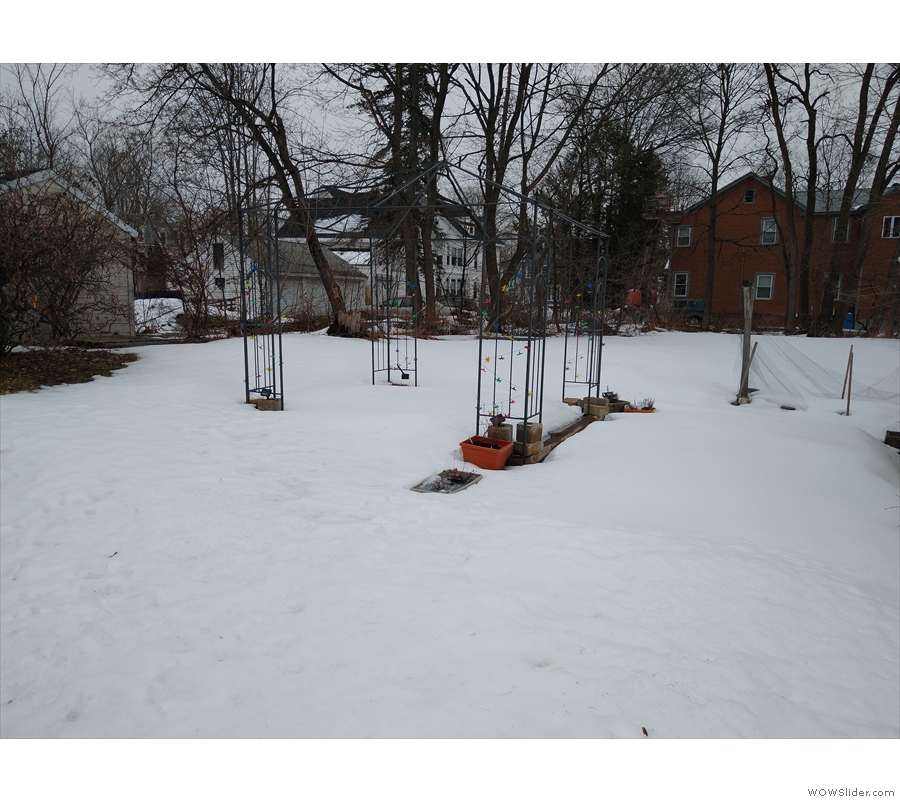
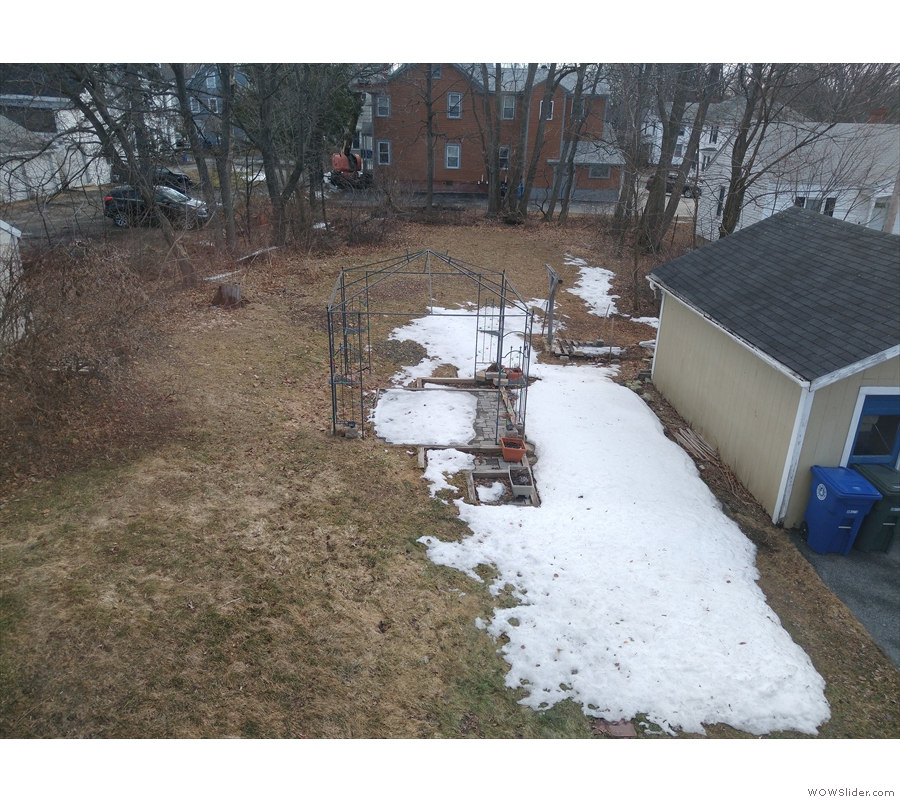
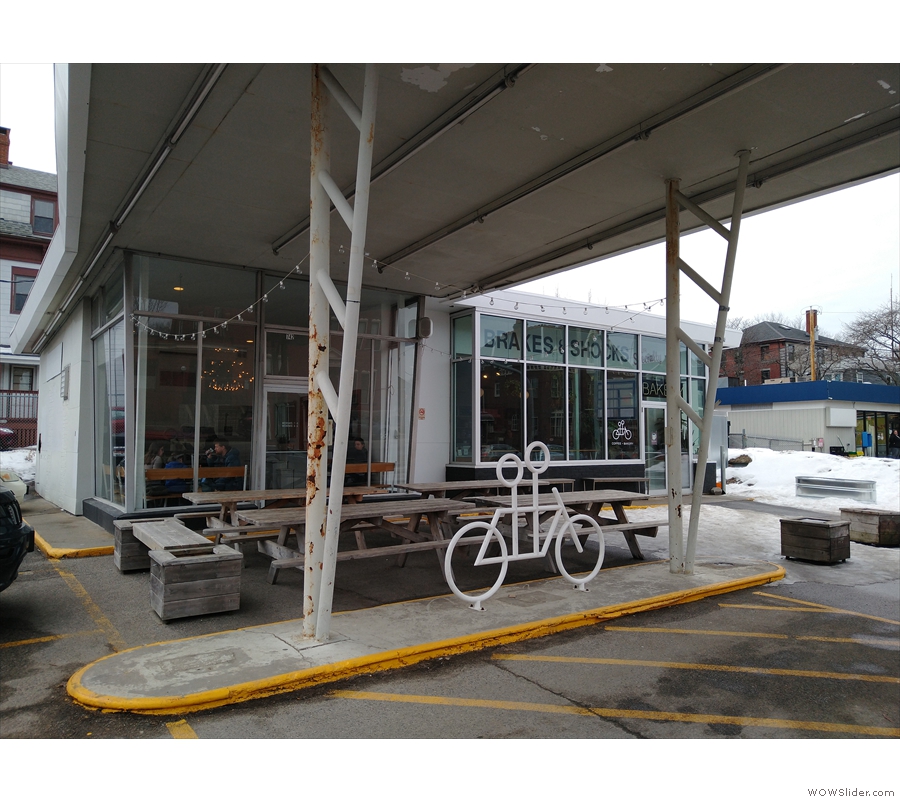
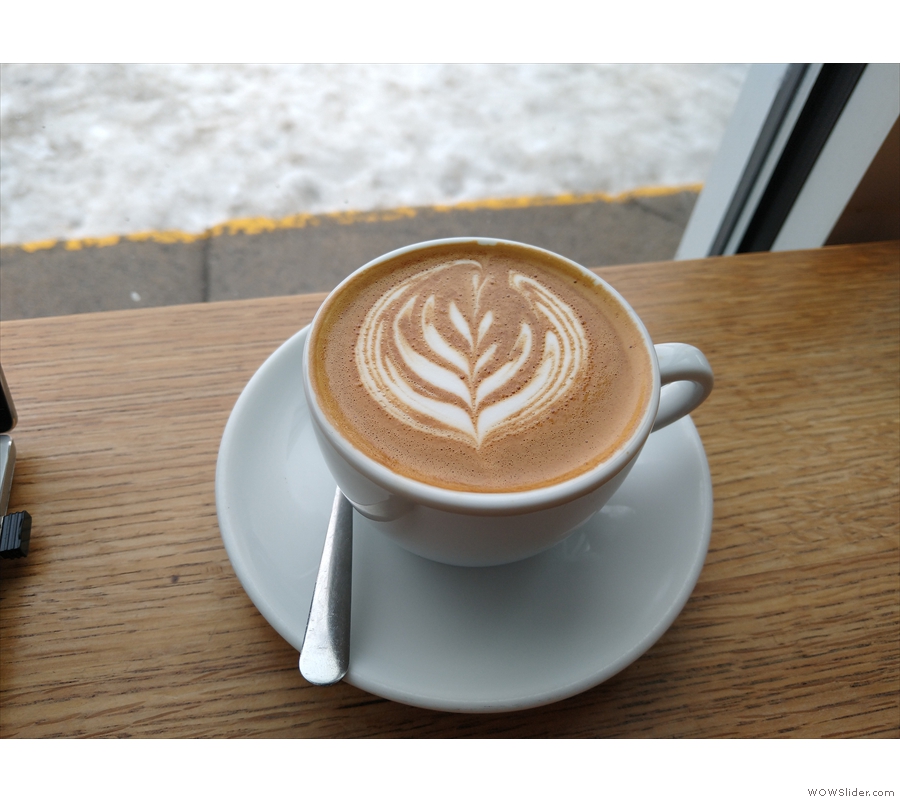
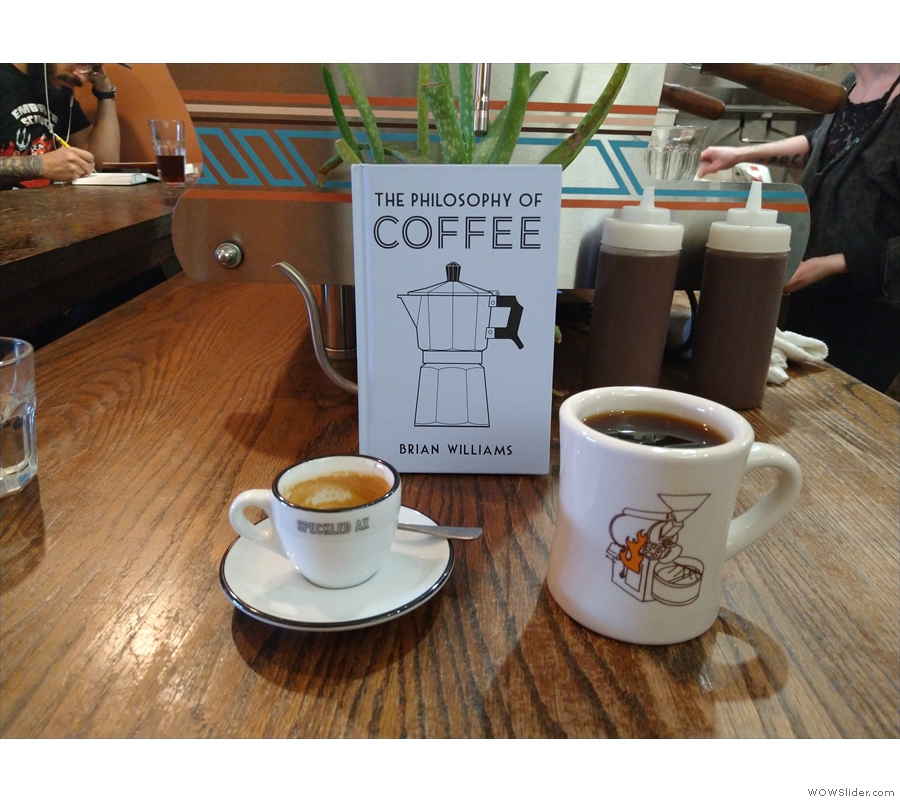
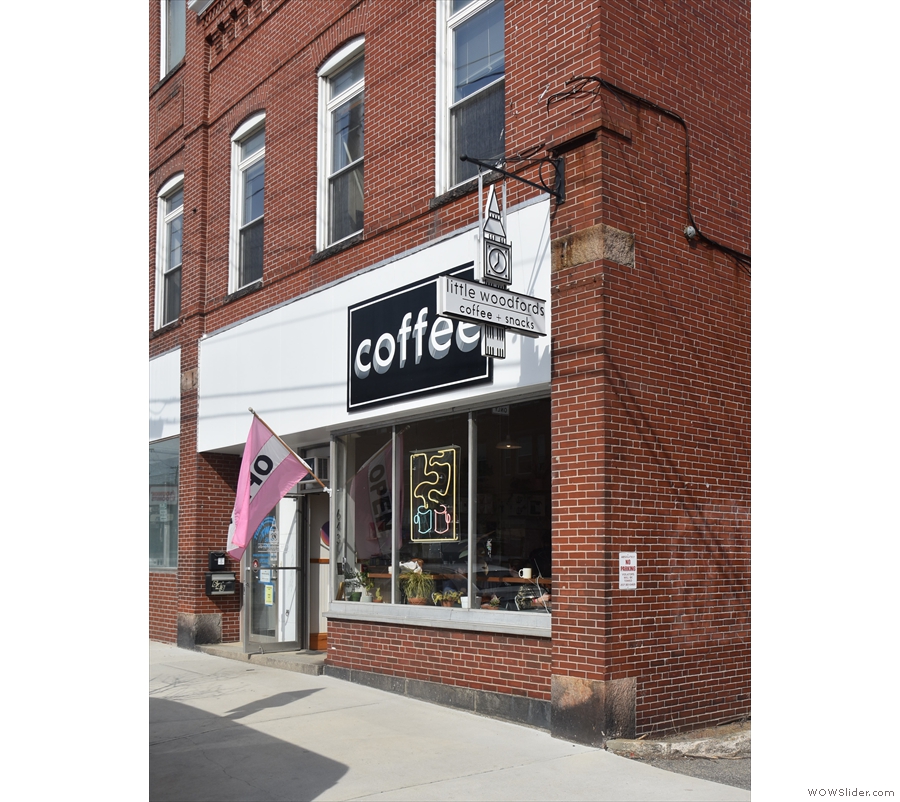

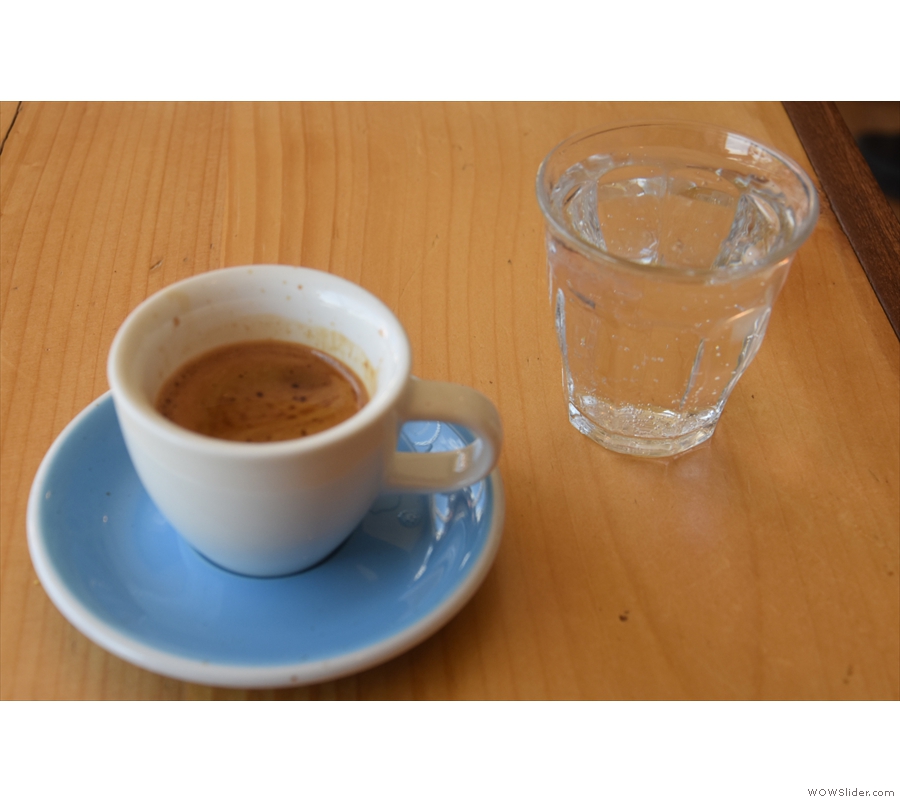
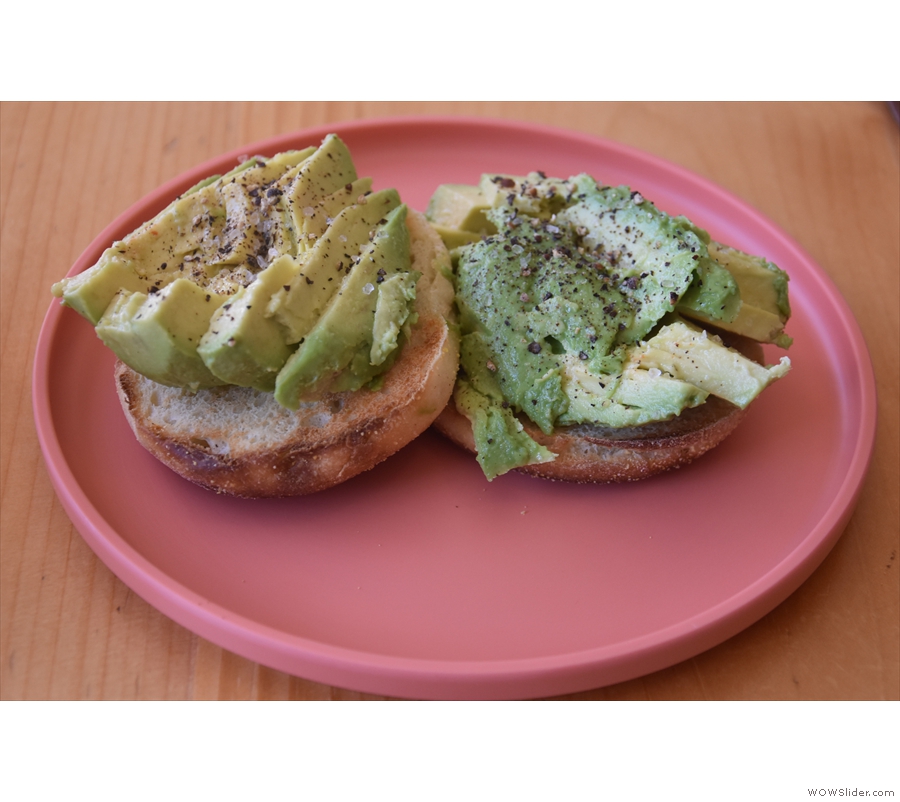
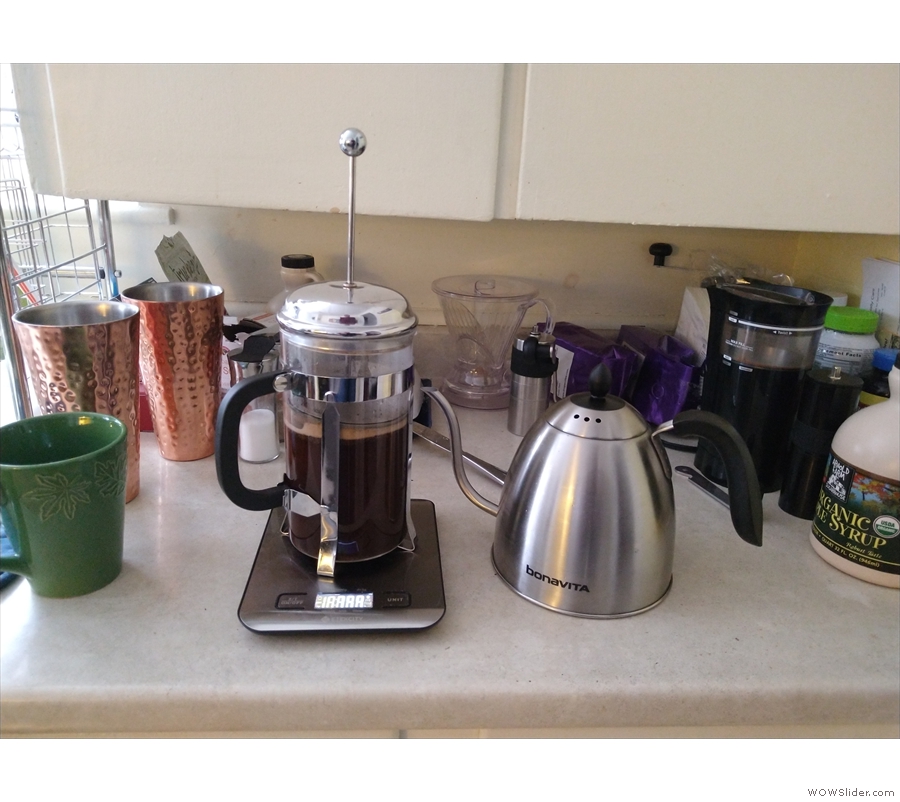
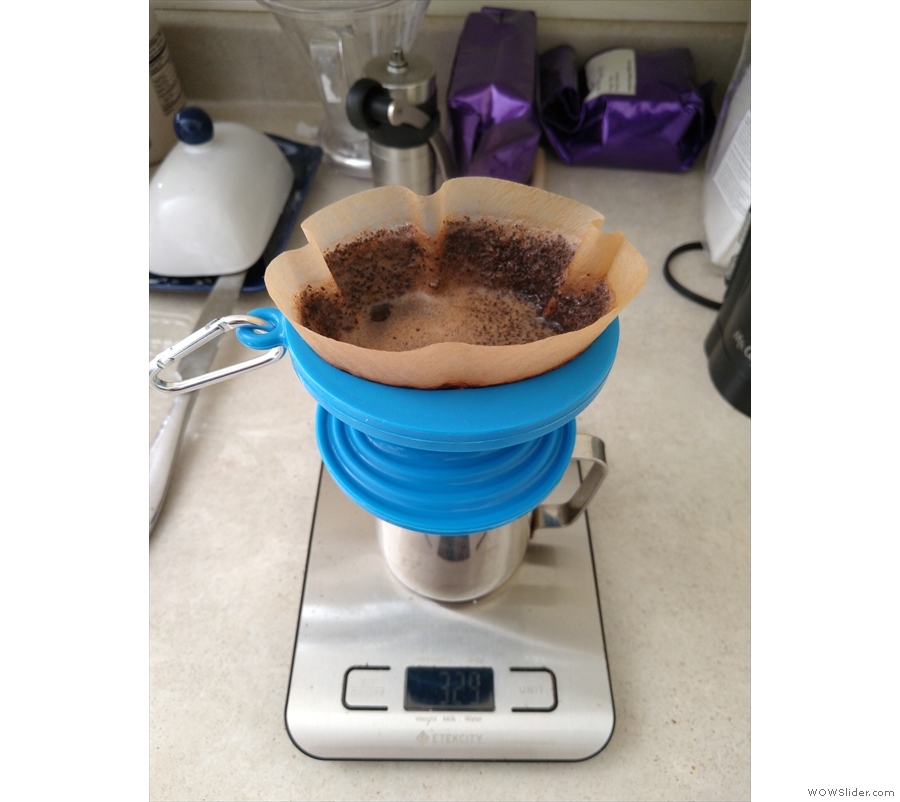
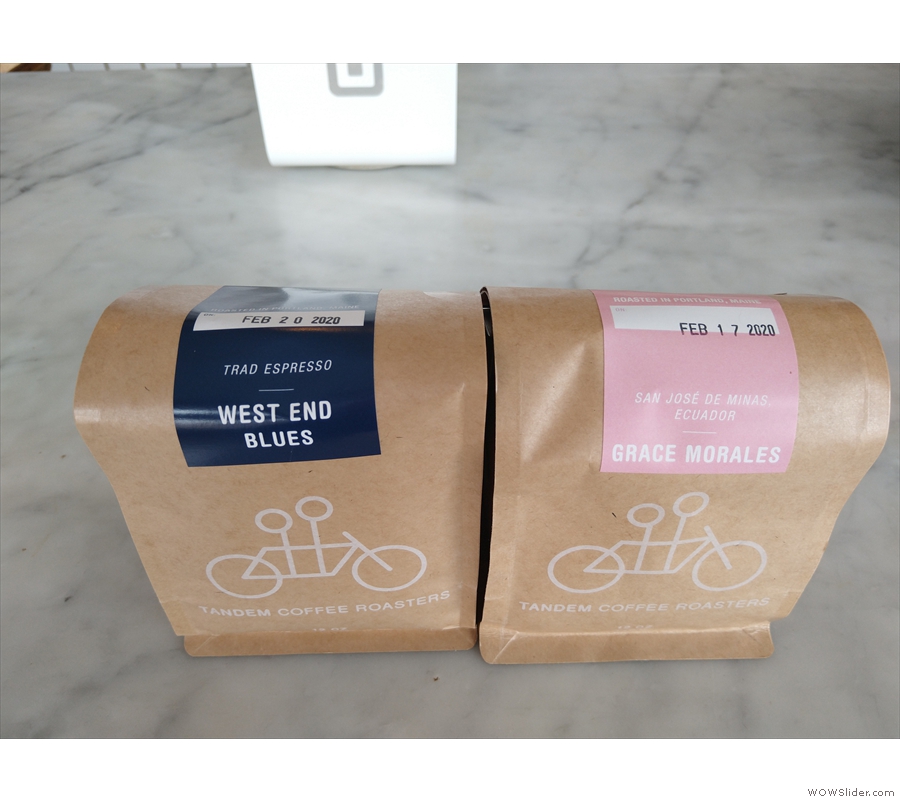
 1
1 2
2 3
3 4
4 5
5 6
6 7
7 8
8 9
9 10
10 11
11 12
12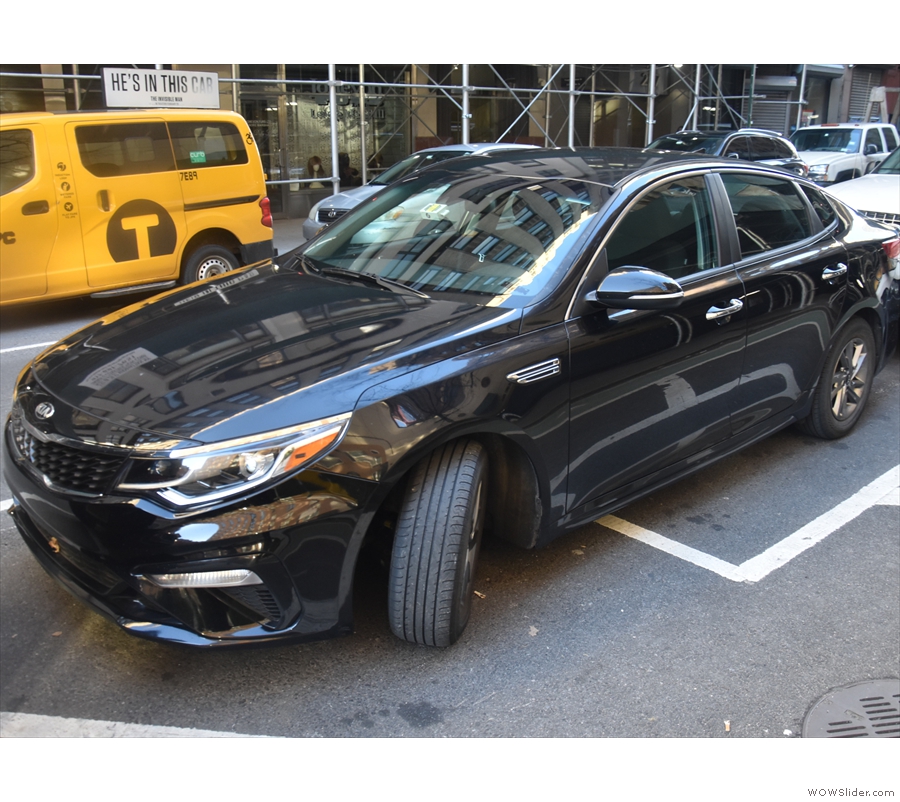
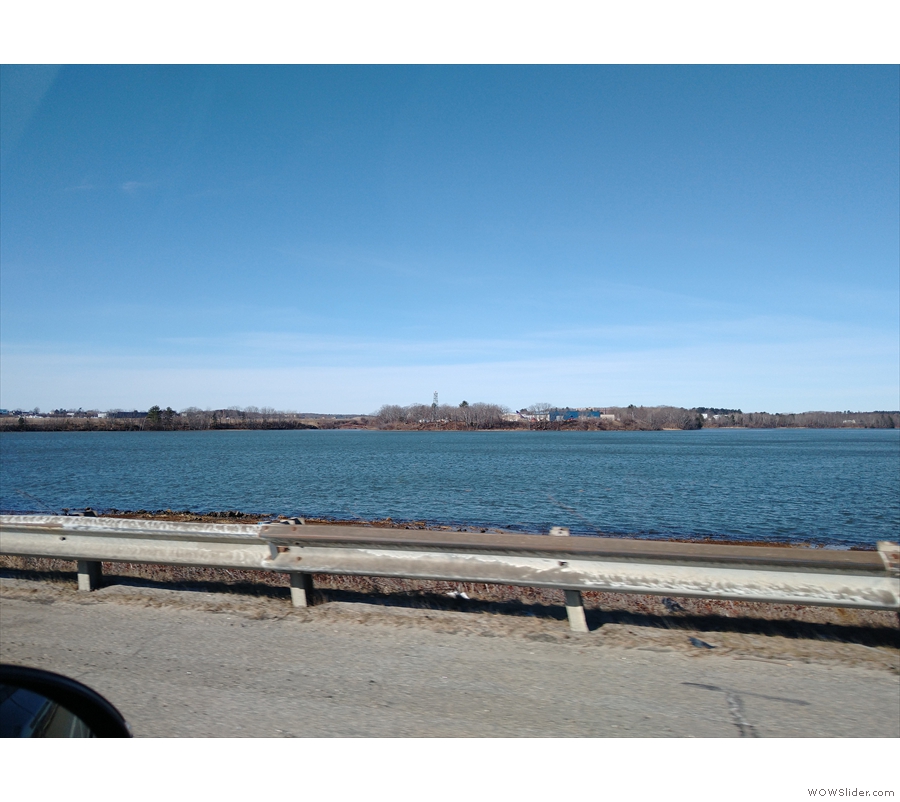
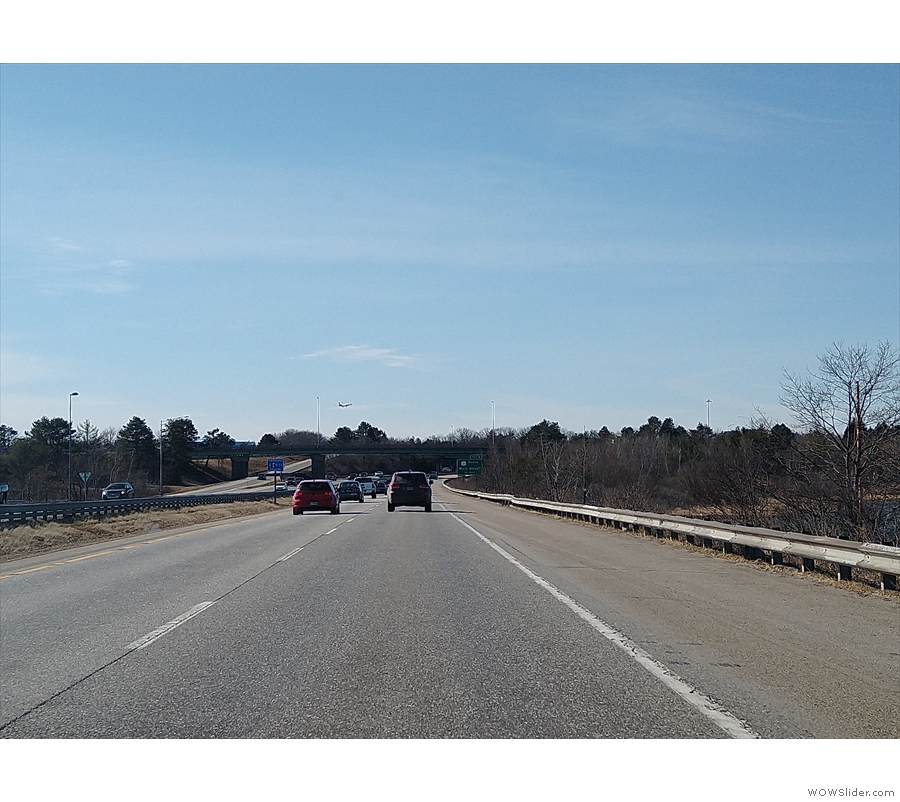
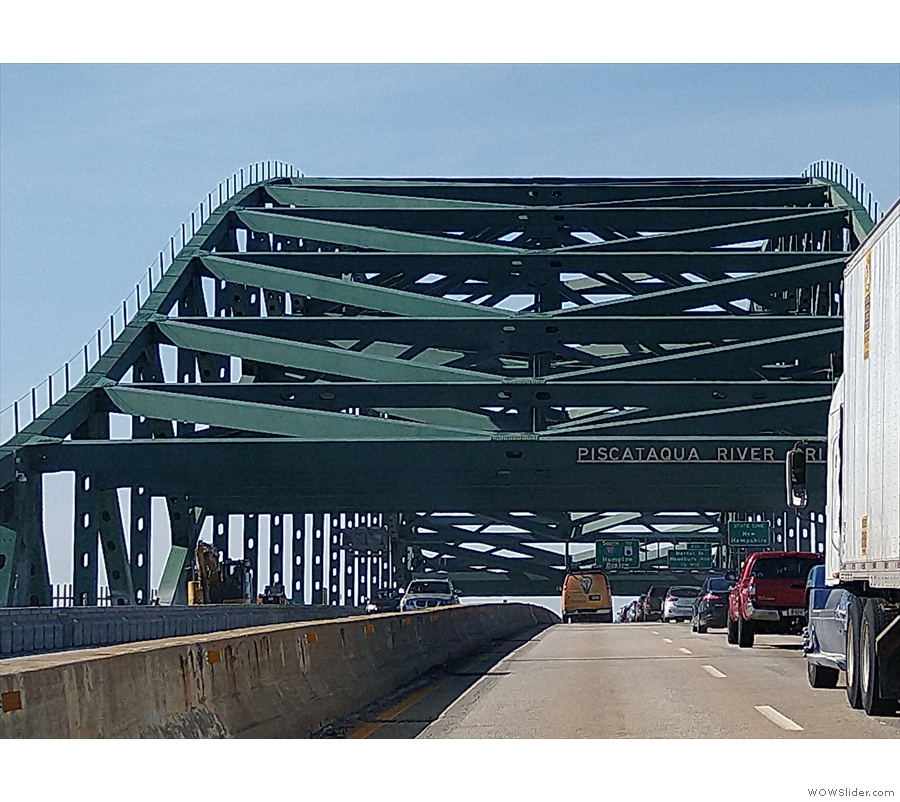
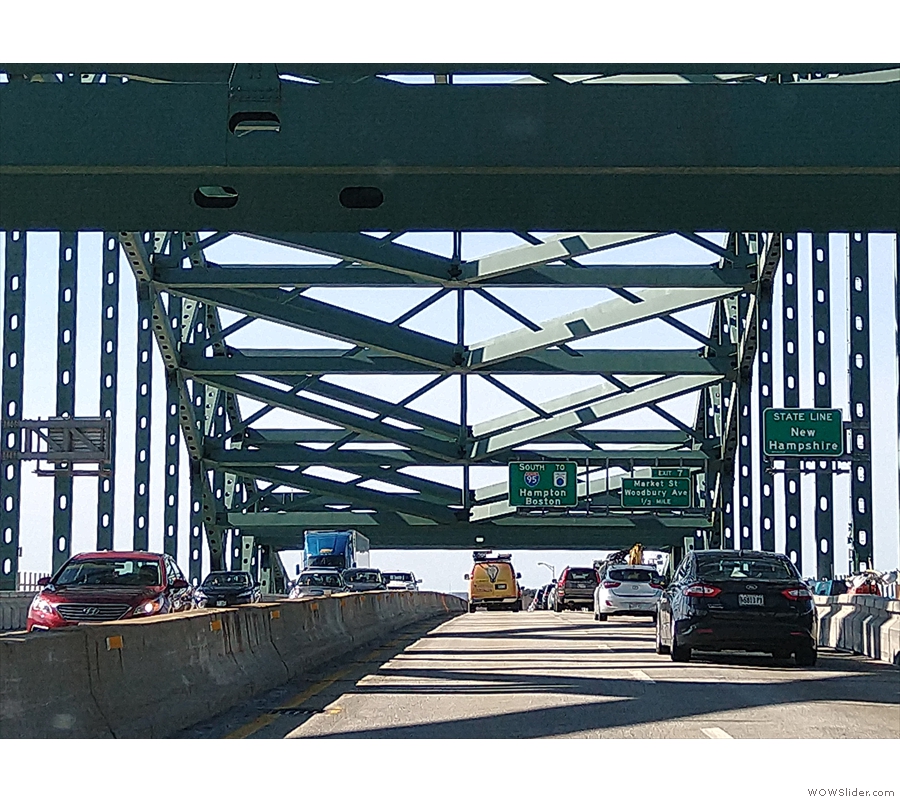
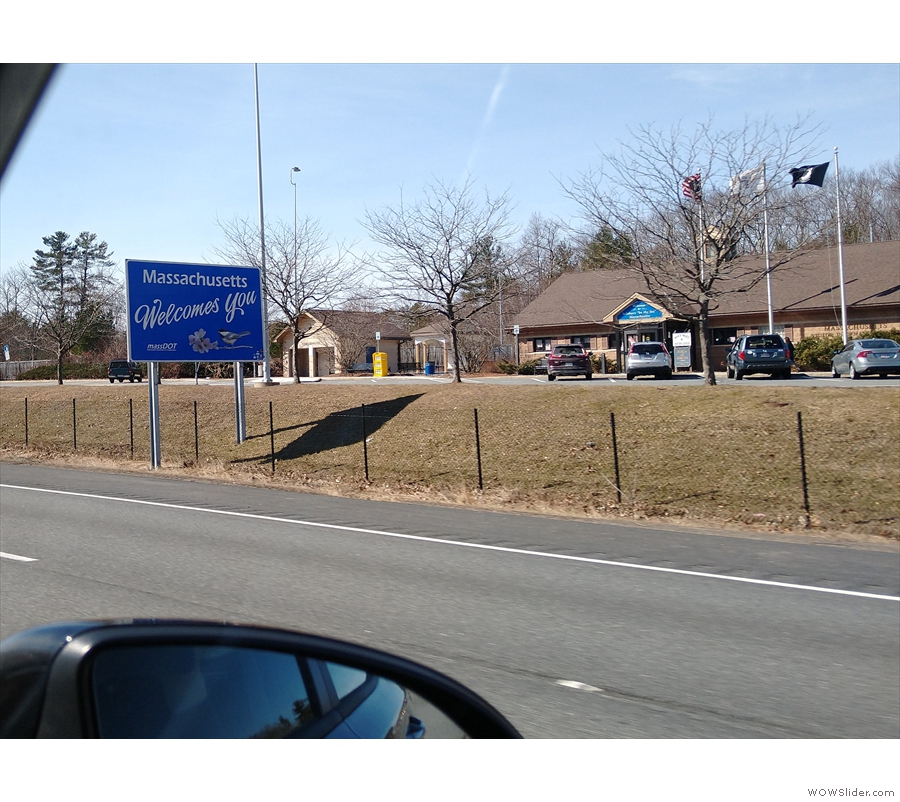
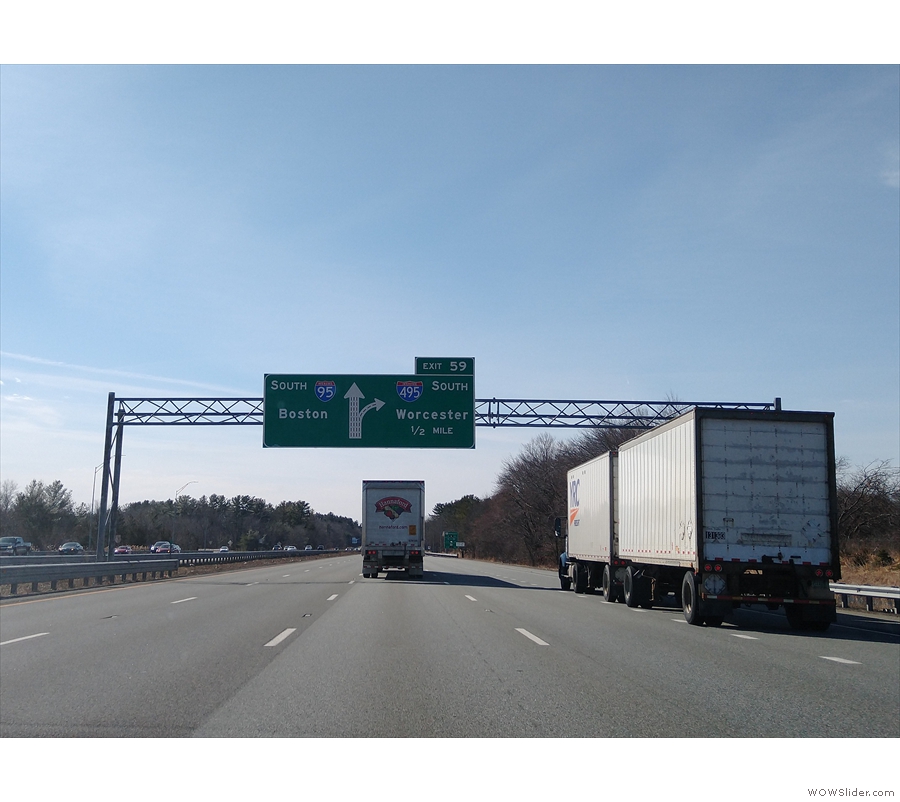
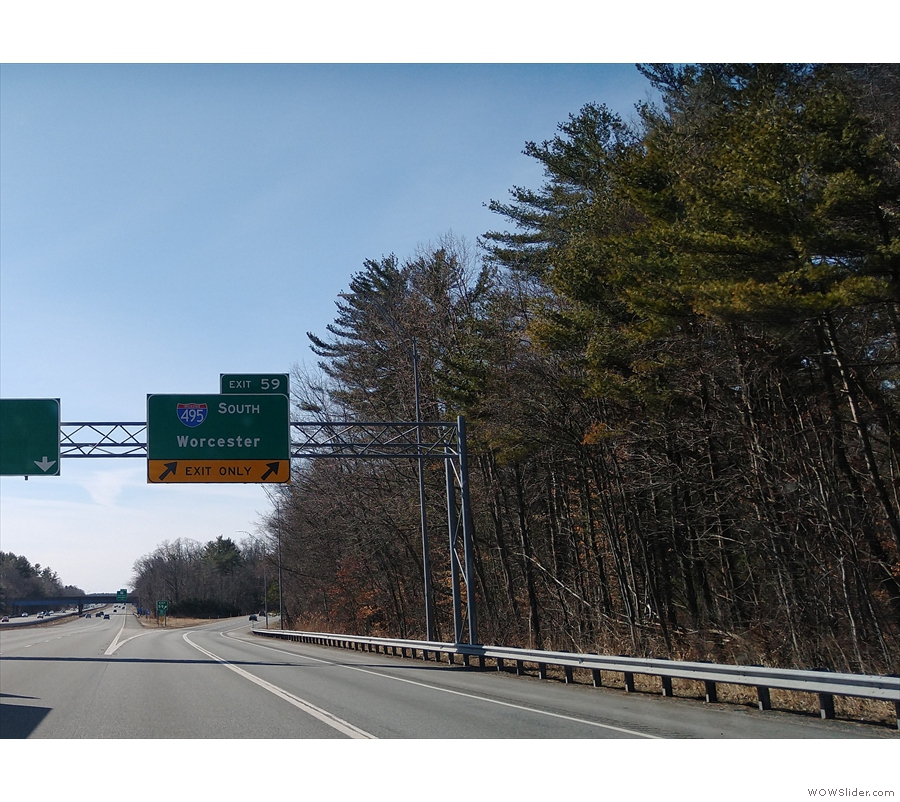
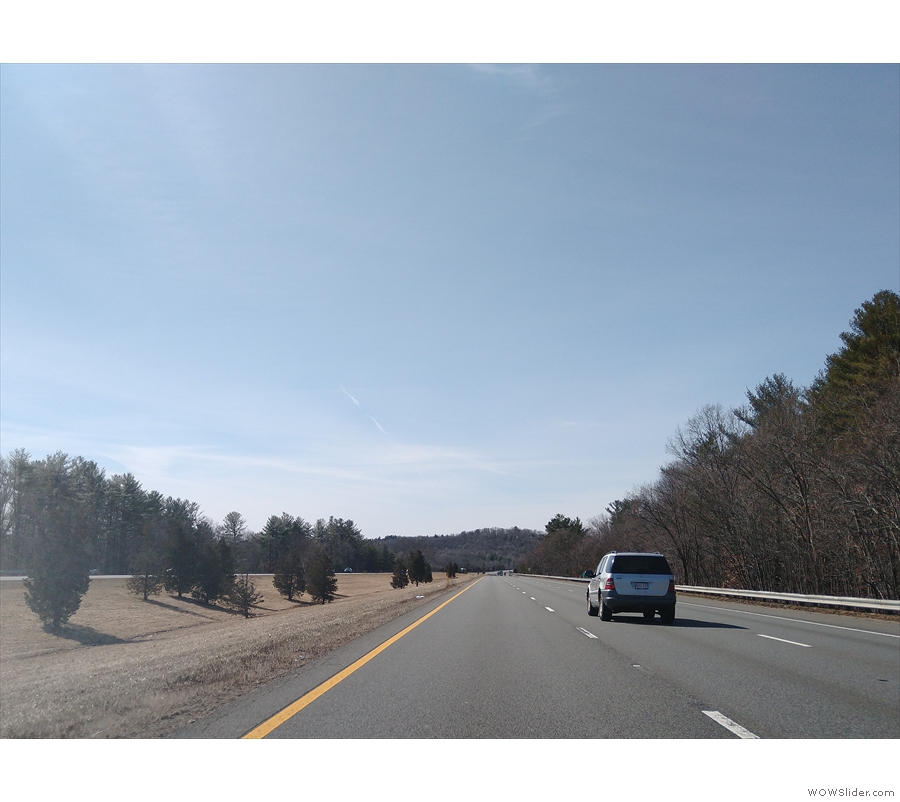
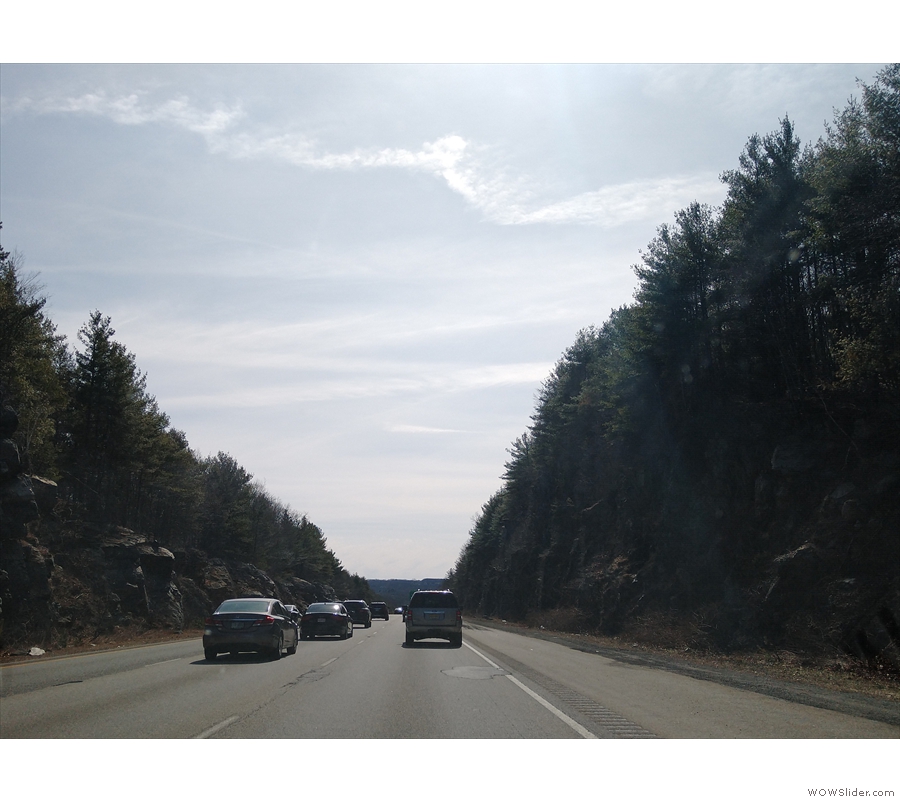
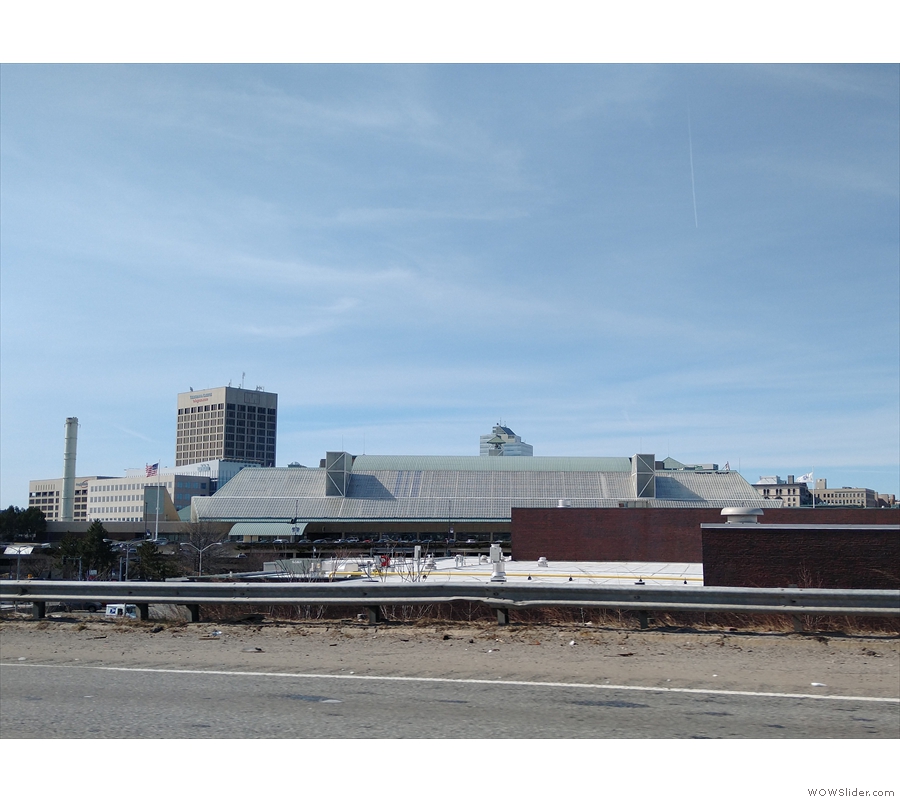
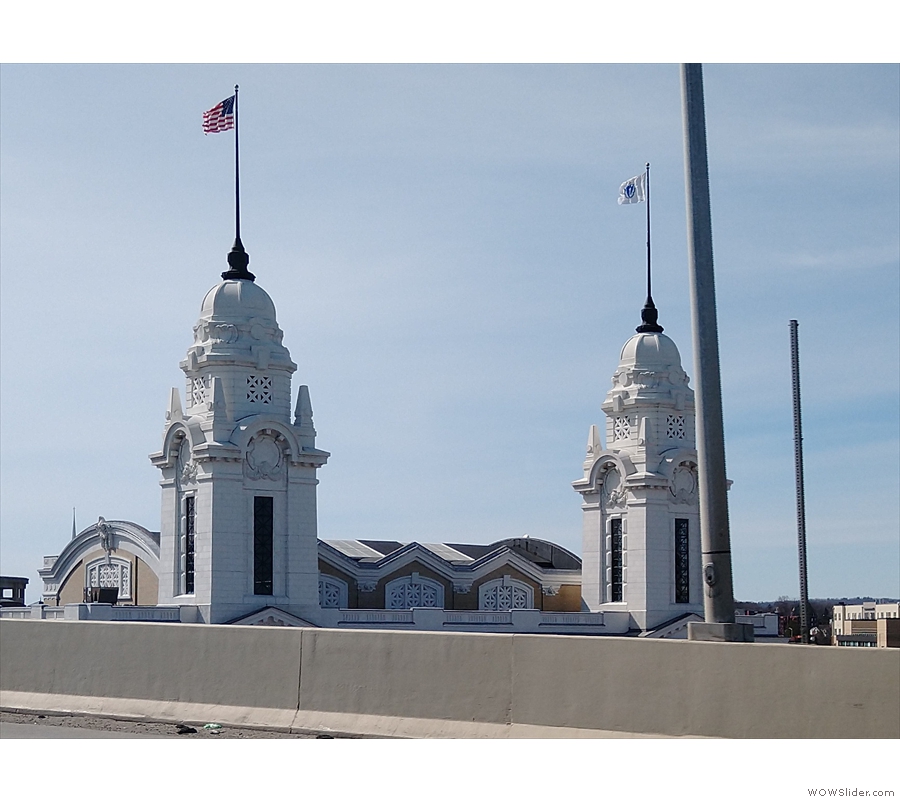
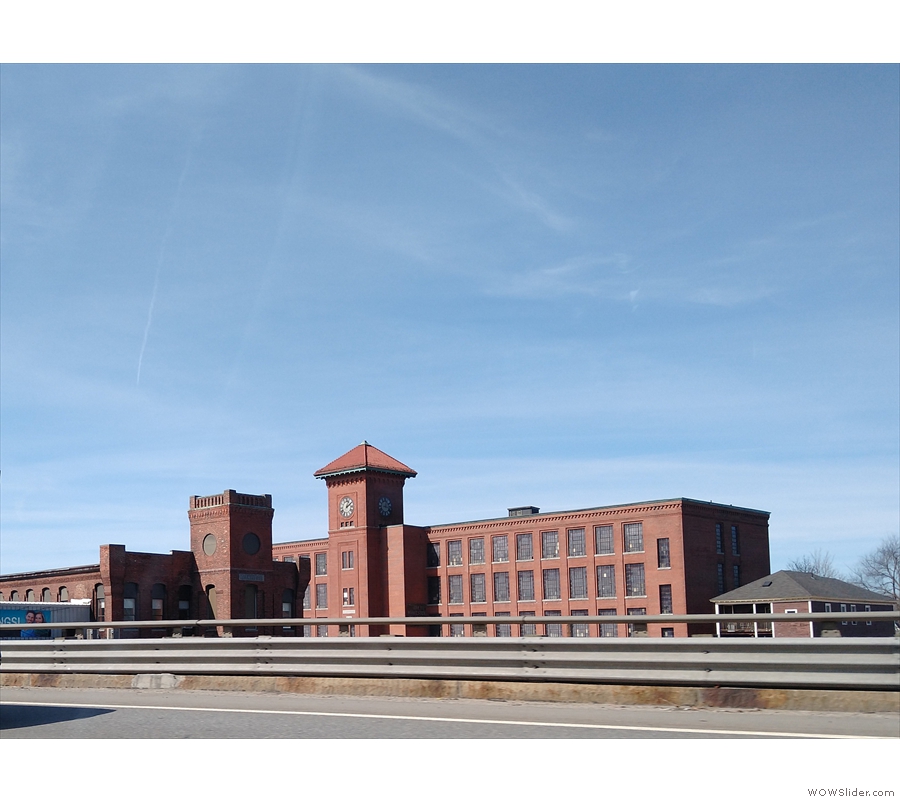
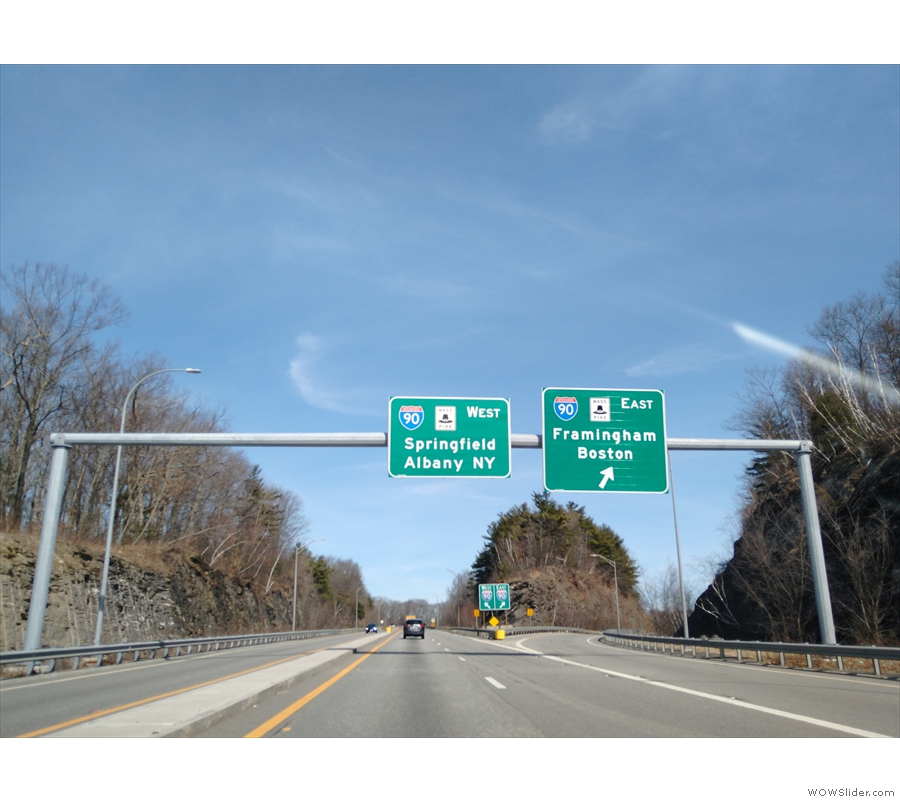
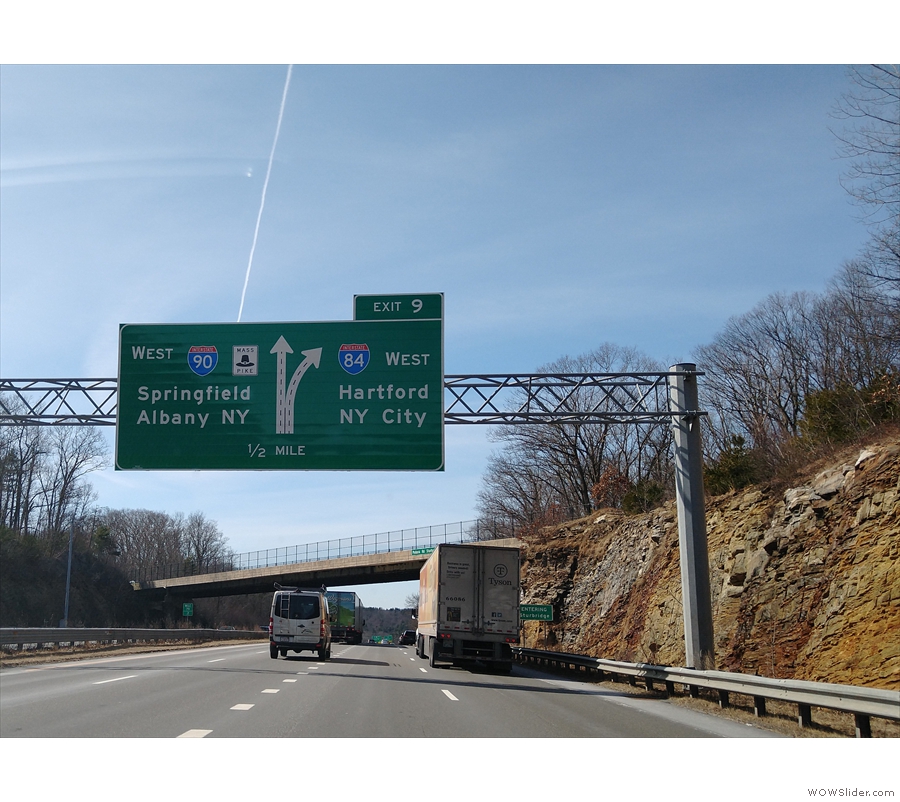
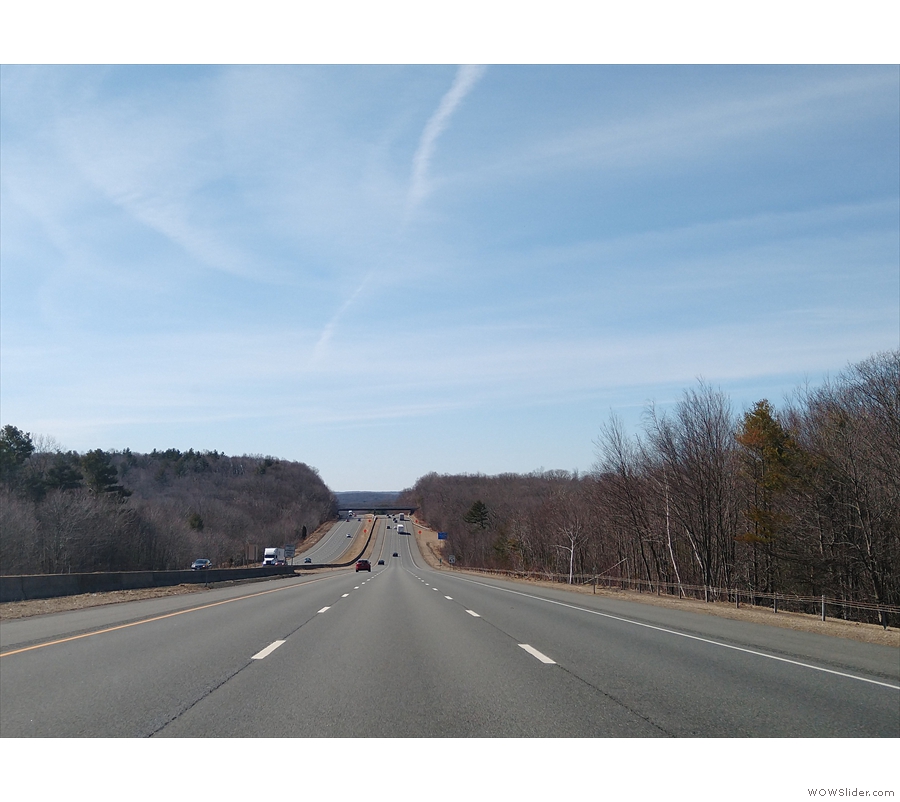
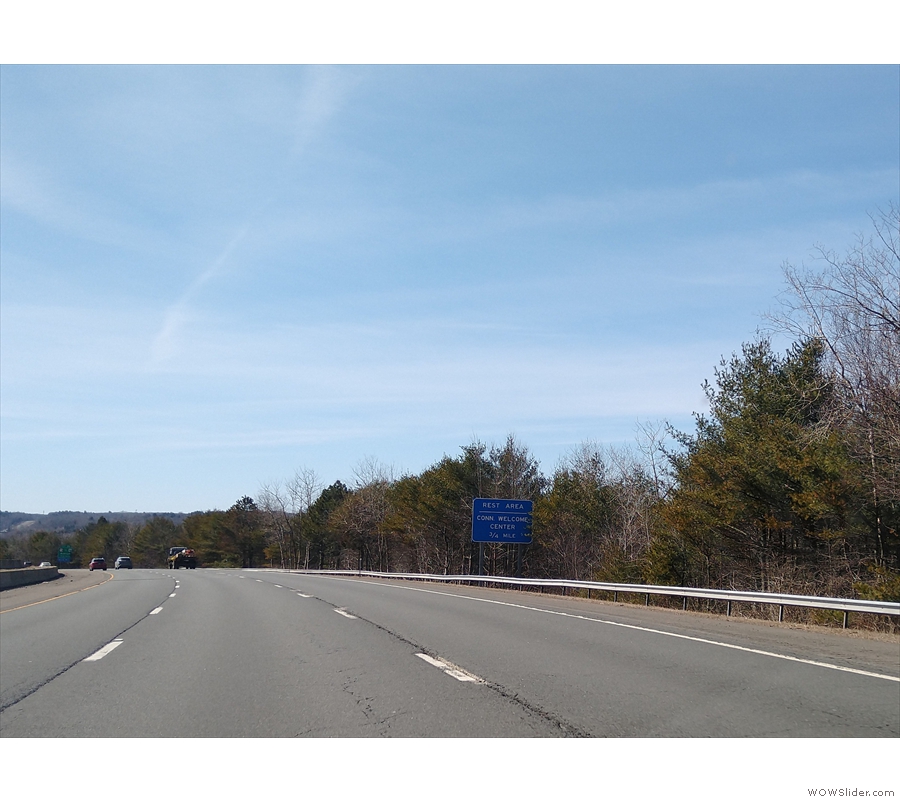
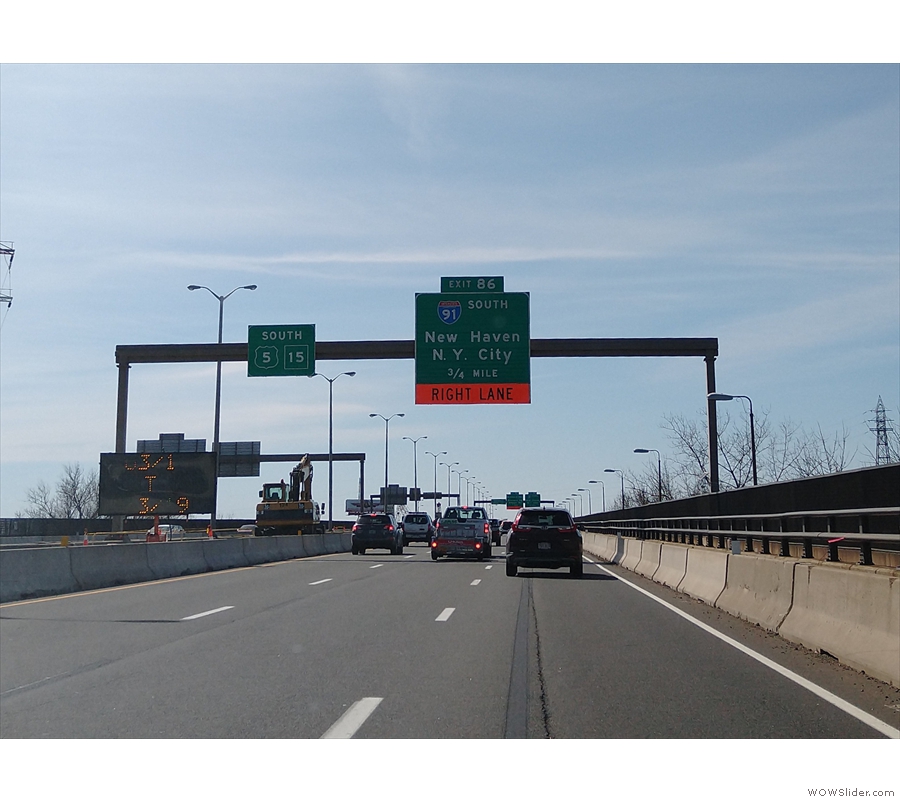
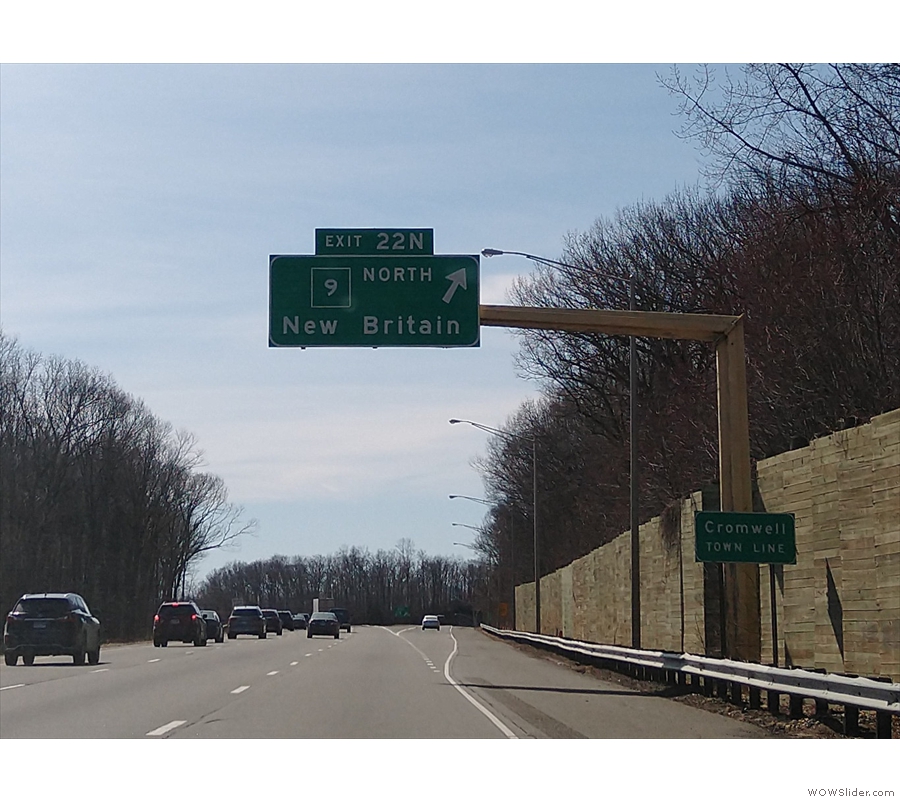
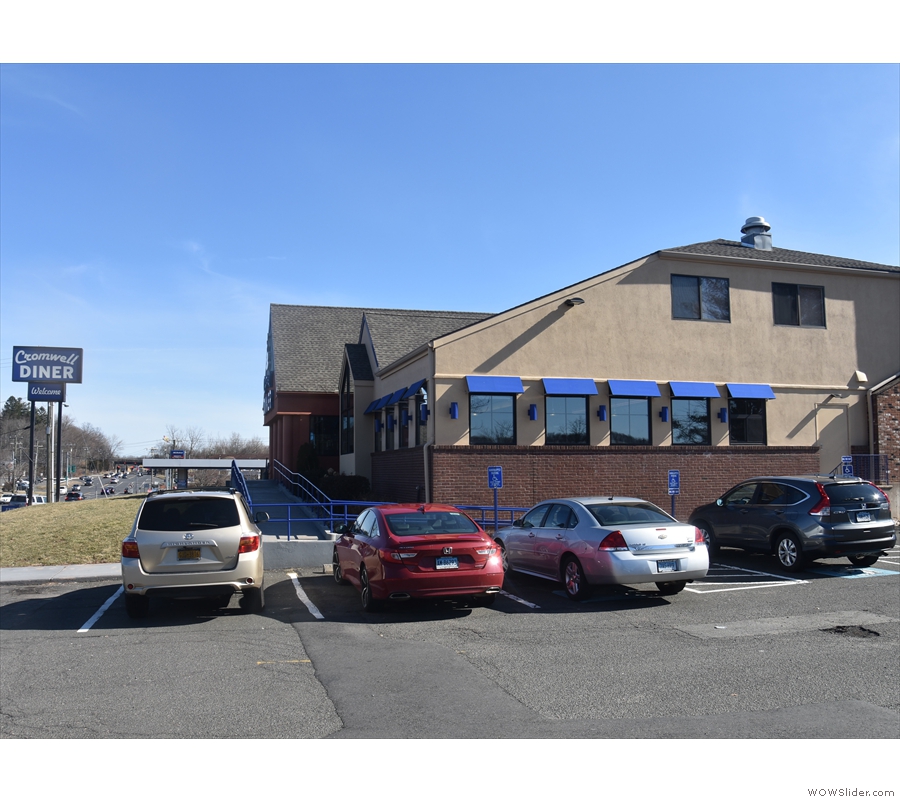
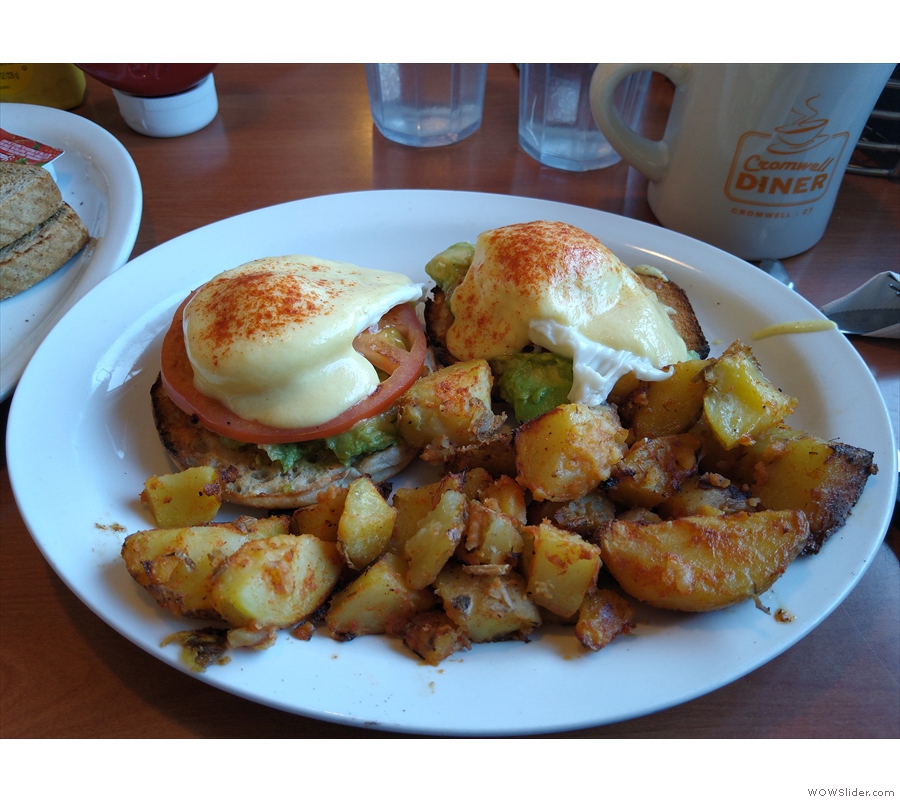
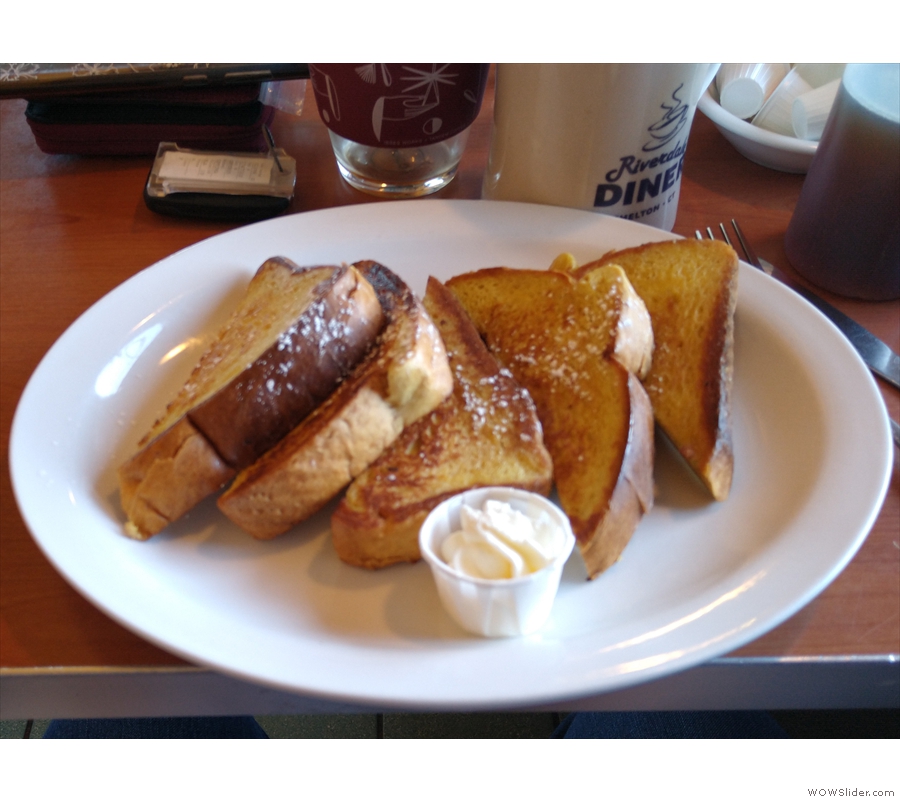
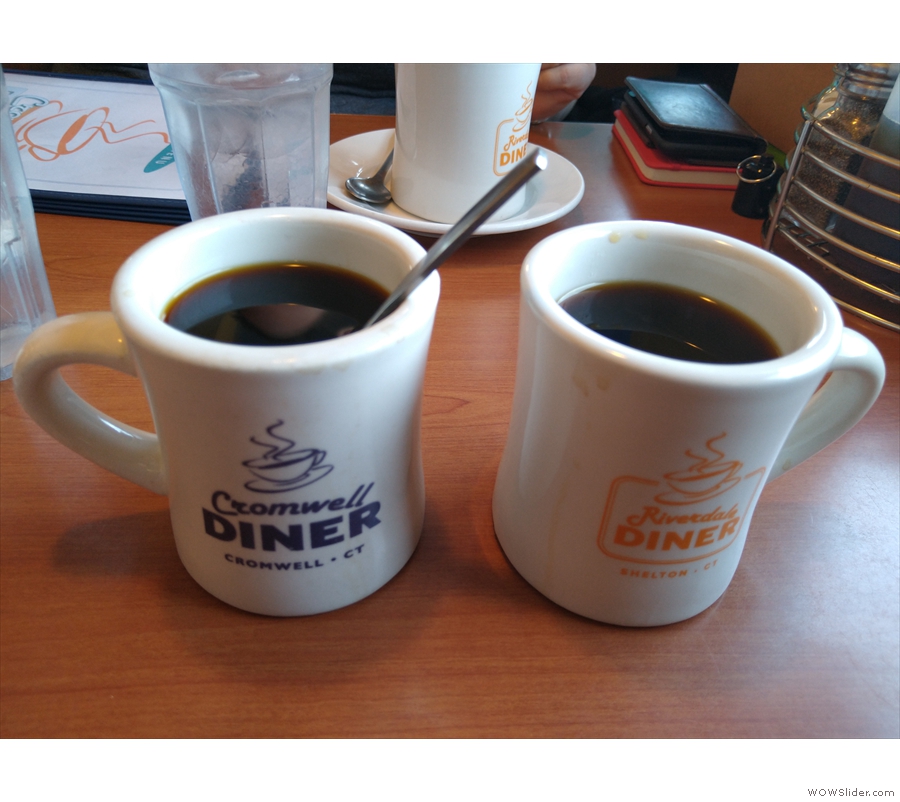
 1
1 2
2 3
3 4
4 5
5 6
6 7
7 8
8 9
9 10
10 11
11 12
12 13
13 14
14 15
15 16
16 17
17 18
18 19
19 20
20 21
21 22
22 23
23
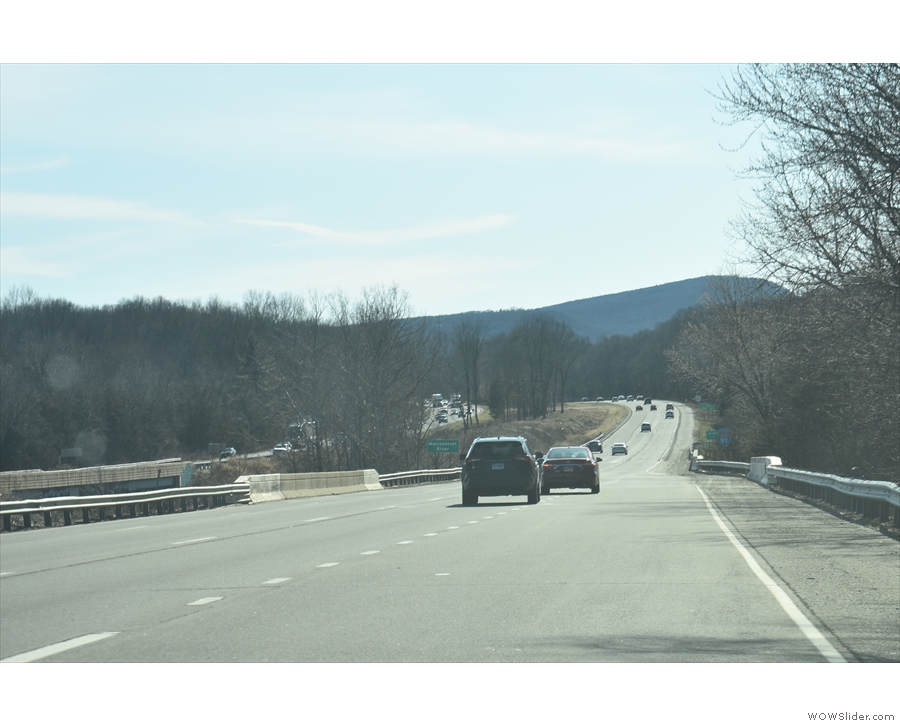
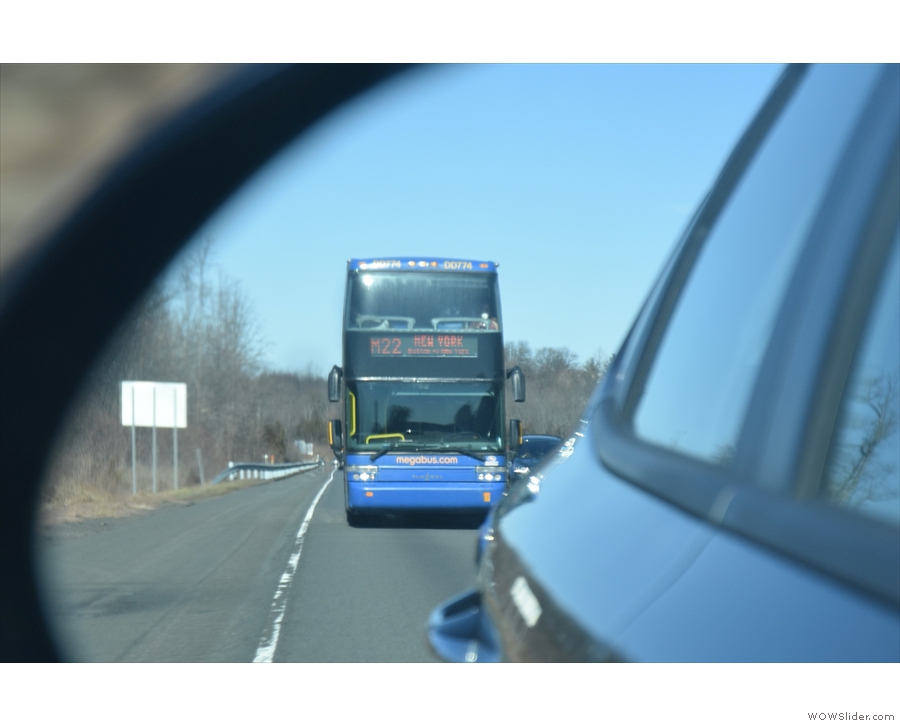
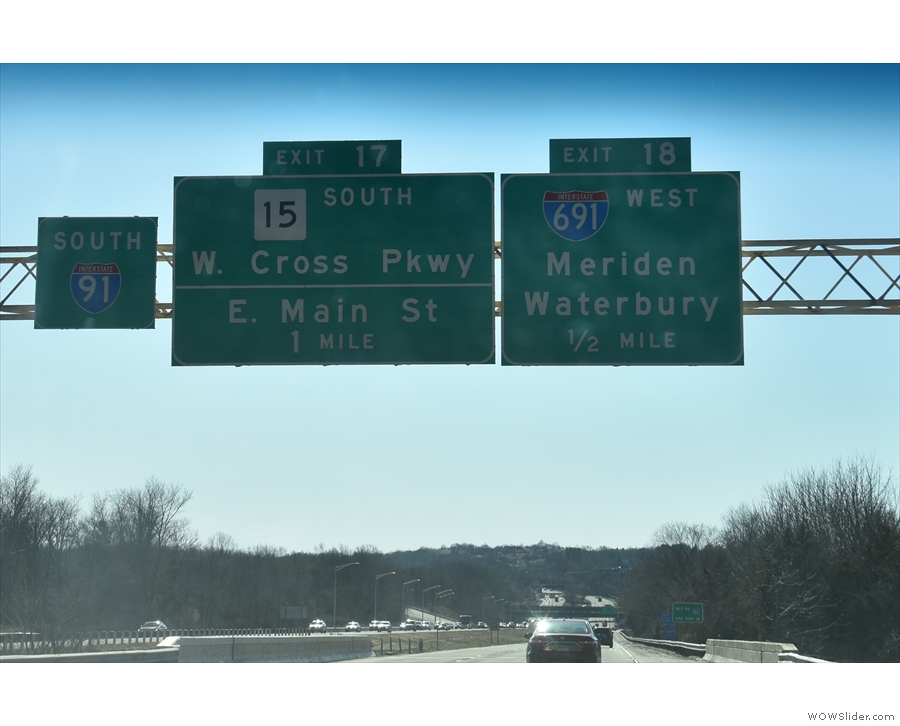
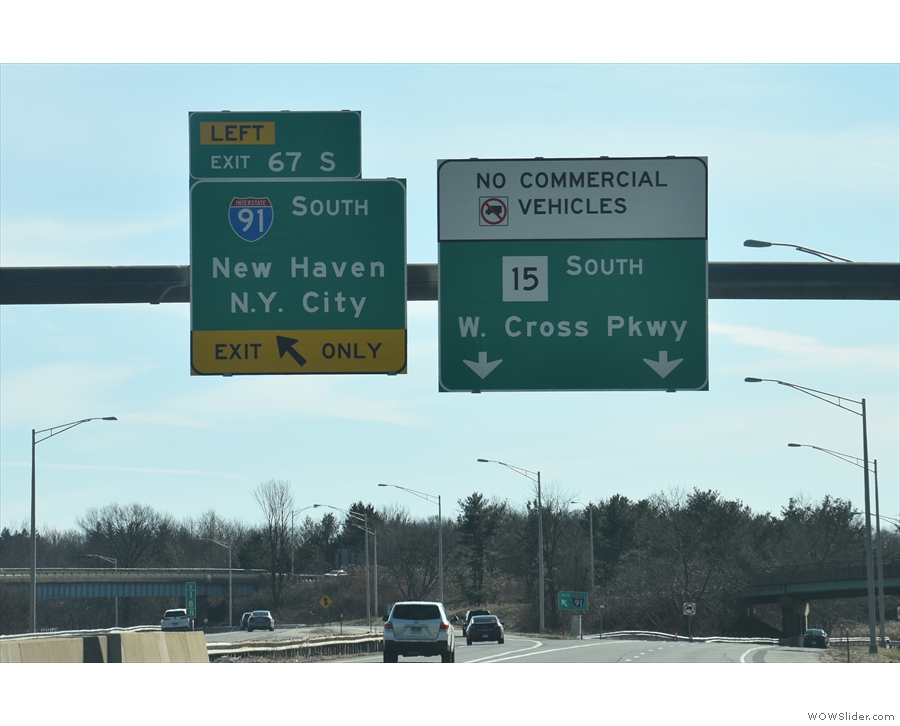
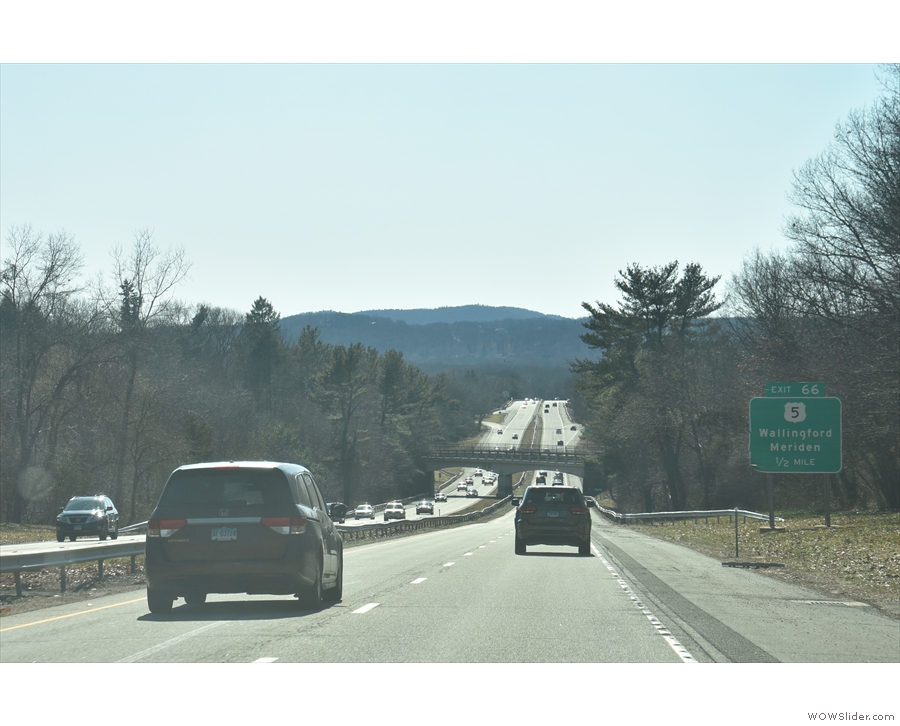
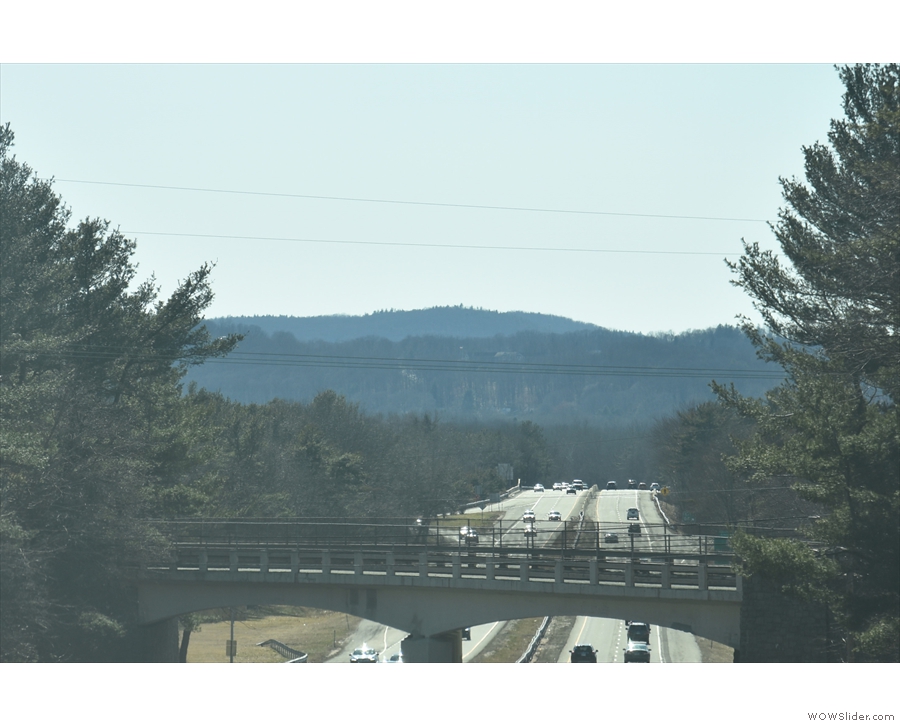
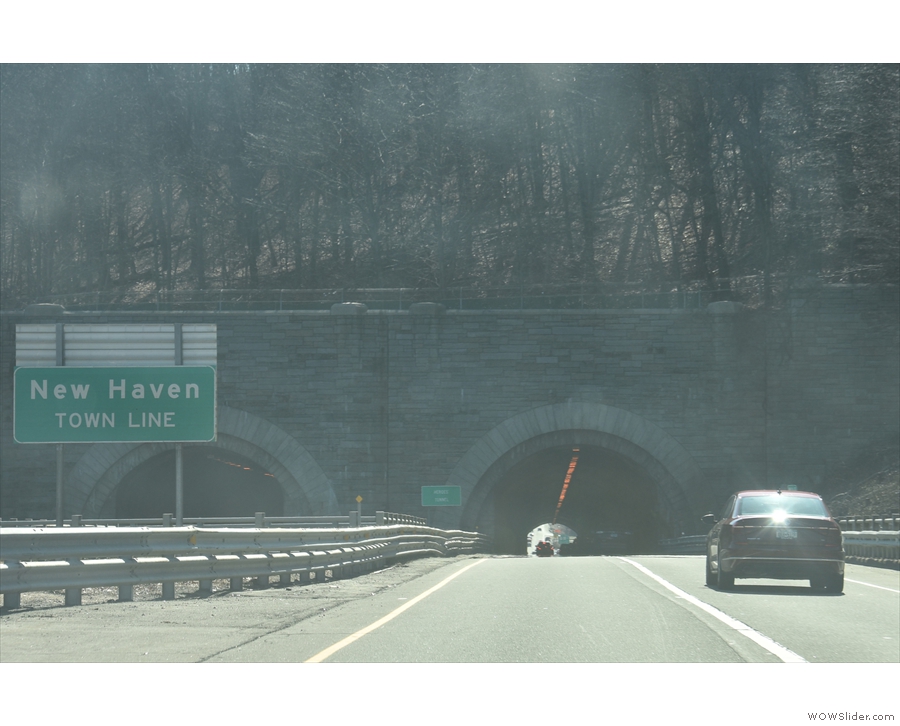
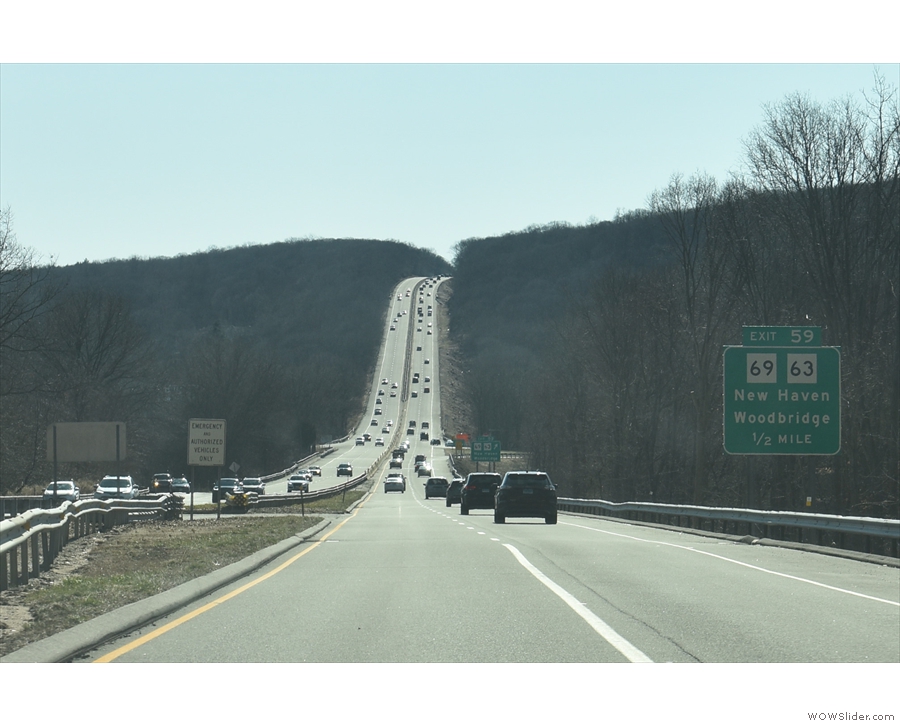
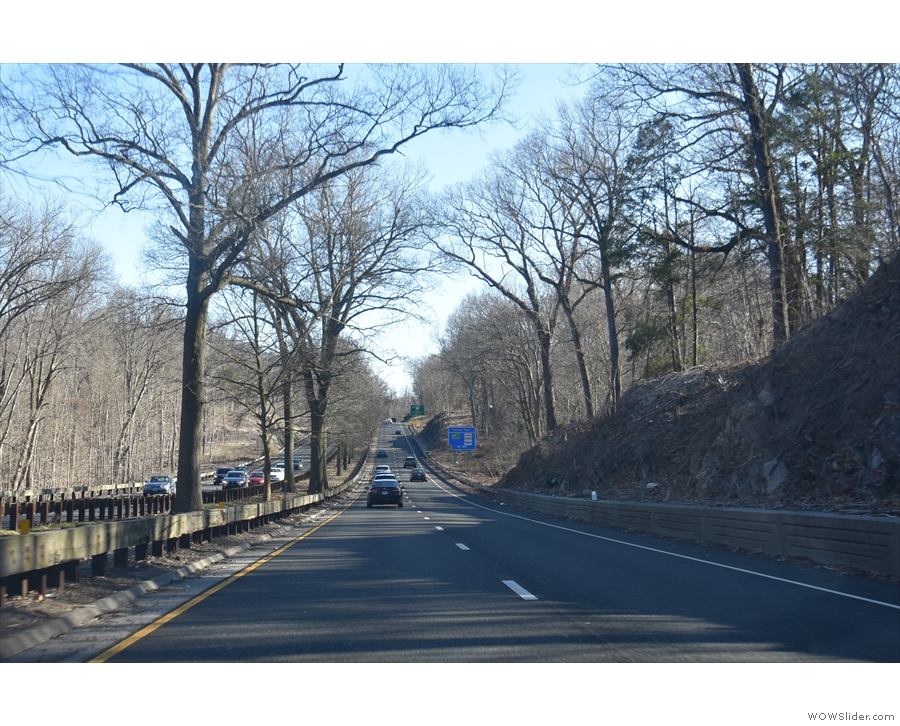
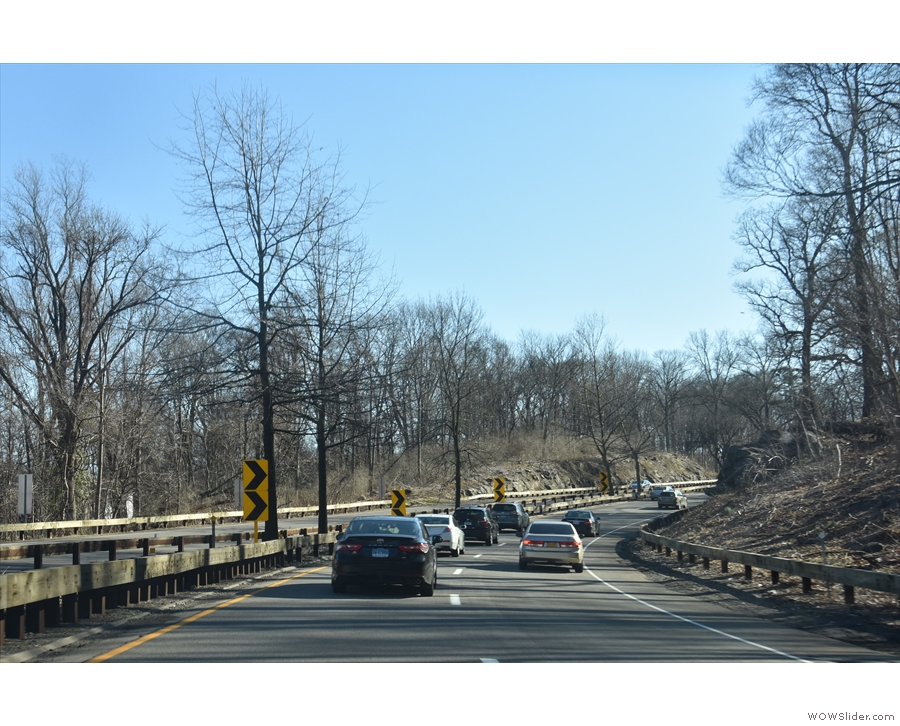
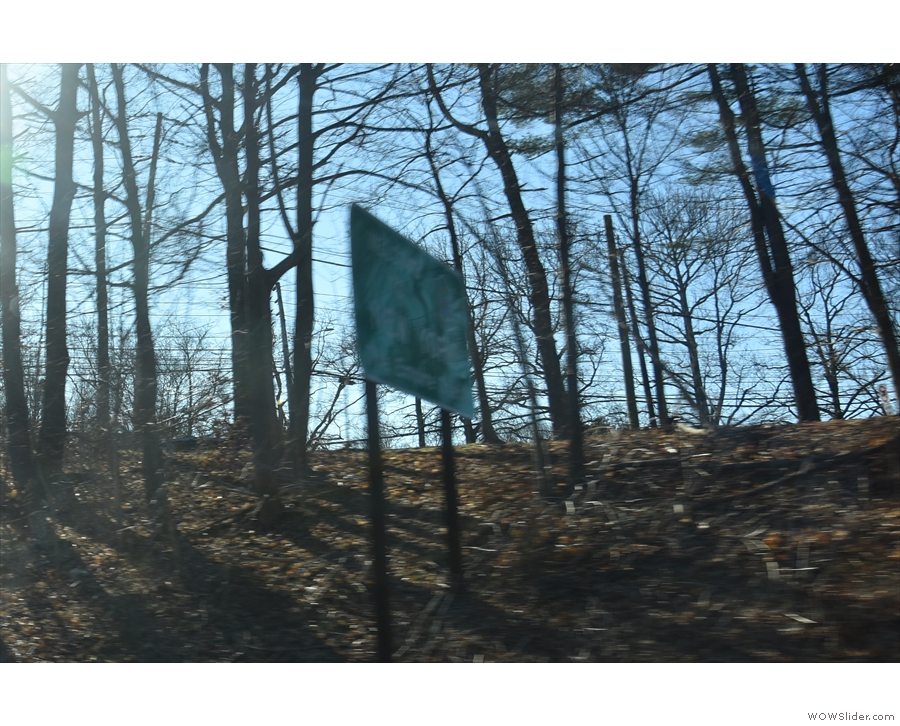
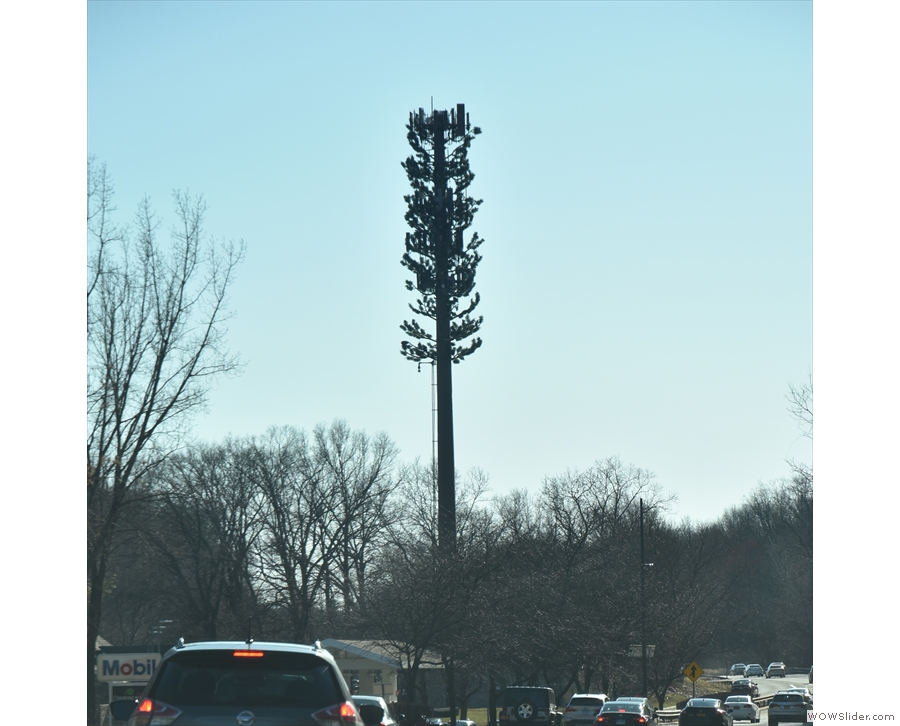
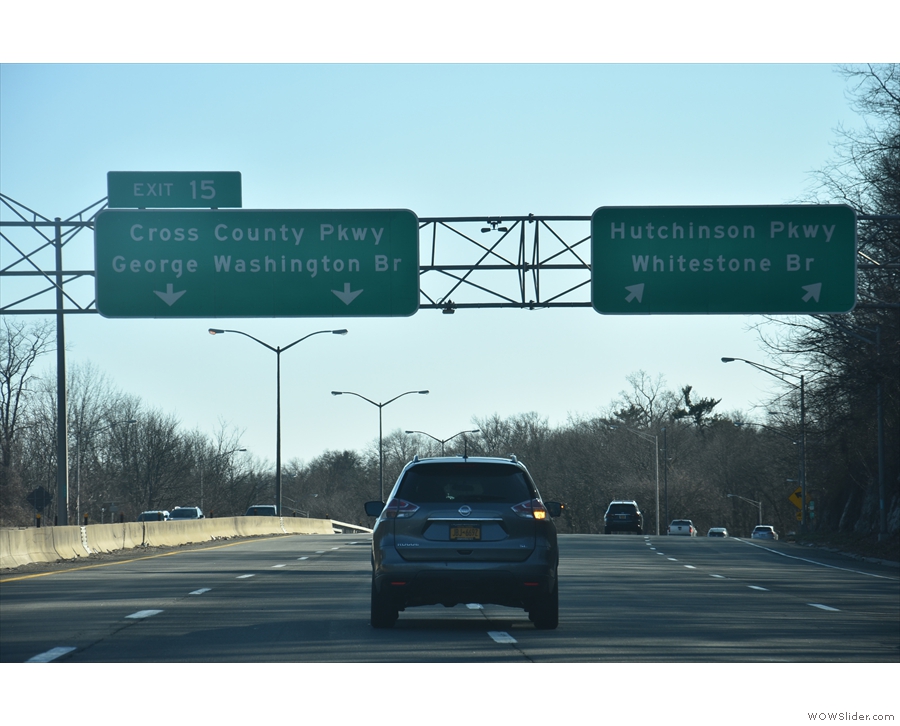
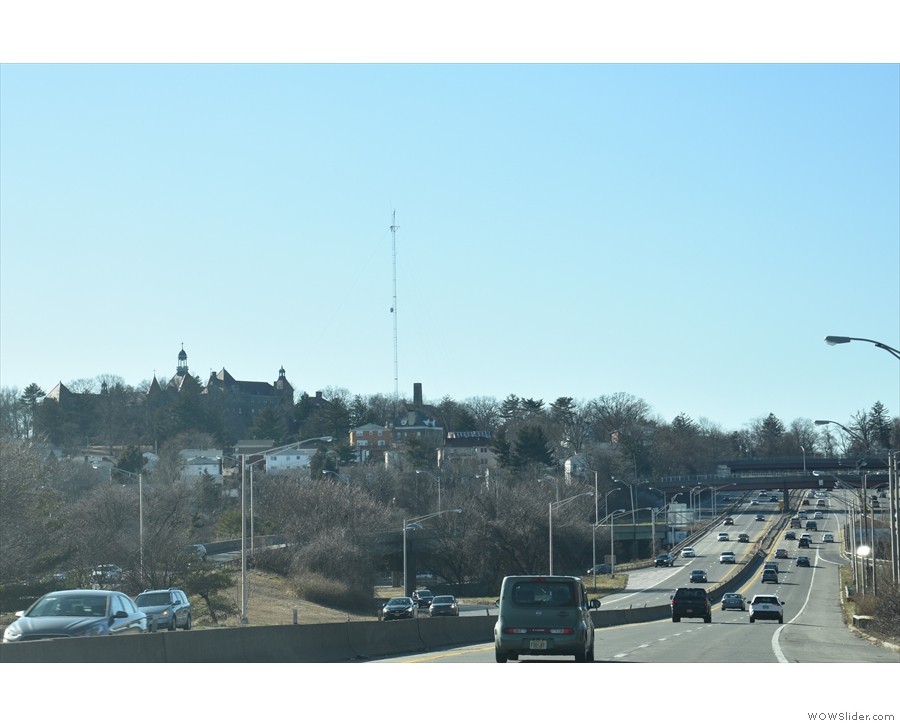
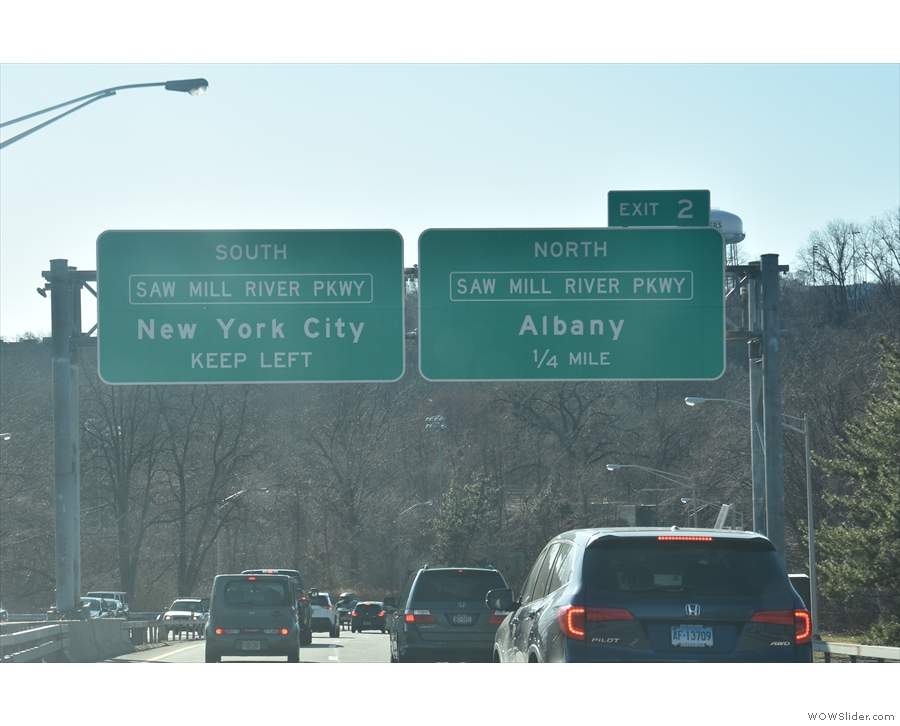
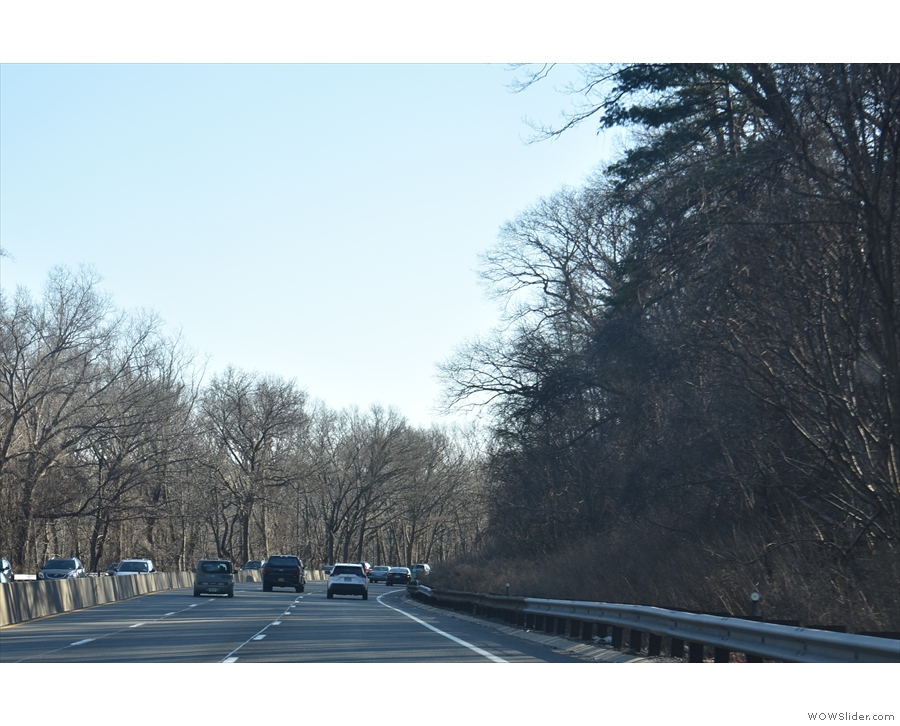
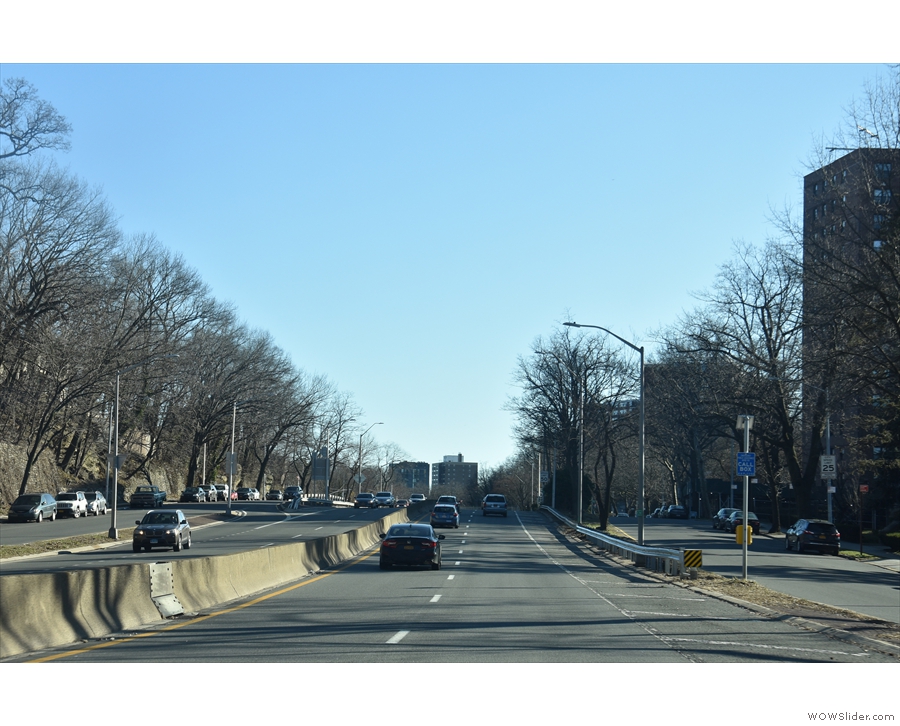
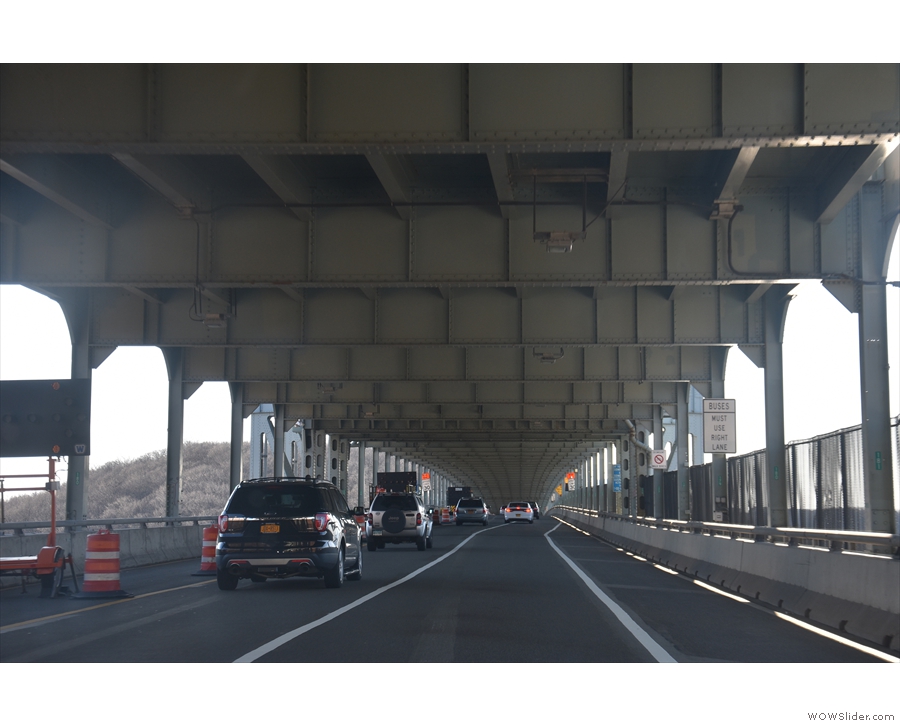
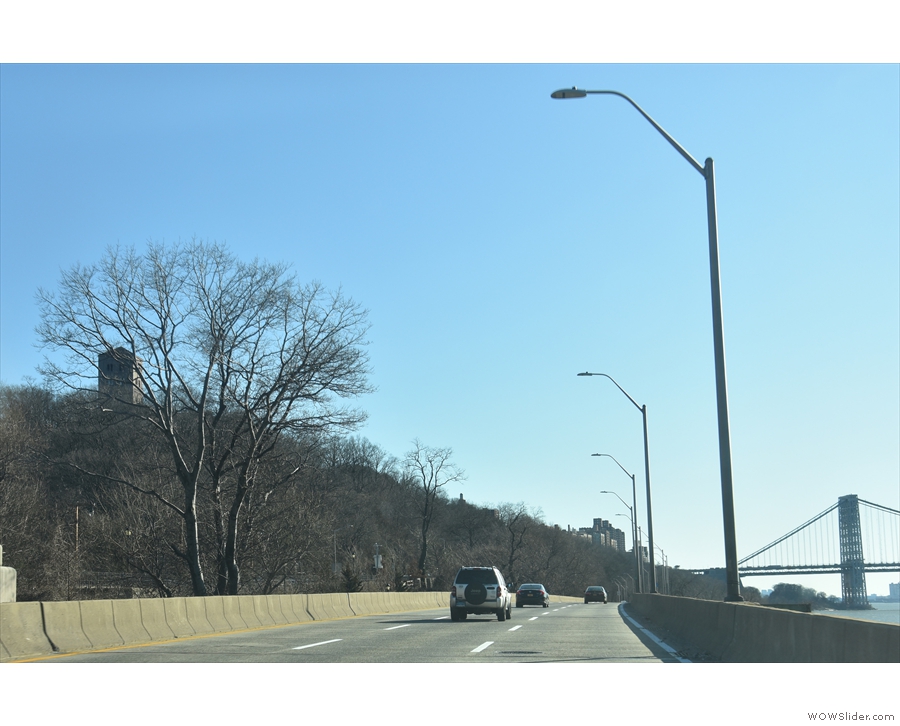
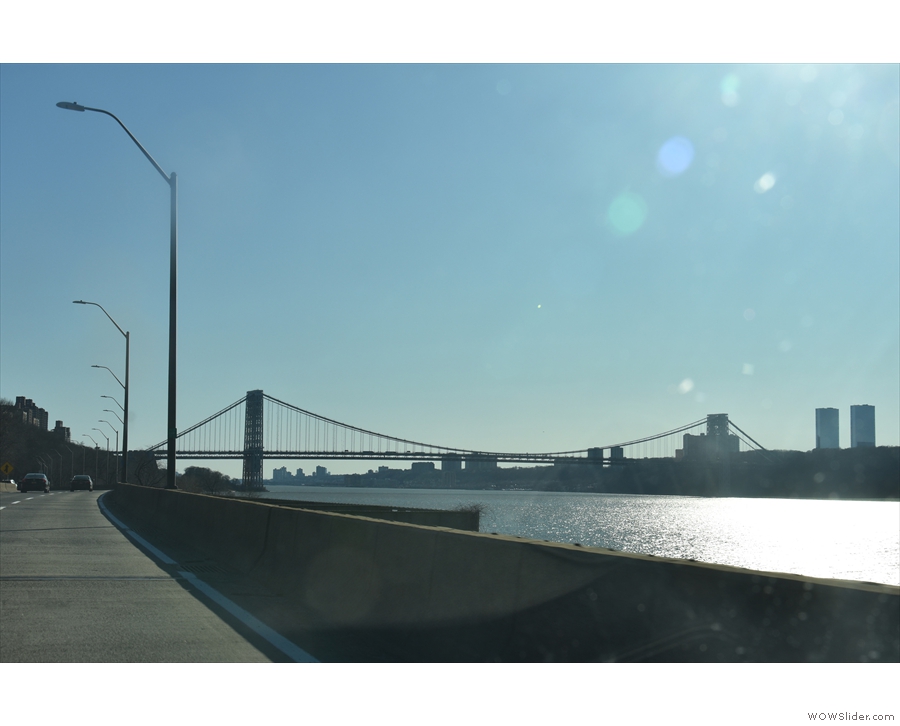
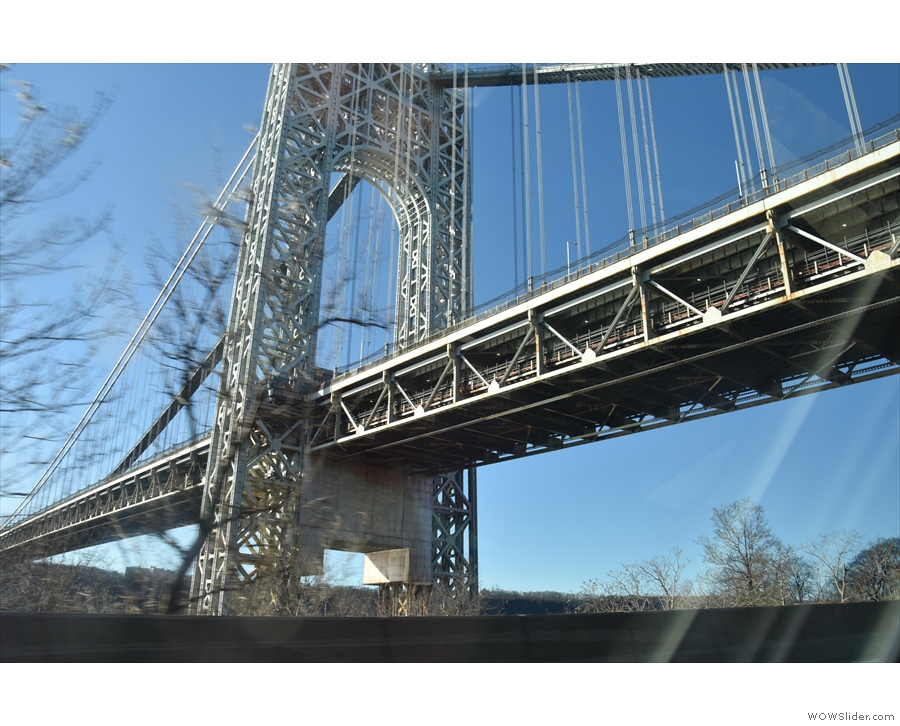
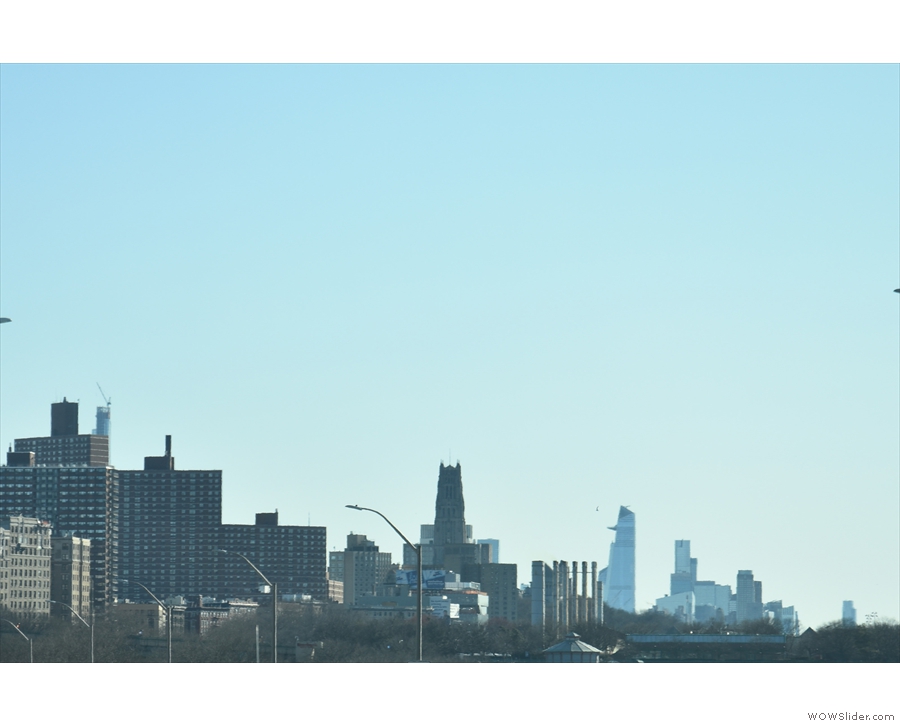
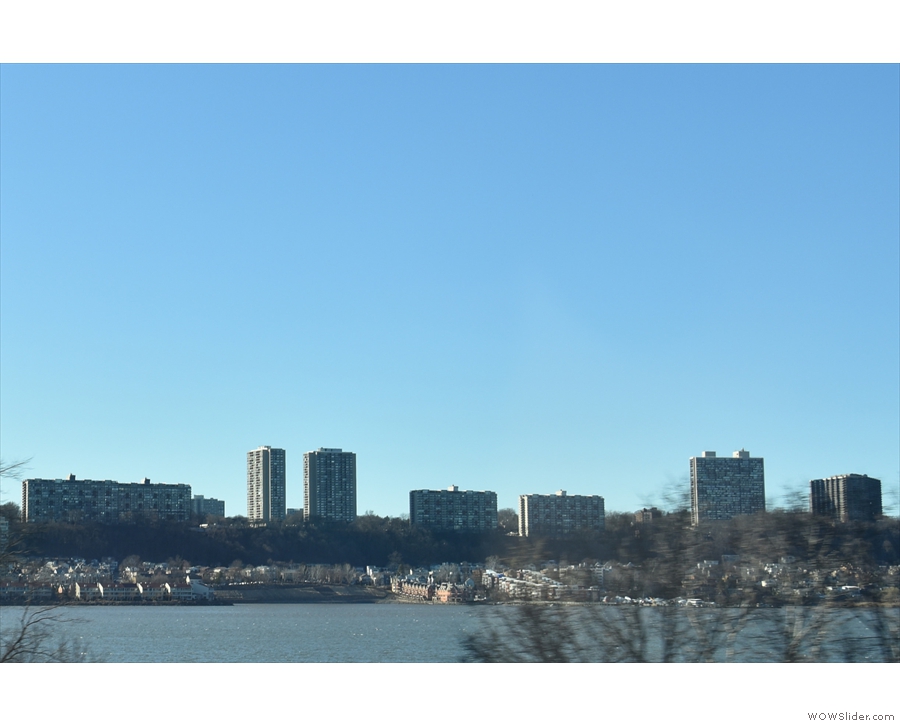
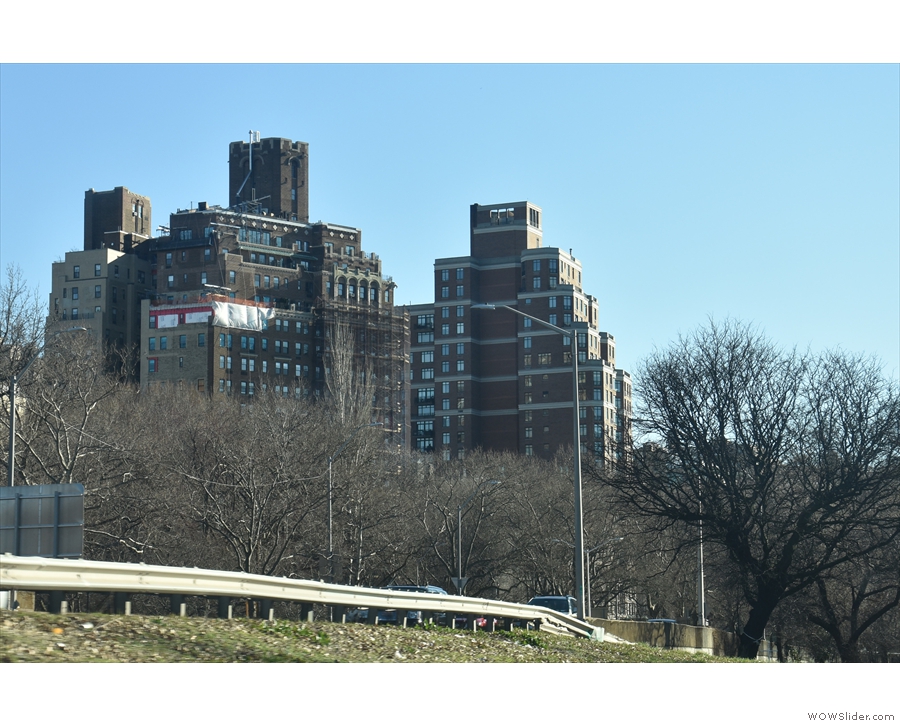
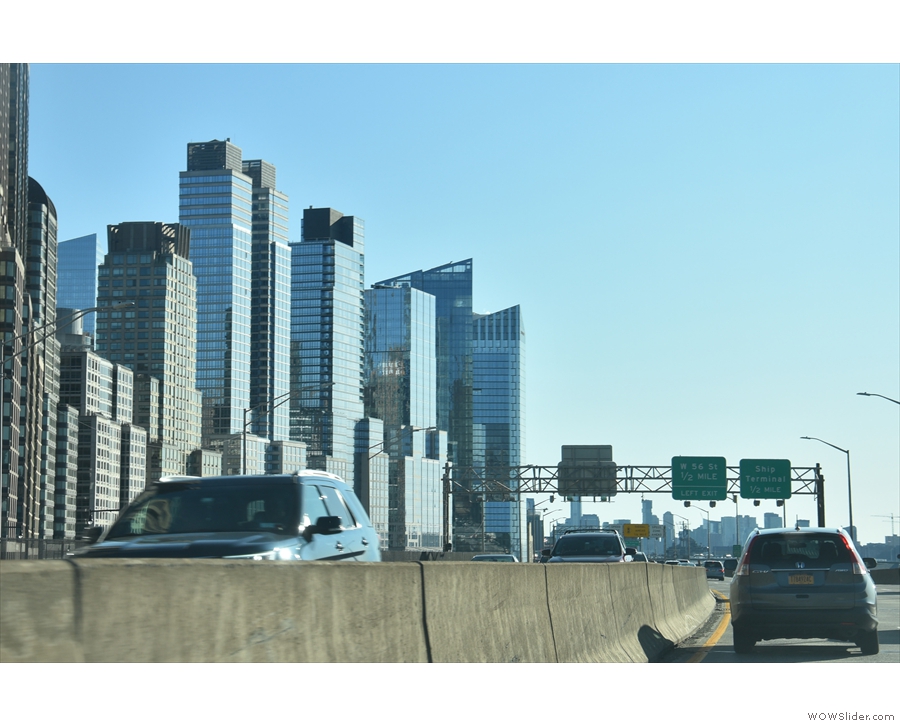
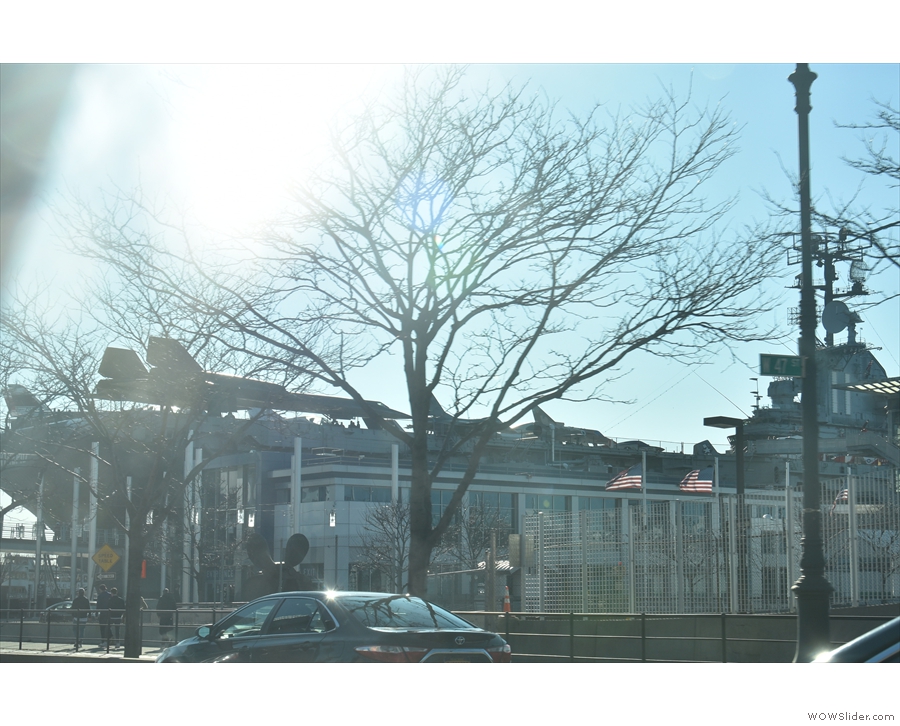
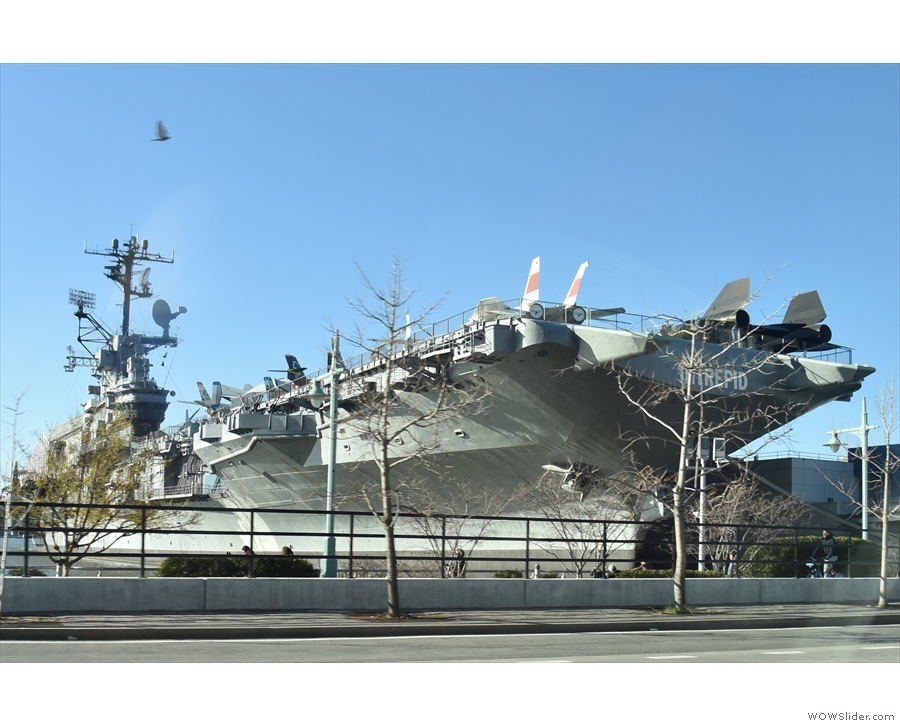
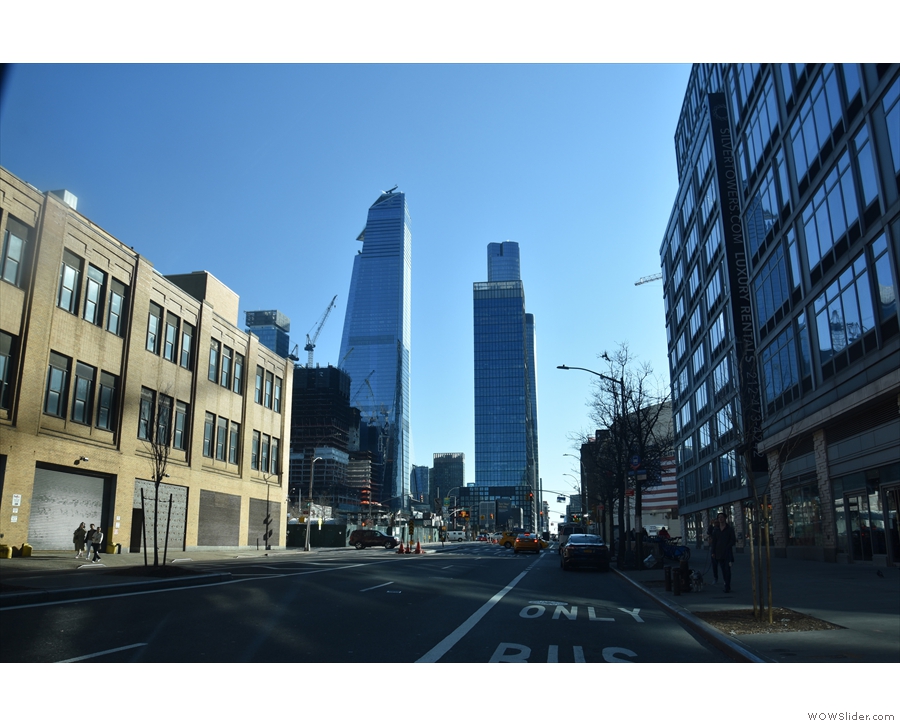
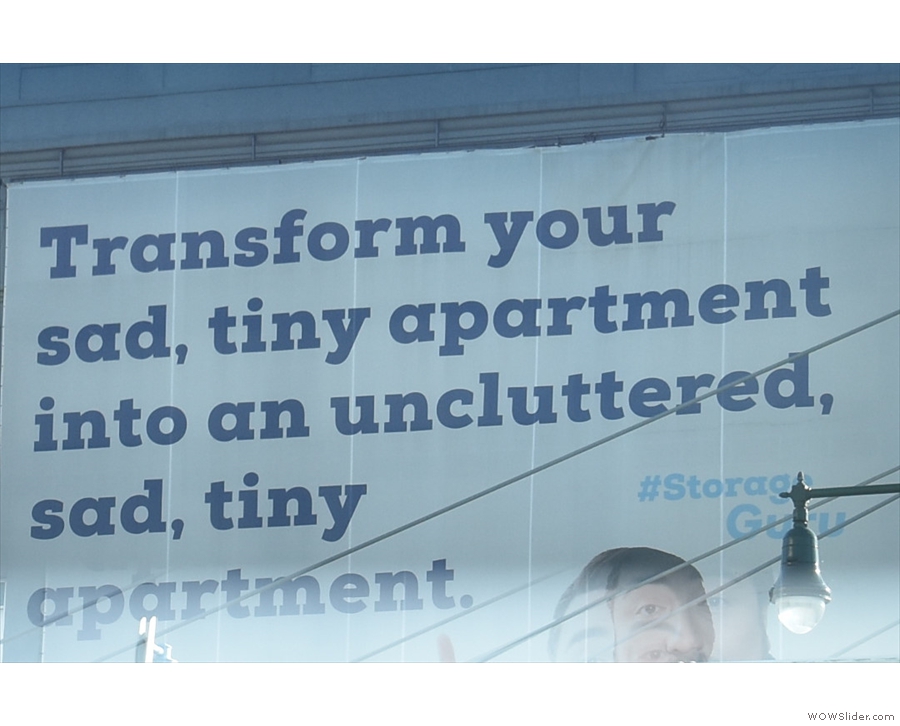
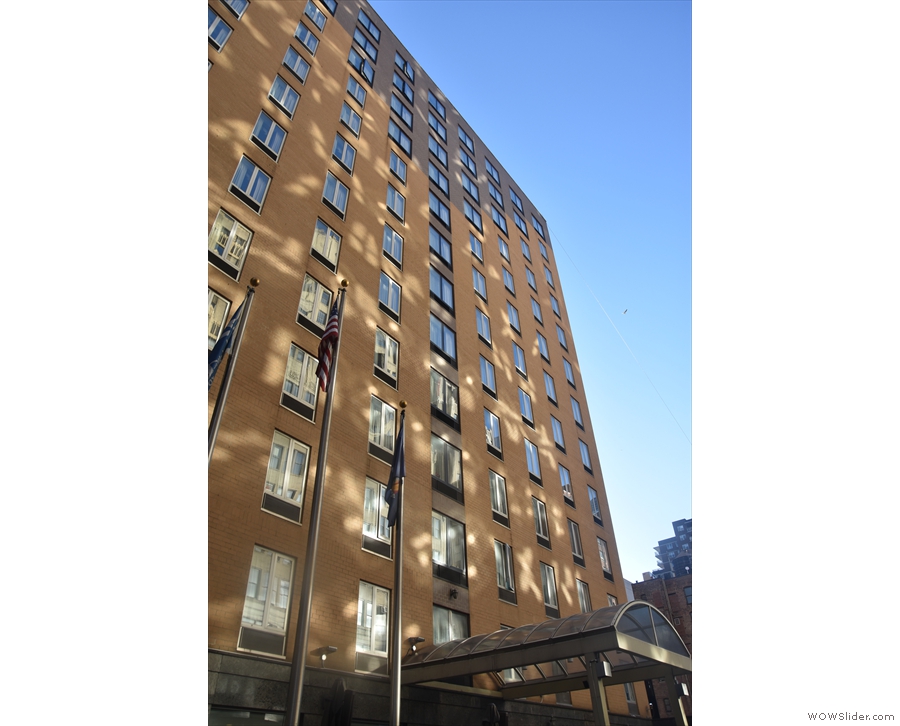

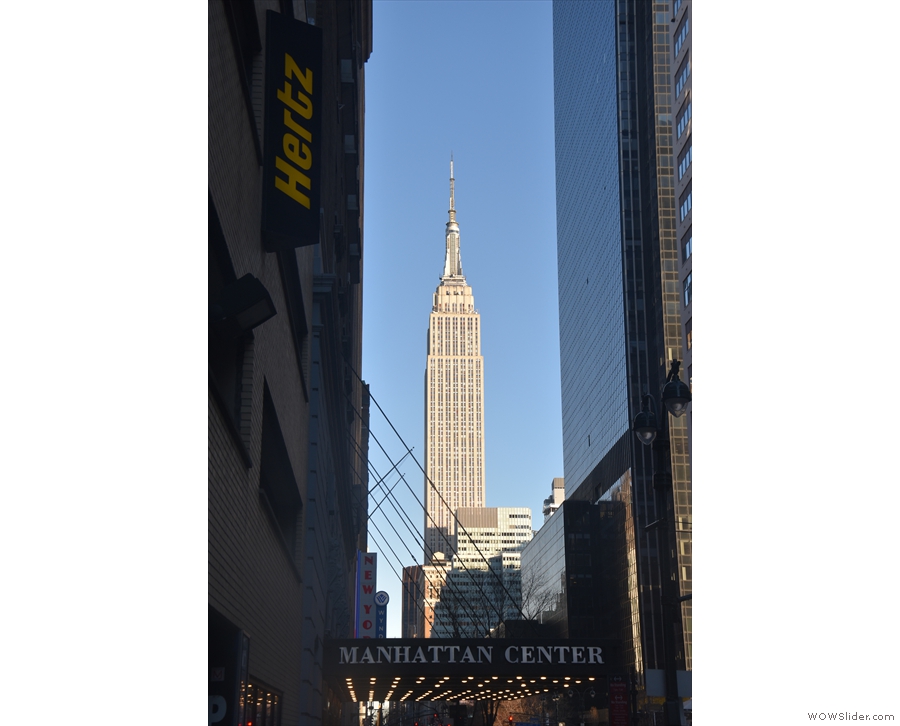
 1
1 2
2 3
3 4
4 5
5 6
6 7
7 8
8 9
9 10
10 11
11 12
12 13
13 14
14 15
15 16
16 17
17 18
18 19
19 20
20 21
21 22
22 23
23 24
24 25
25 26
26 27
27 28
28 29
29 30
30 31
31 32
32 33
33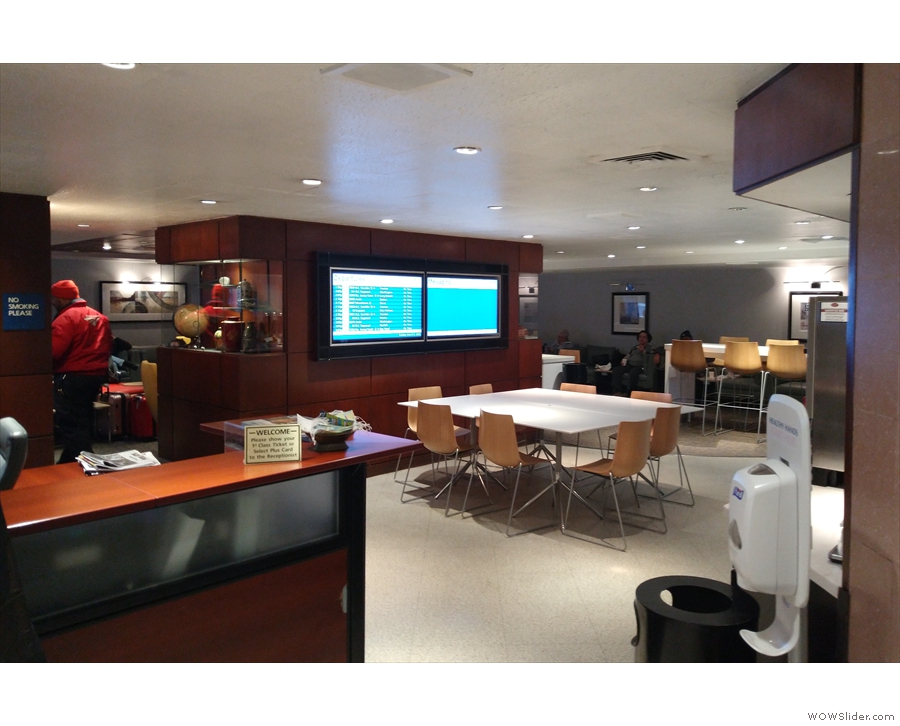
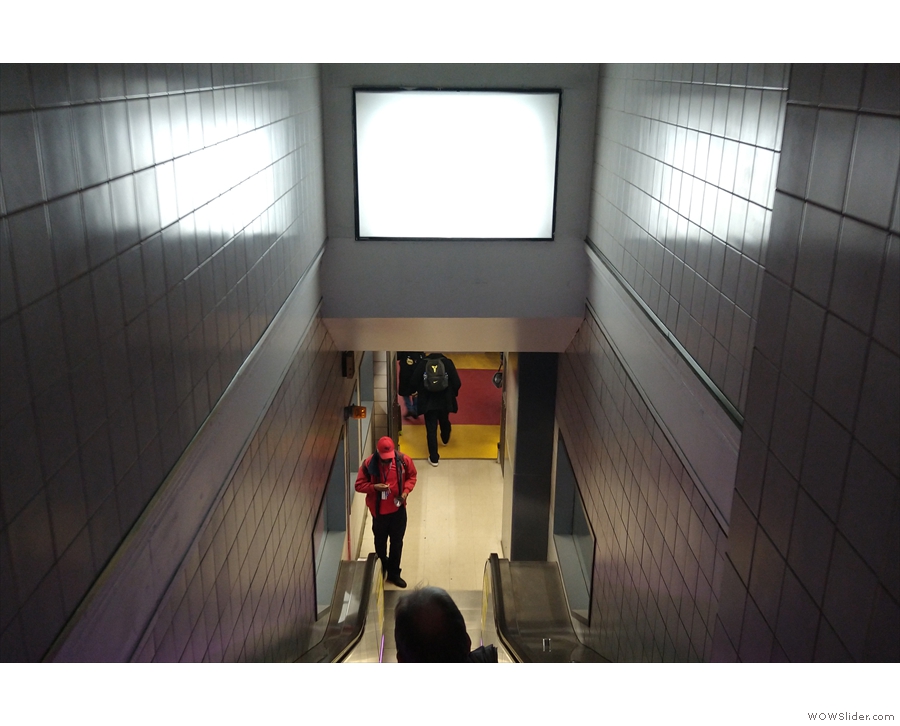
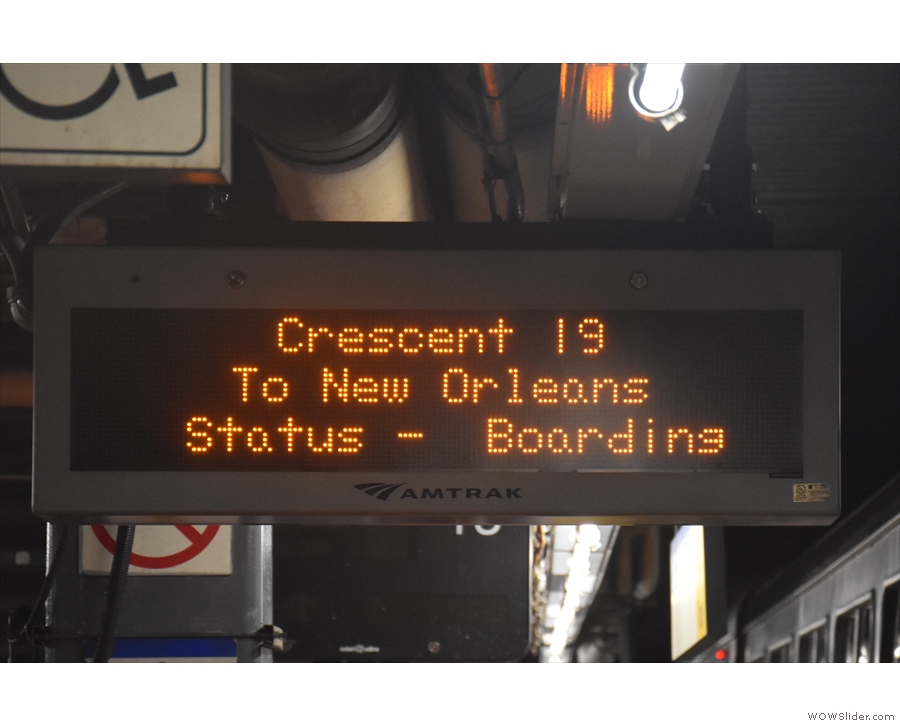
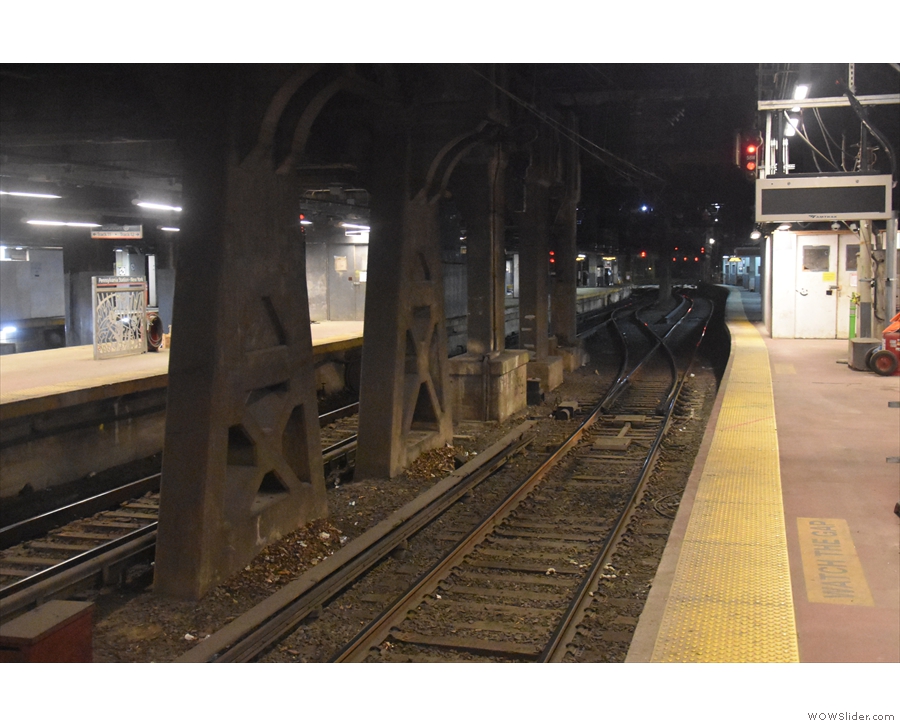
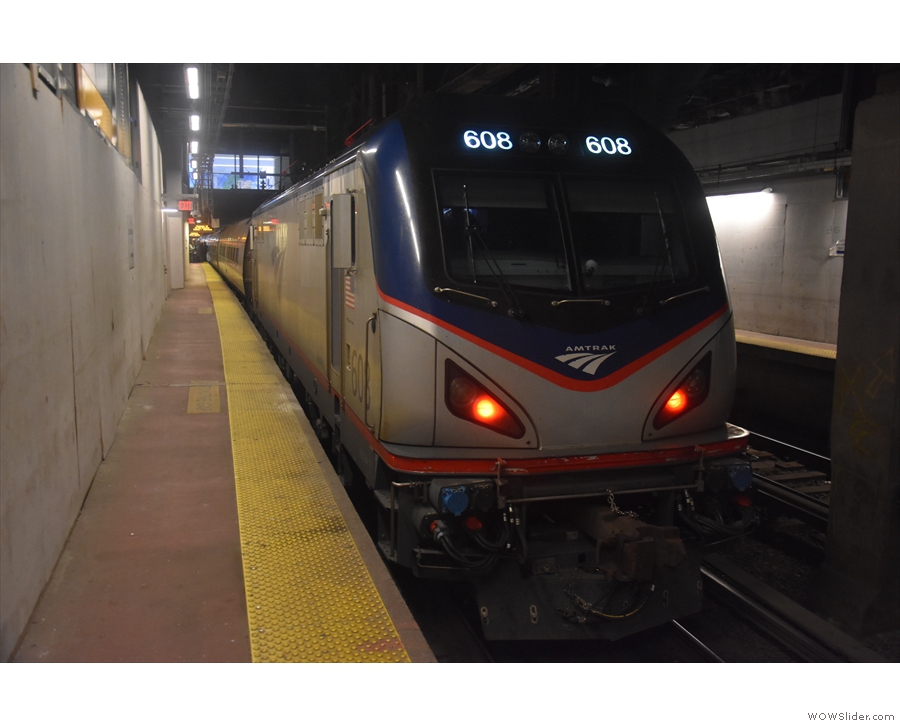
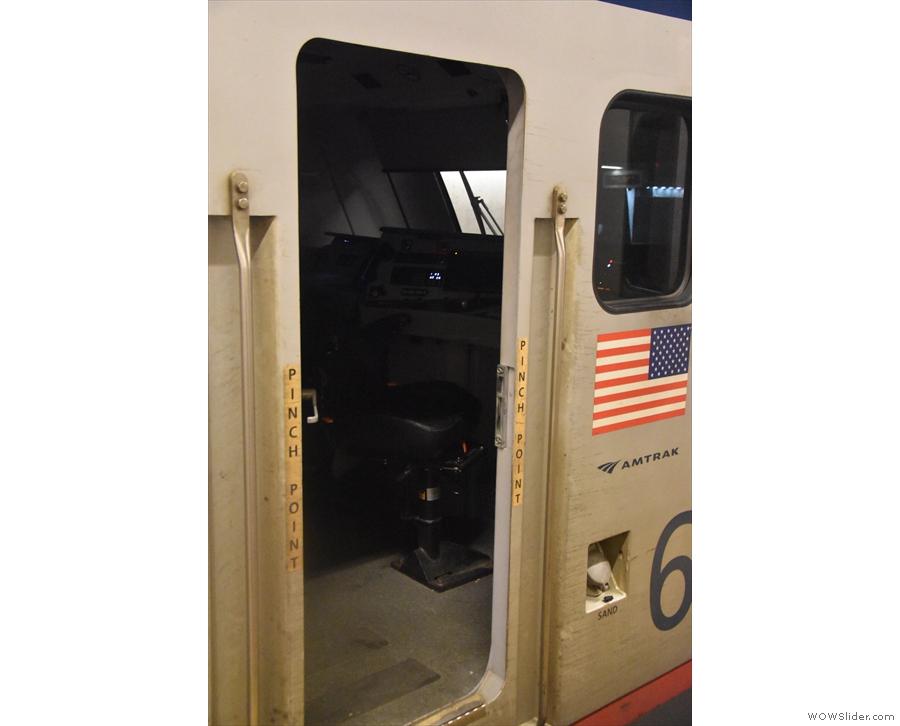
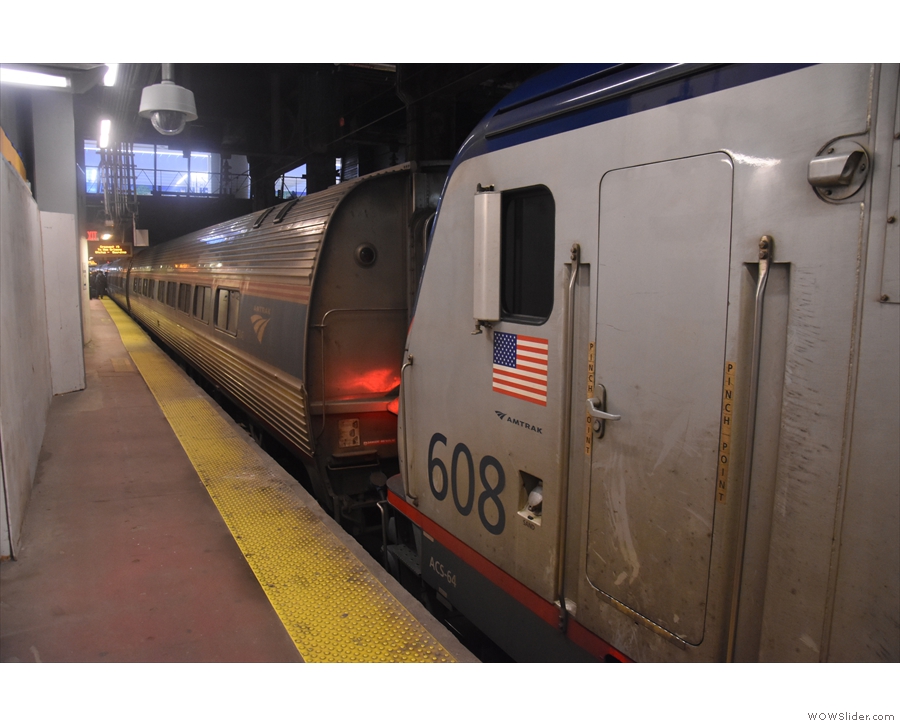
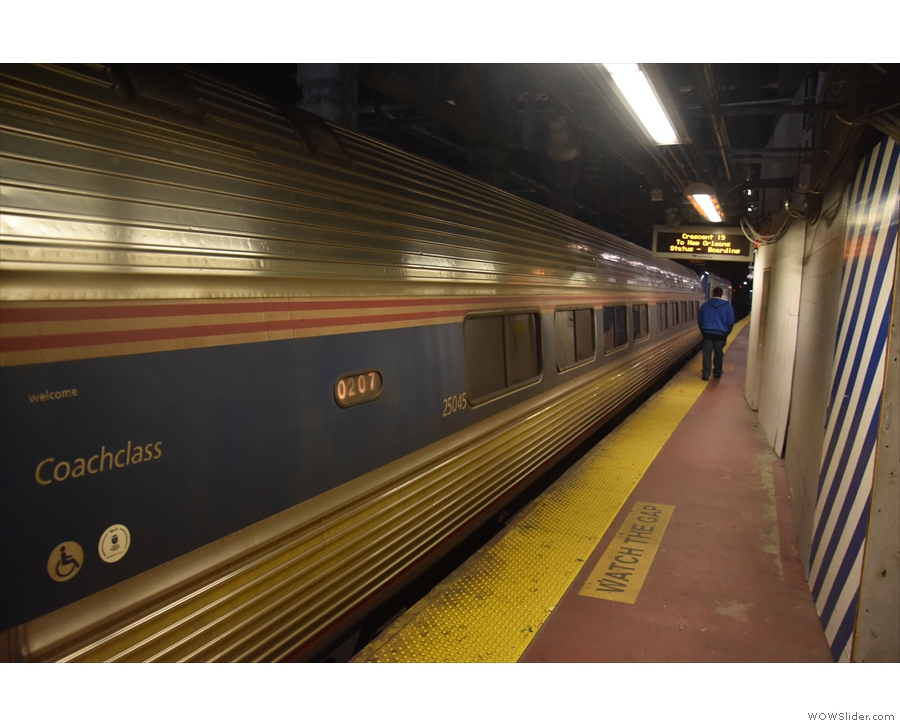
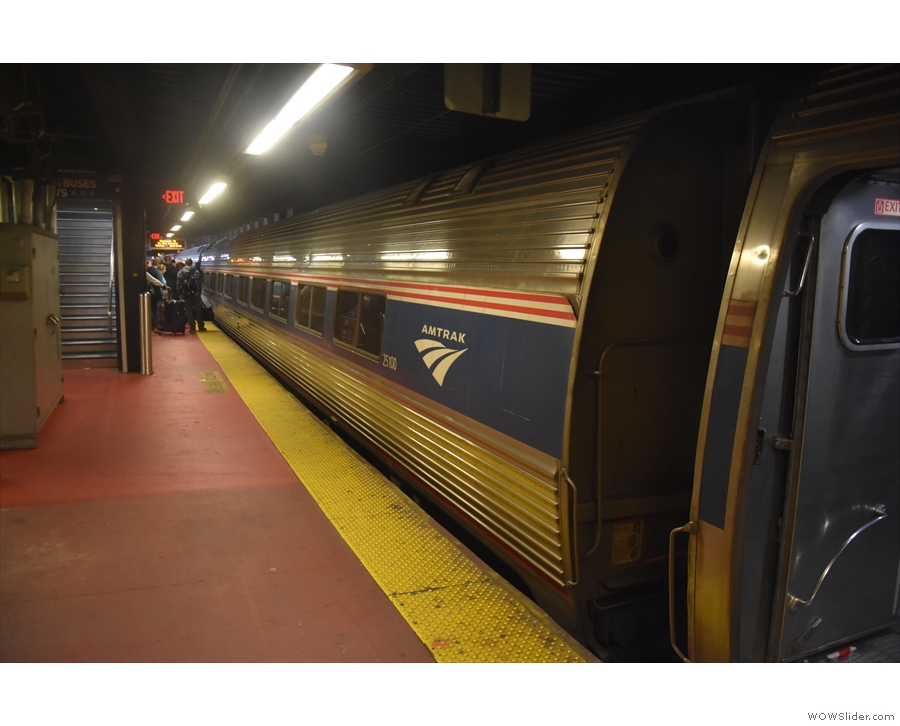
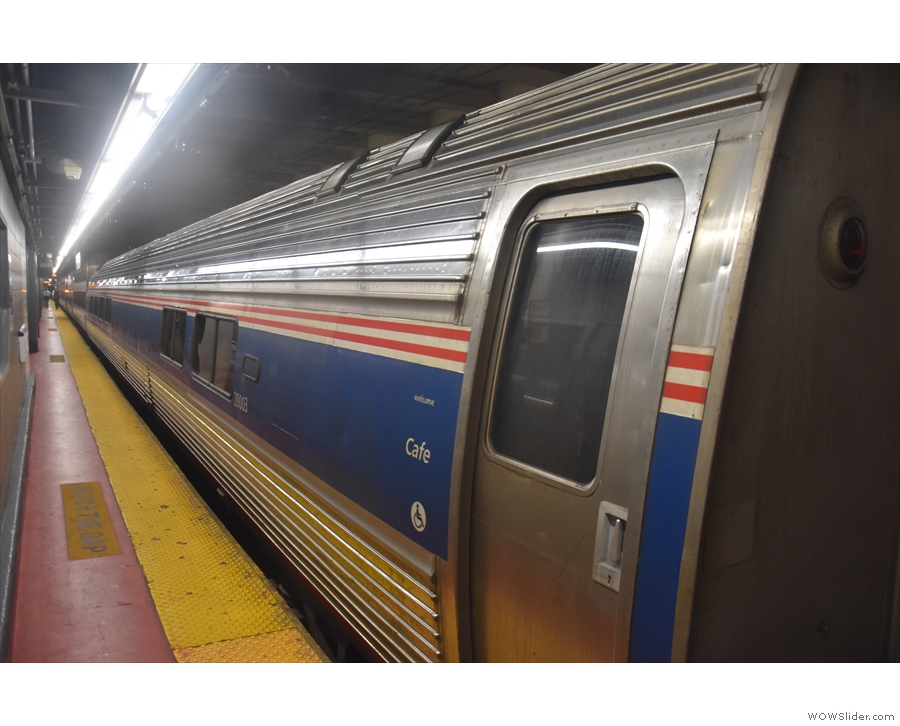
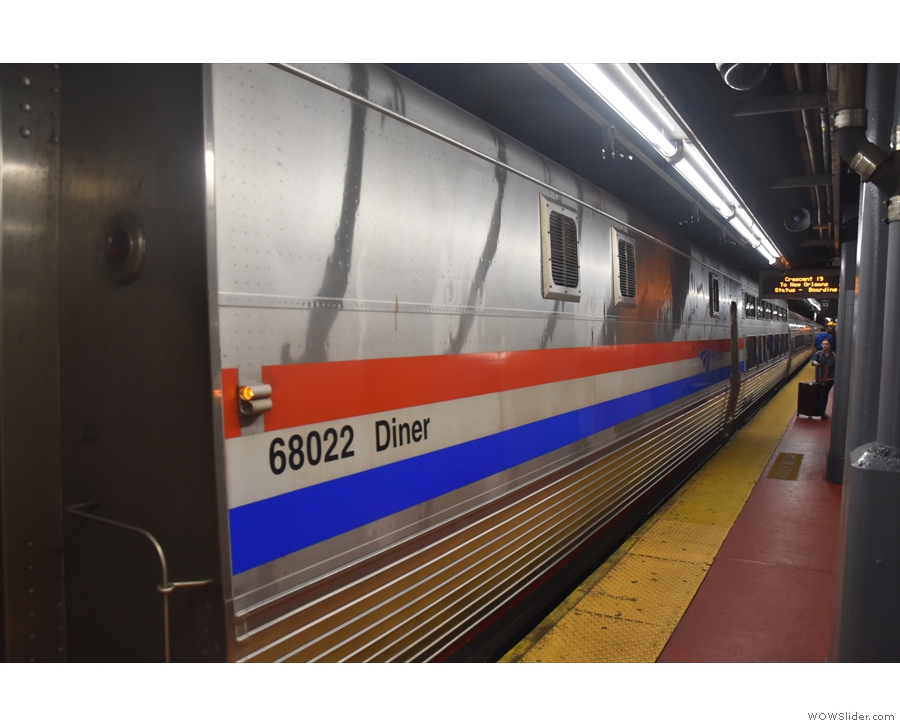
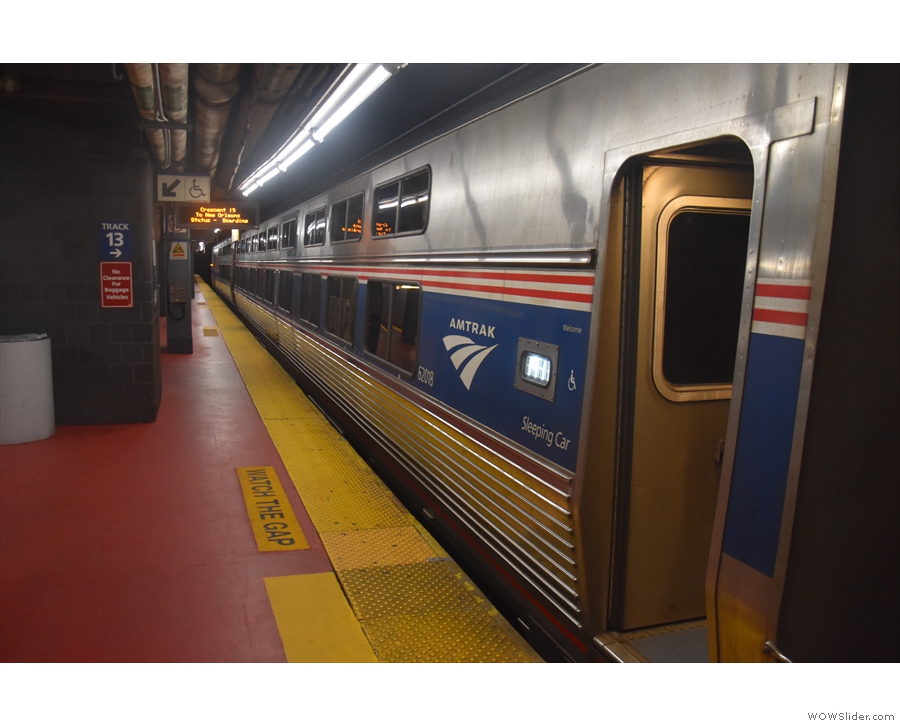
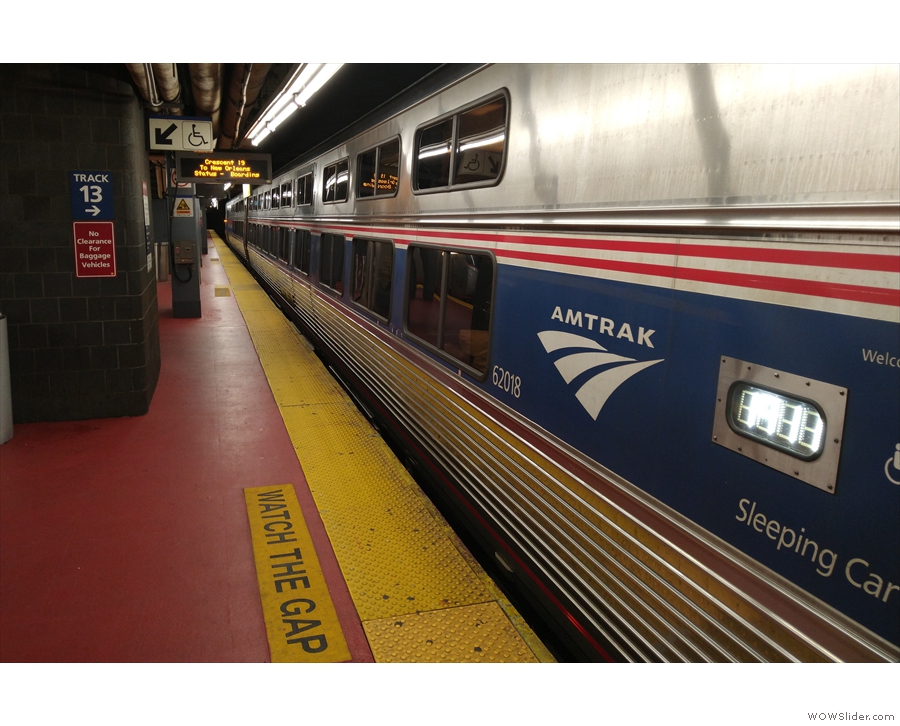
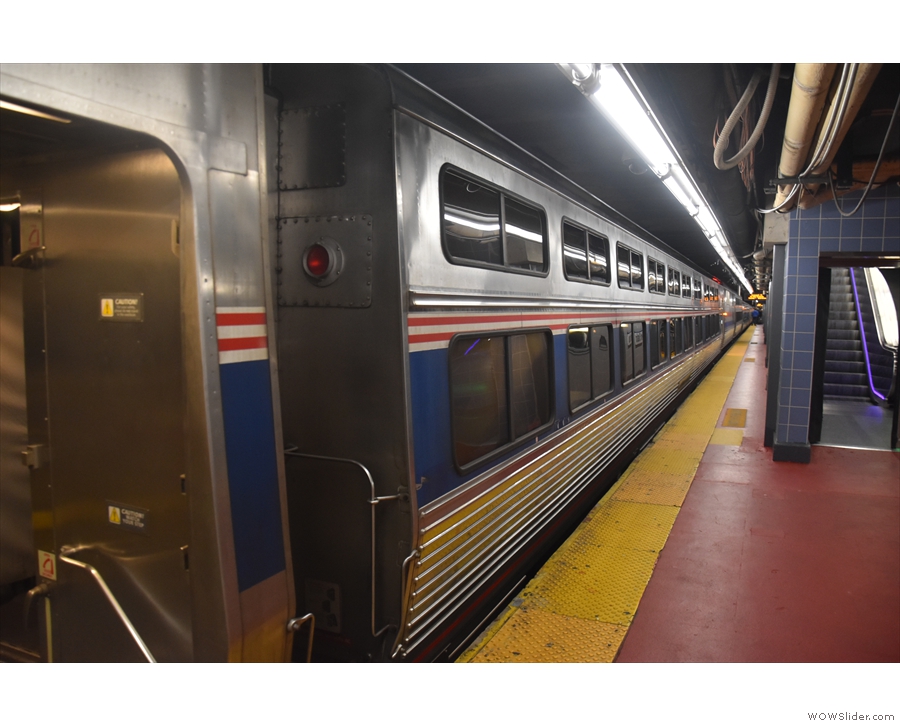
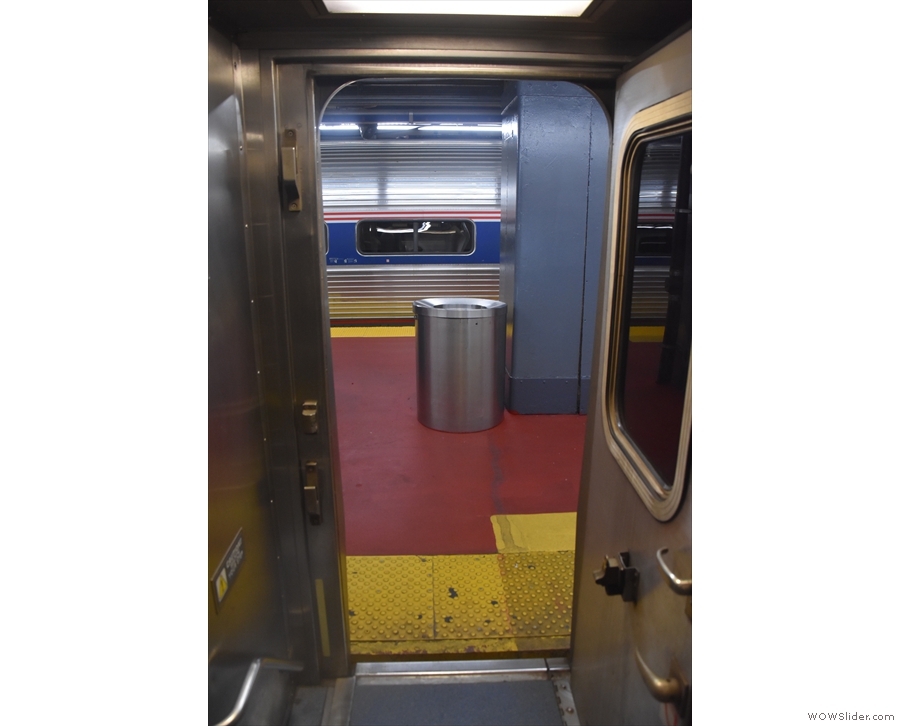
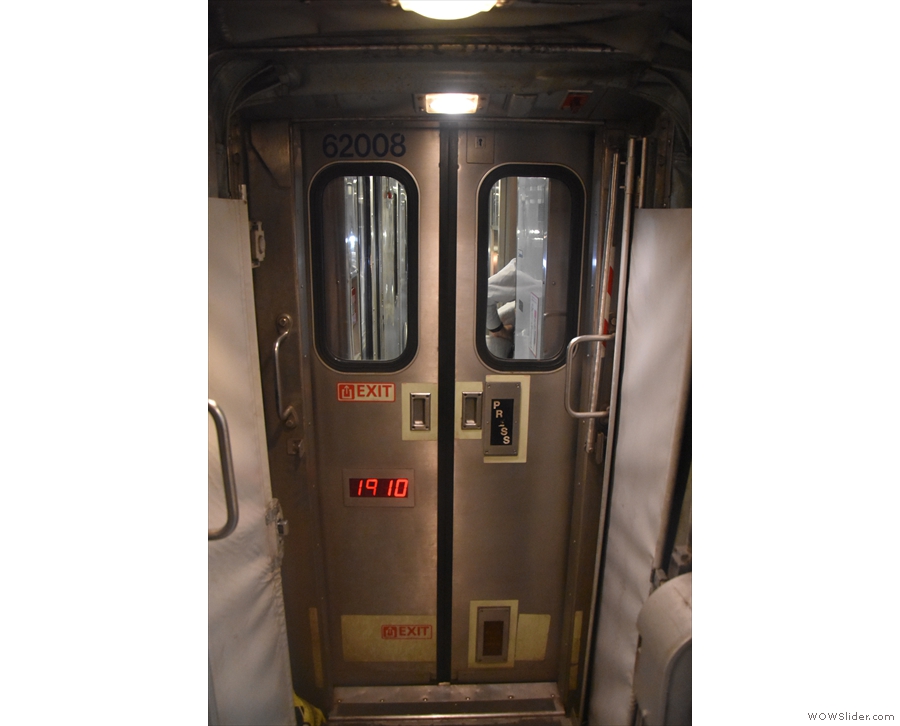
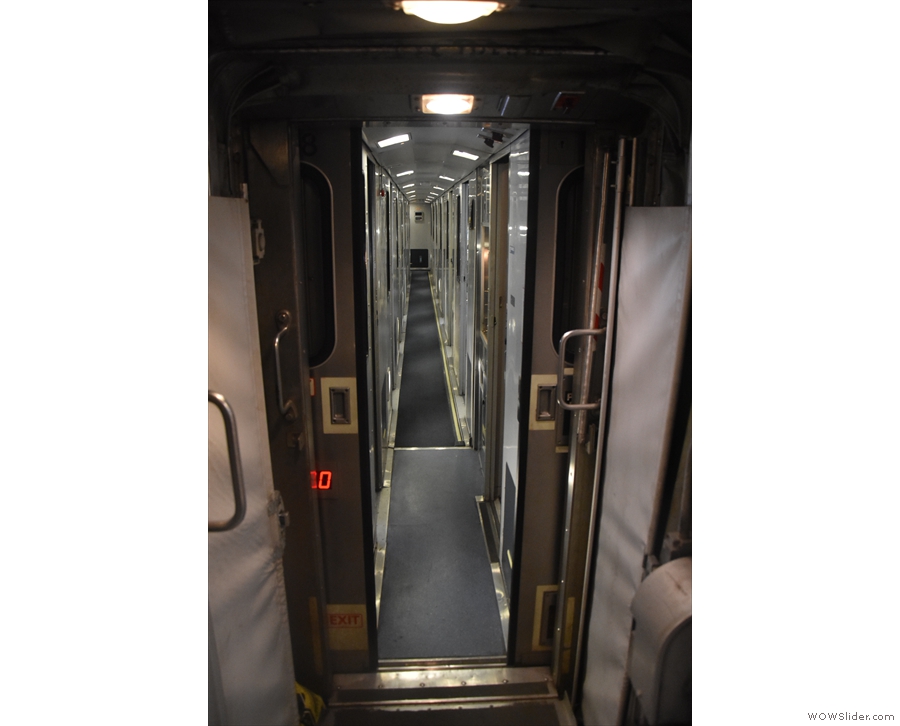
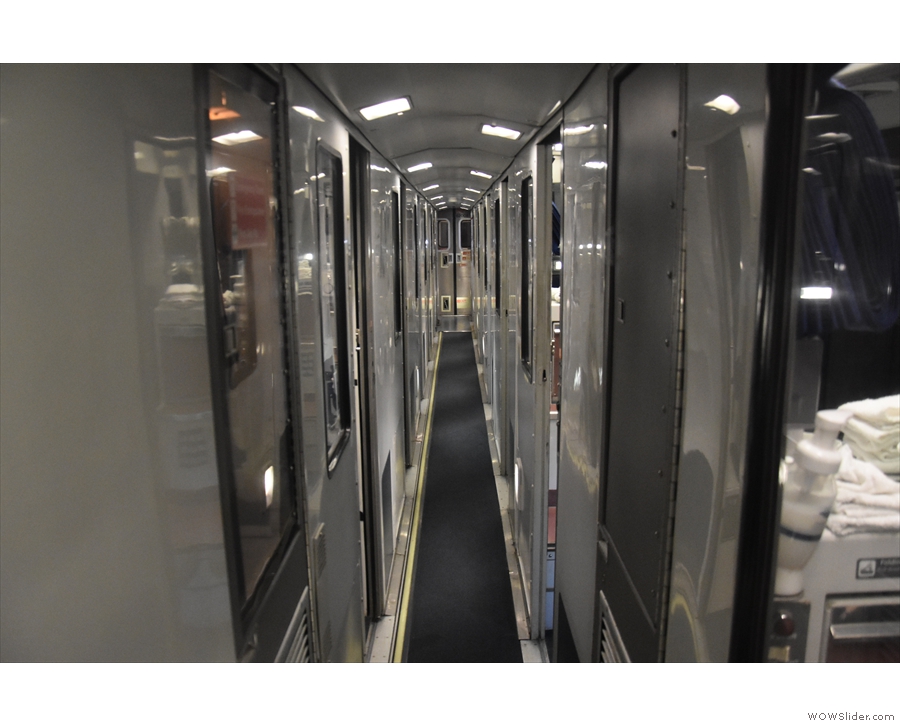
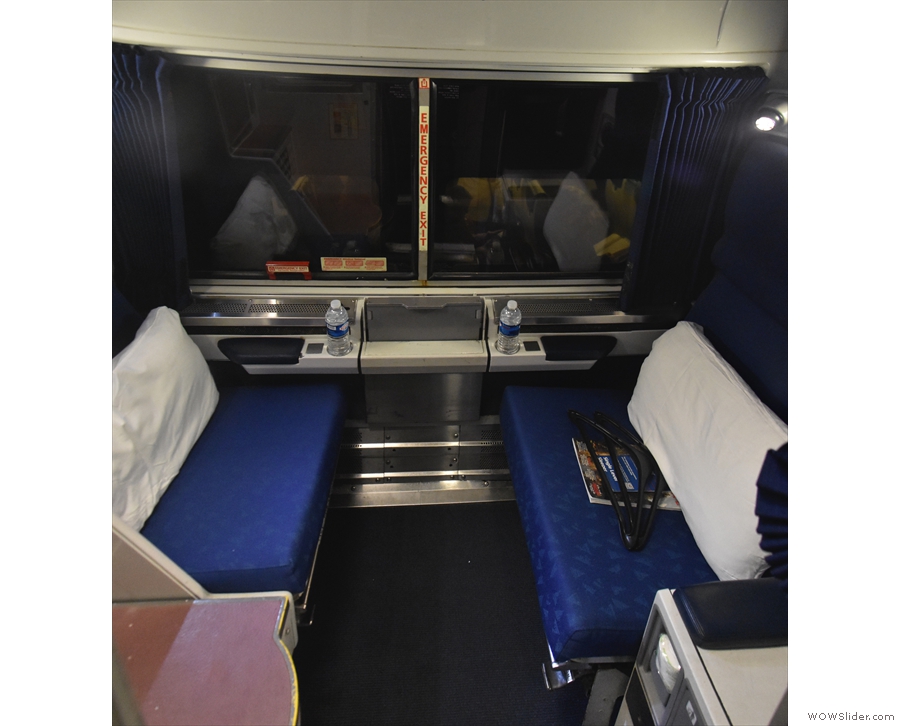
 1
1 2
2 3
3 4
4 5
5 6
6 7
7 8
8 9
9 10
10 11
11 12
12 13
13 14
14 15
15 16
16 17
17 18
18 19
19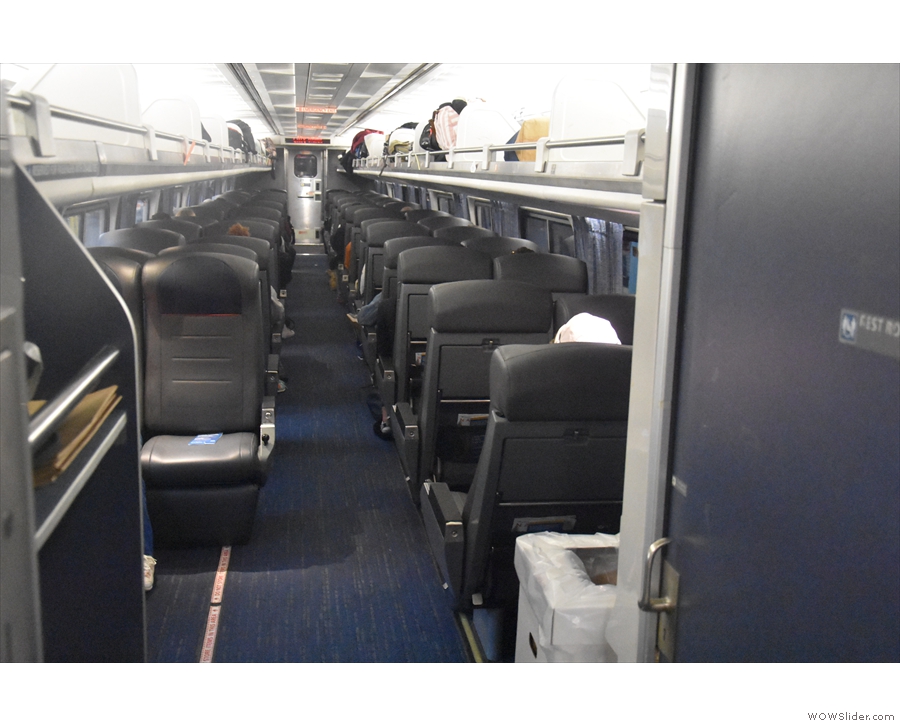
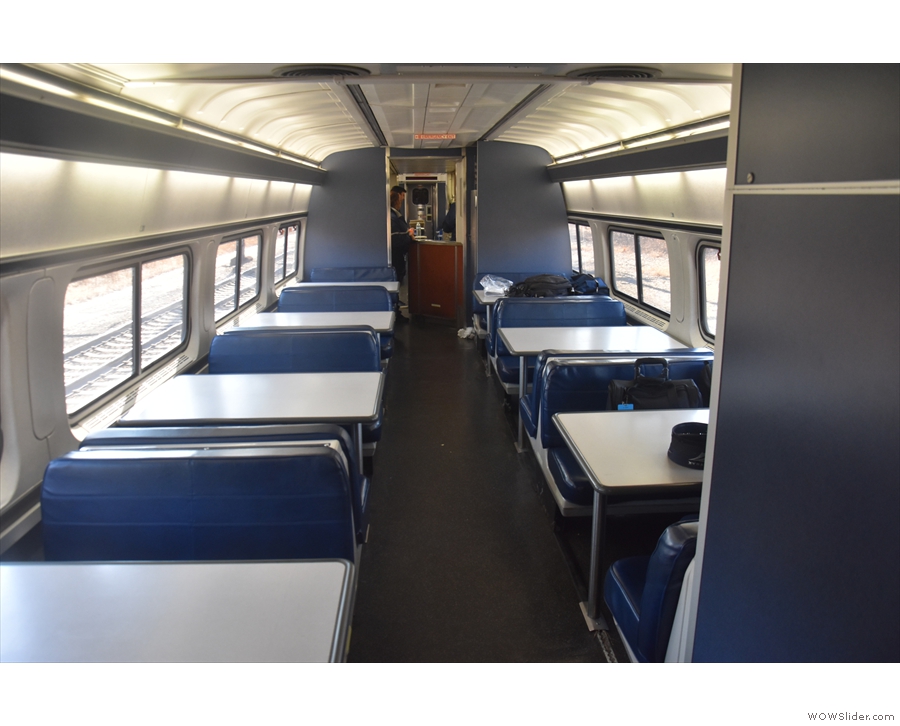
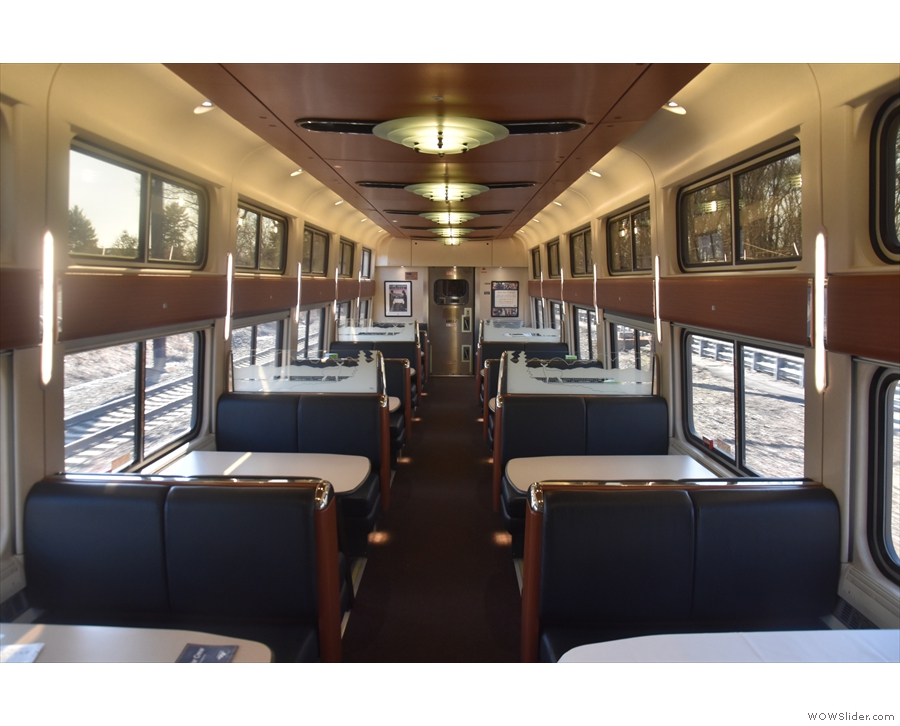

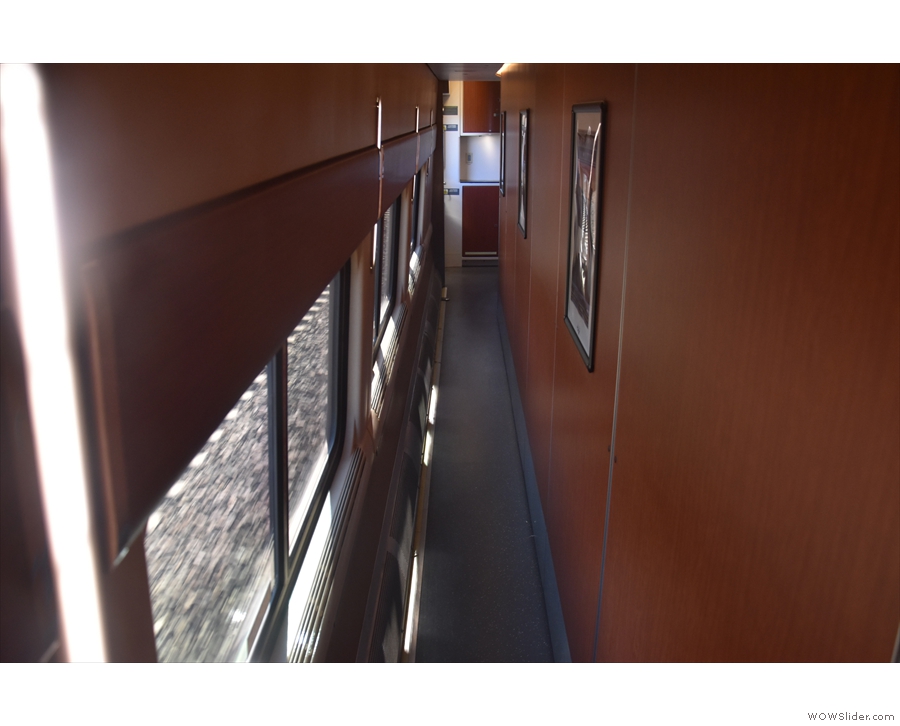
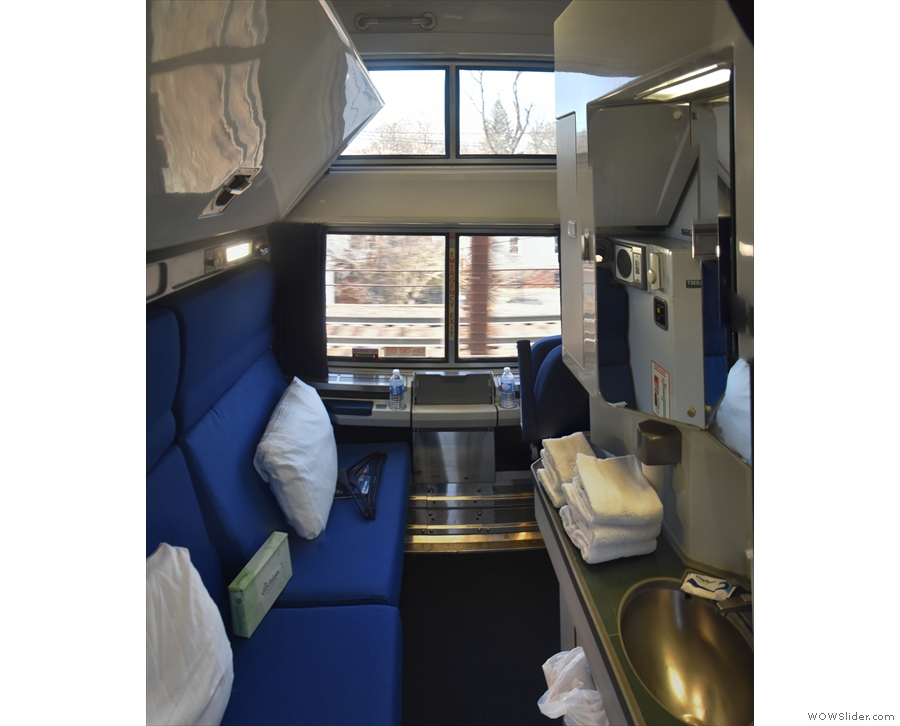


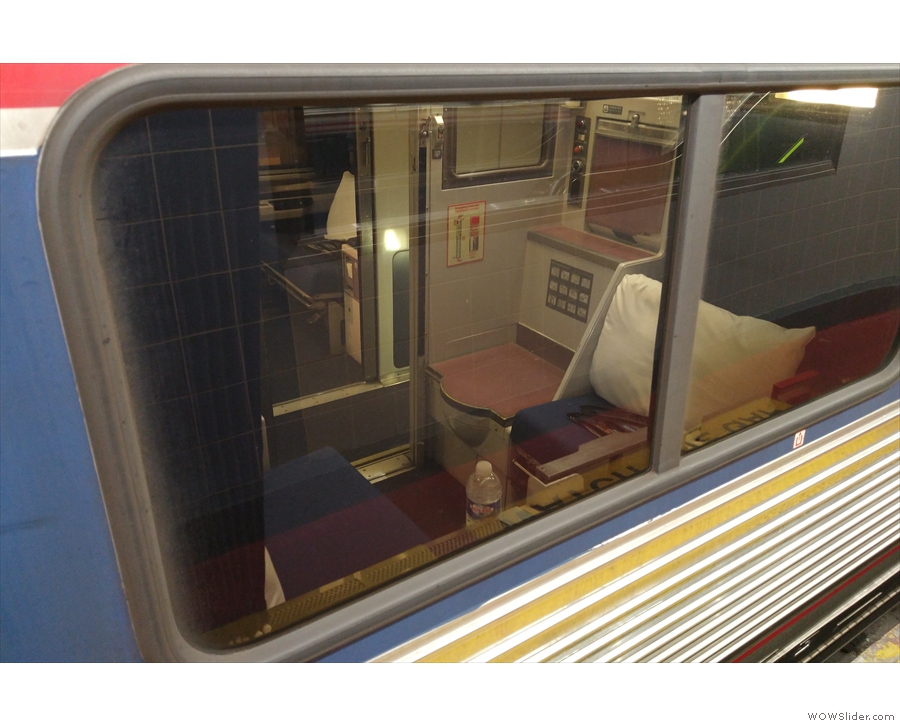
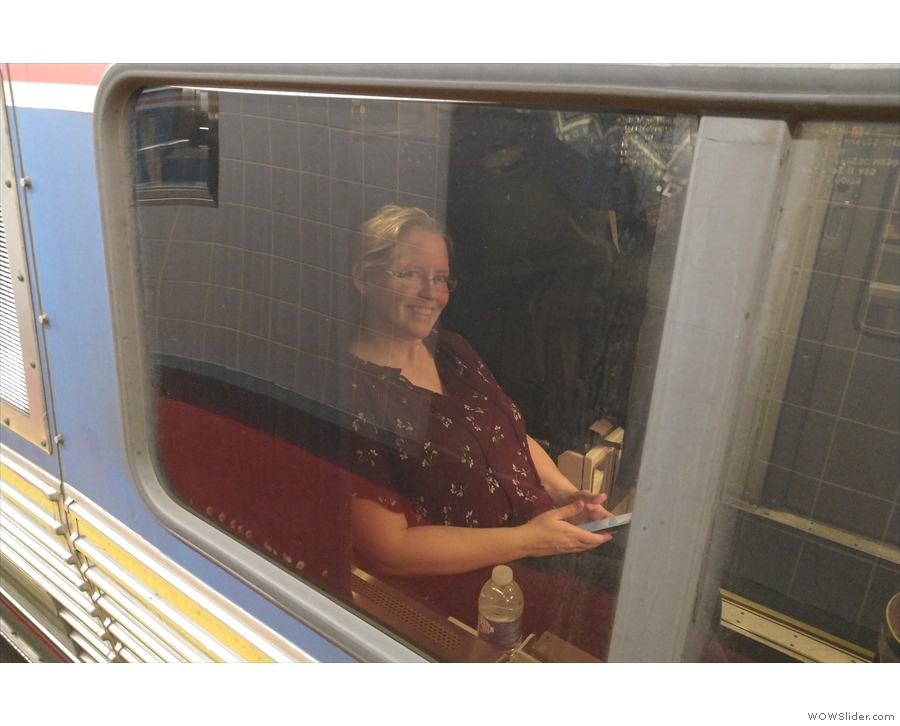
 1
1 2
2 3
3 4
4 5
5 6
6 7
7 8
8 9
9 10
10
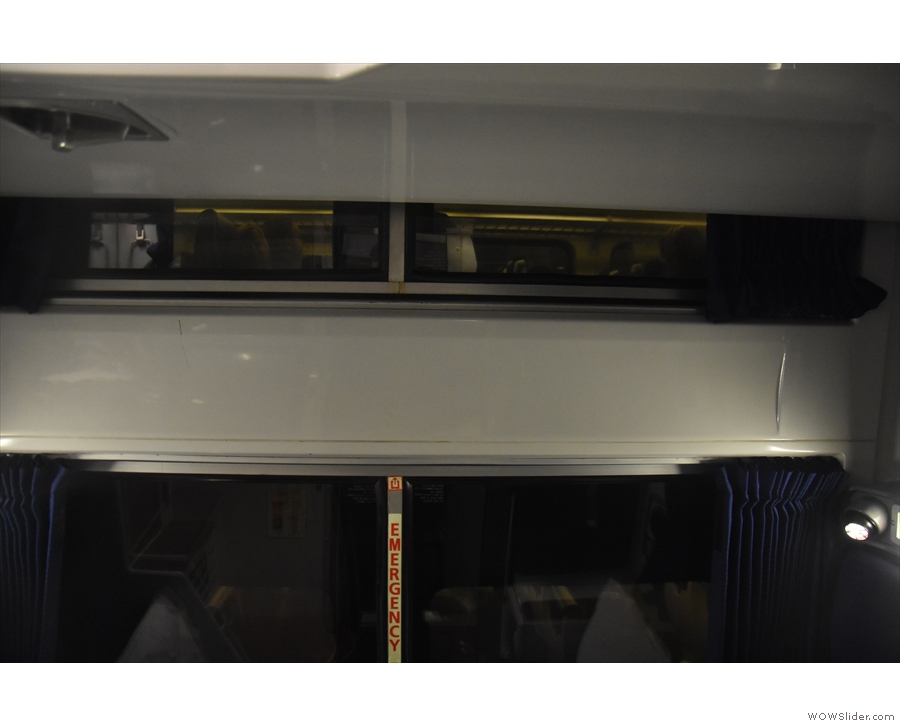
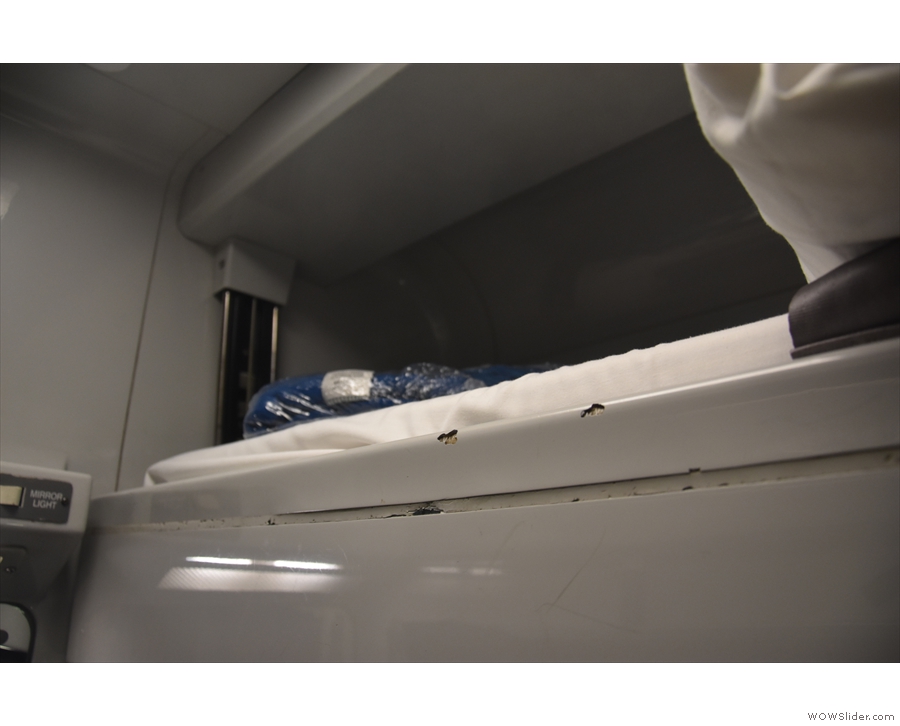

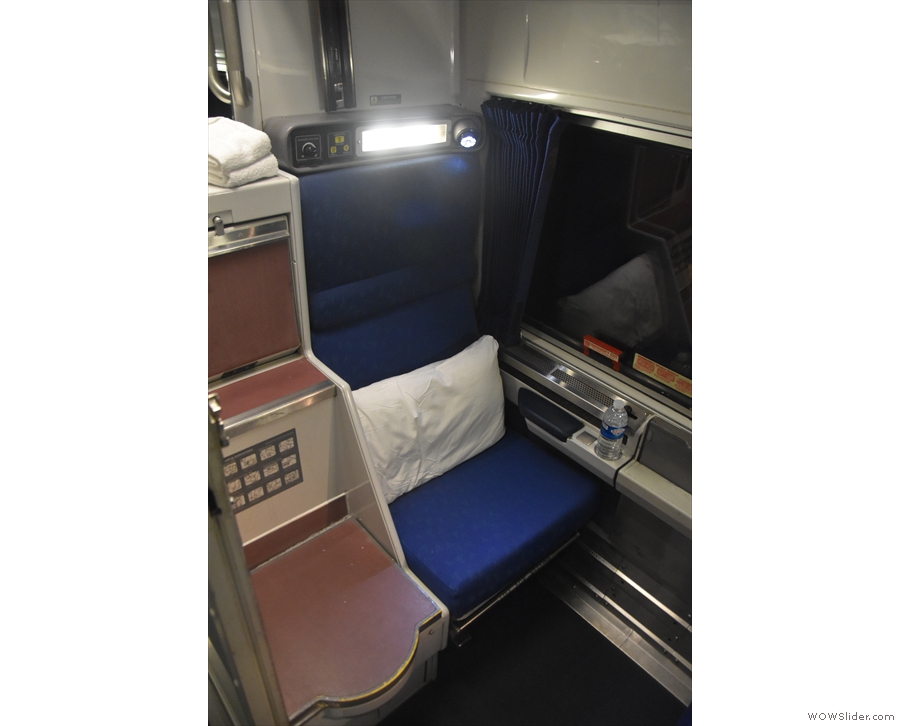
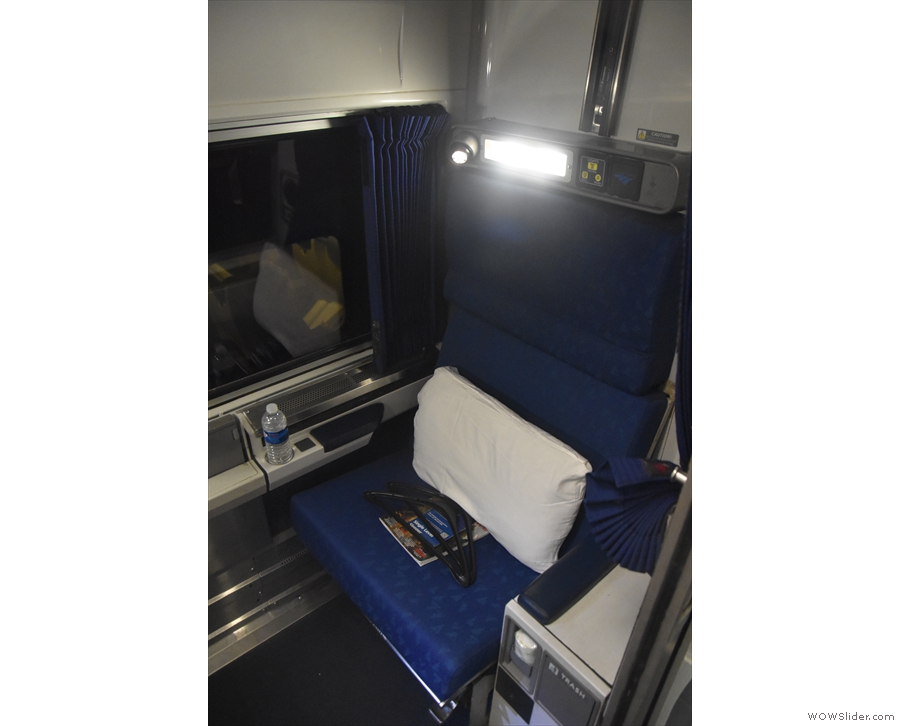
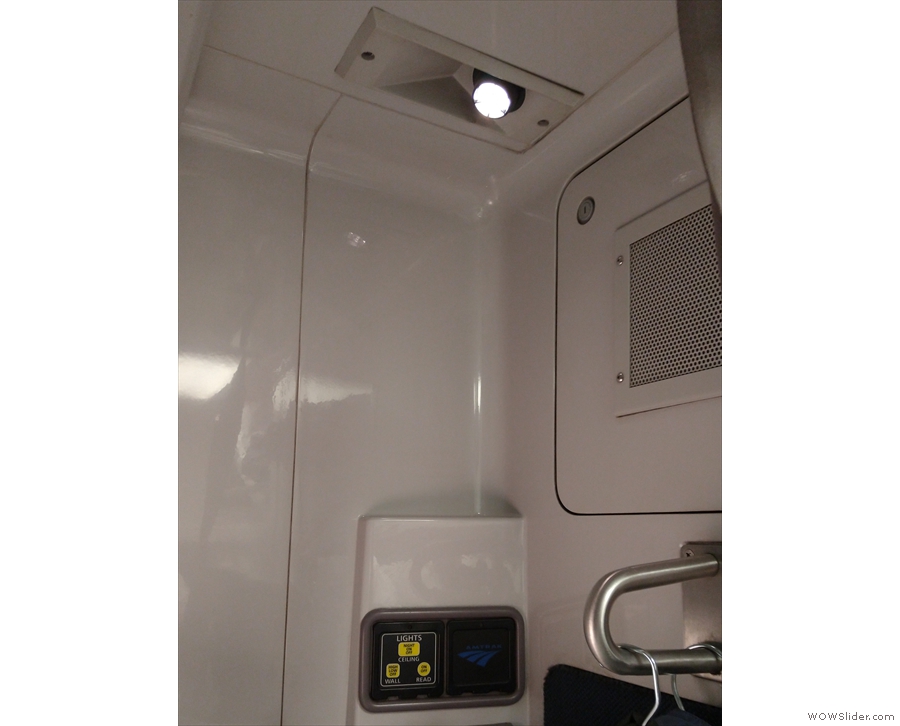
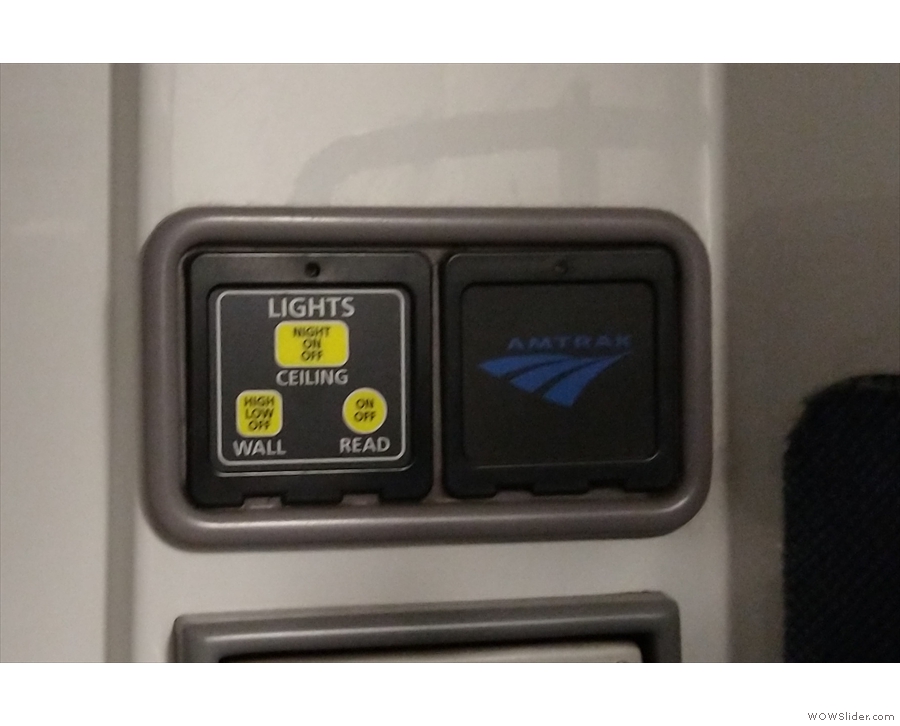
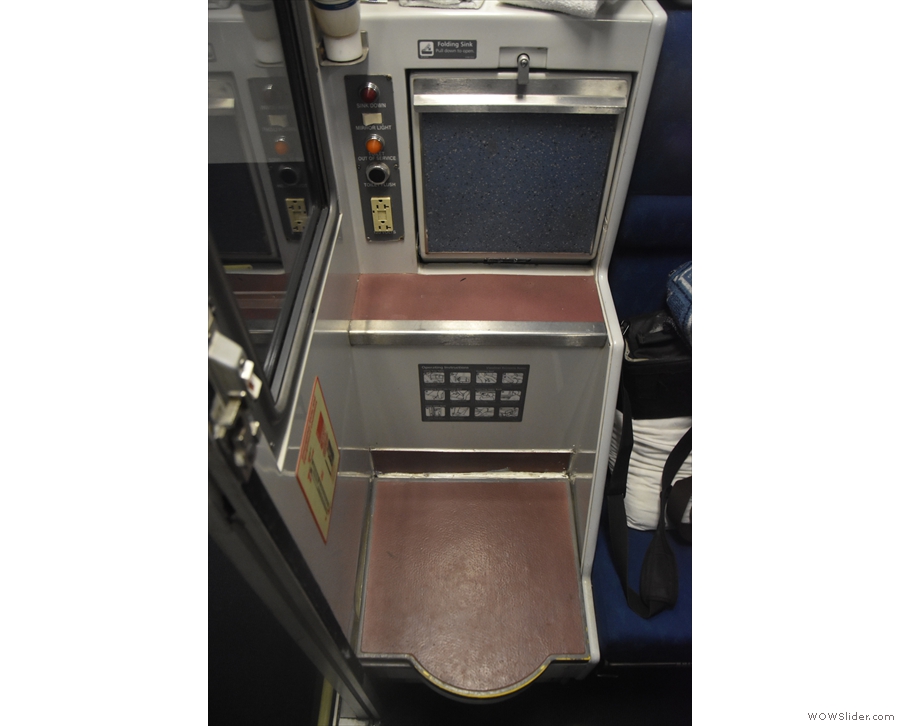
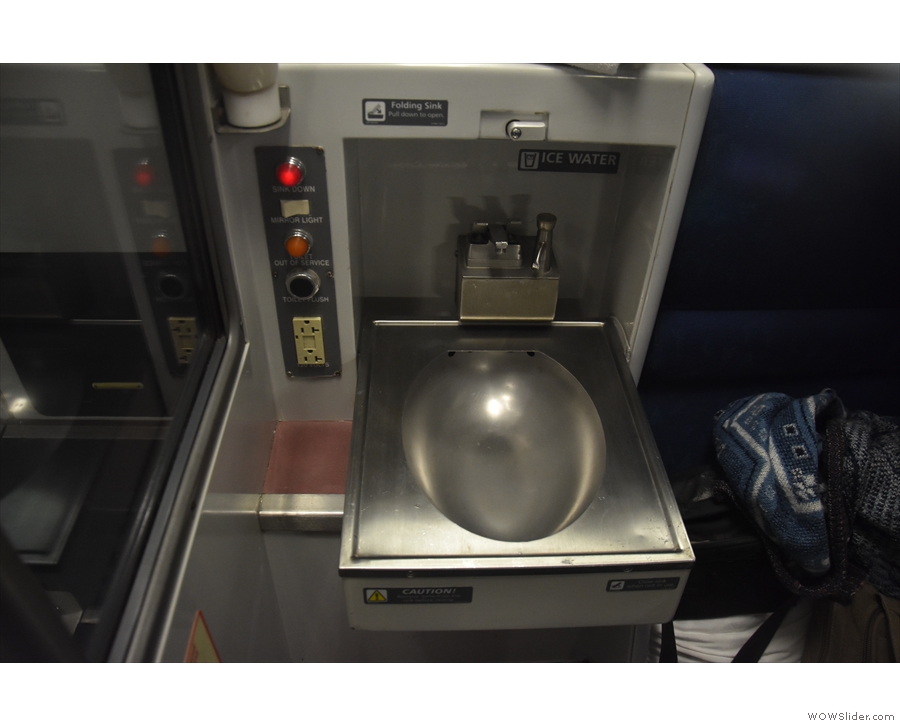
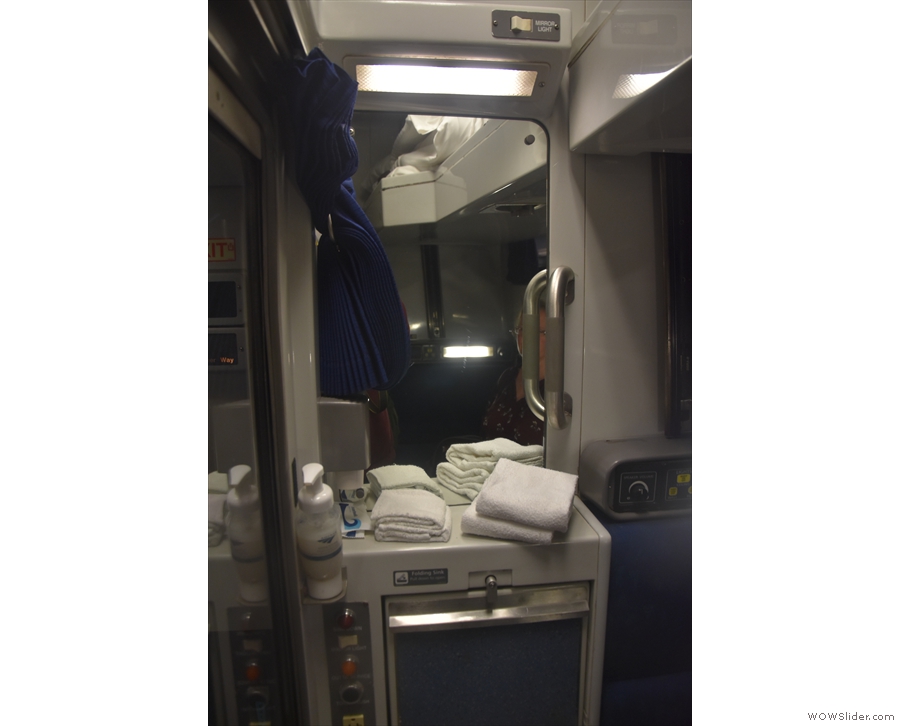
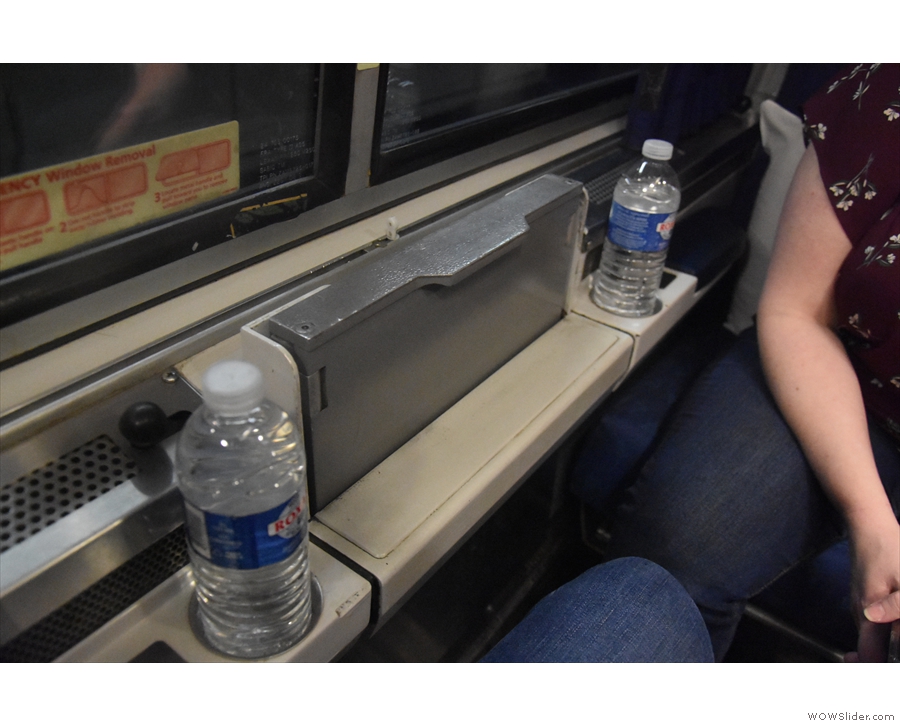
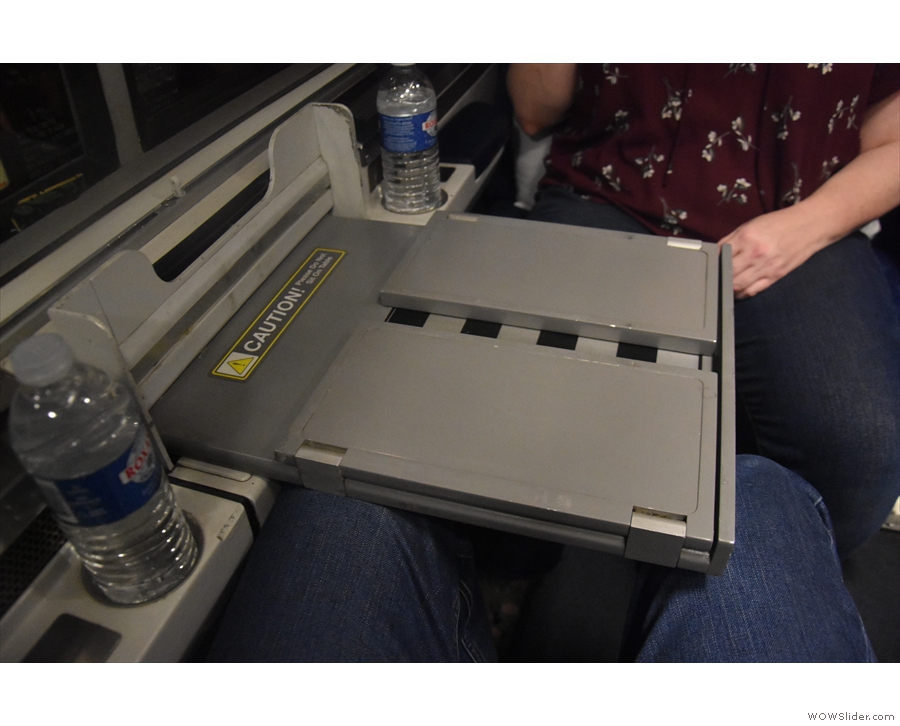
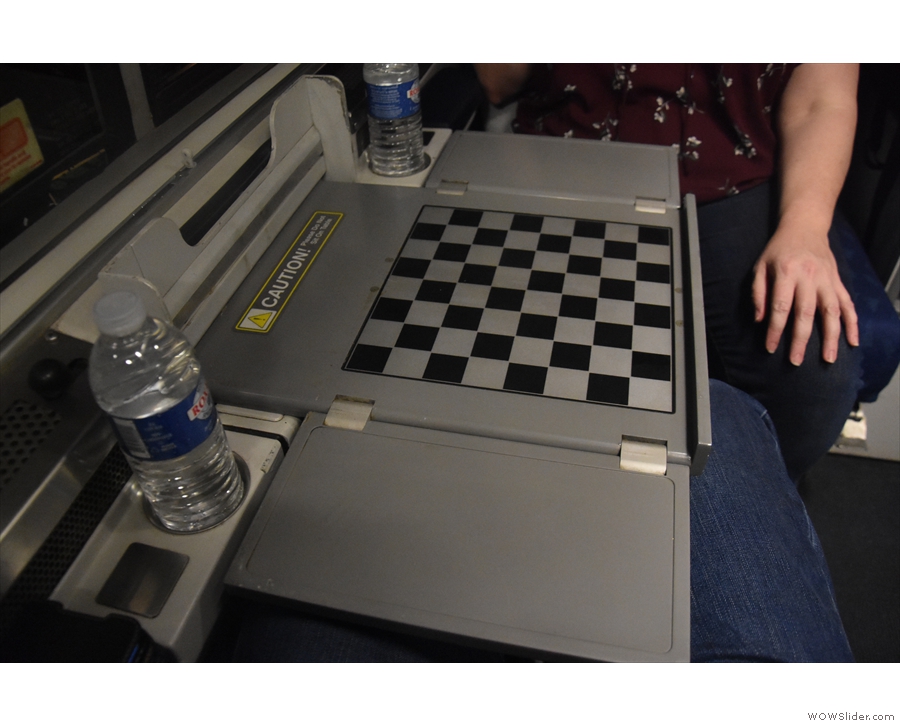
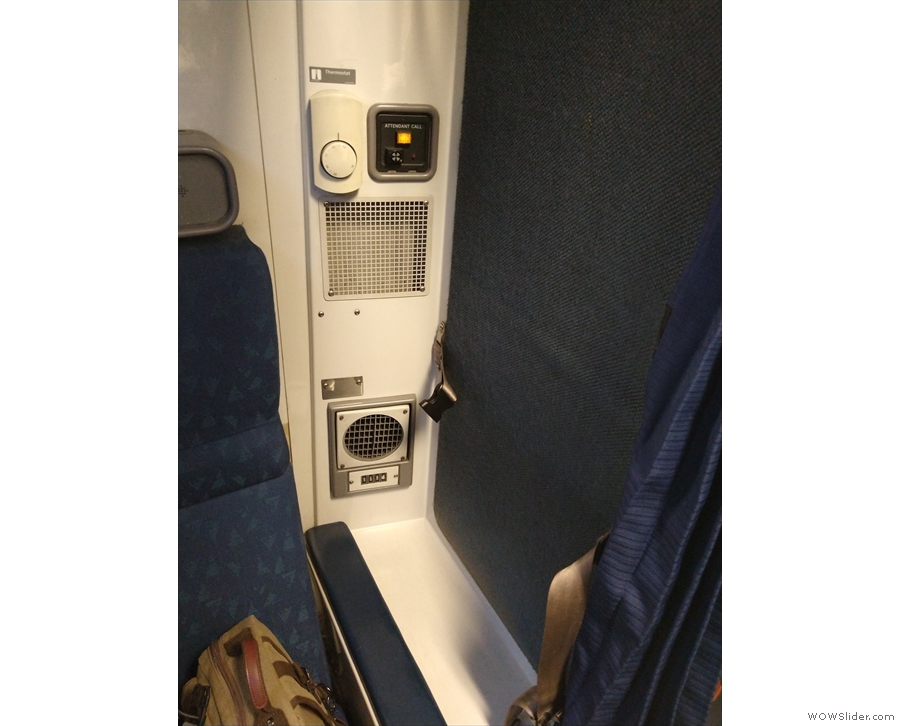
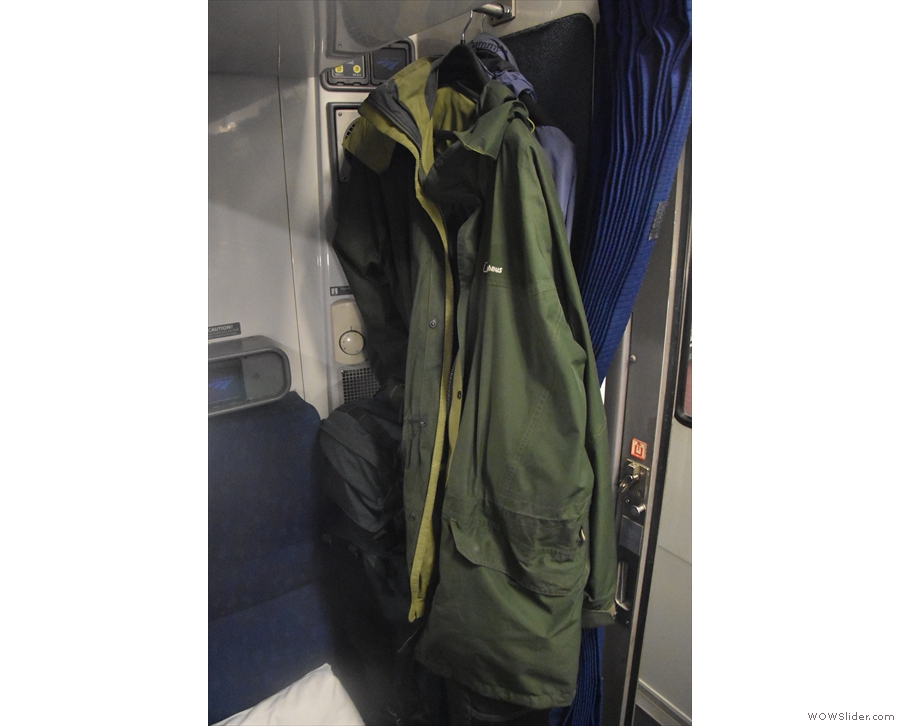
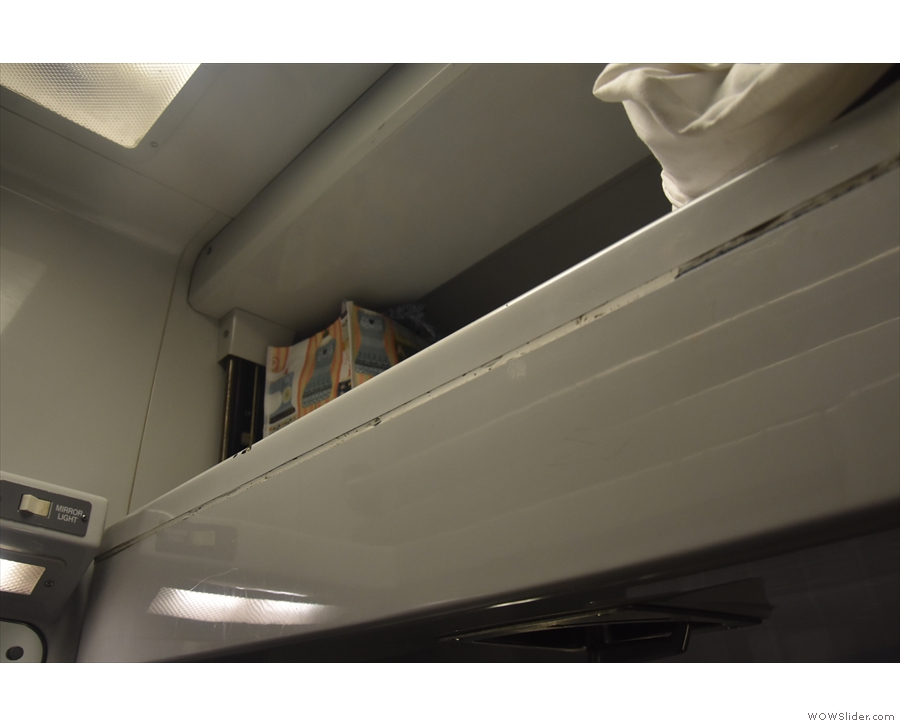
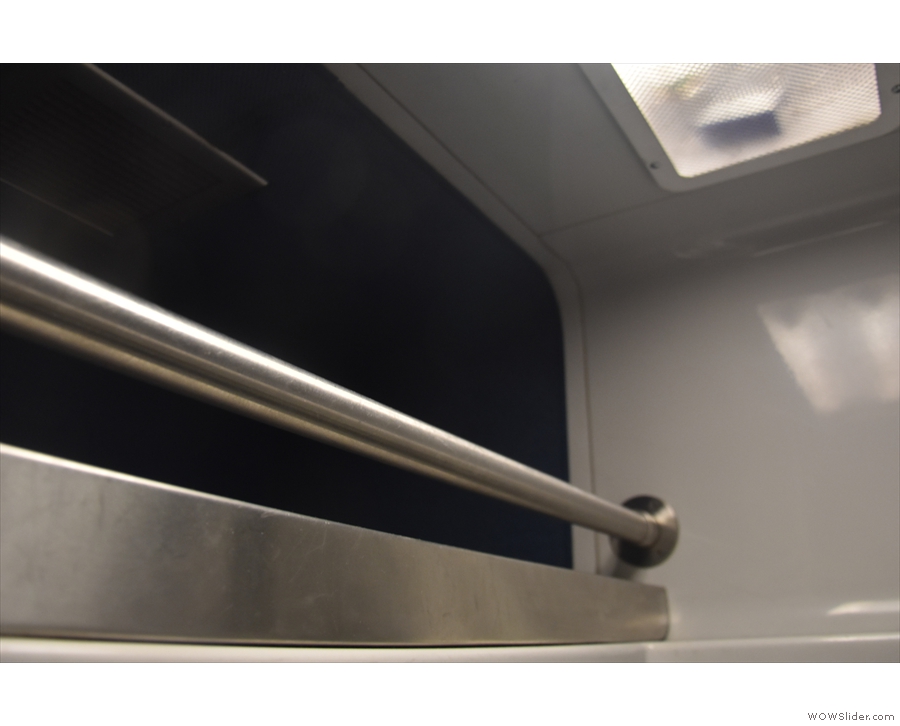
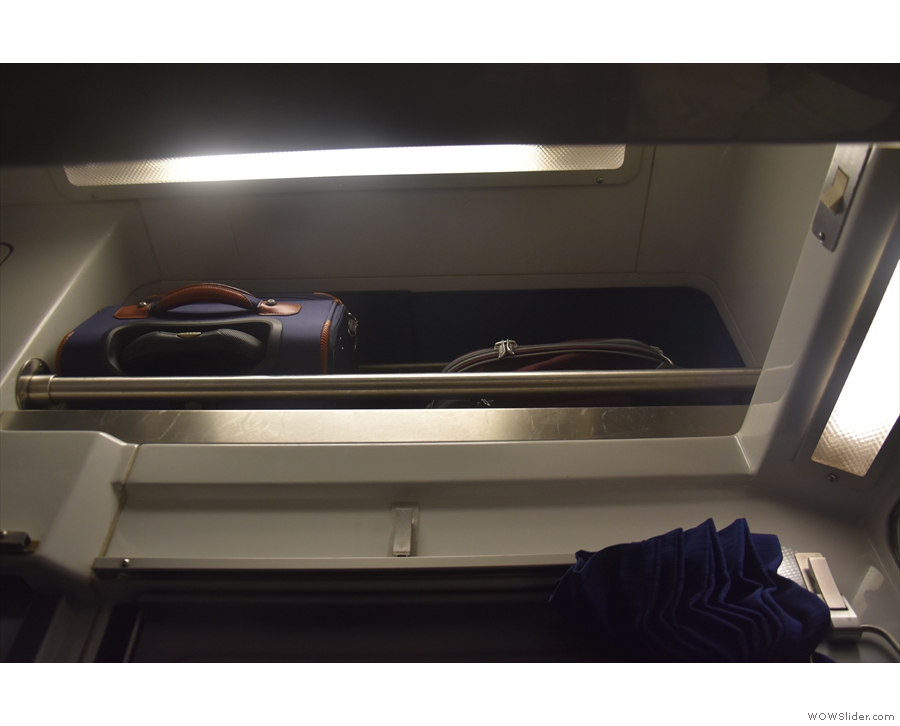
 1
1 2
2 3
3 4
4 5
5 6
6 7
7 8
8 9
9 10
10 11
11 12
12 13
13 14
14 15
15 16
16 17
17 18
18 19
19
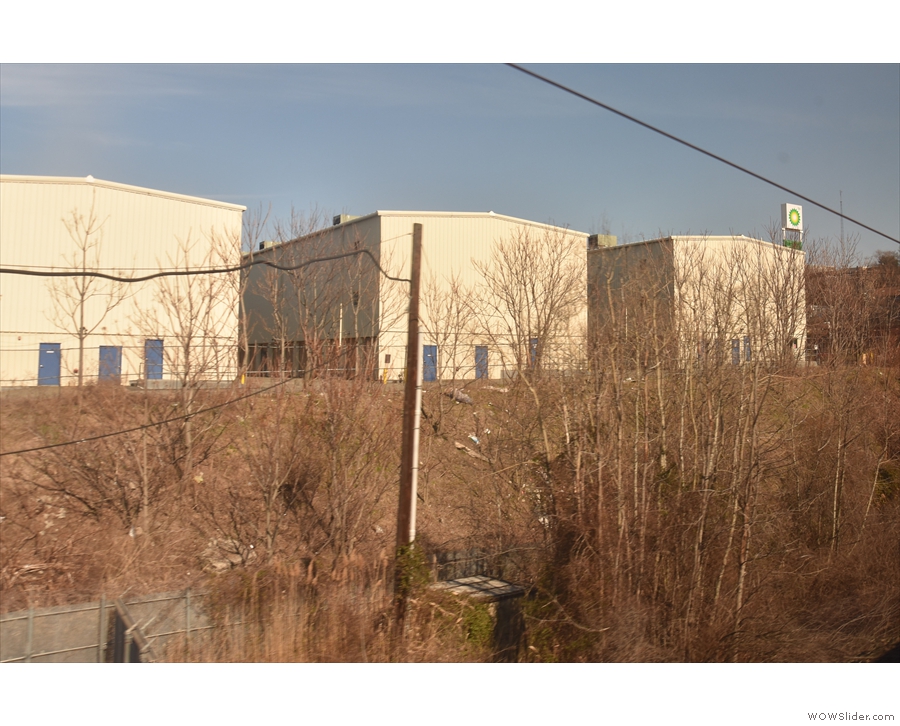
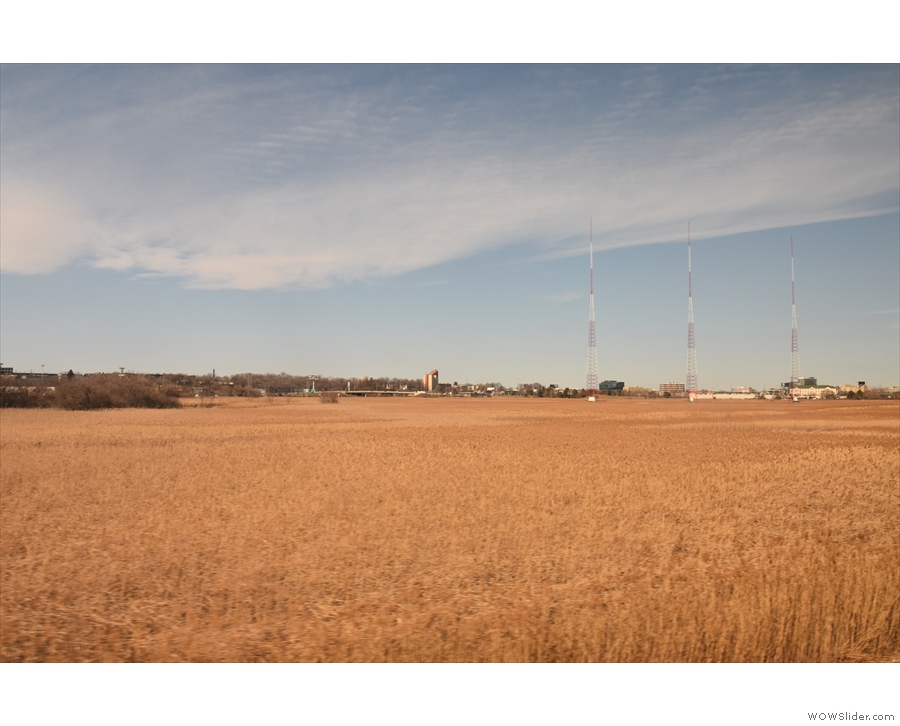
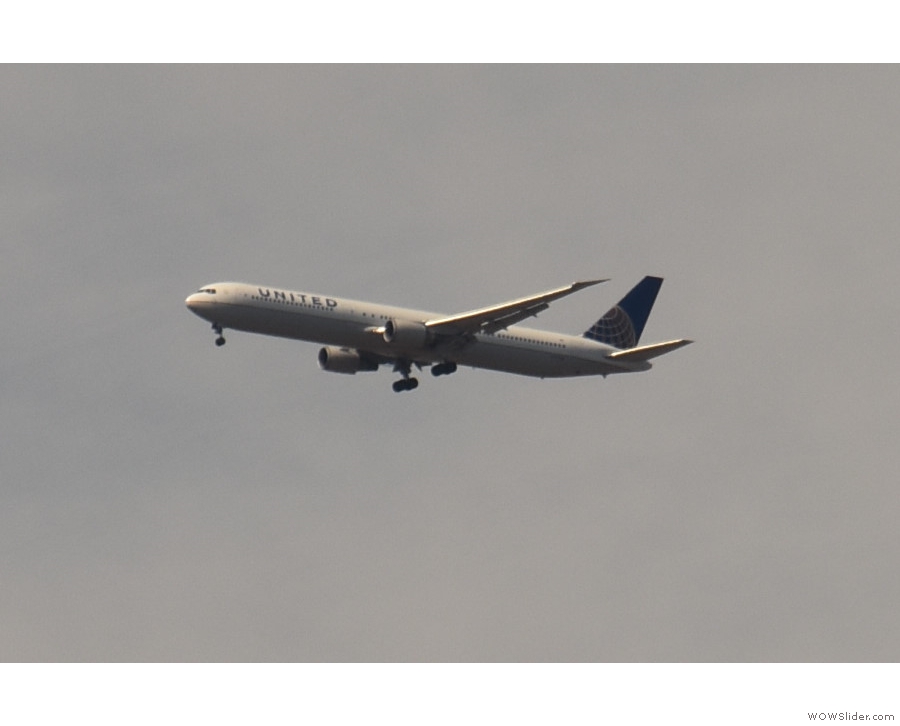
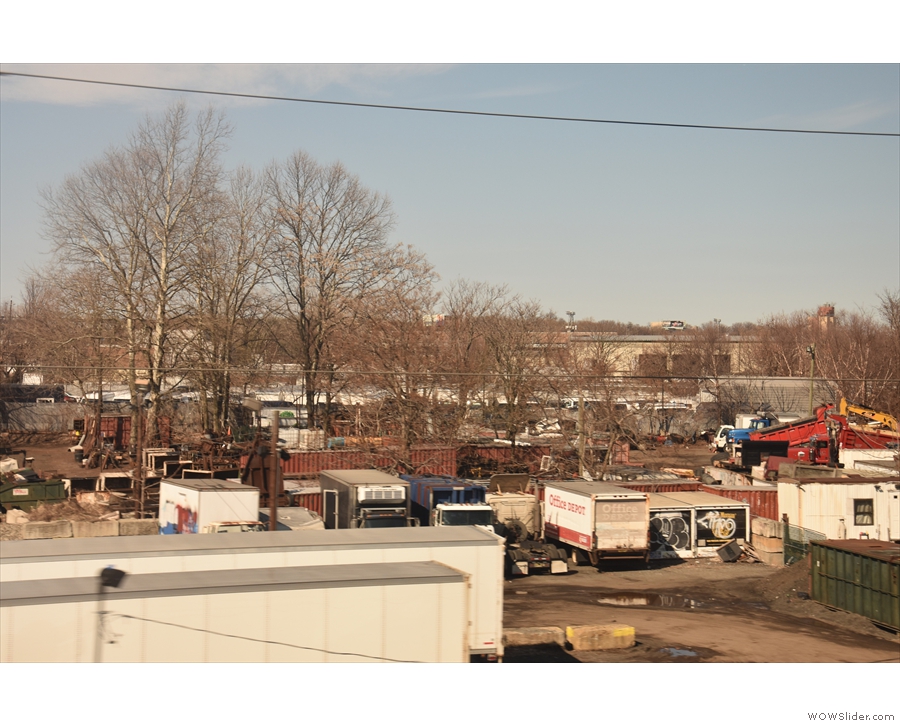
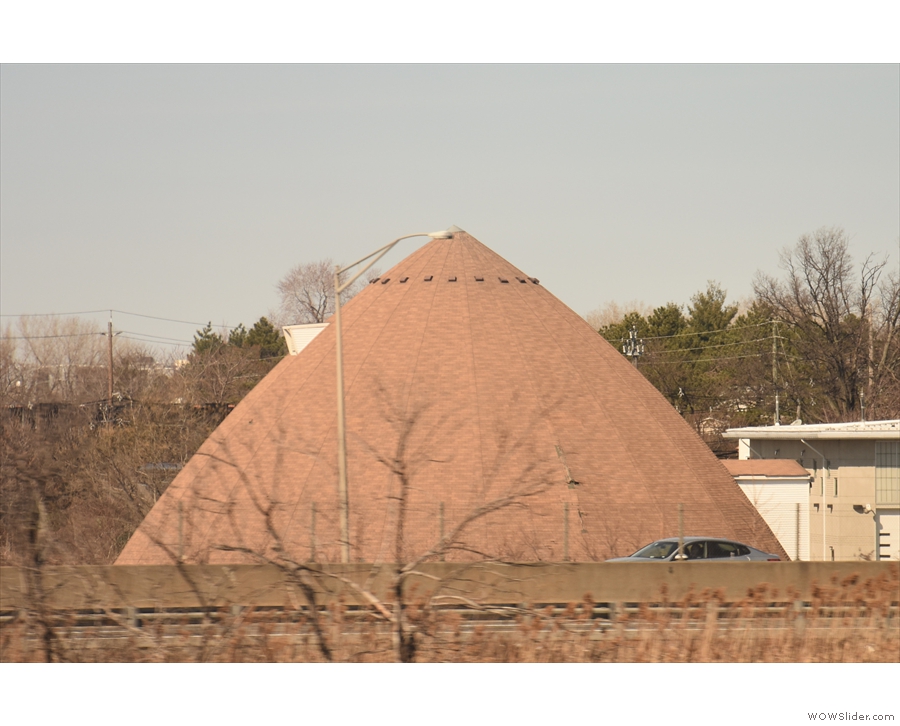
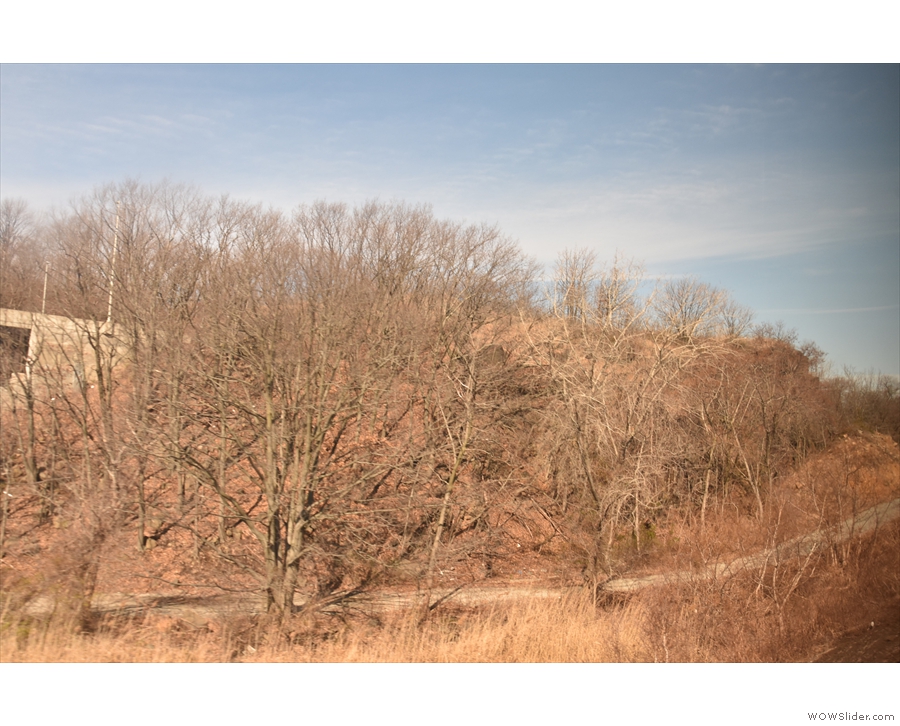
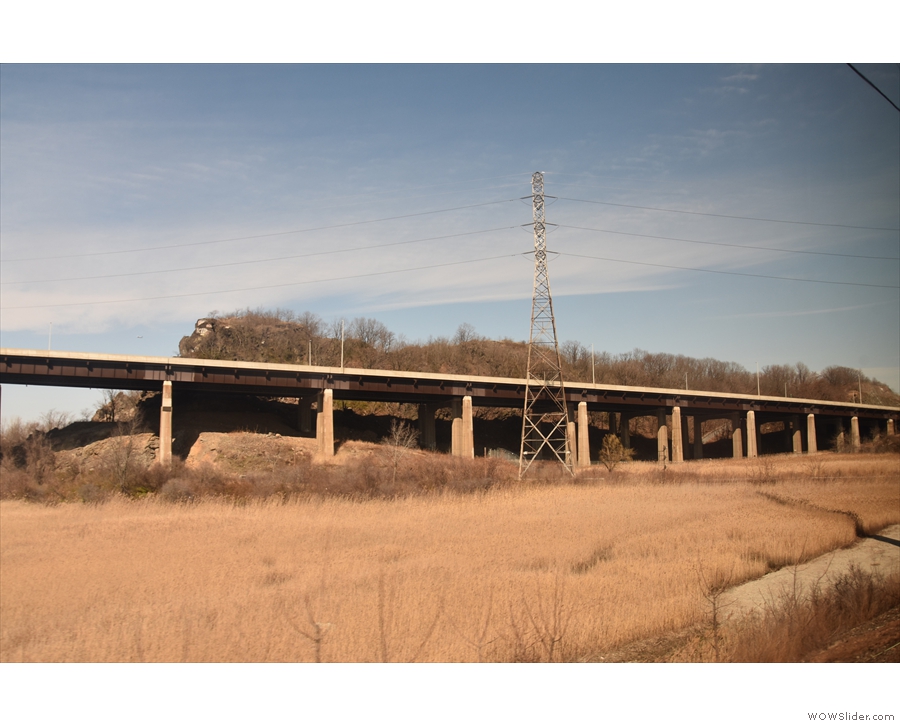
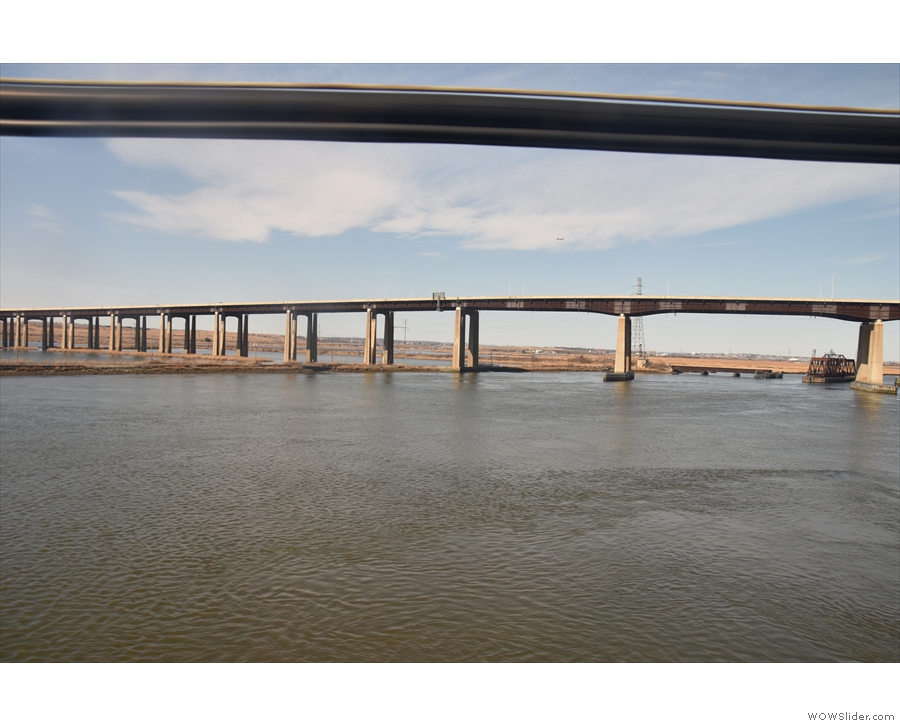
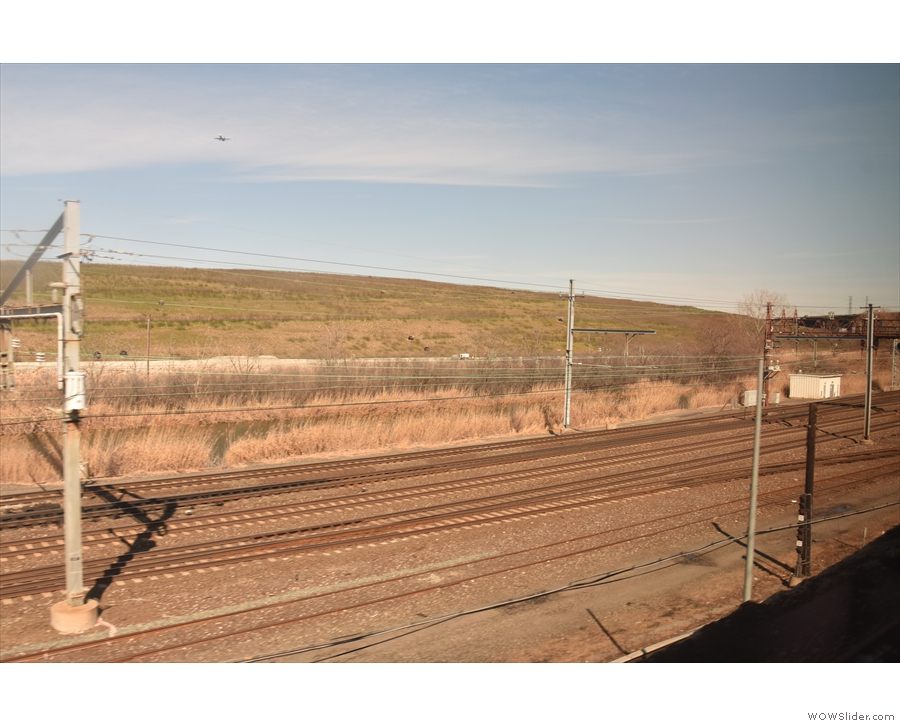
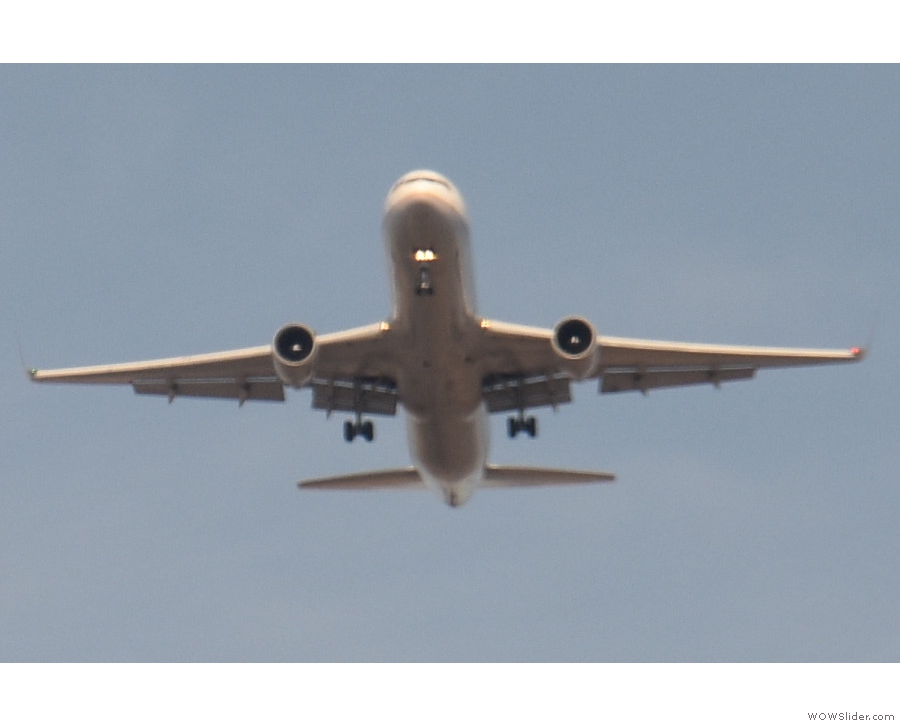
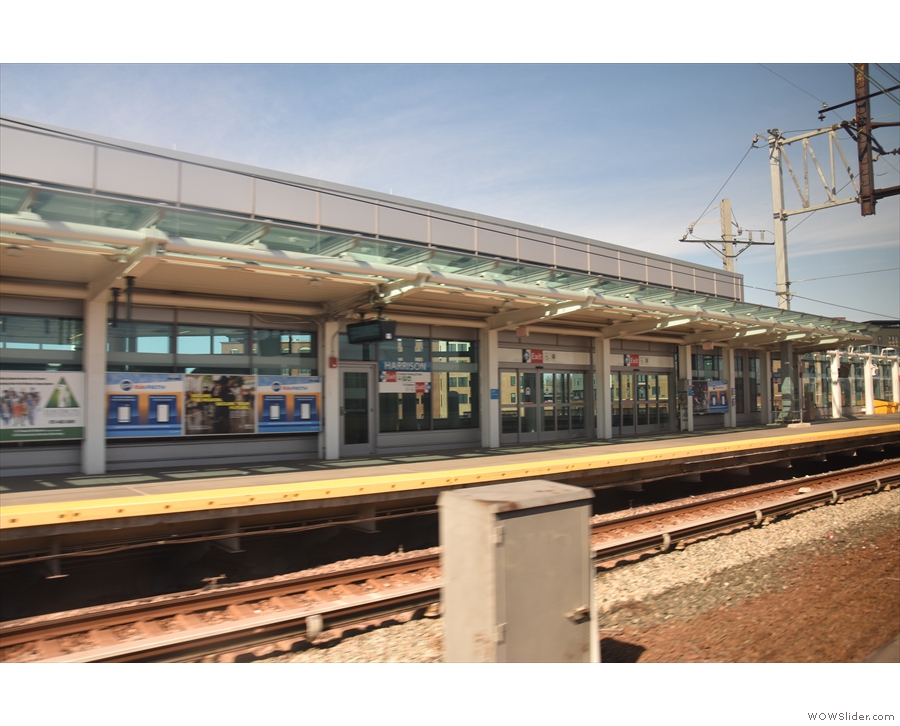
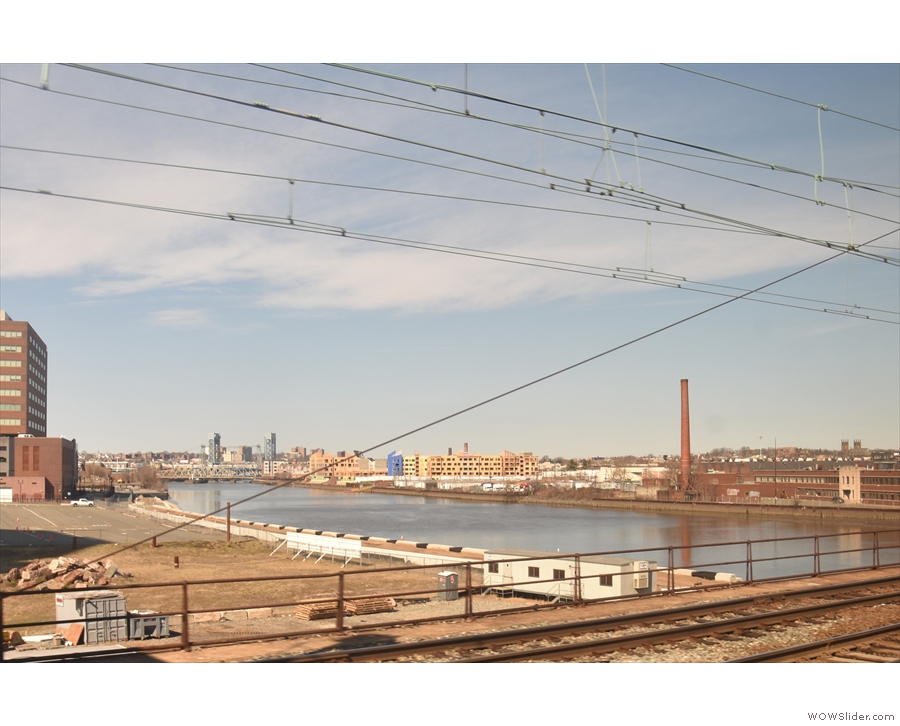
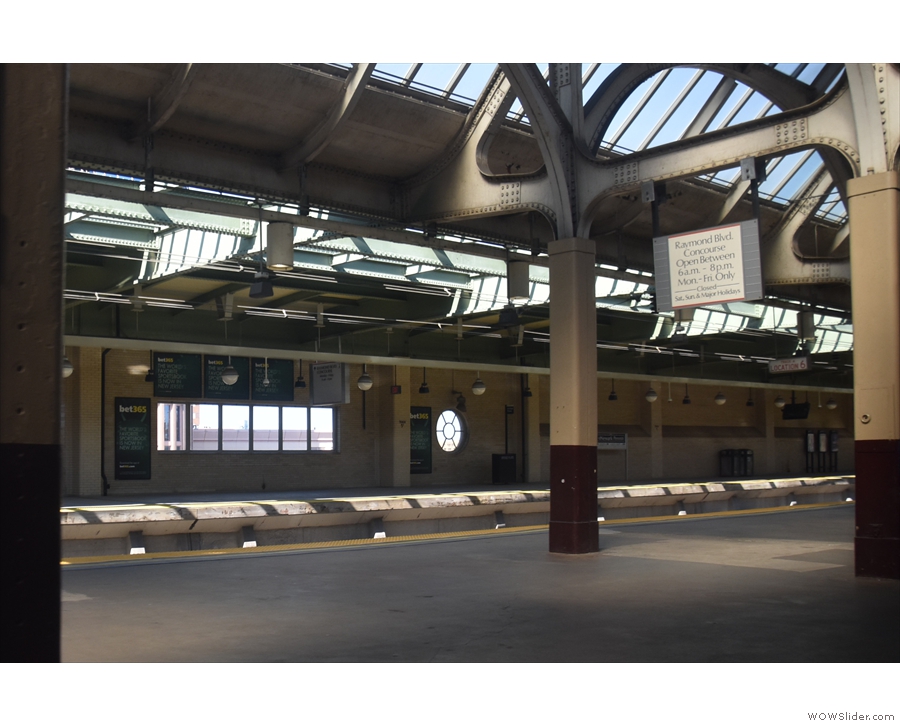
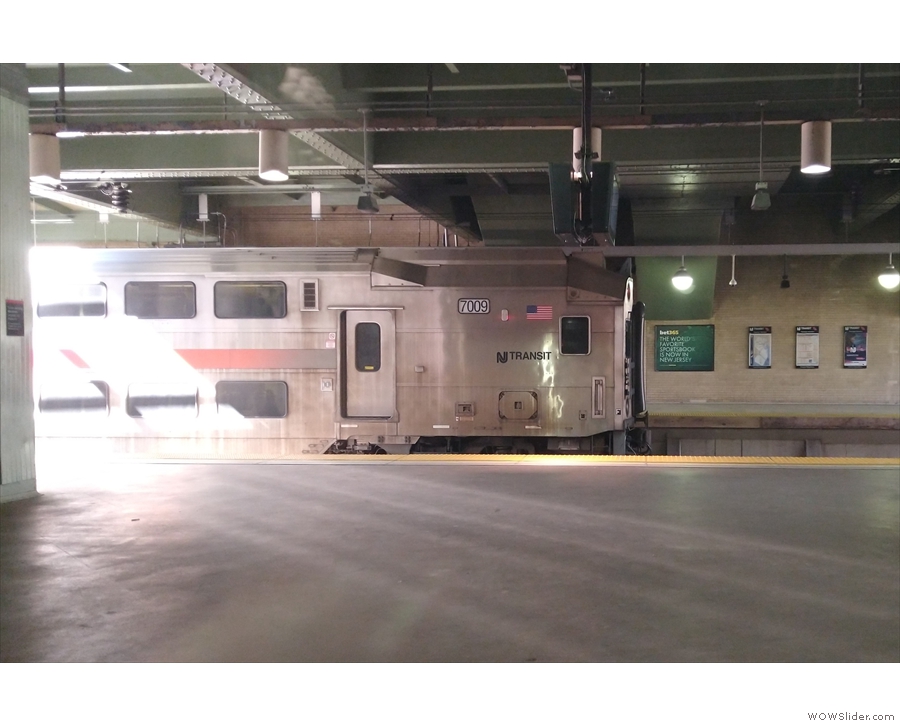
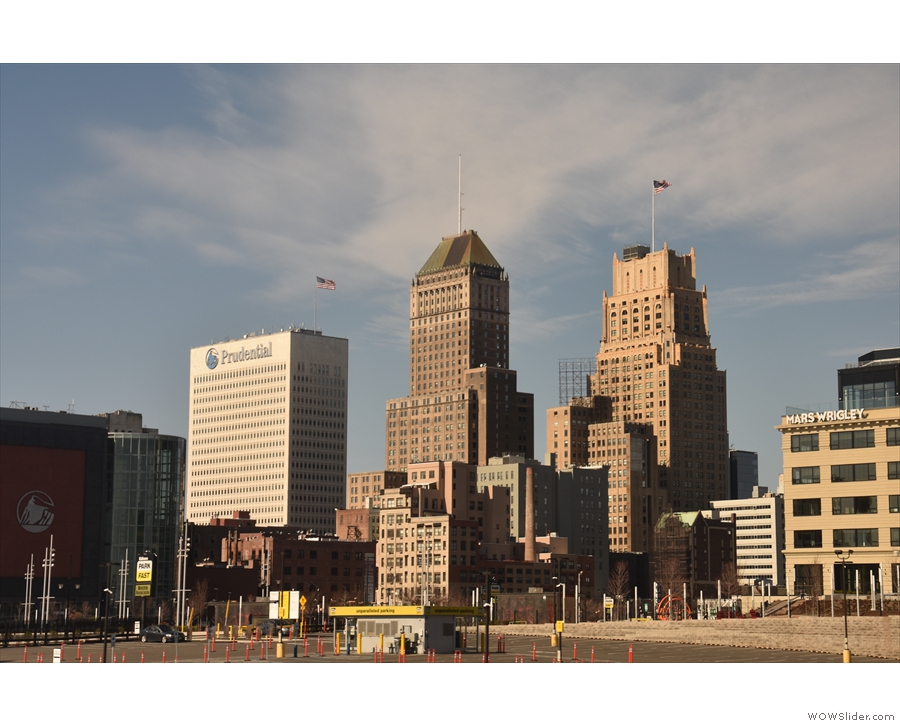
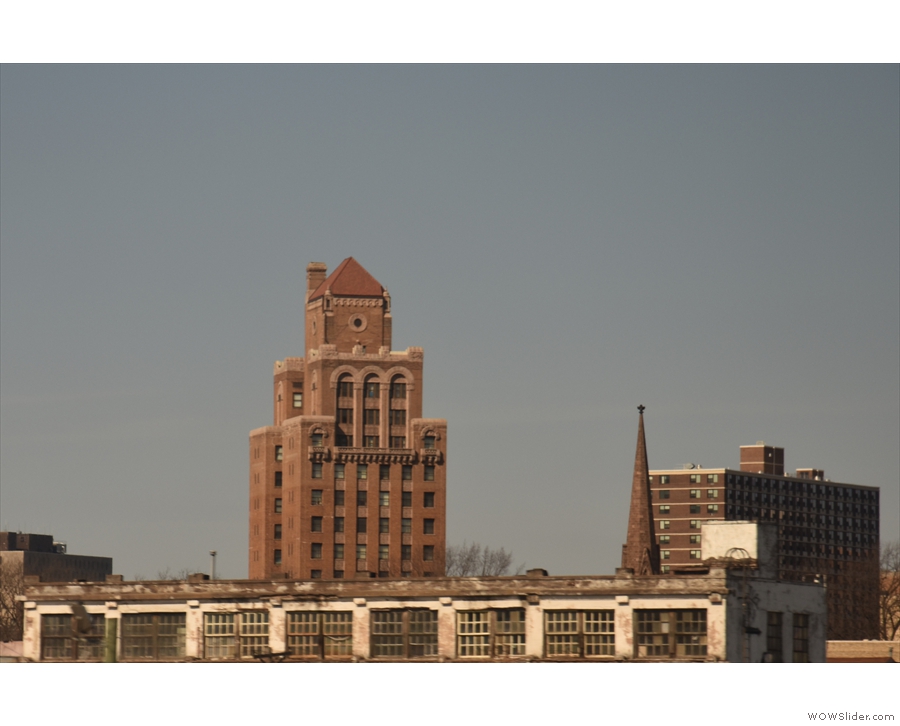
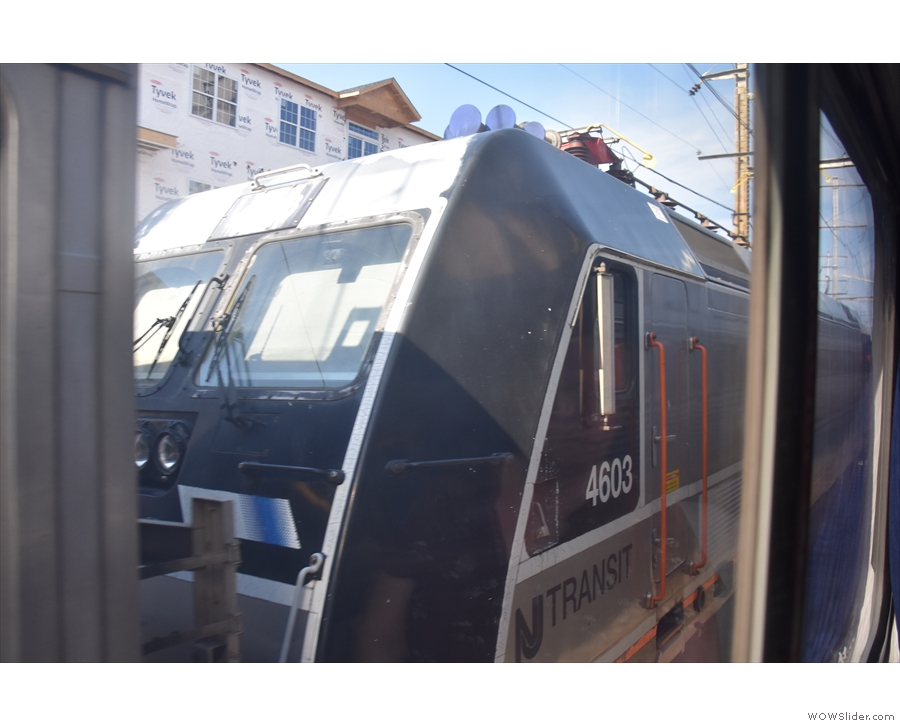
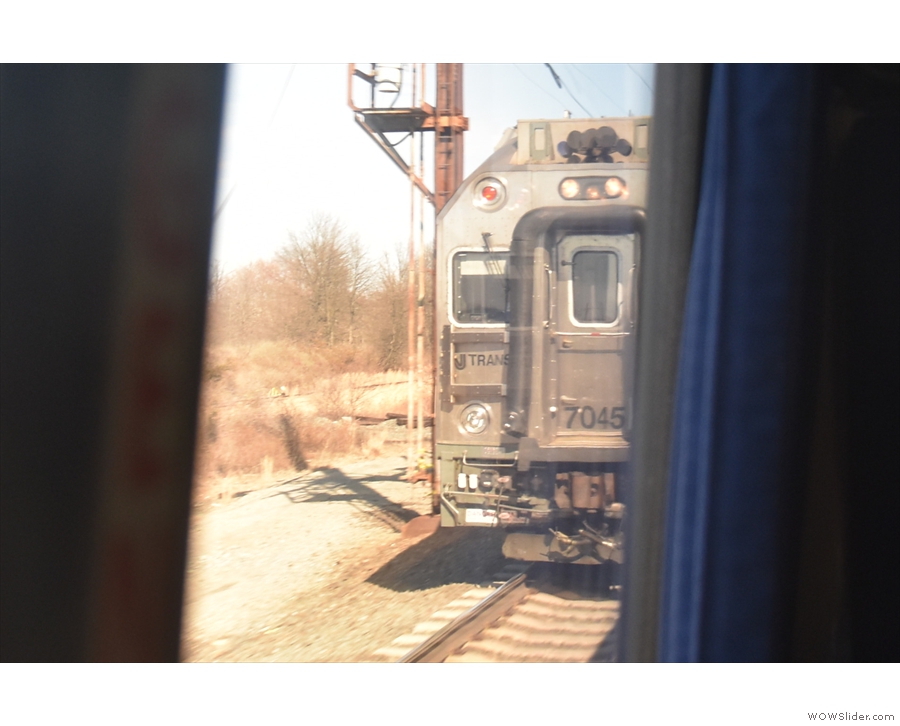
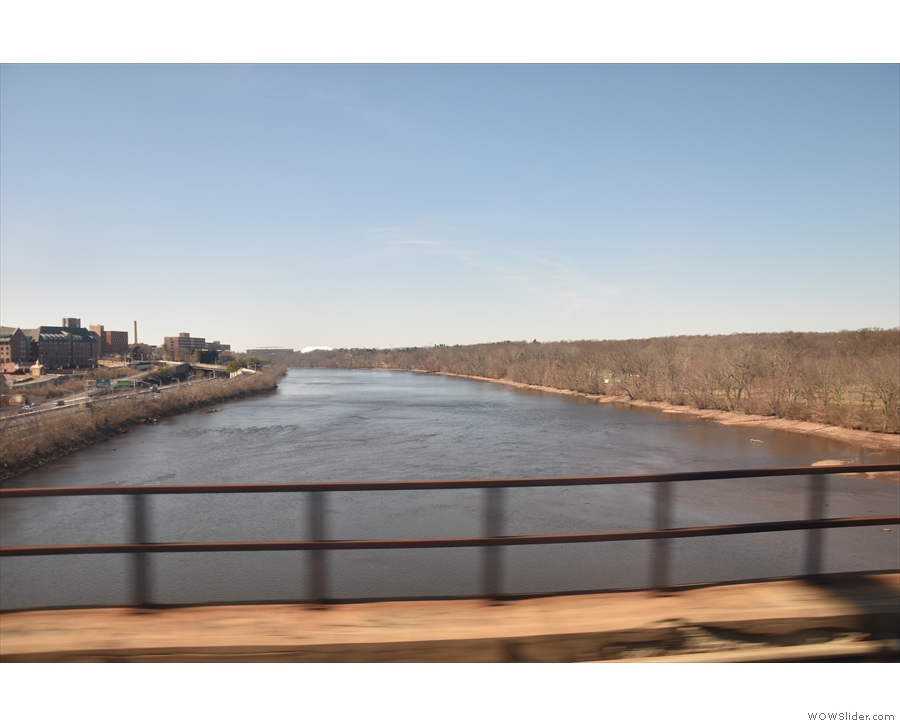
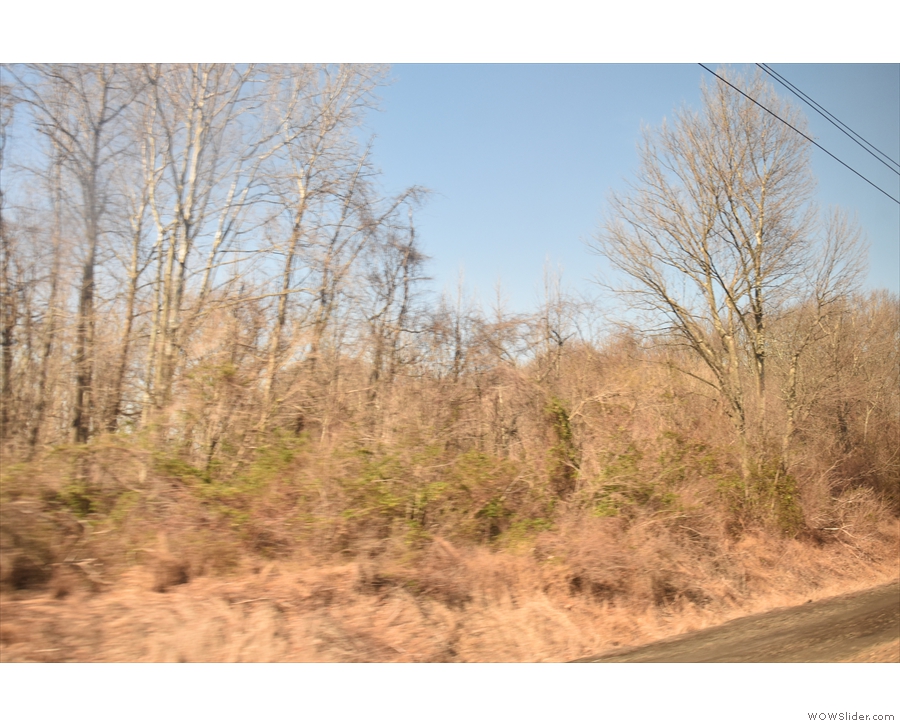
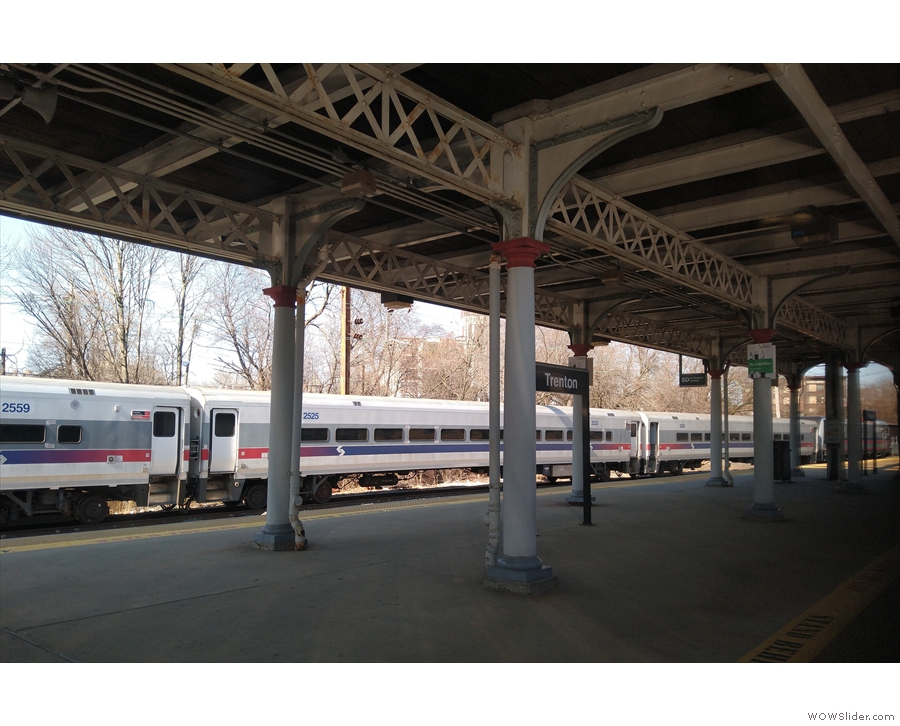
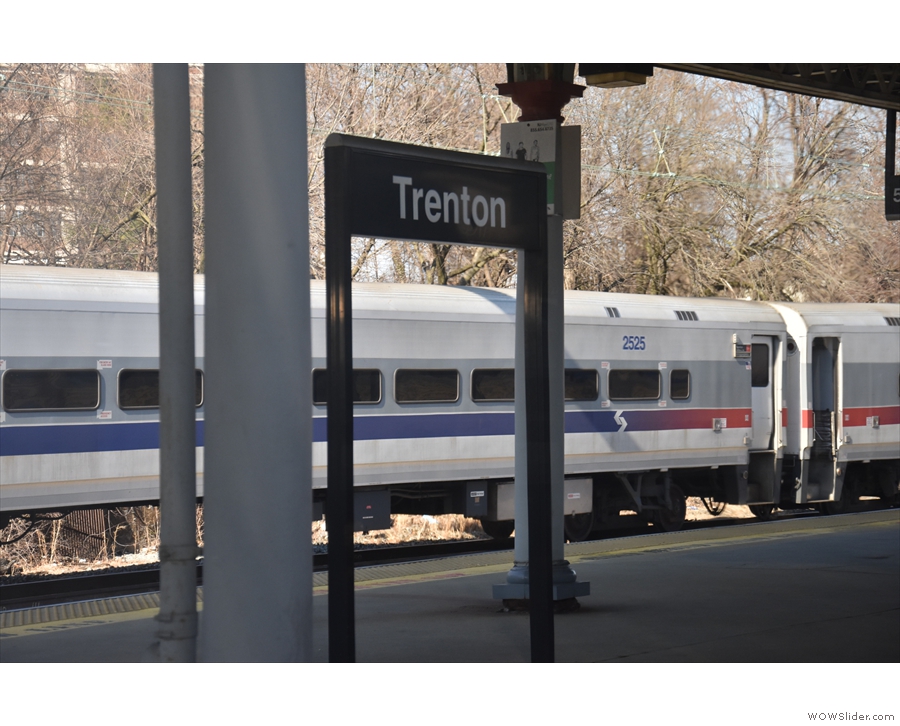
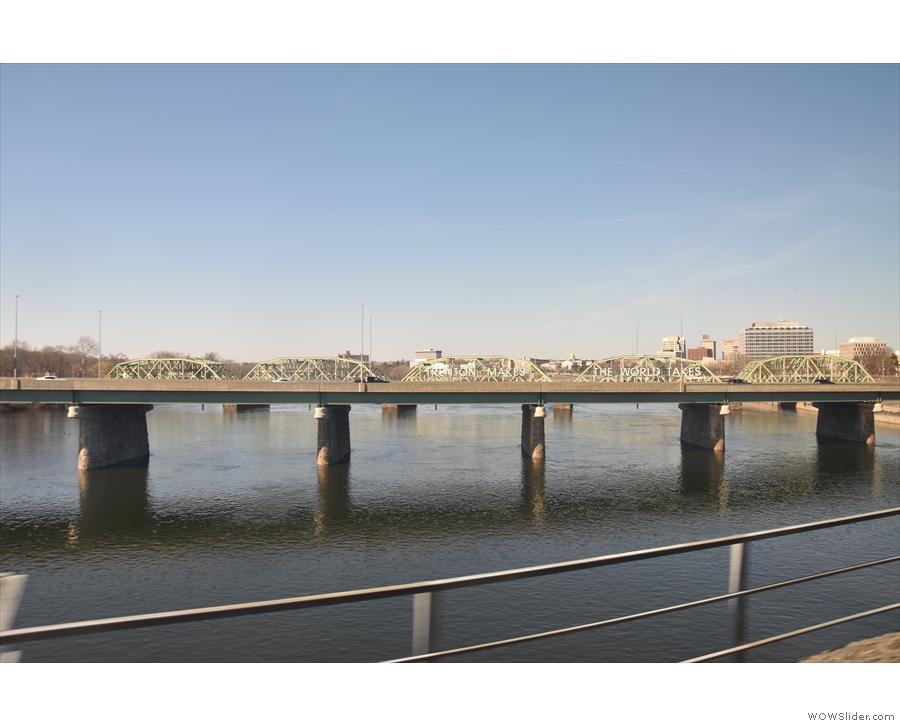
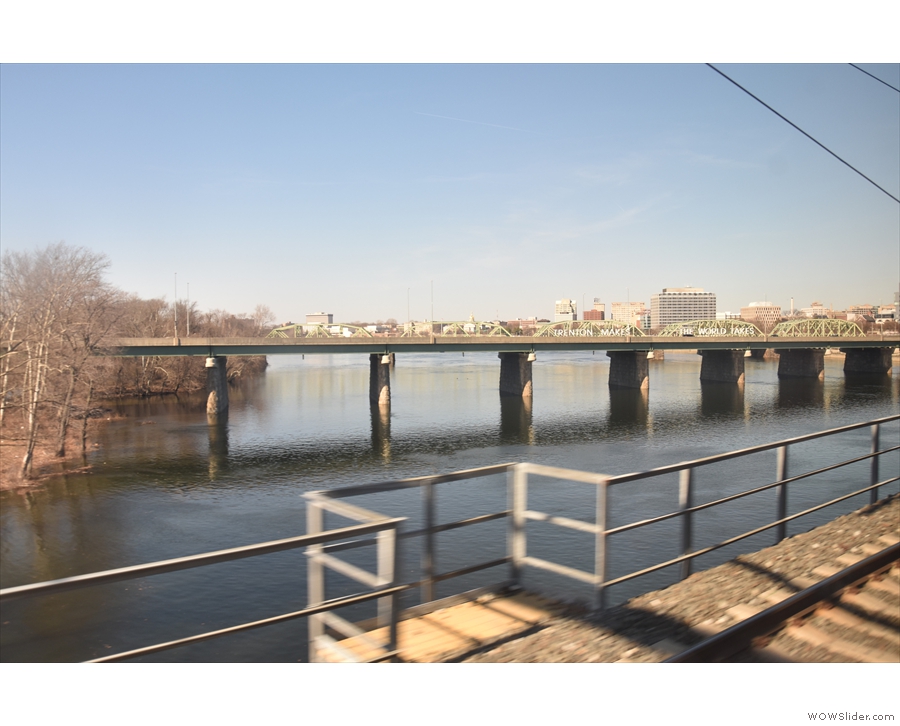
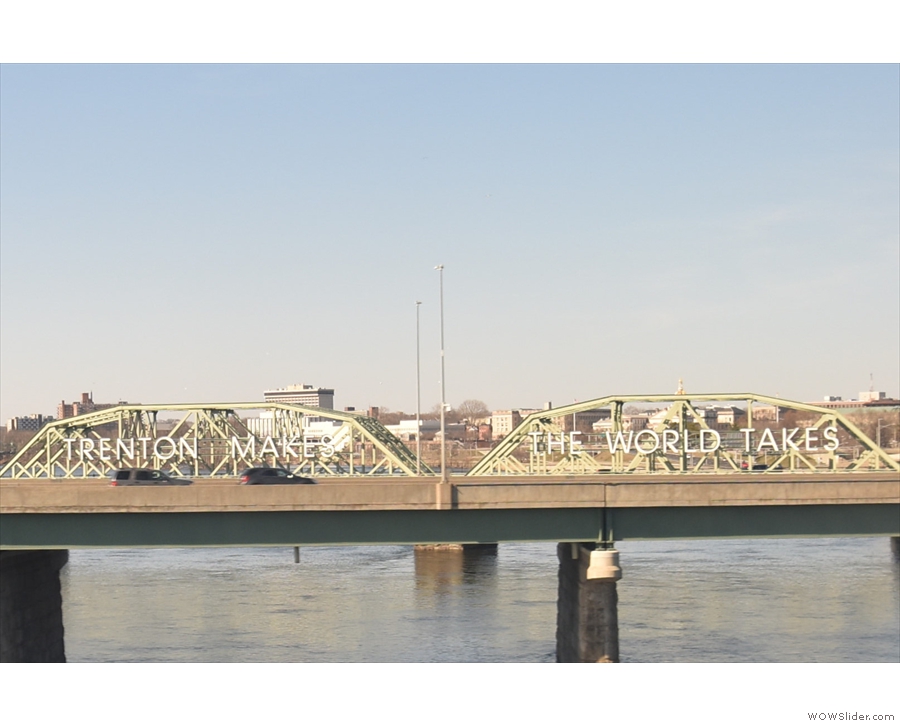
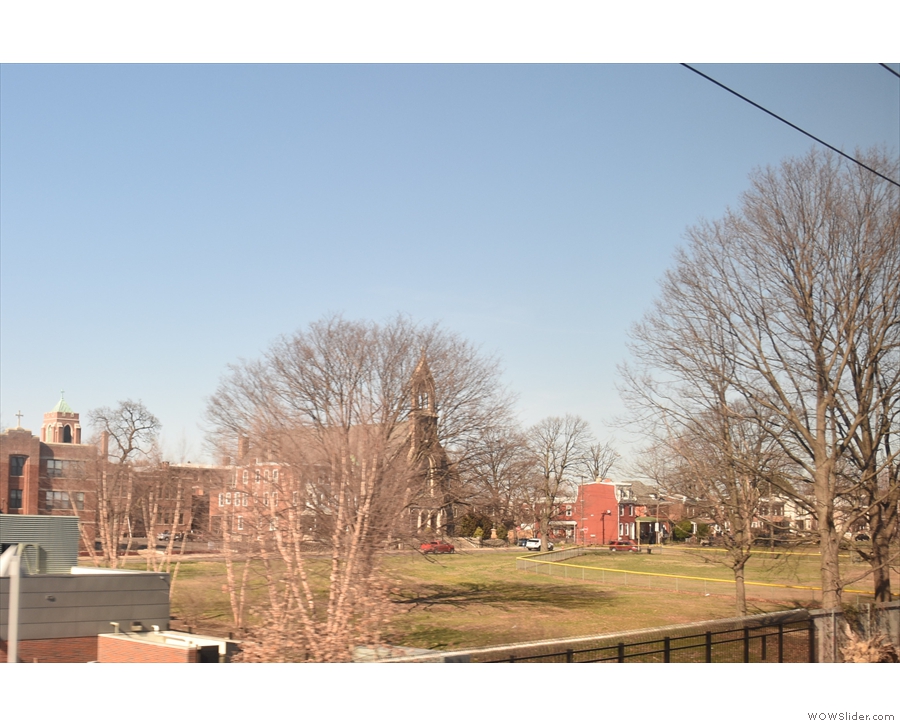
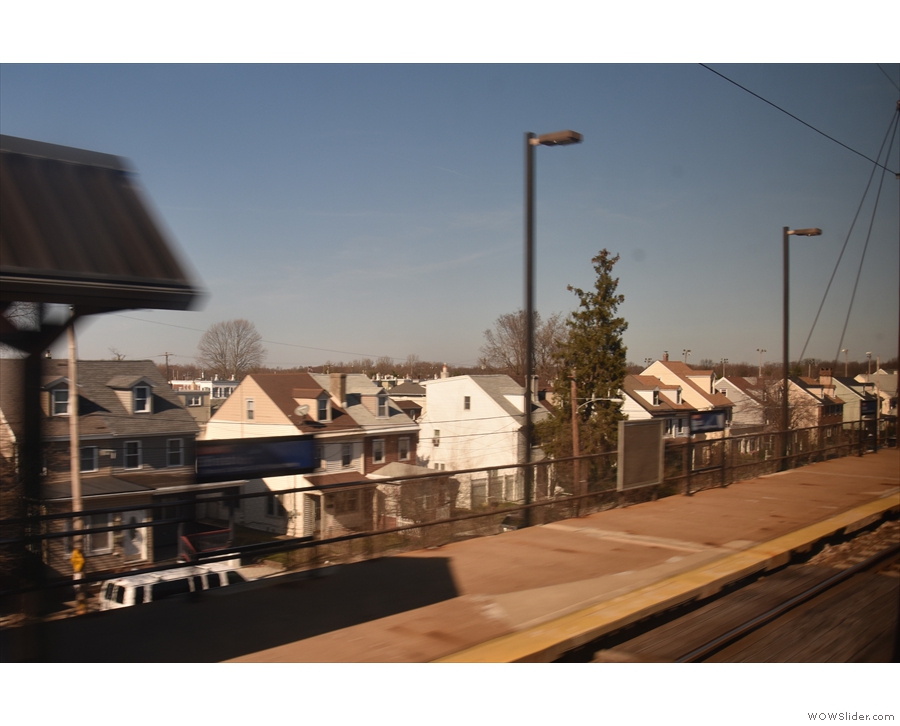
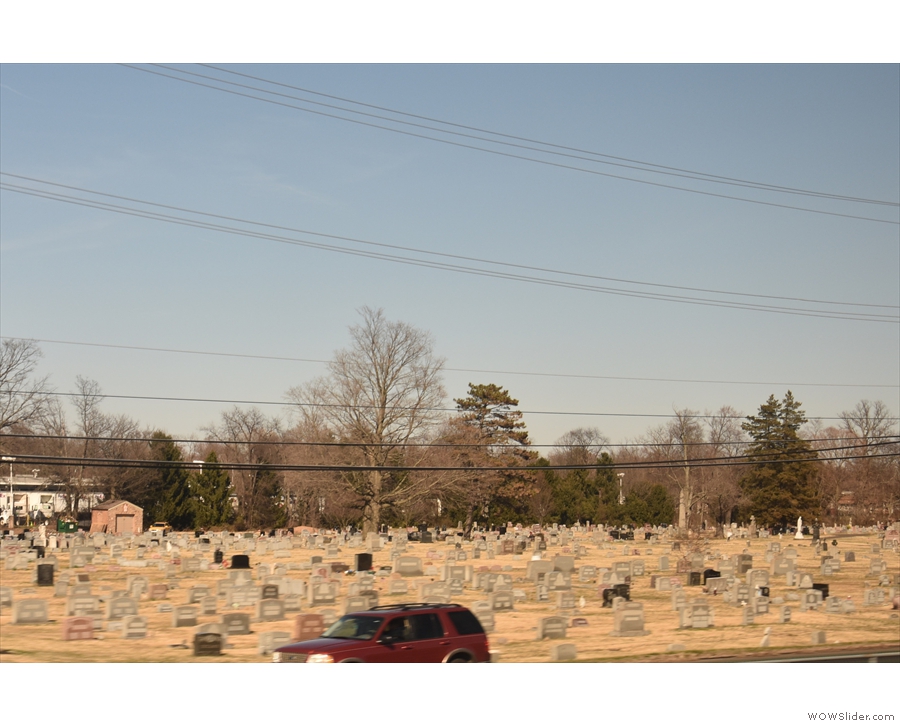
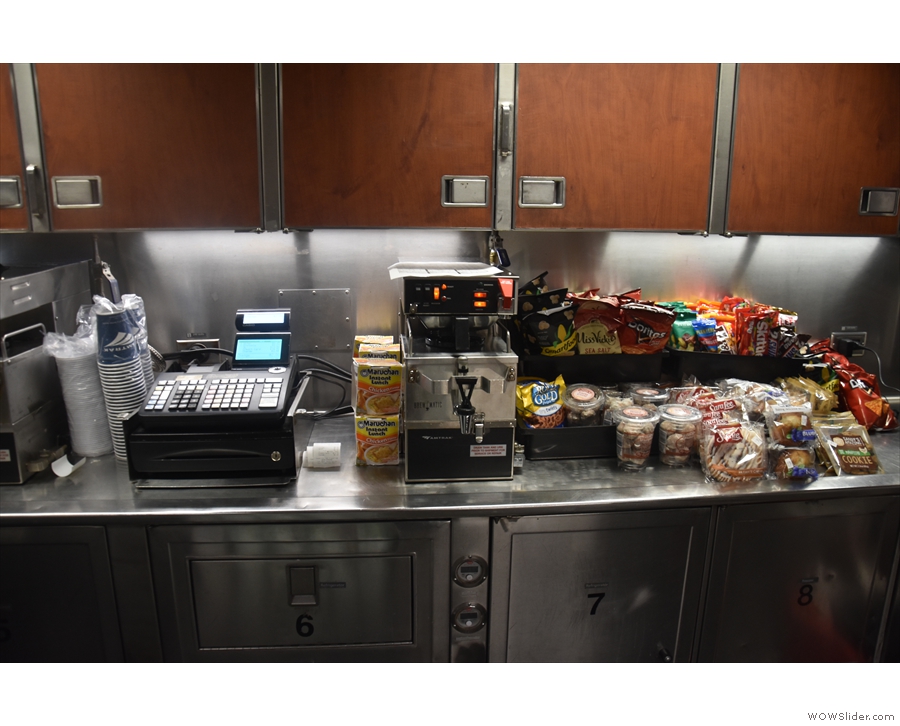
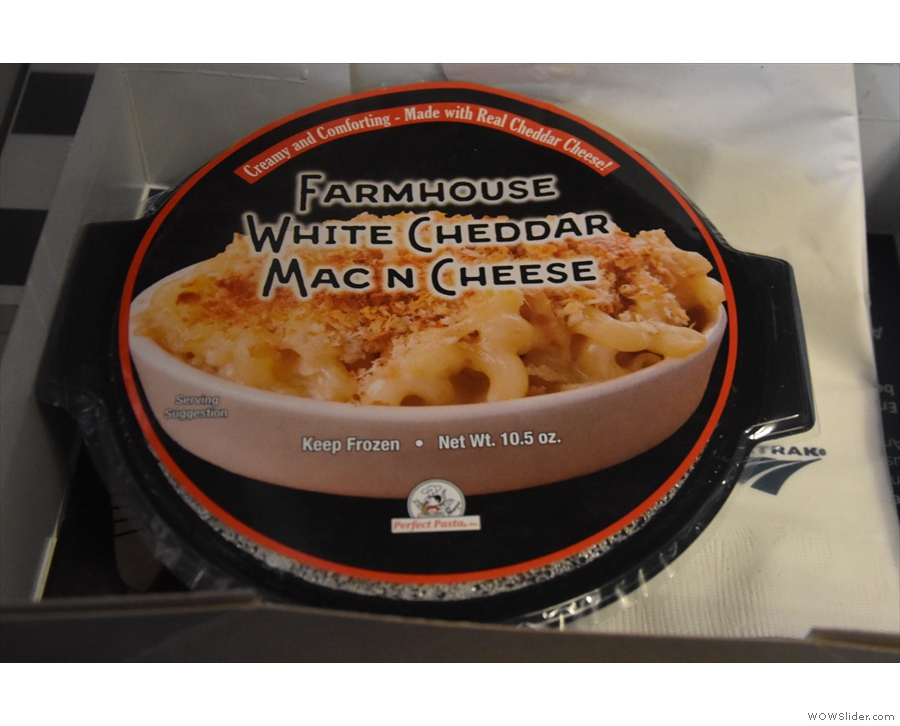
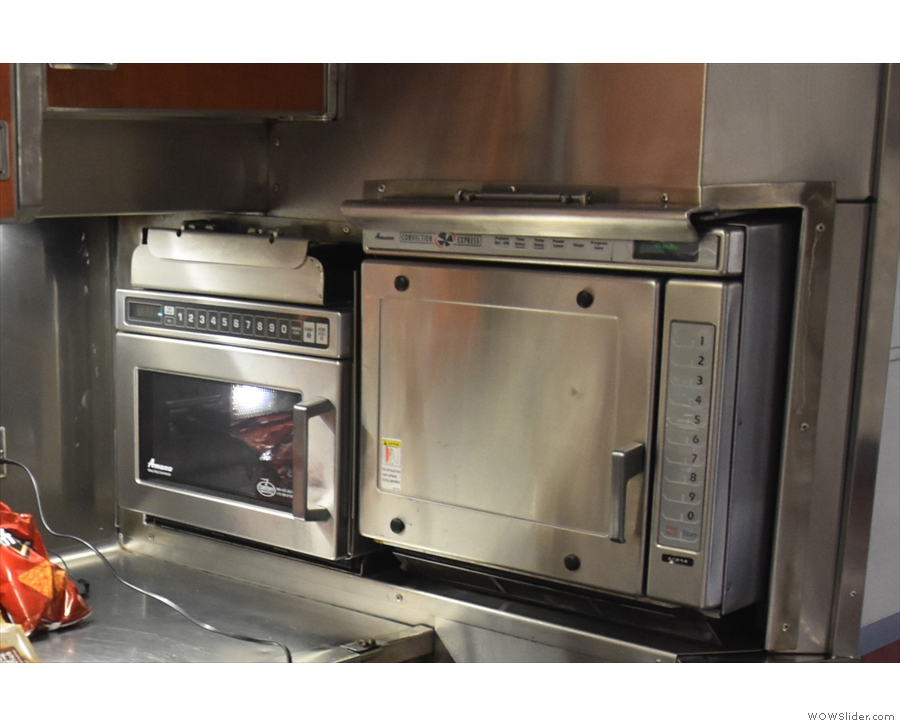


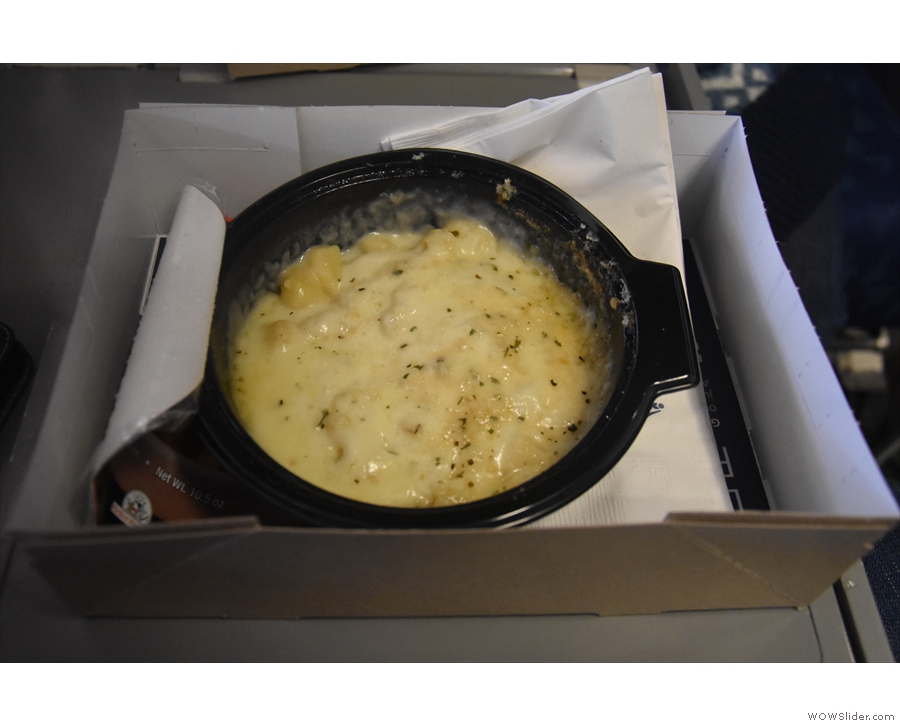
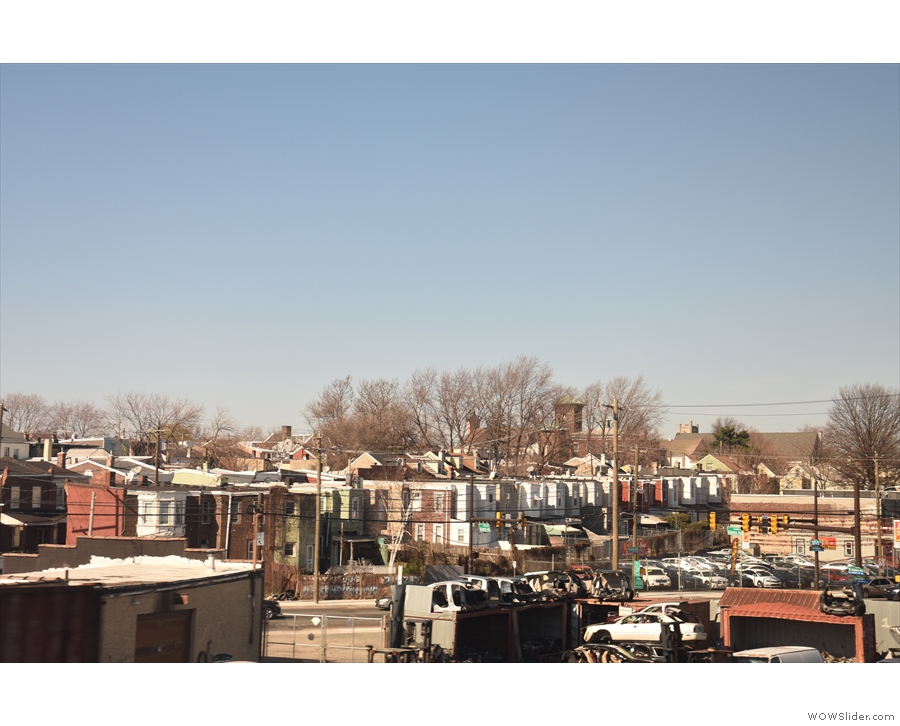
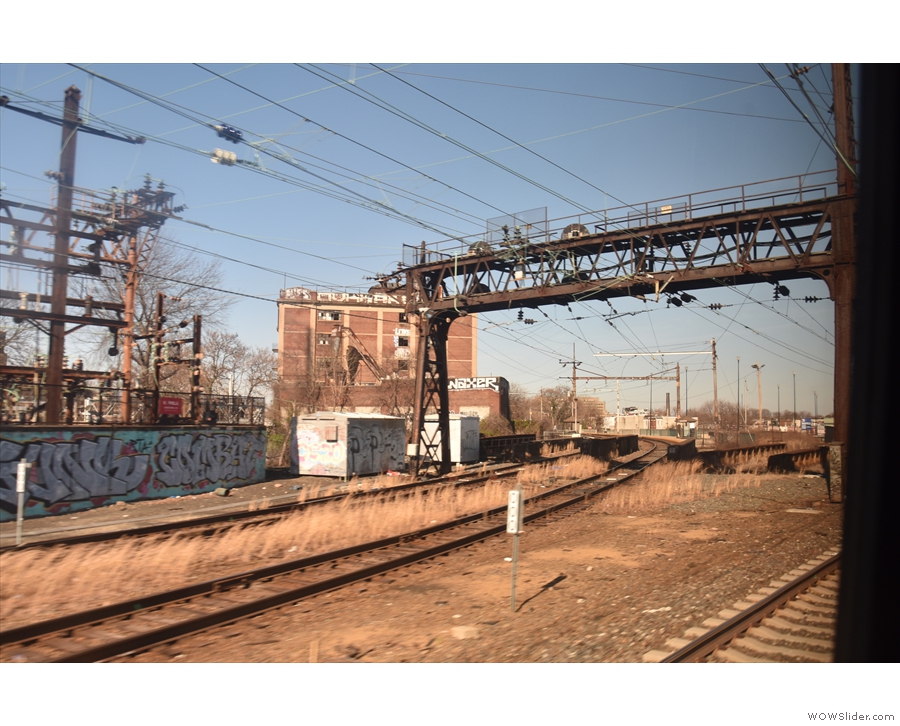
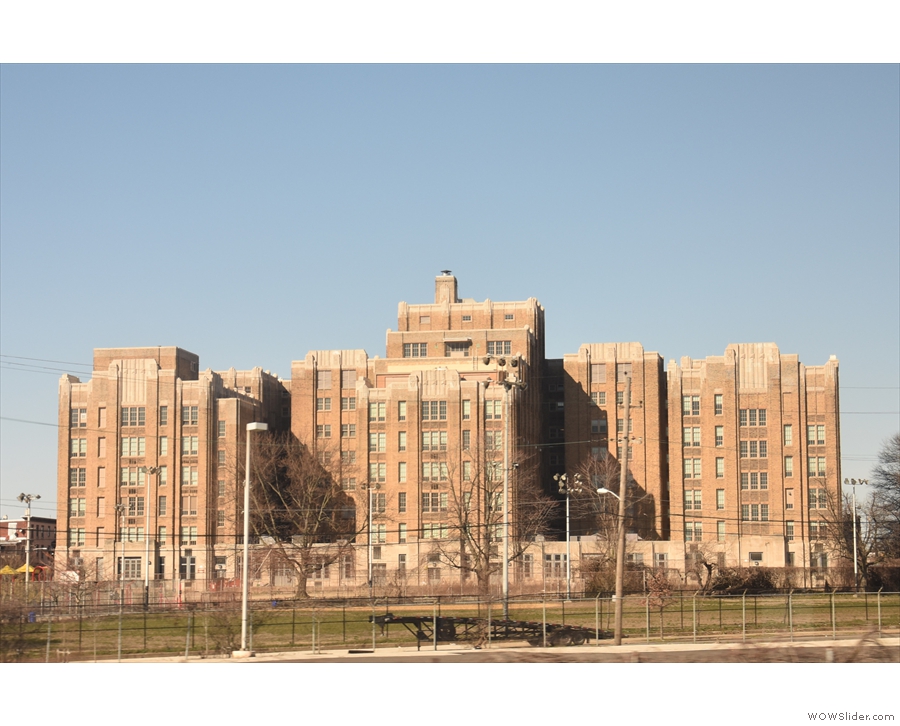
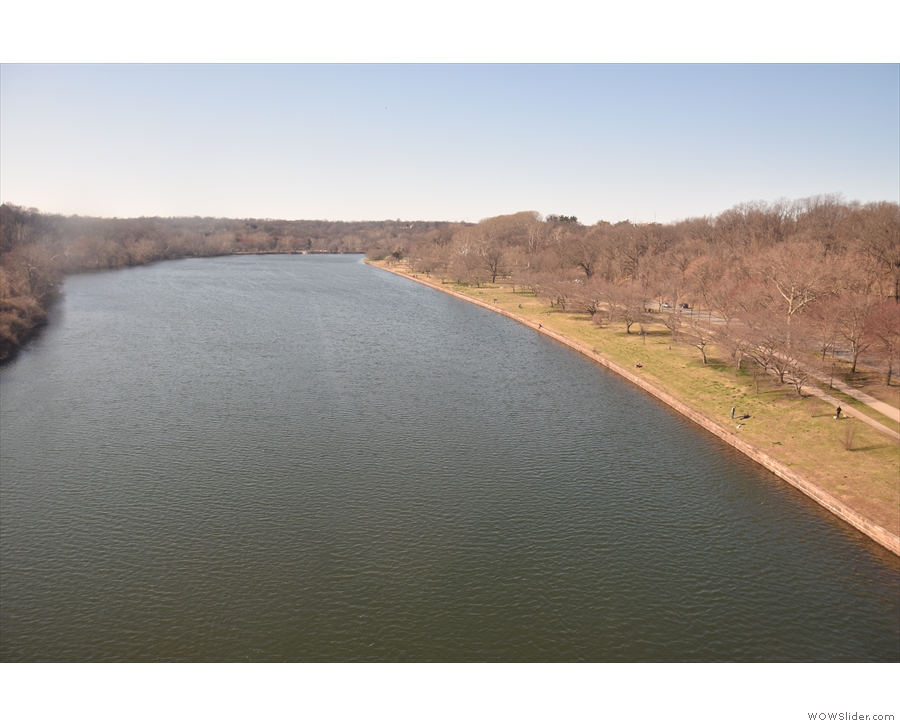
 1
1 2
2 3
3 4
4 5
5 6
6 7
7 8
8 9
9 10
10 11
11 12
12 13
13 14
14 15
15 16
16 17
17 18
18 19
19 20
20 21
21 22
22 23
23 24
24 25
25 26
26 27
27 28
28 29
29 30
30 31
31 32
32 33
33 34
34 35
35 36
36 37
37 38
38 39
39
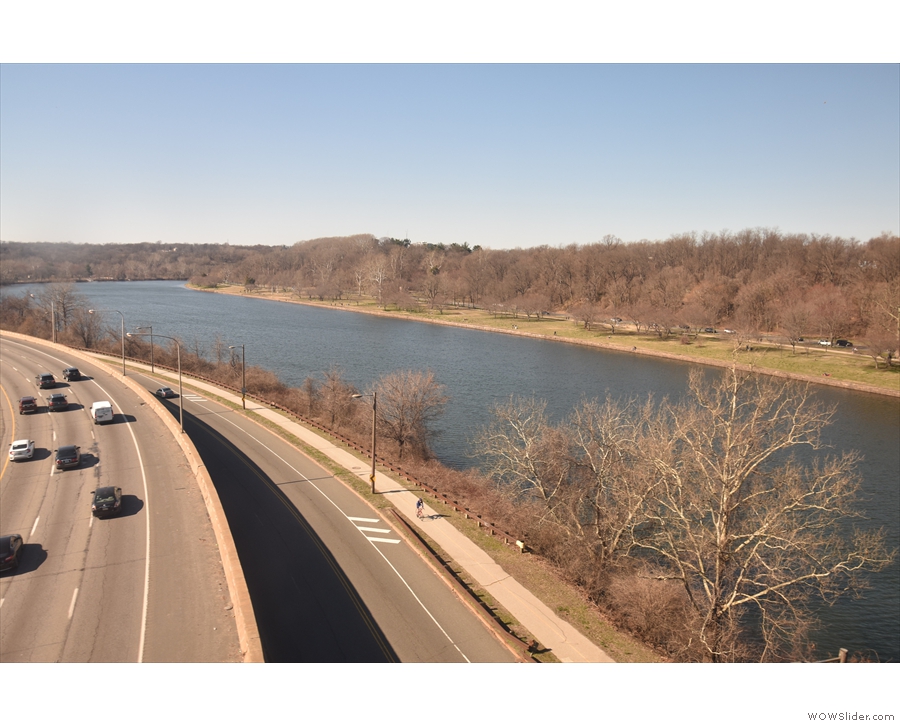
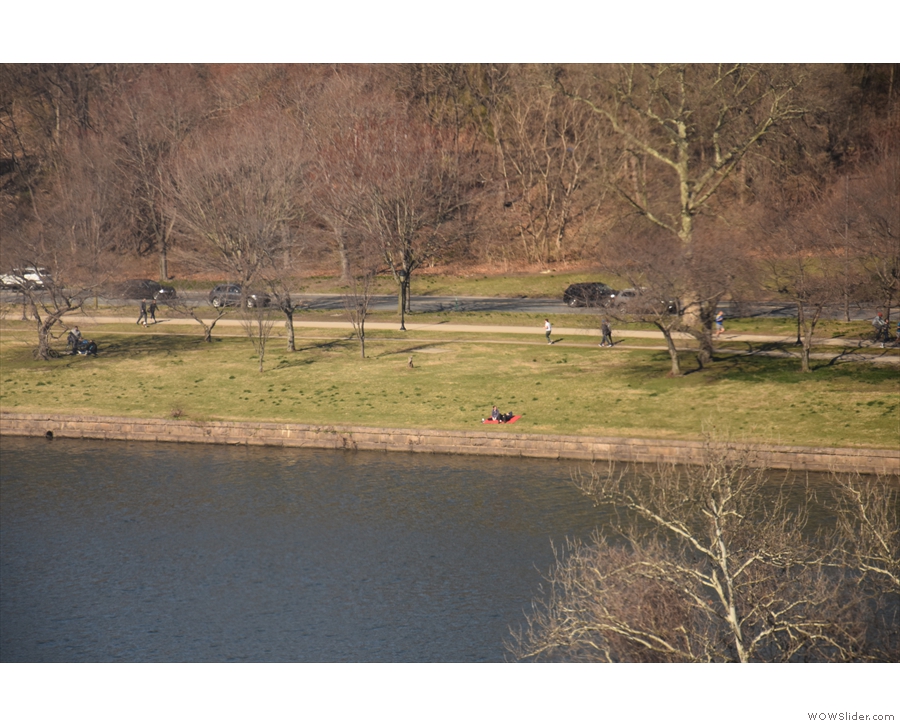
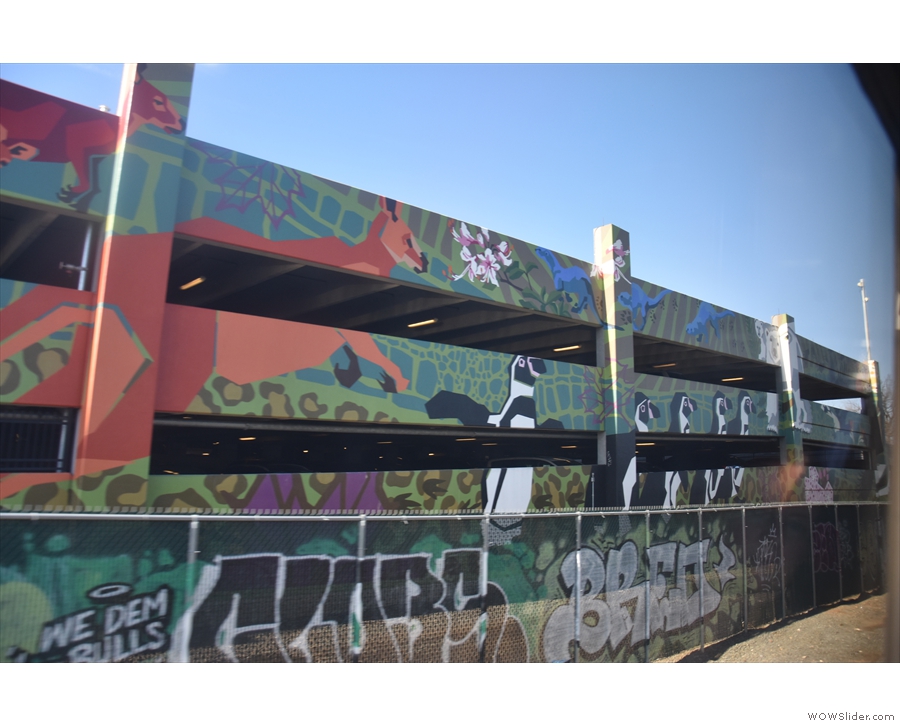
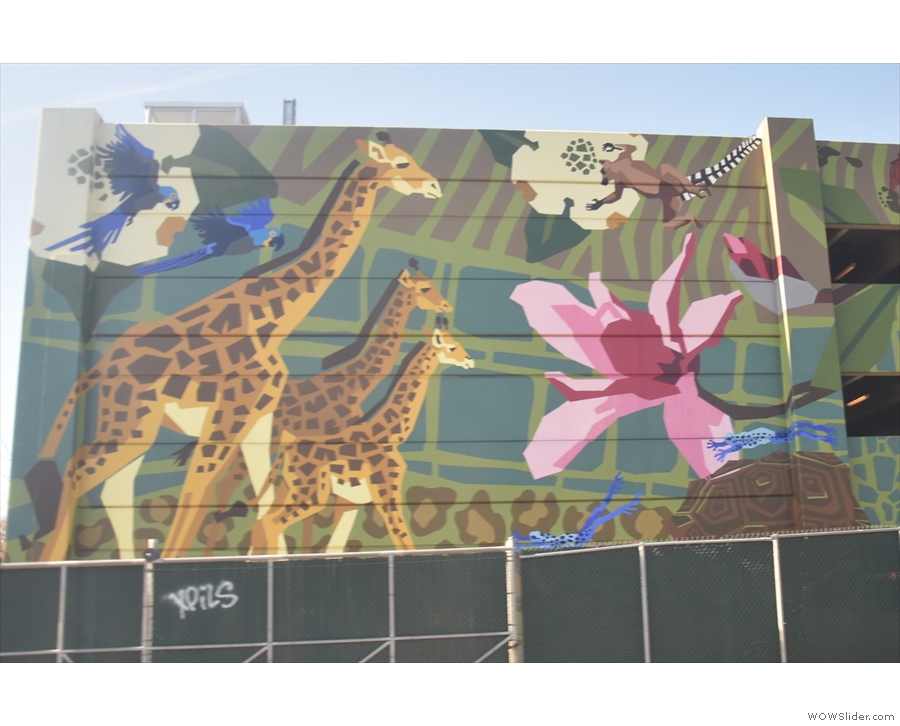
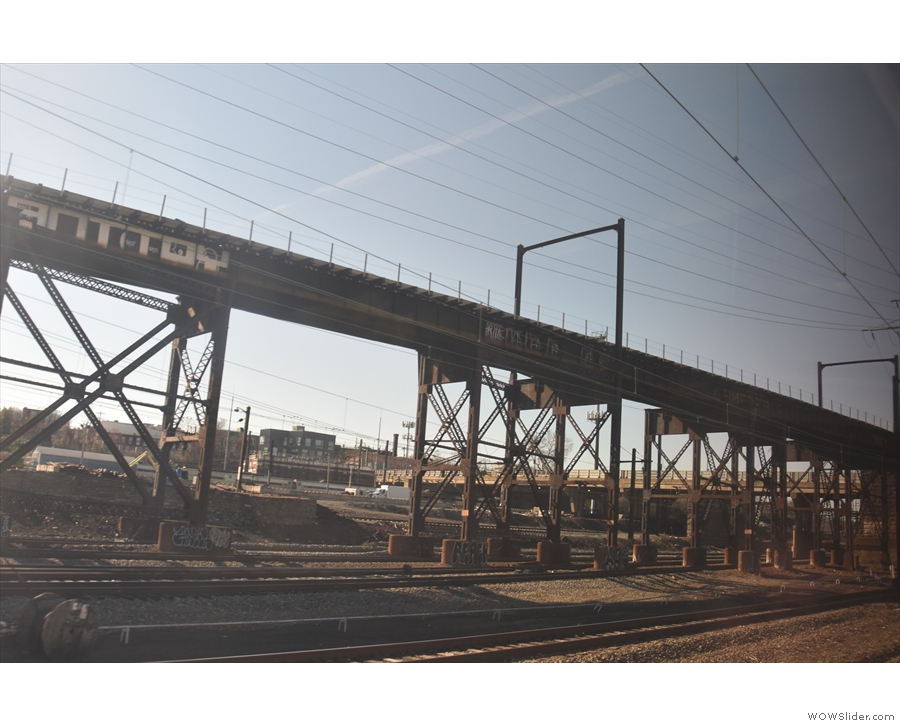
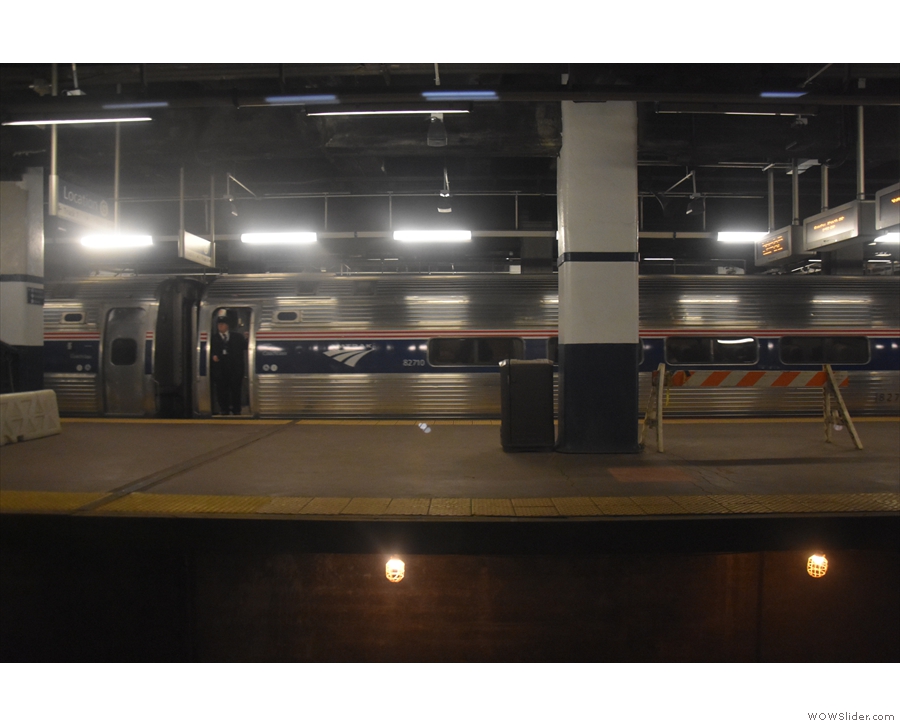
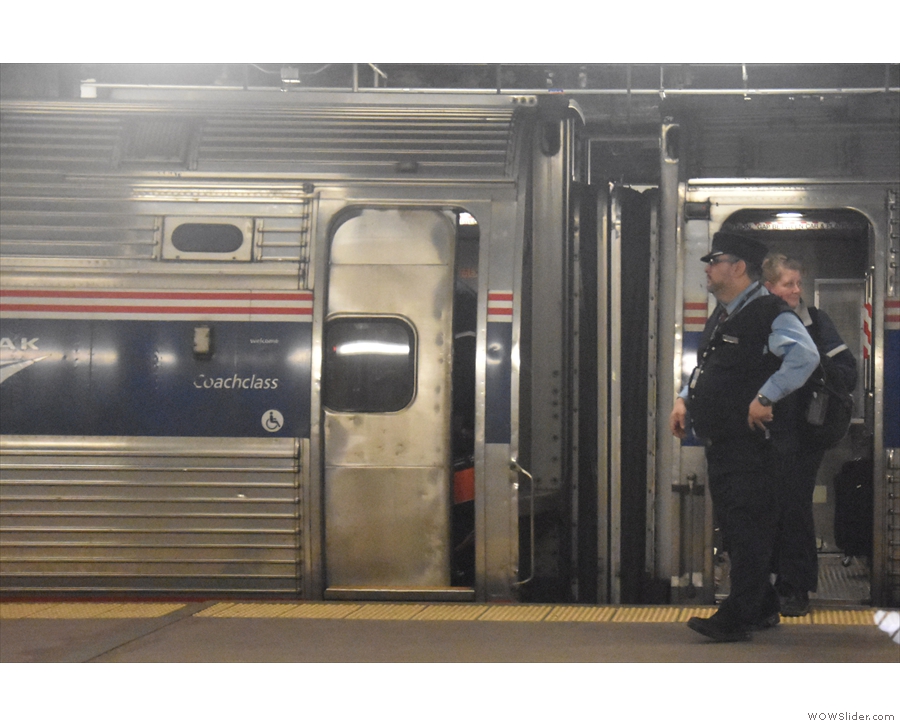
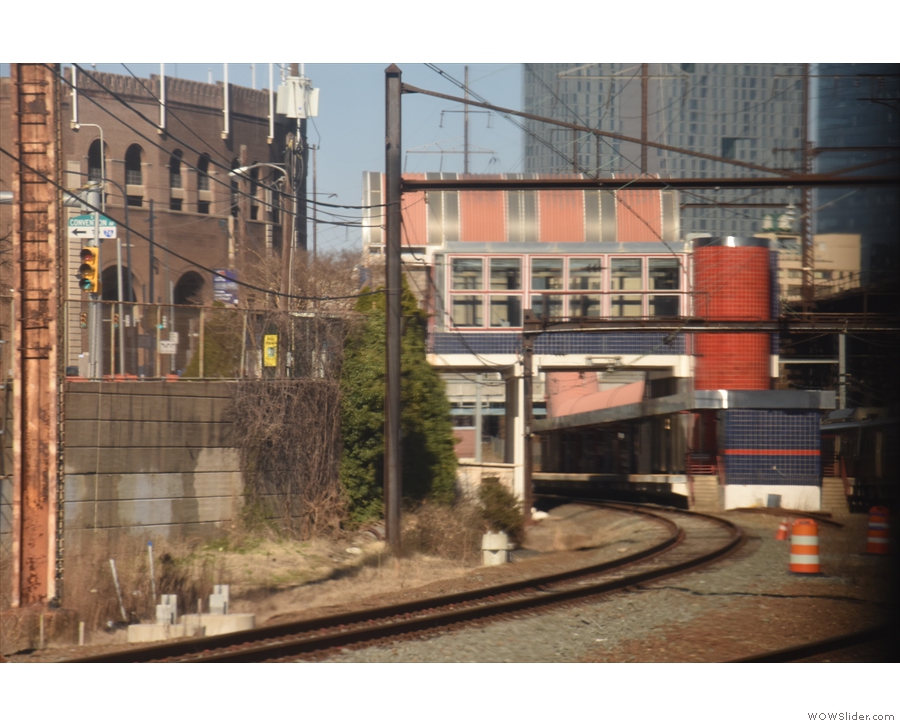
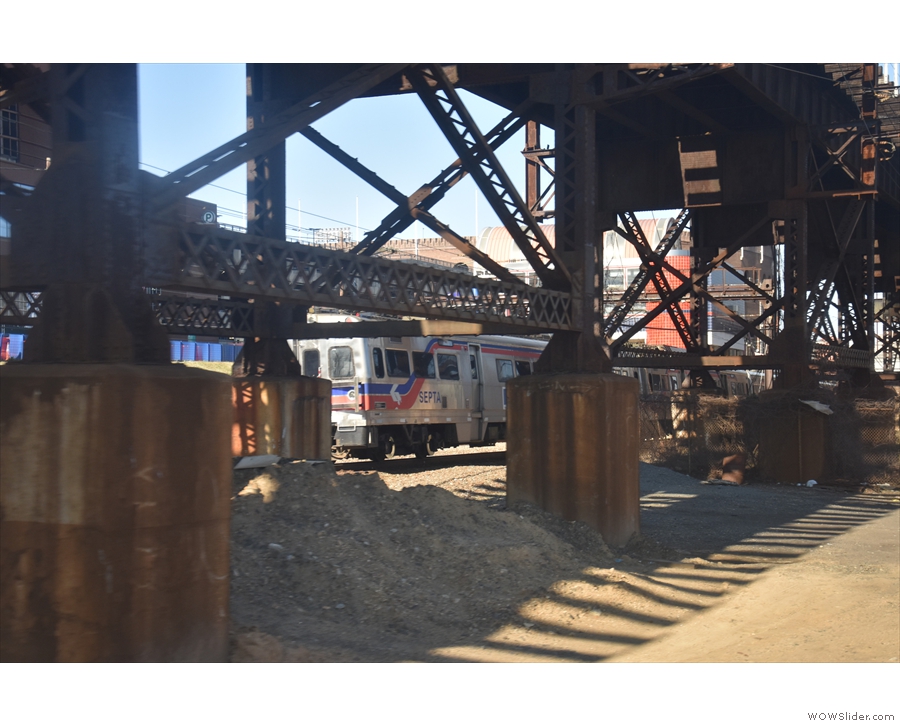
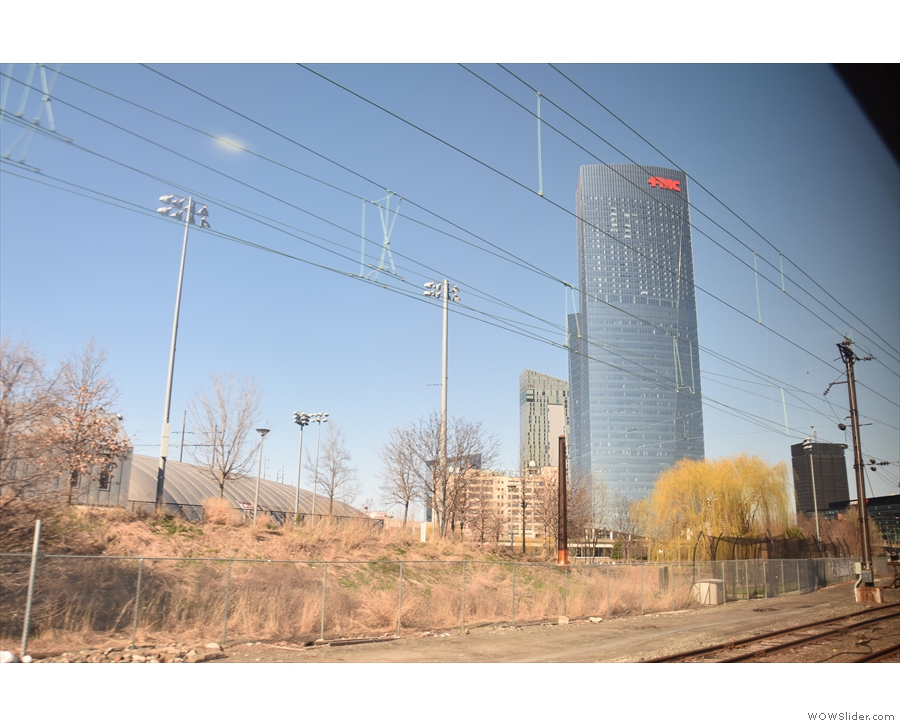
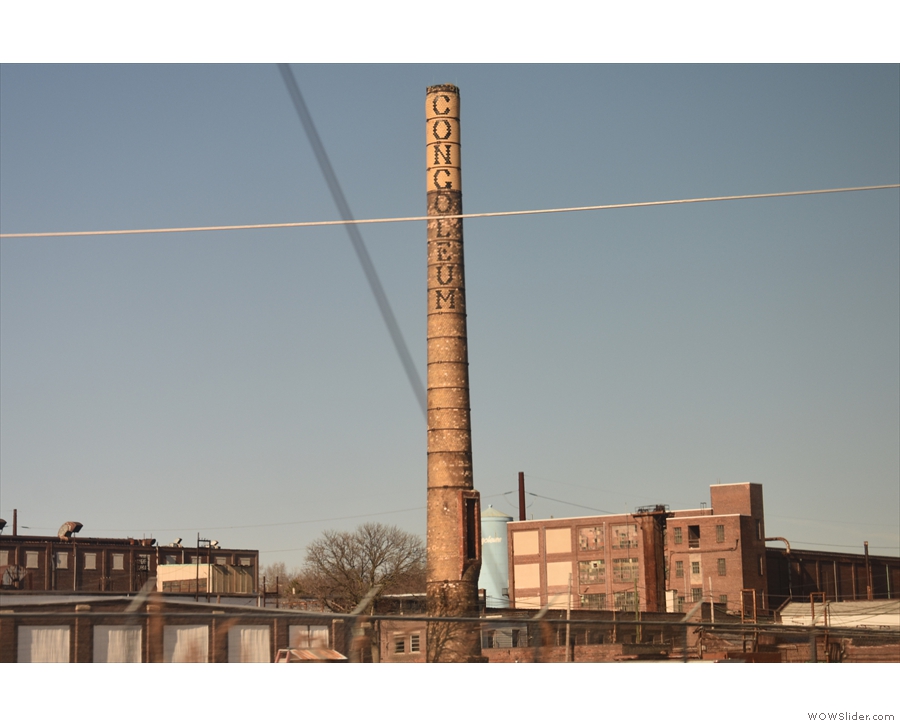
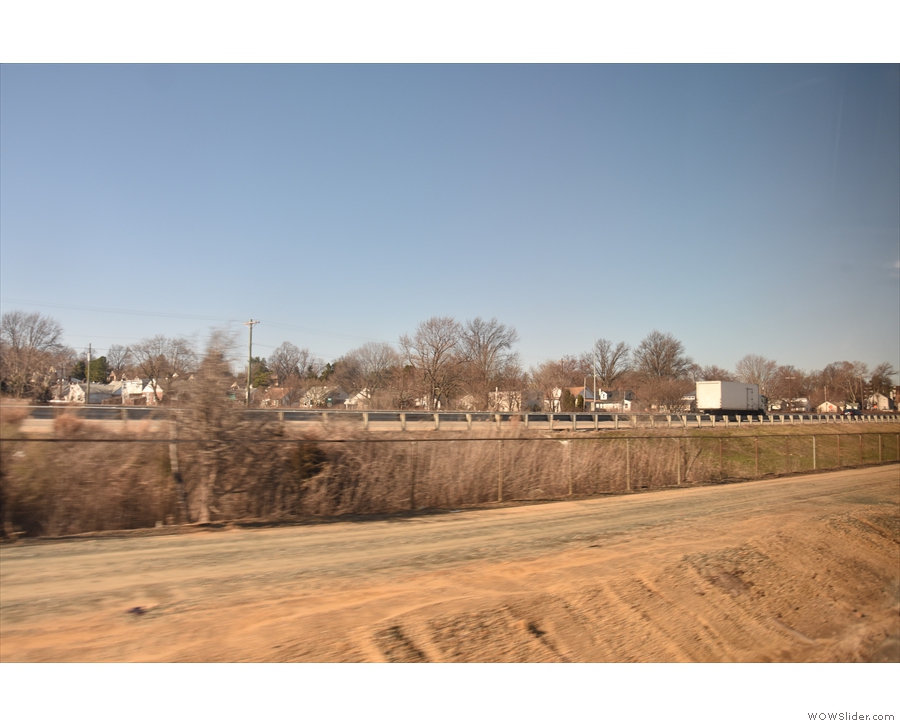
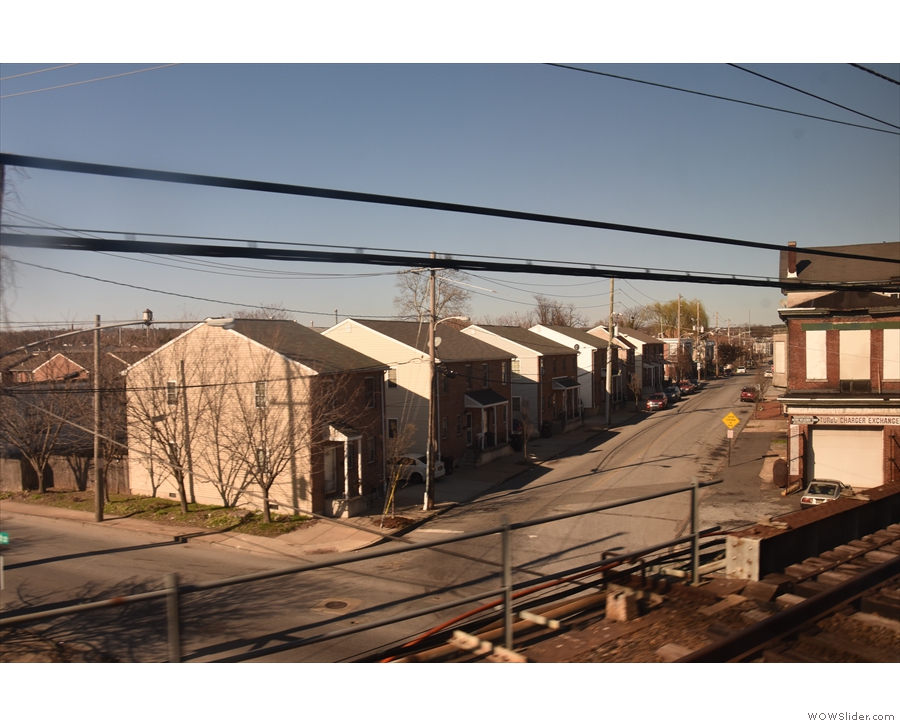
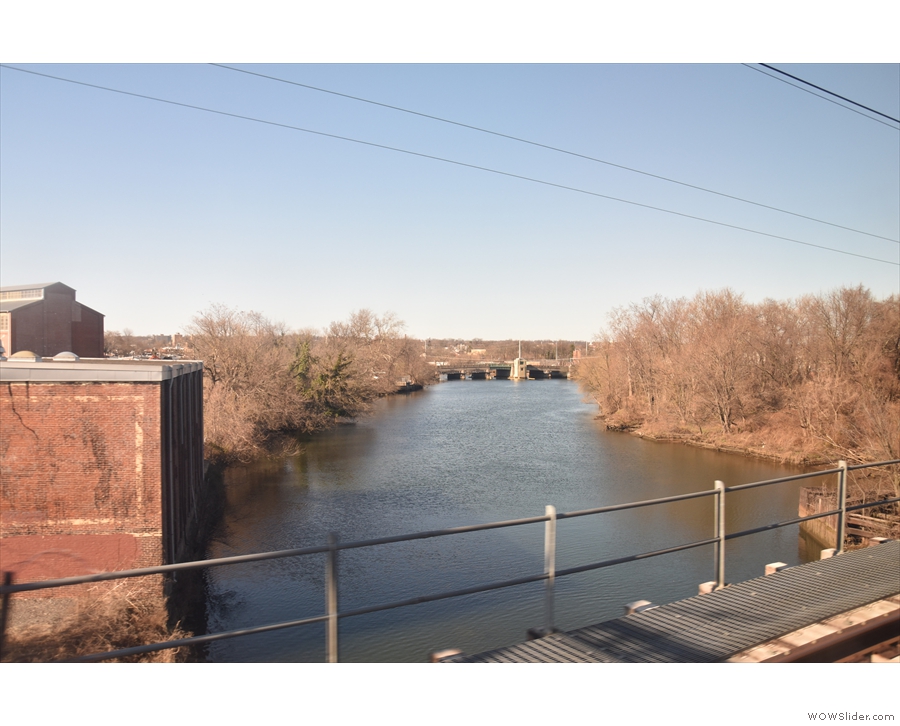
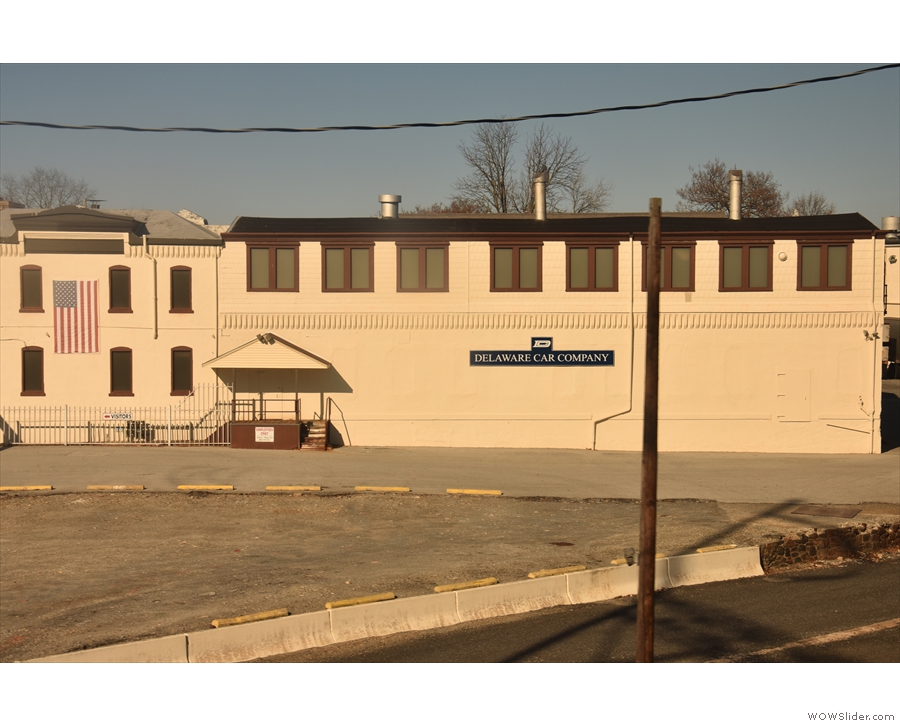
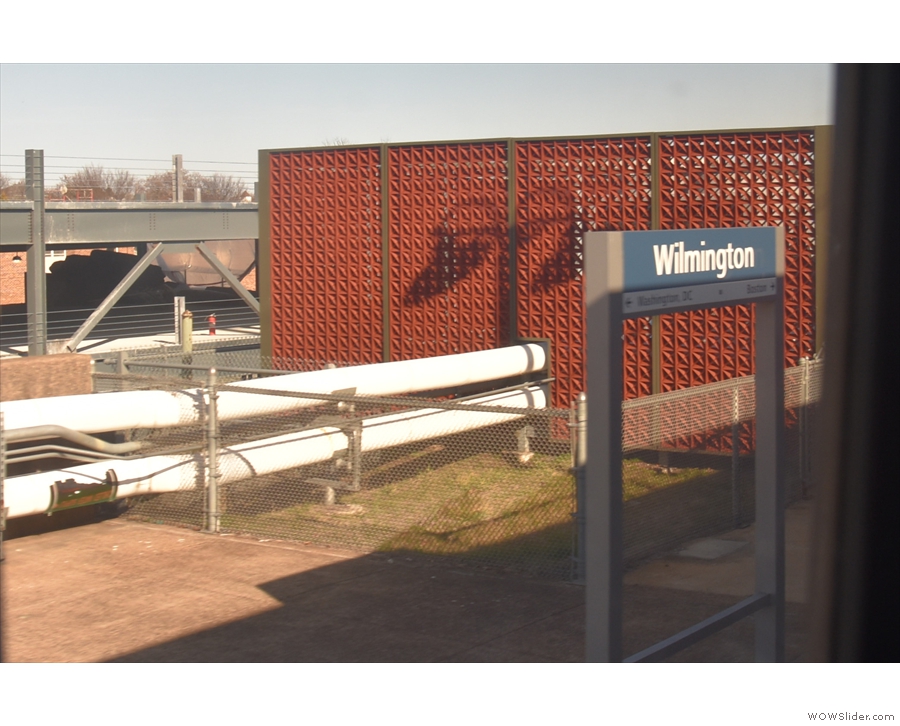
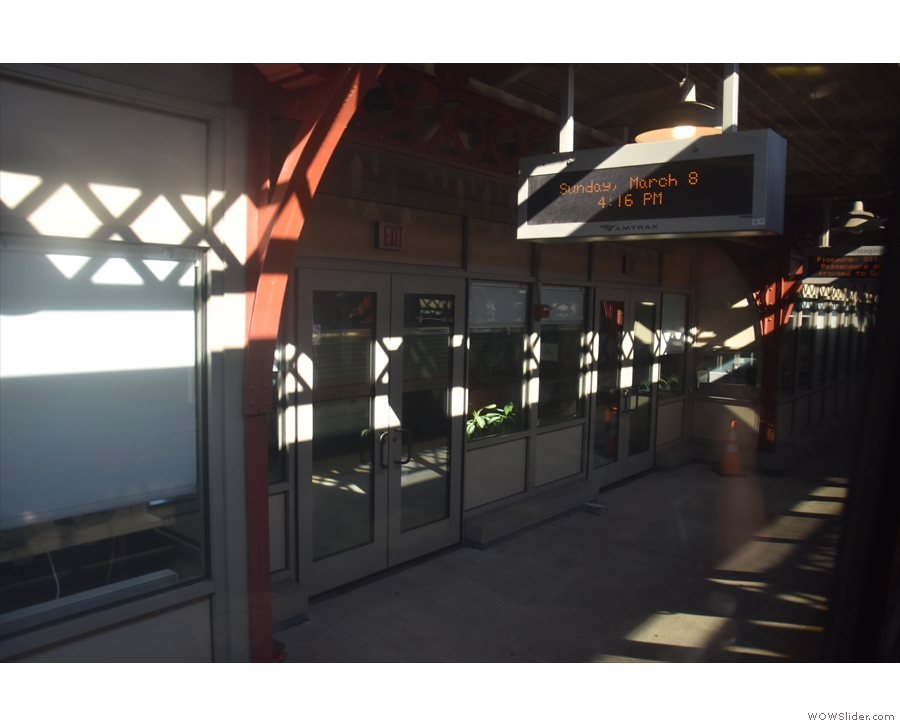
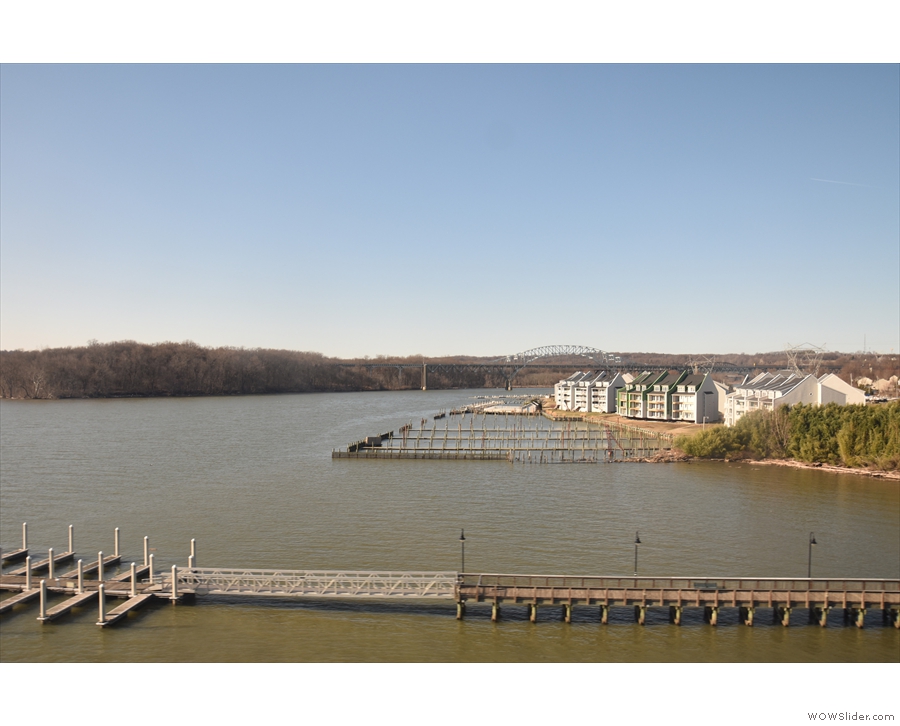
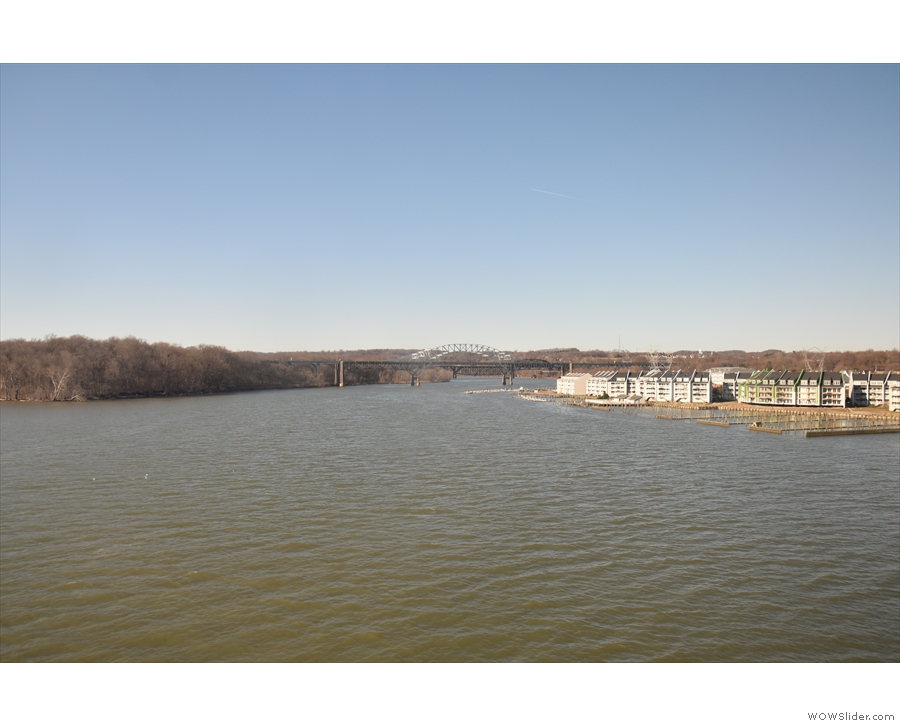
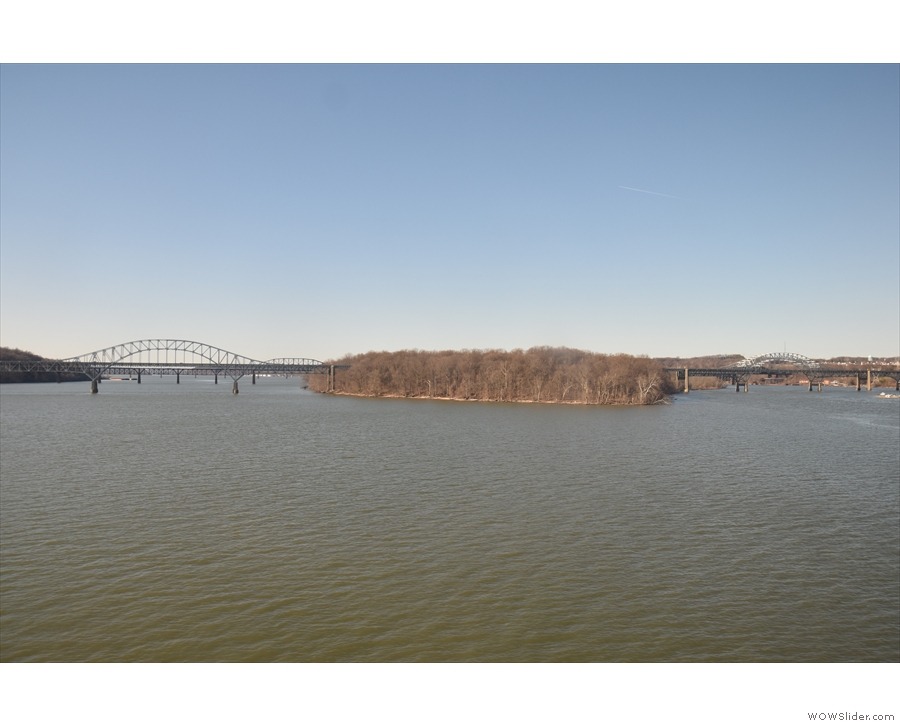
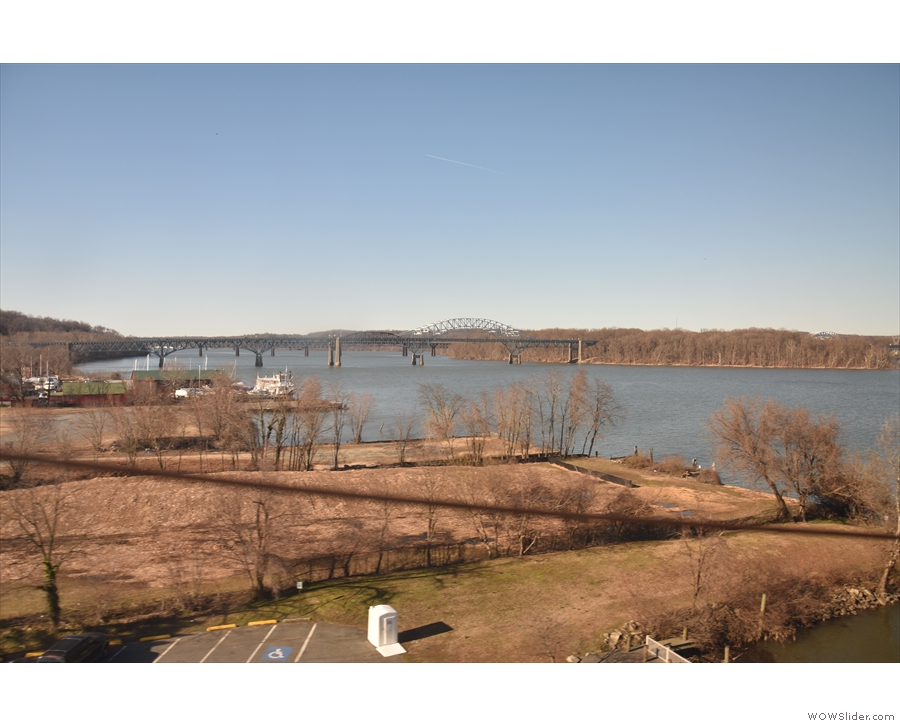
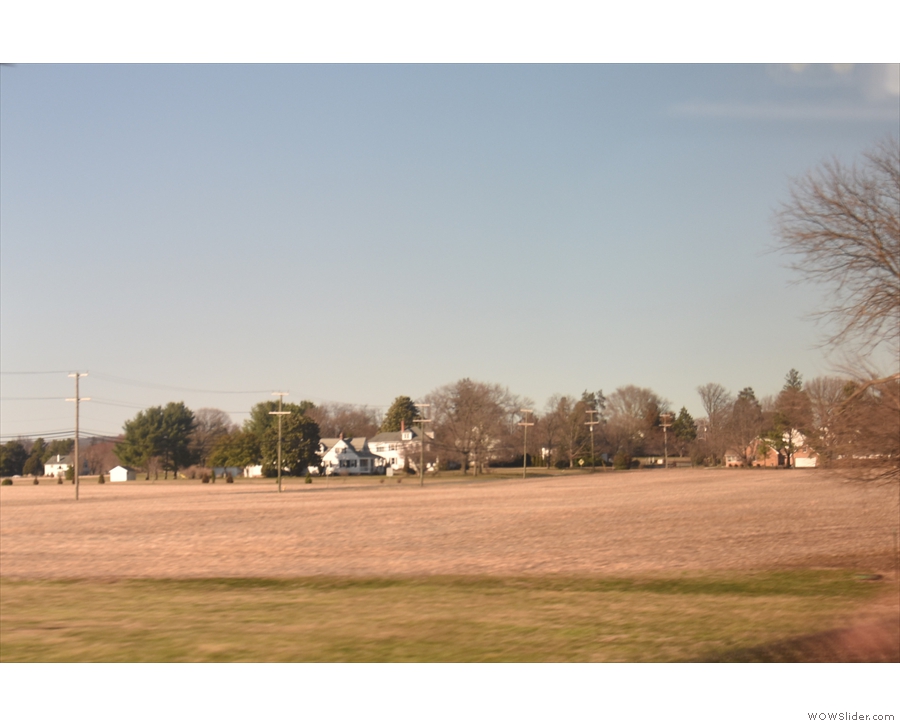
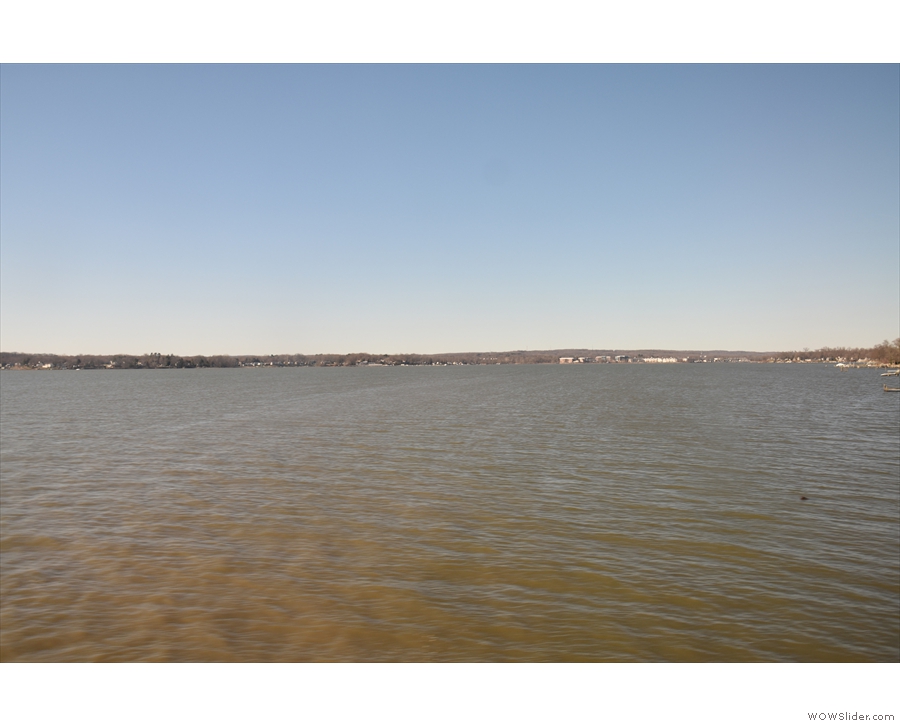
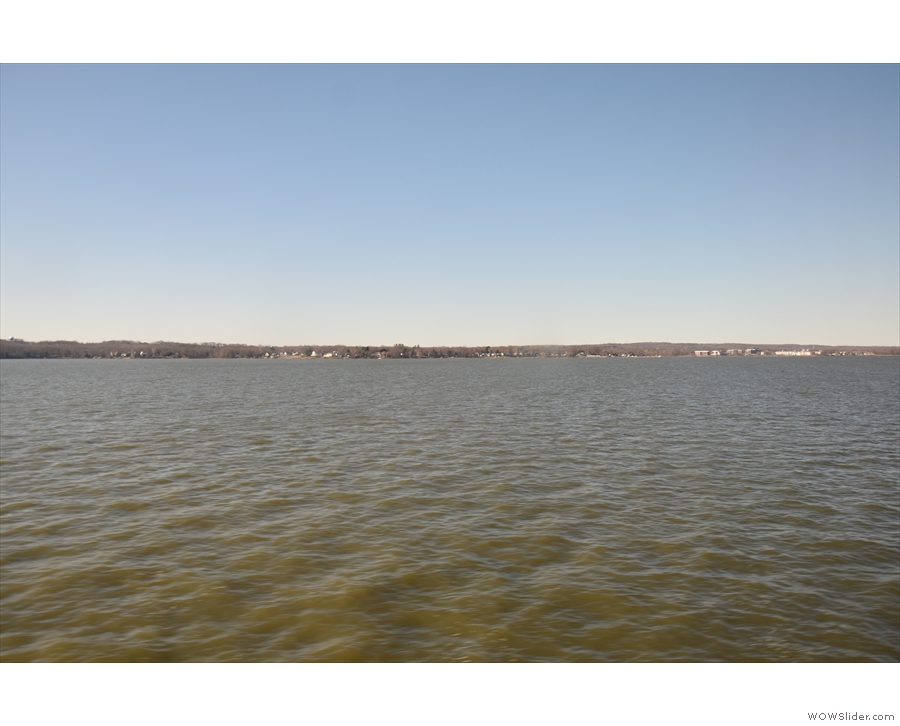
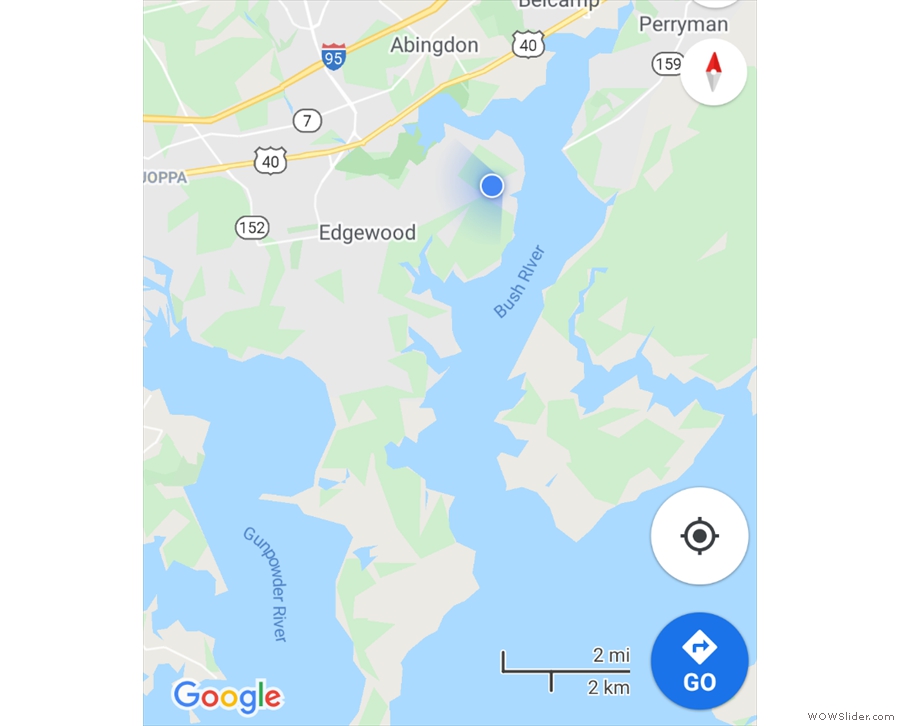
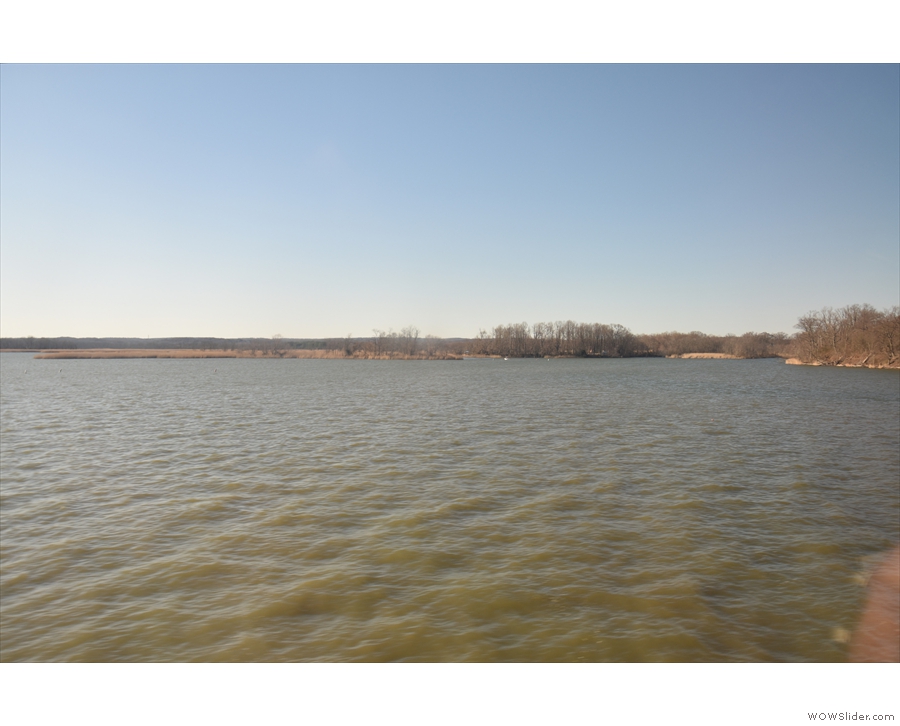
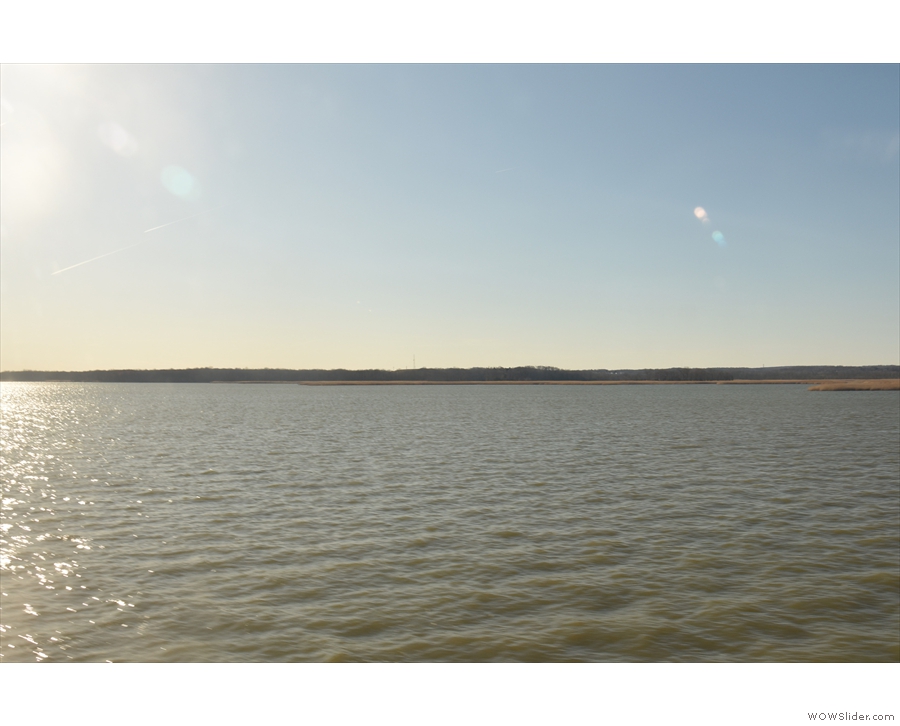
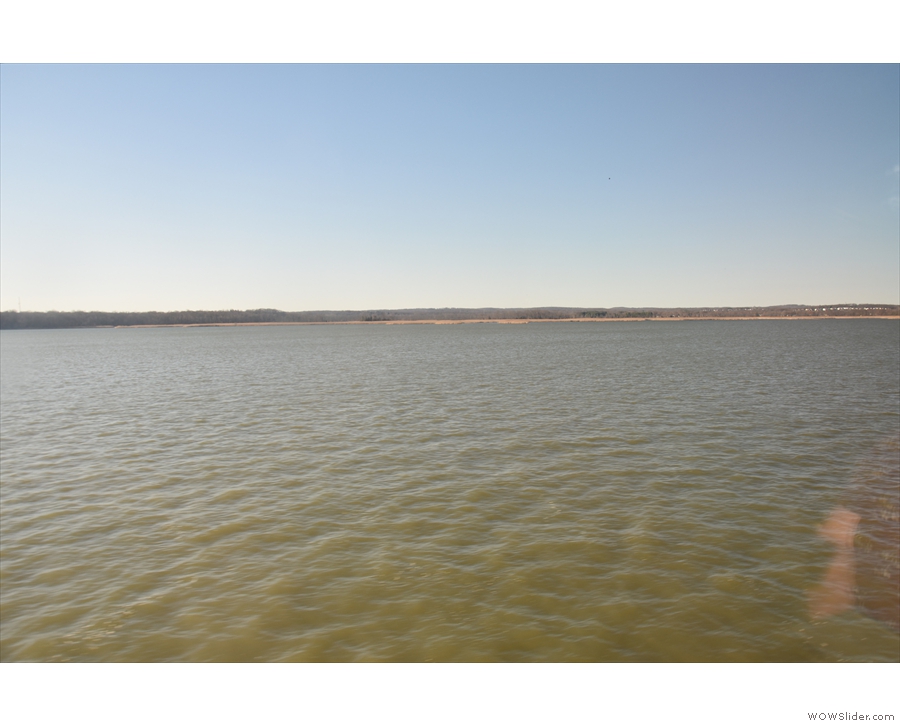
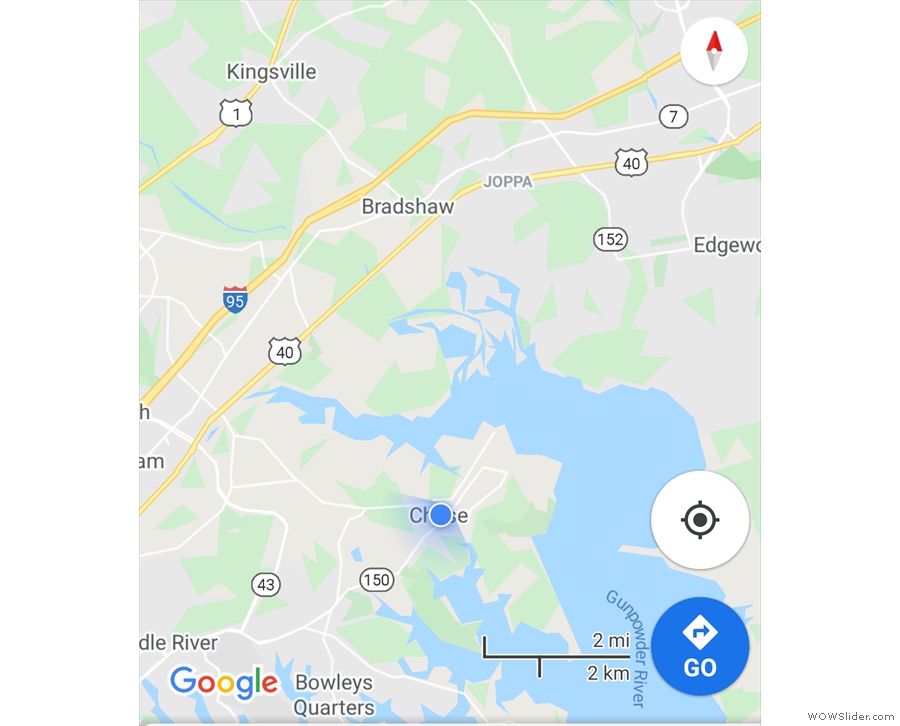
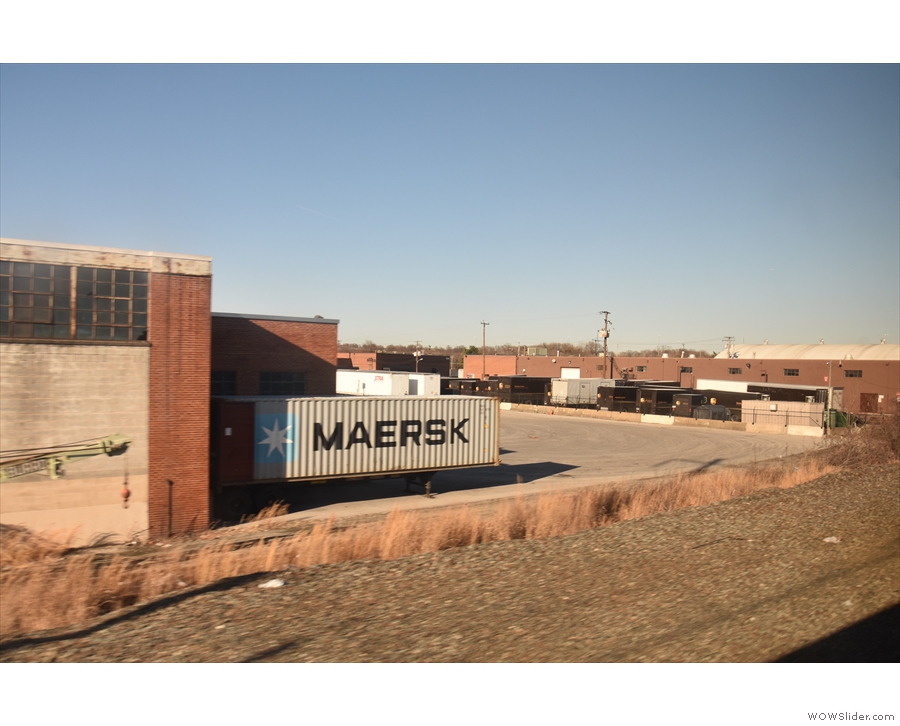
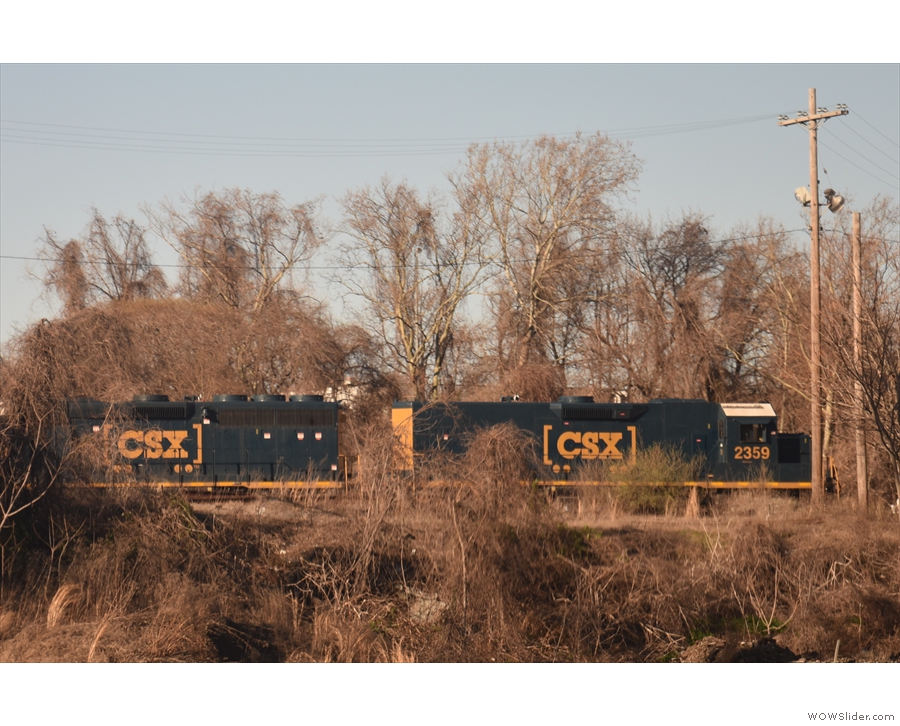
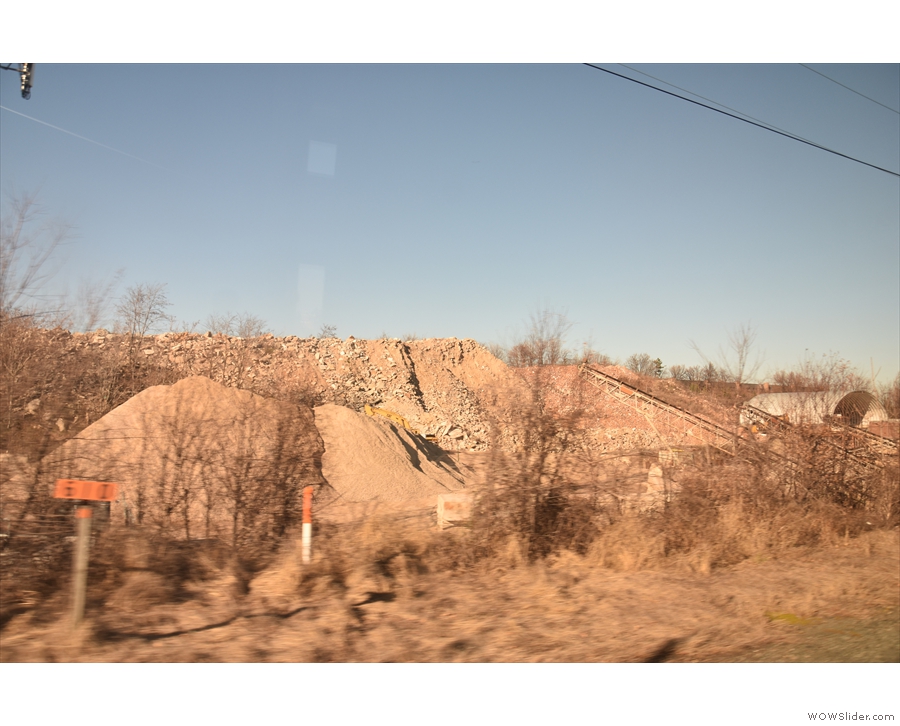
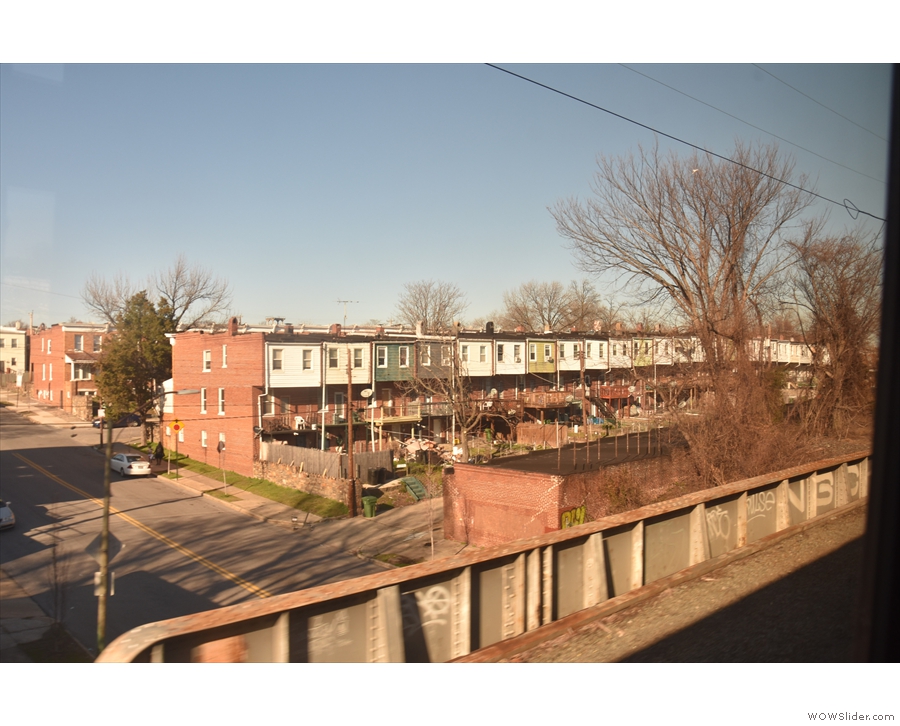
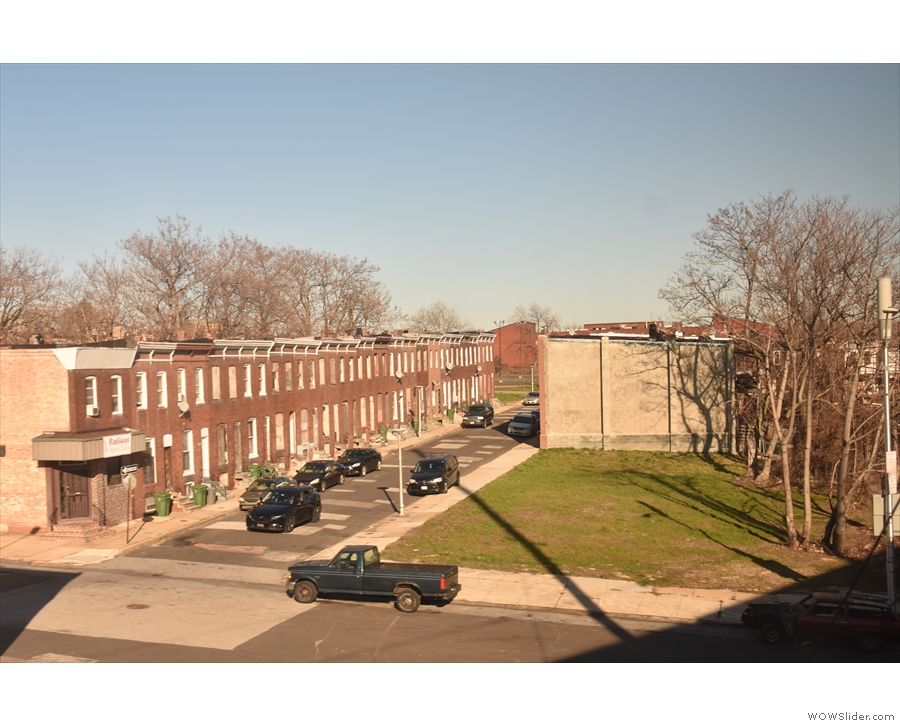
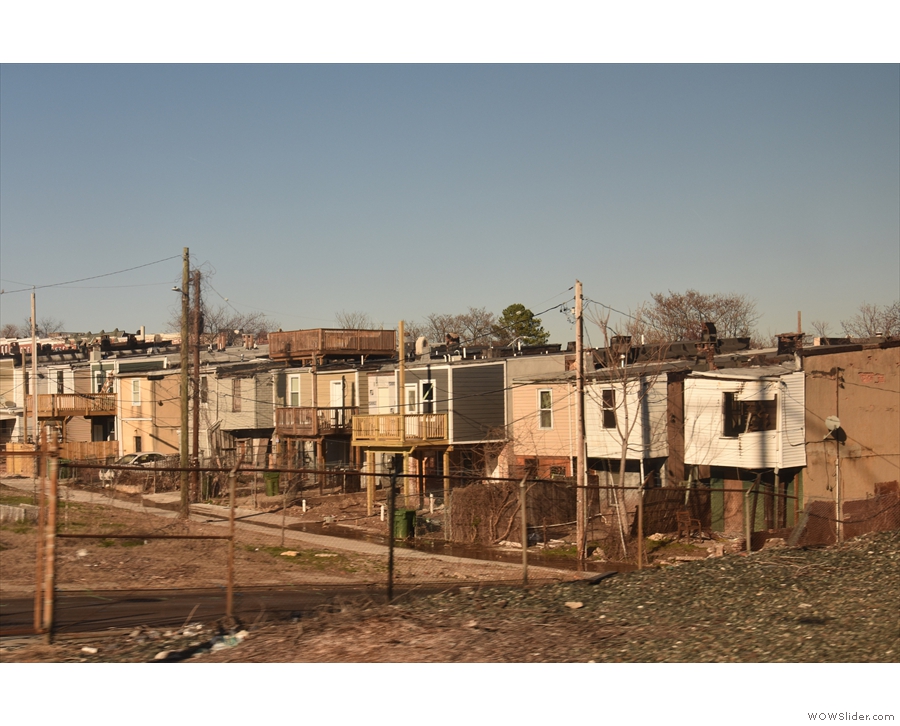
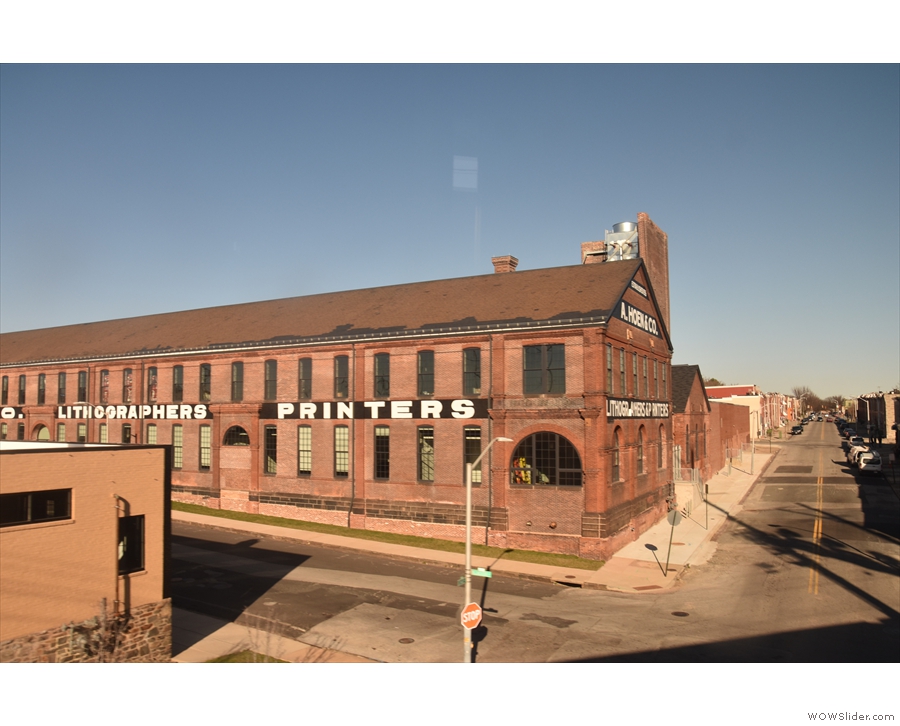
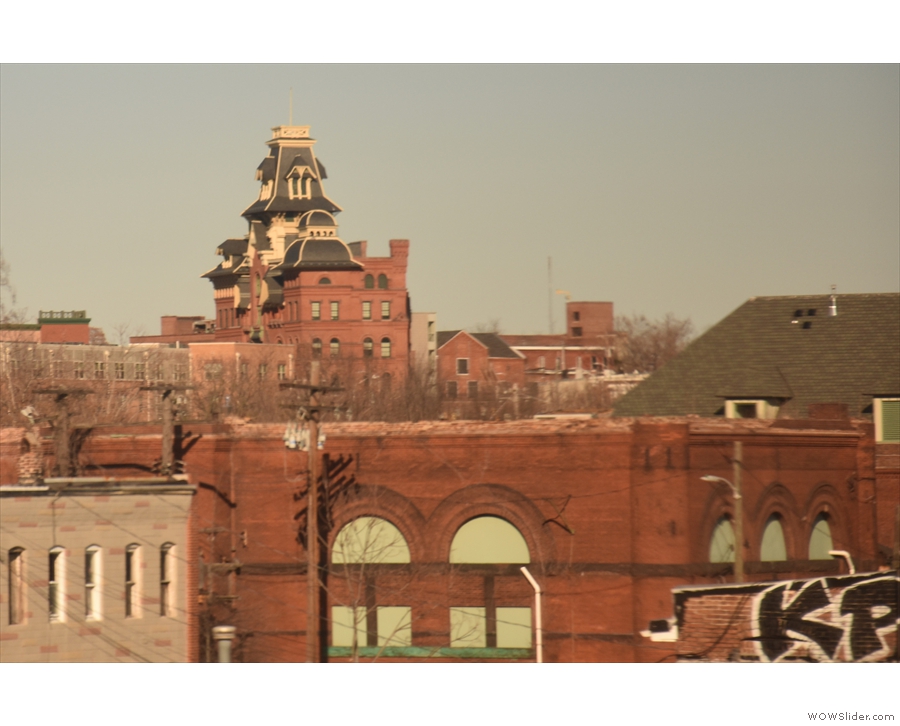
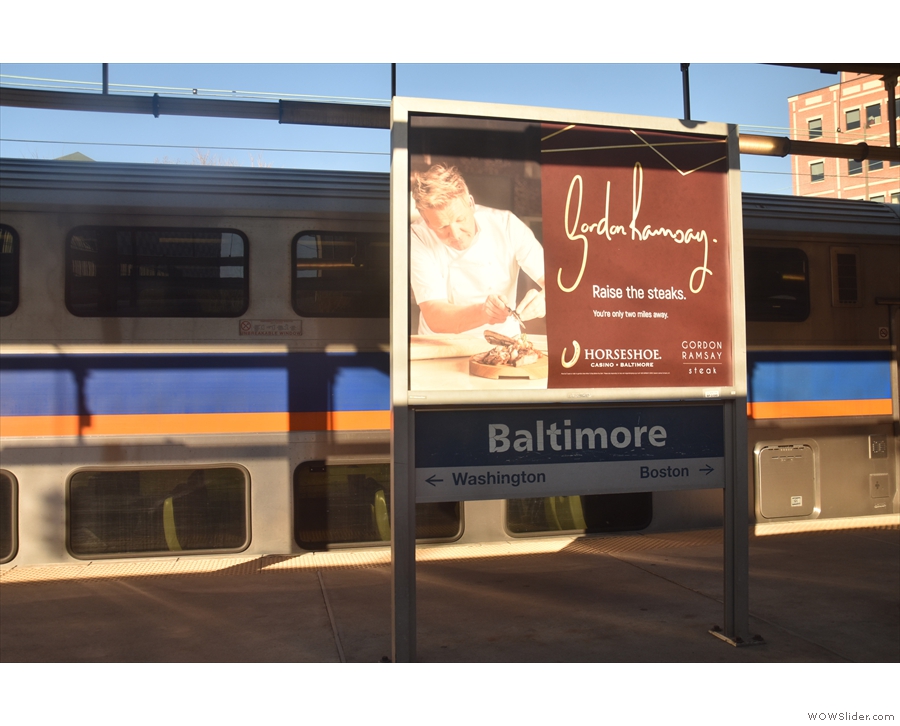
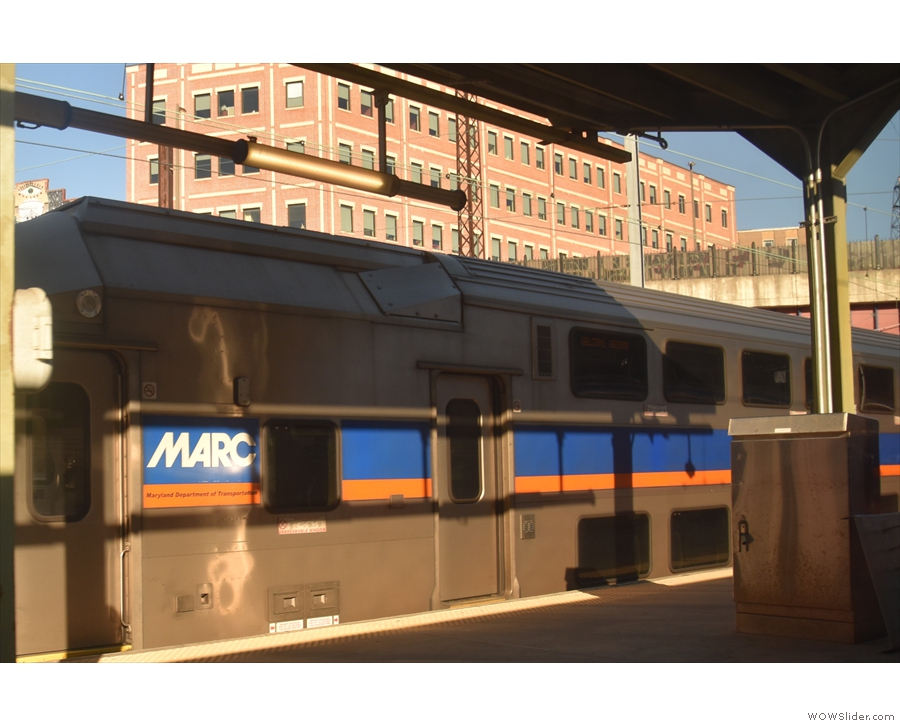
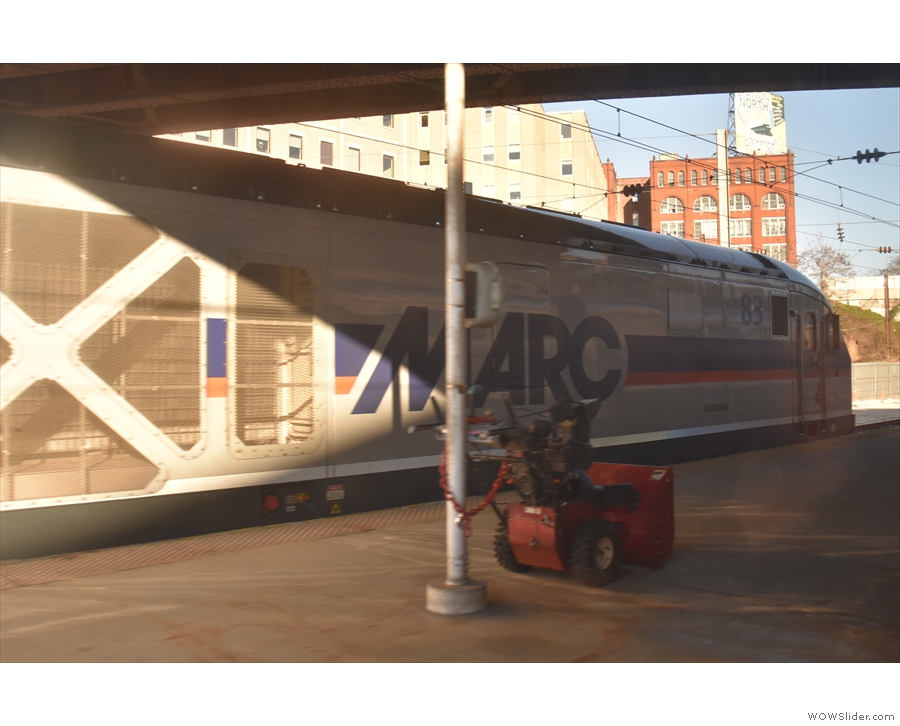
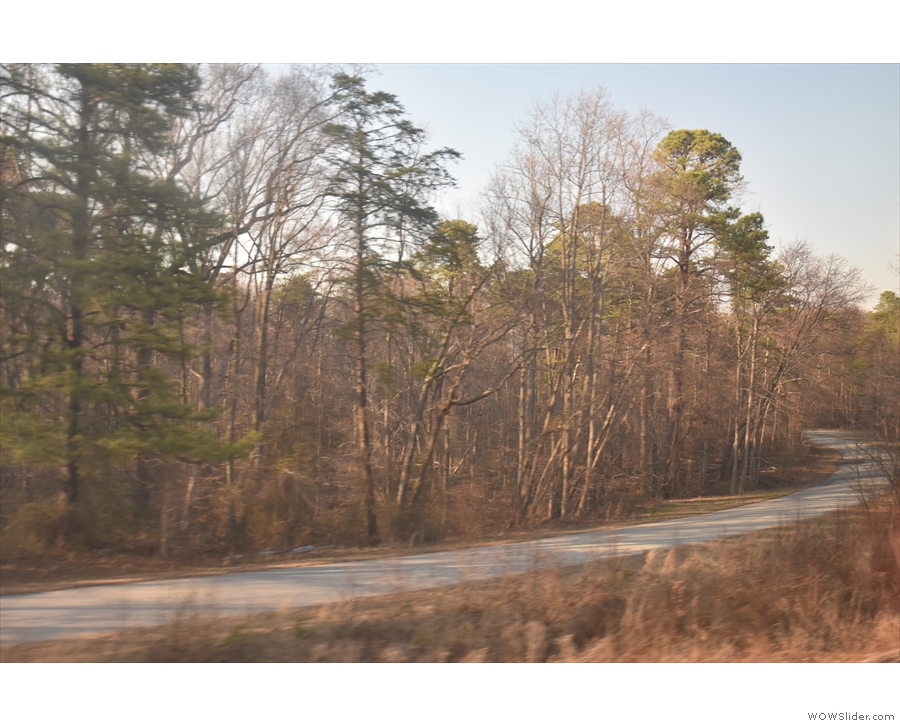
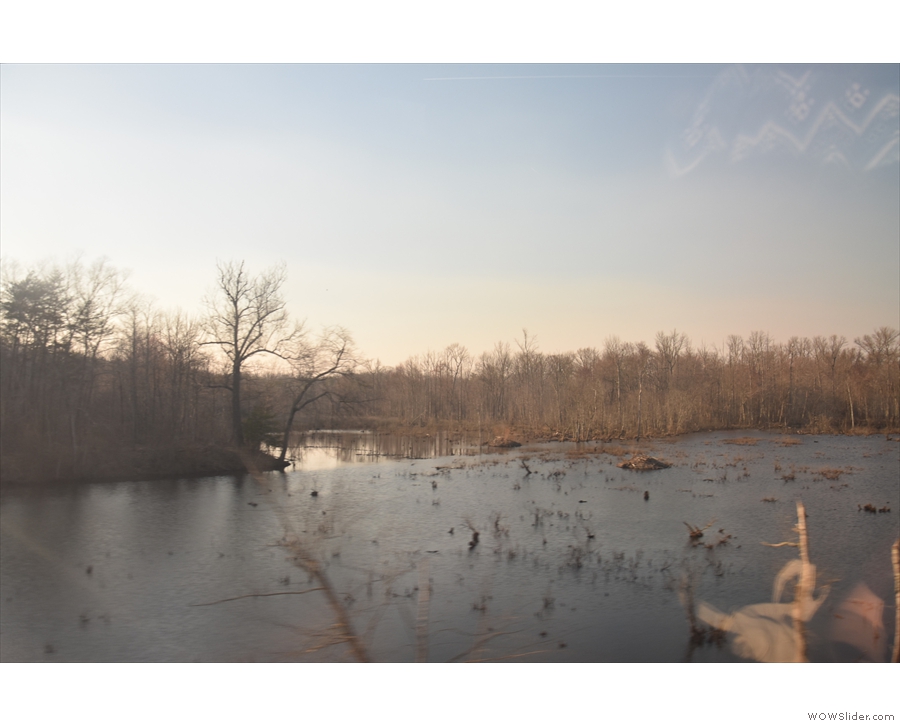
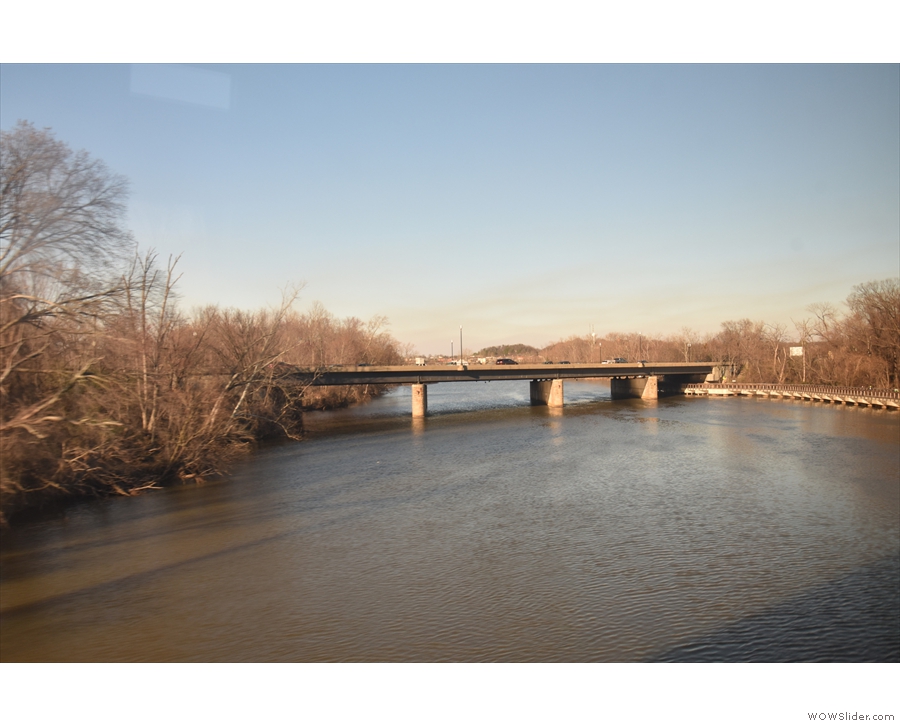
 1
1 2
2 3
3 4
4 5
5 6
6 7
7 8
8 9
9 10
10 11
11 12
12 13
13 14
14 15
15 16
16 17
17 18
18 19
19 20
20 21
21 22
22 23
23 24
24 25
25 26
26 27
27 28
28 29
29 30
30 31
31 32
32 33
33 34
34 35
35 36
36 37
37 38
38 39
39 40
40 41
41 42
42 43
43 44
44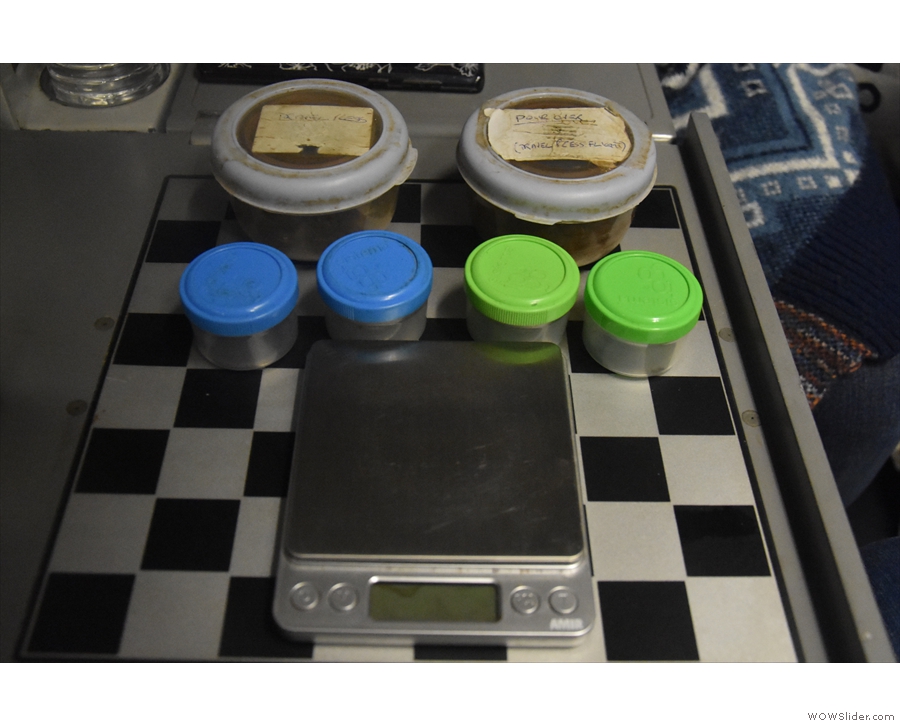
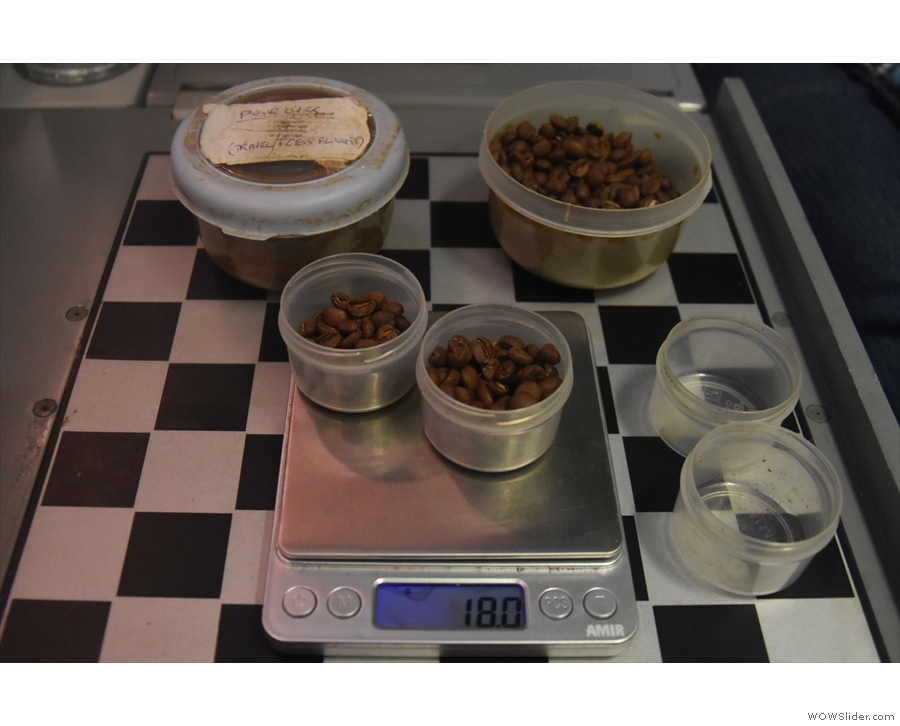
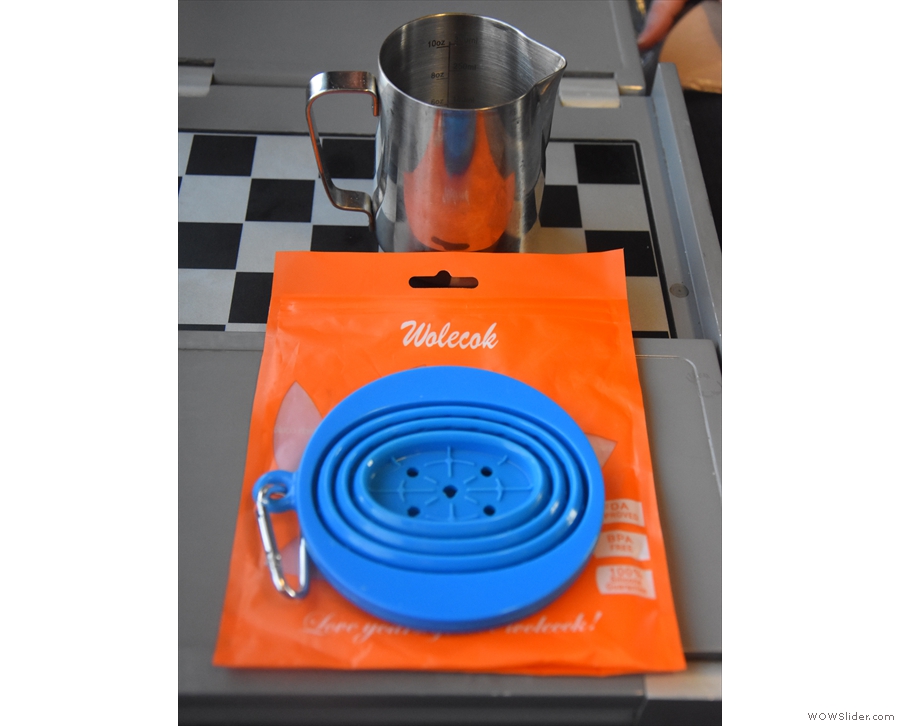
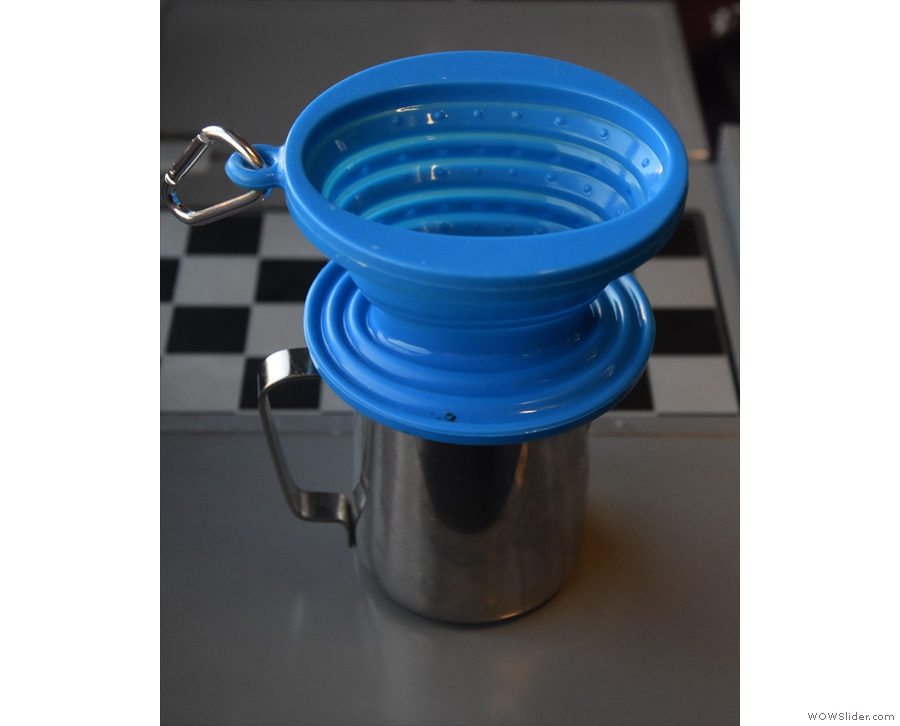
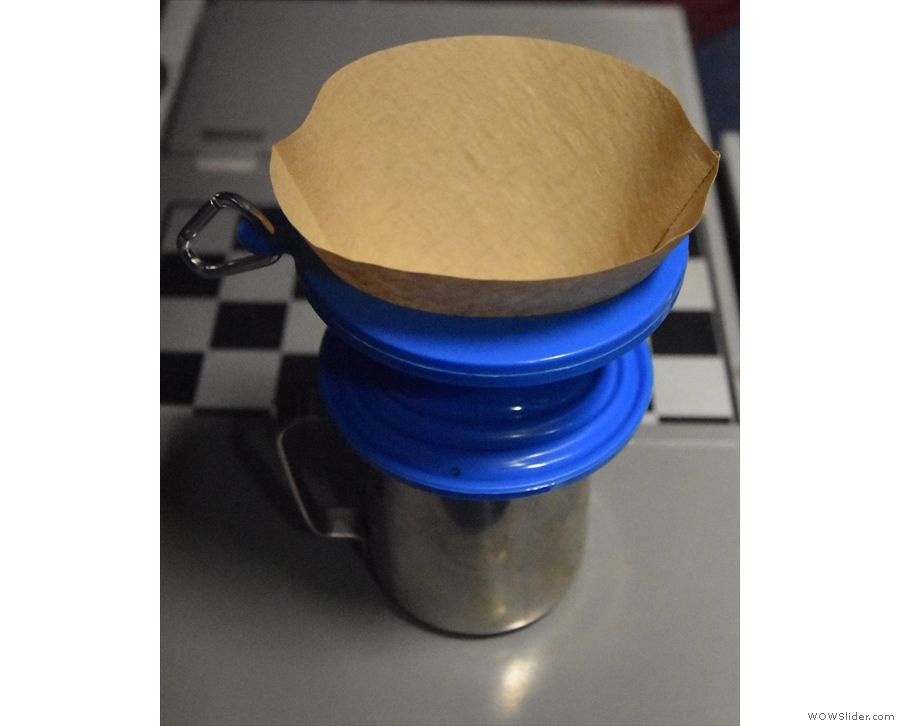
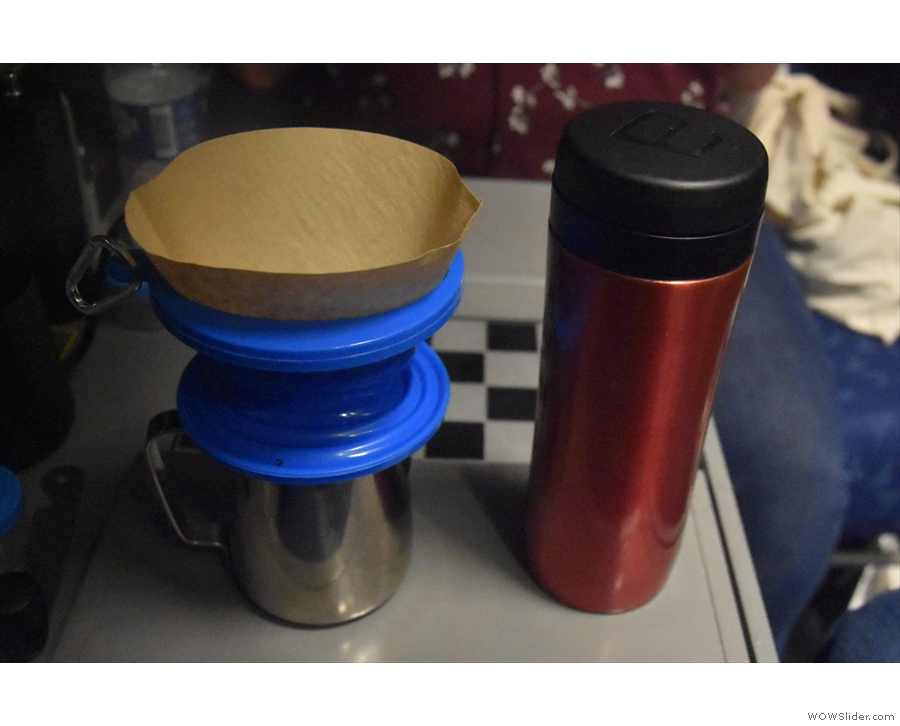
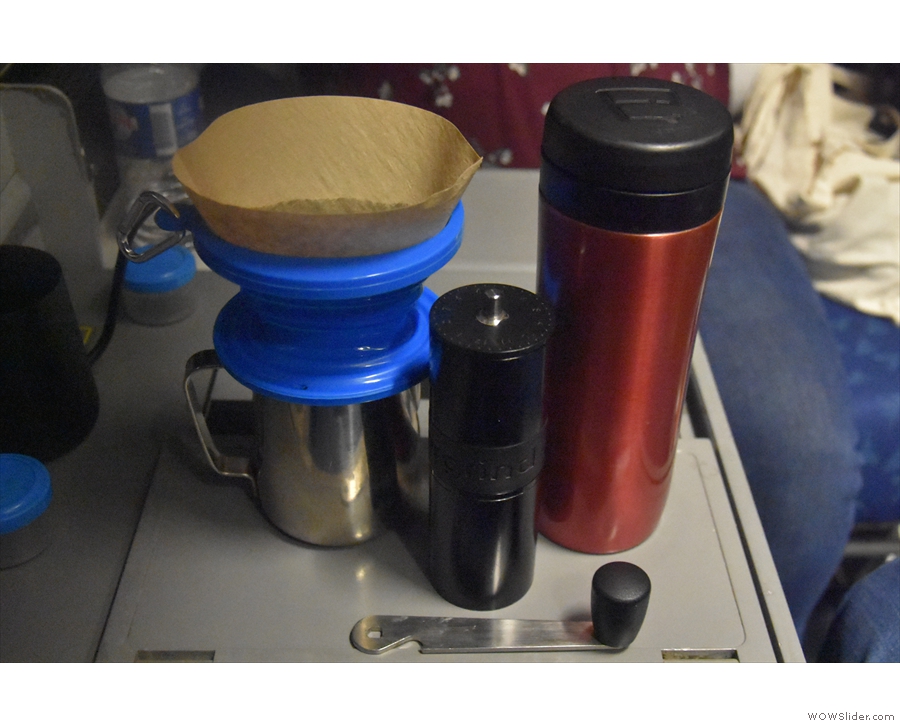
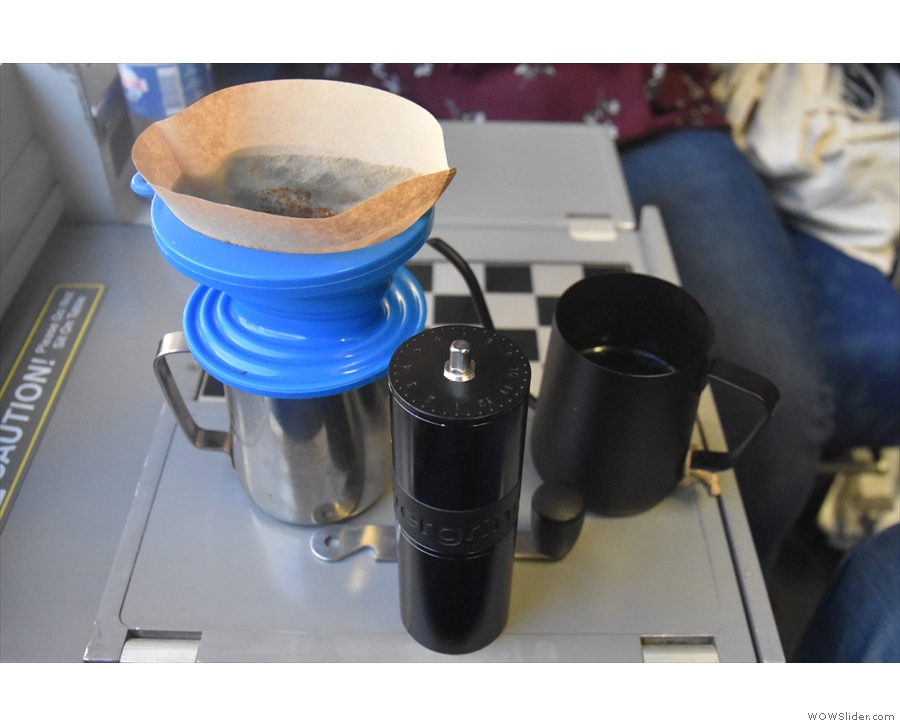
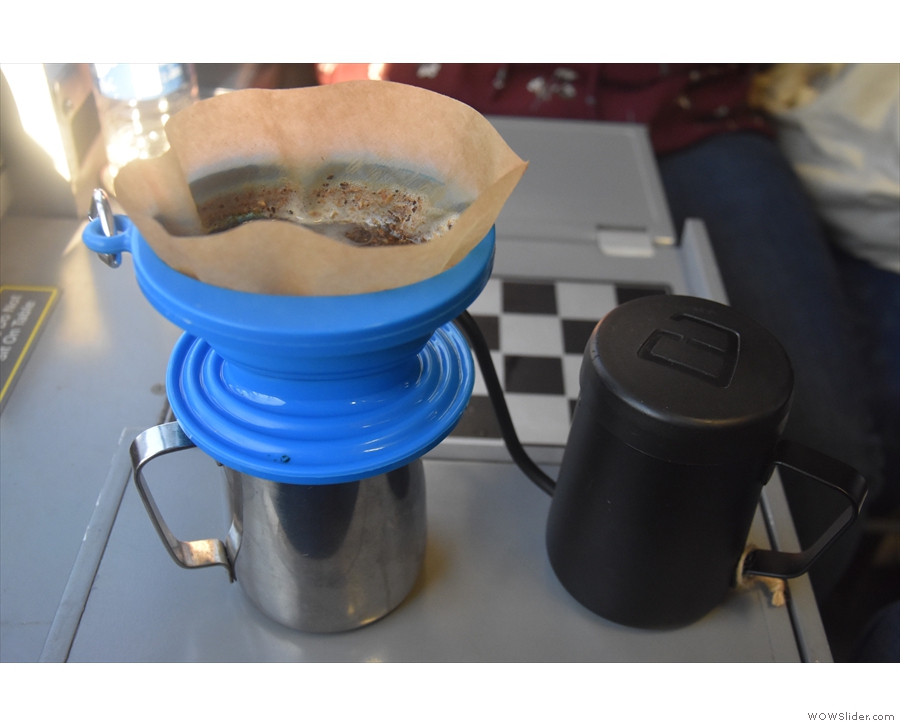
 1
1 2
2 3
3 4
4 5
5 6
6 7
7 8
8 9
9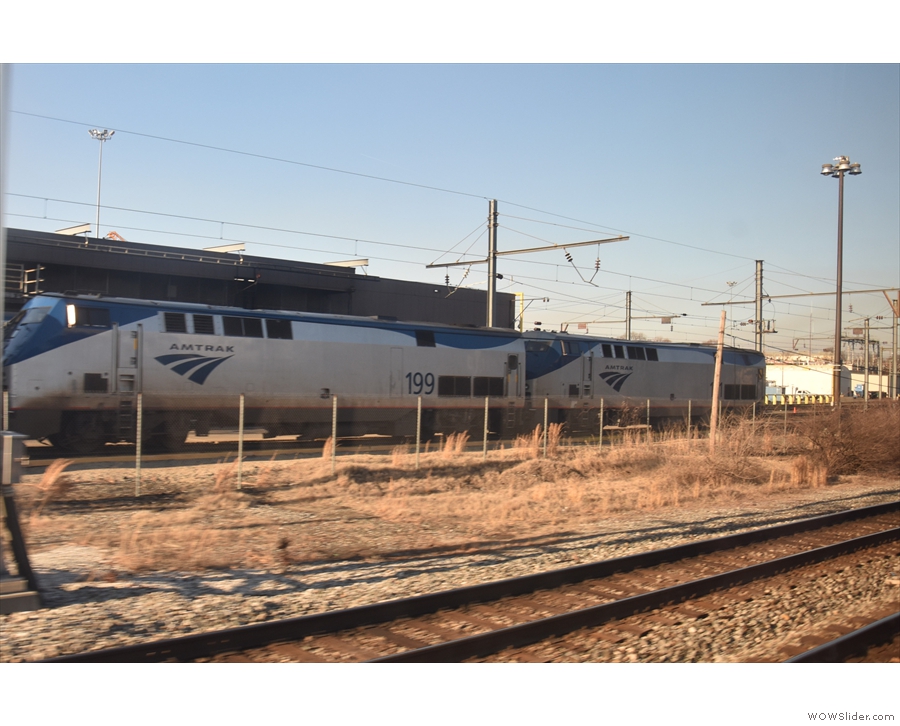
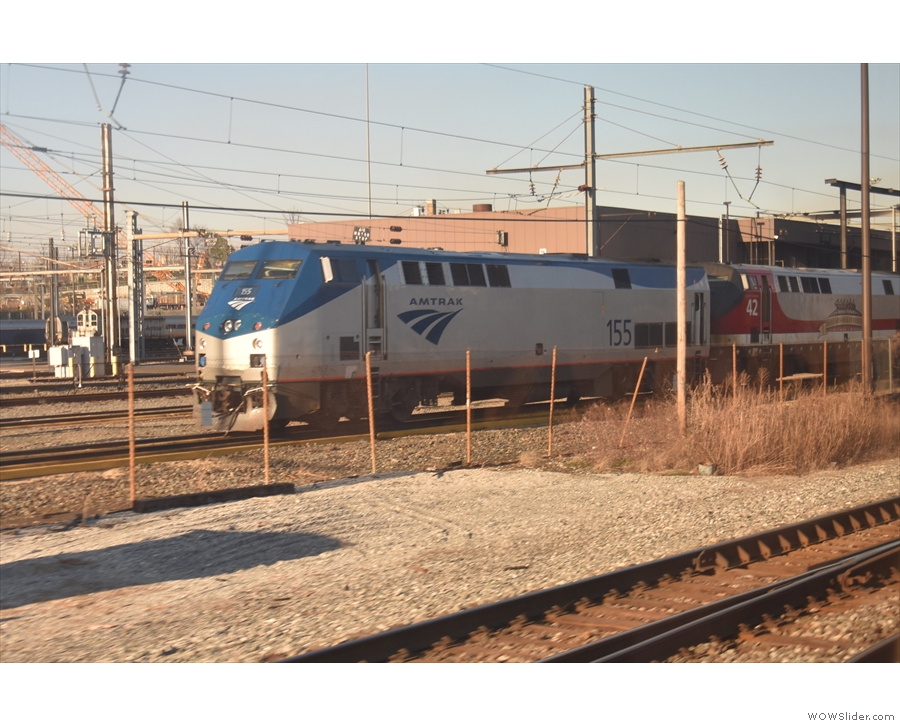
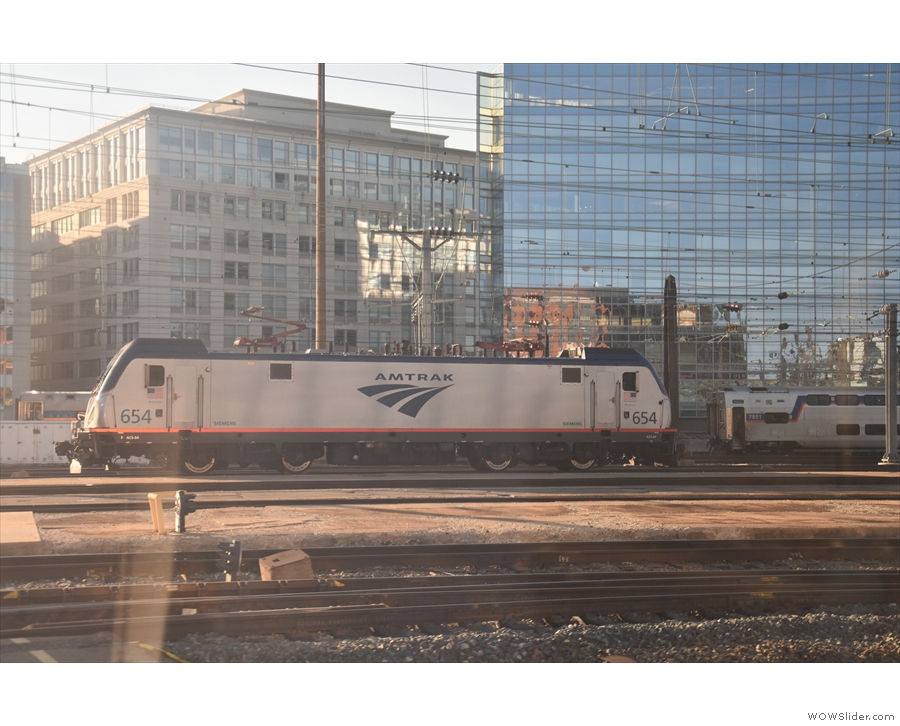
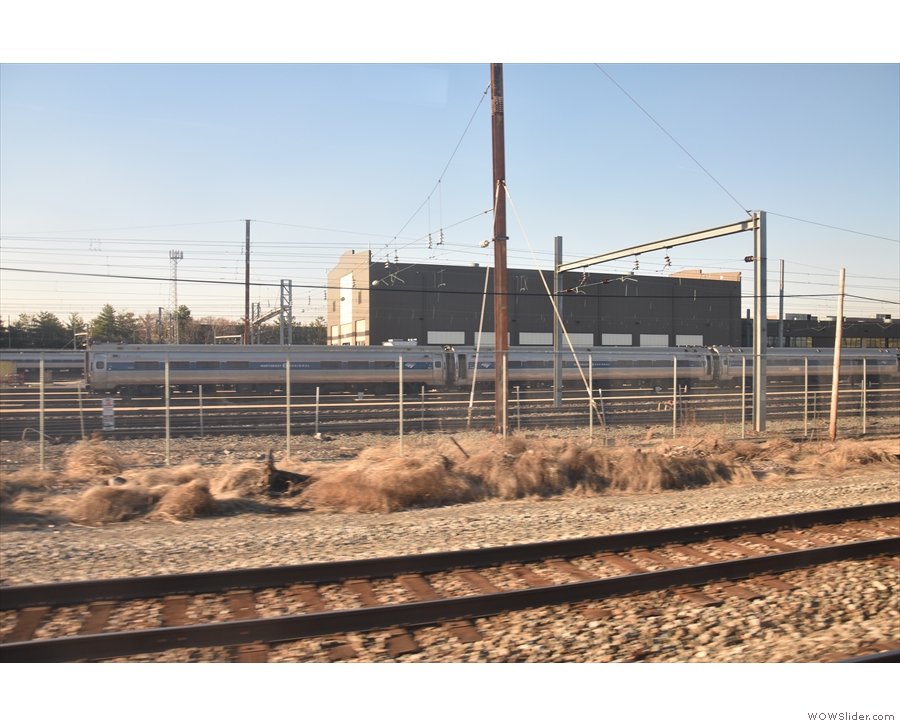
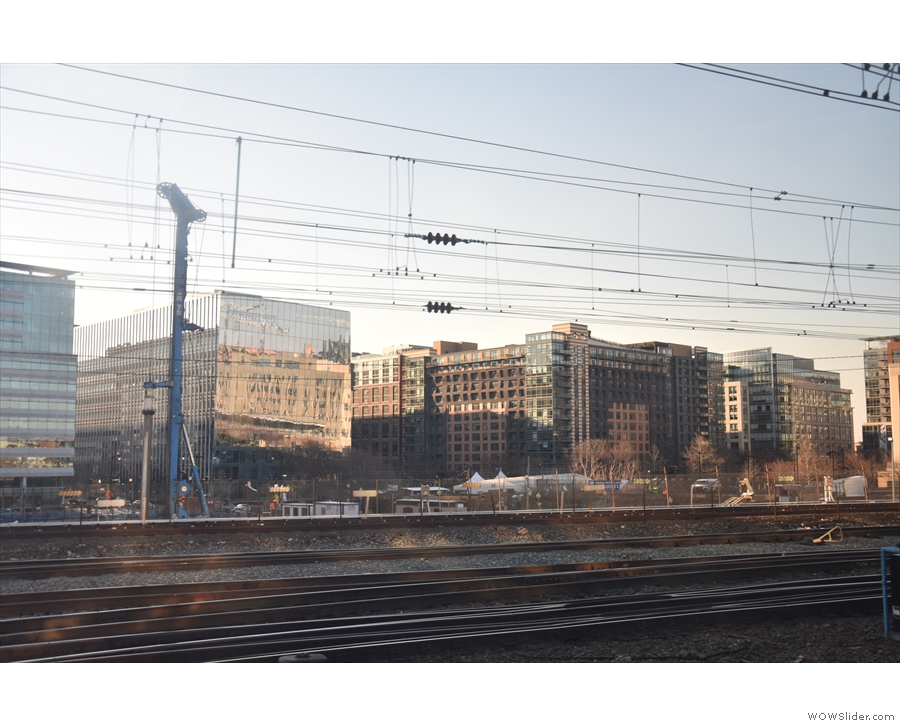
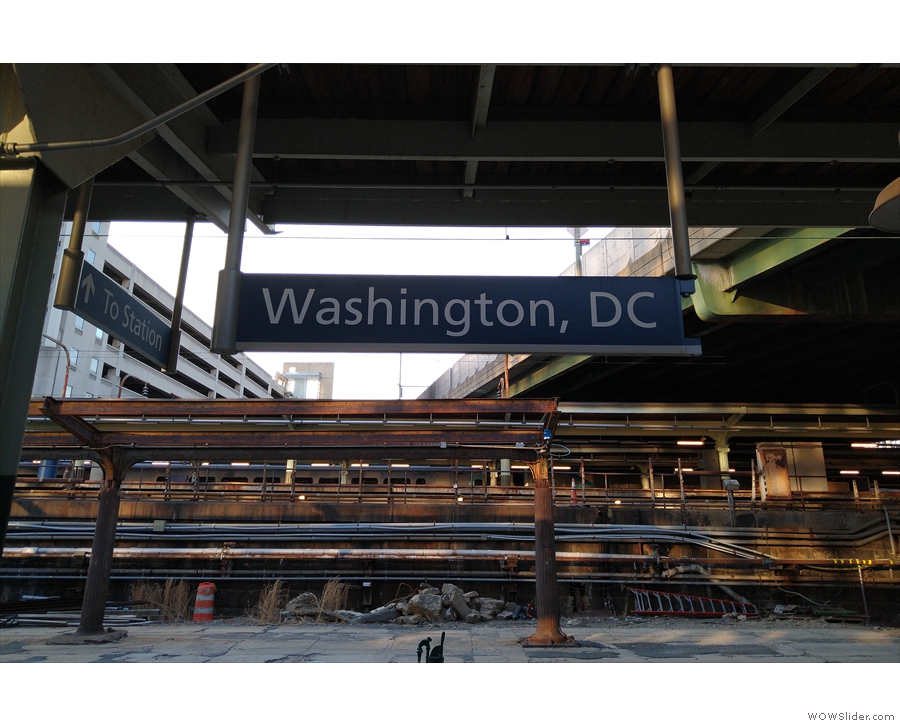
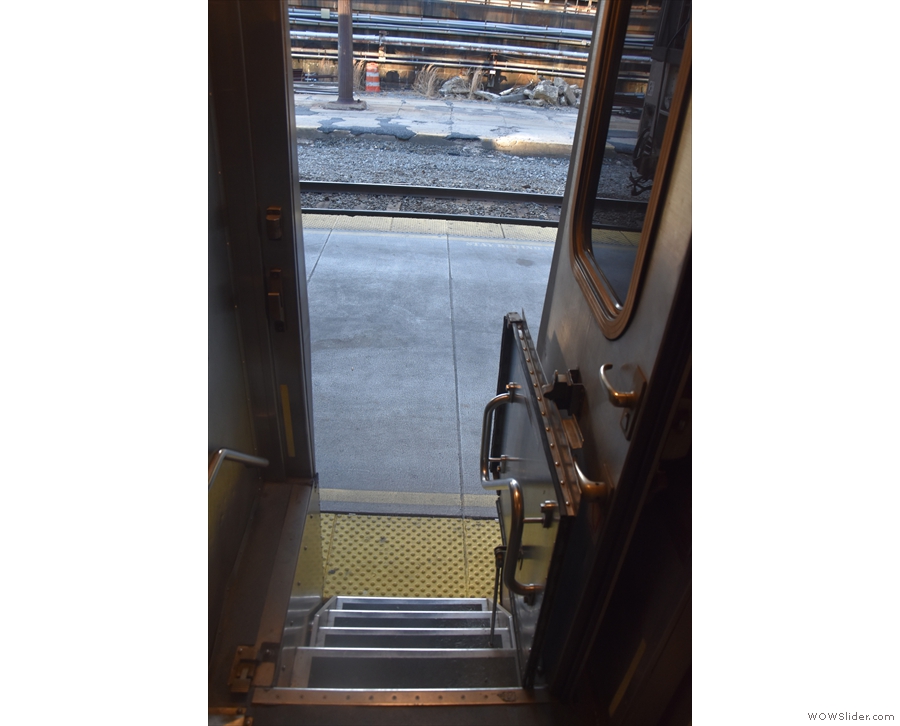
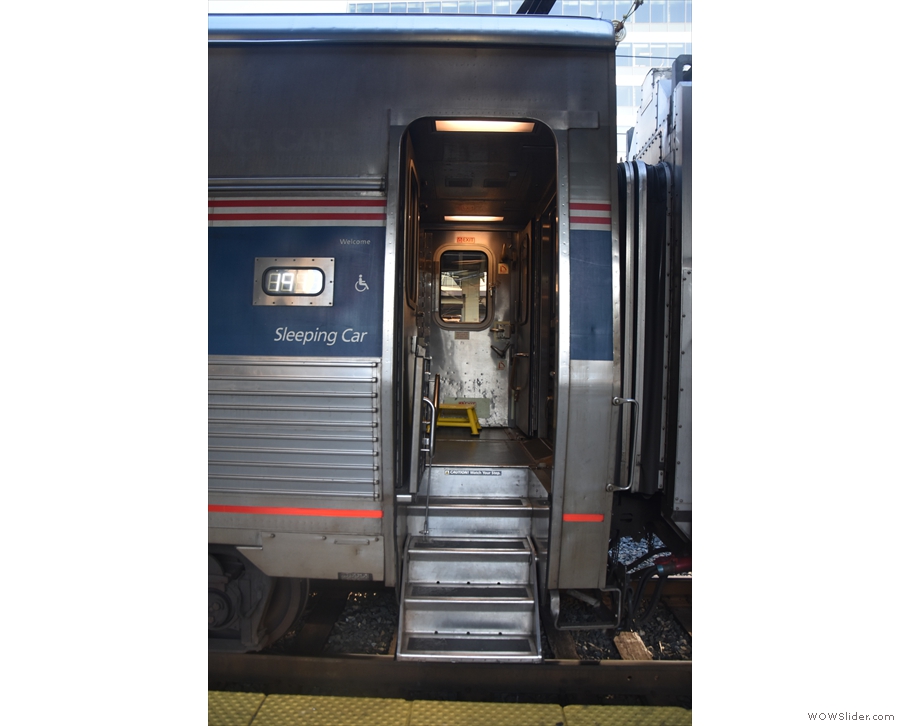
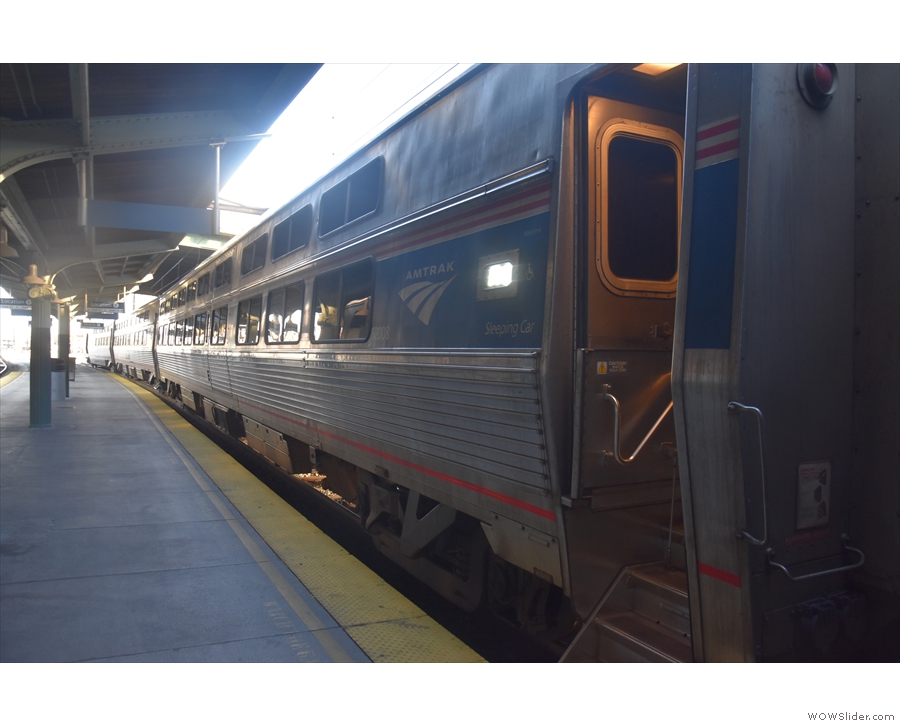
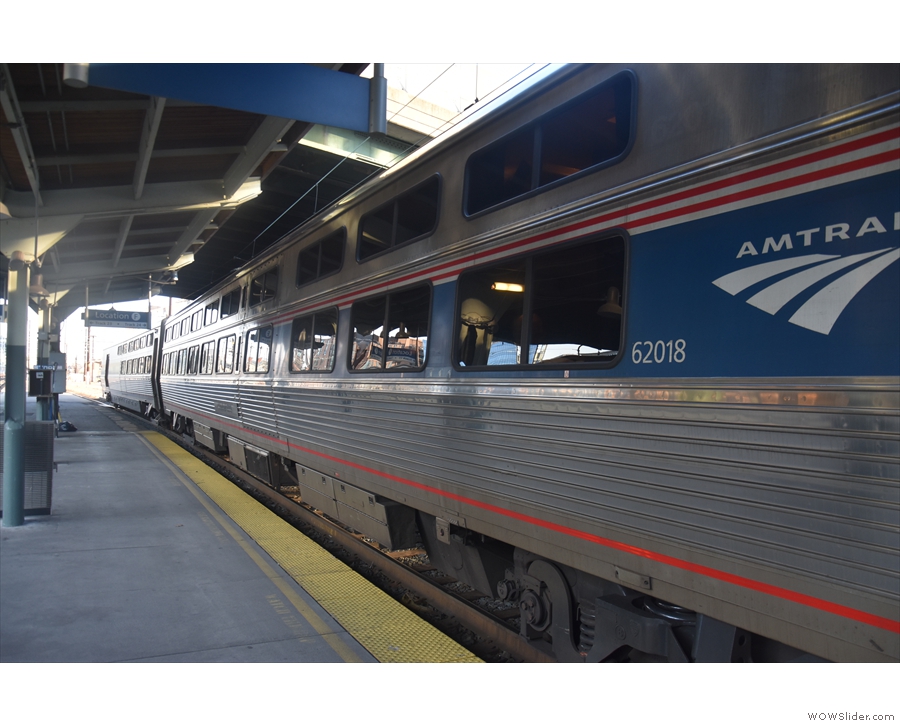
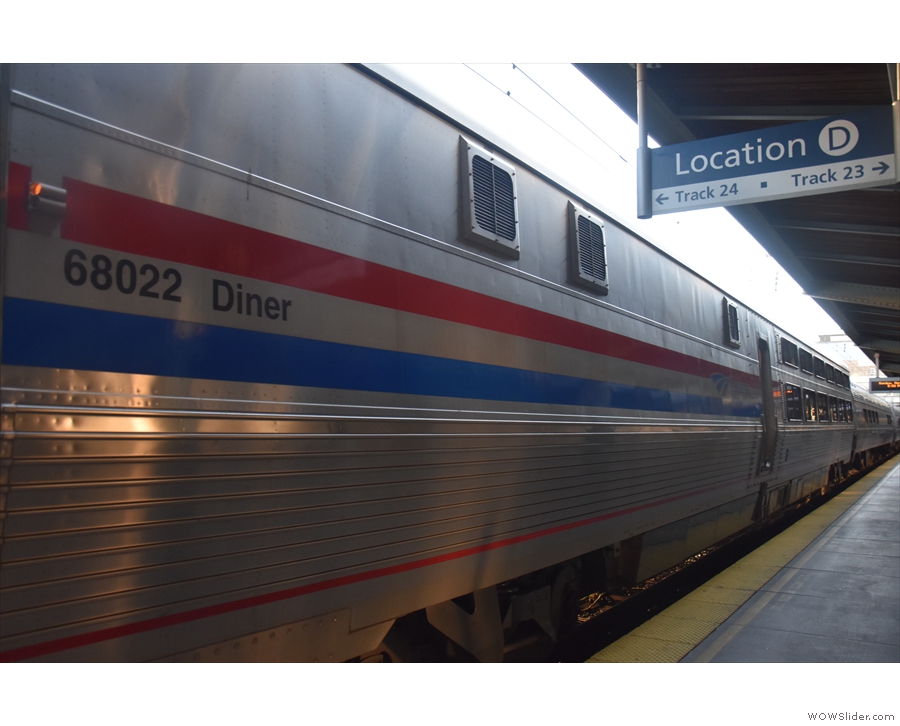
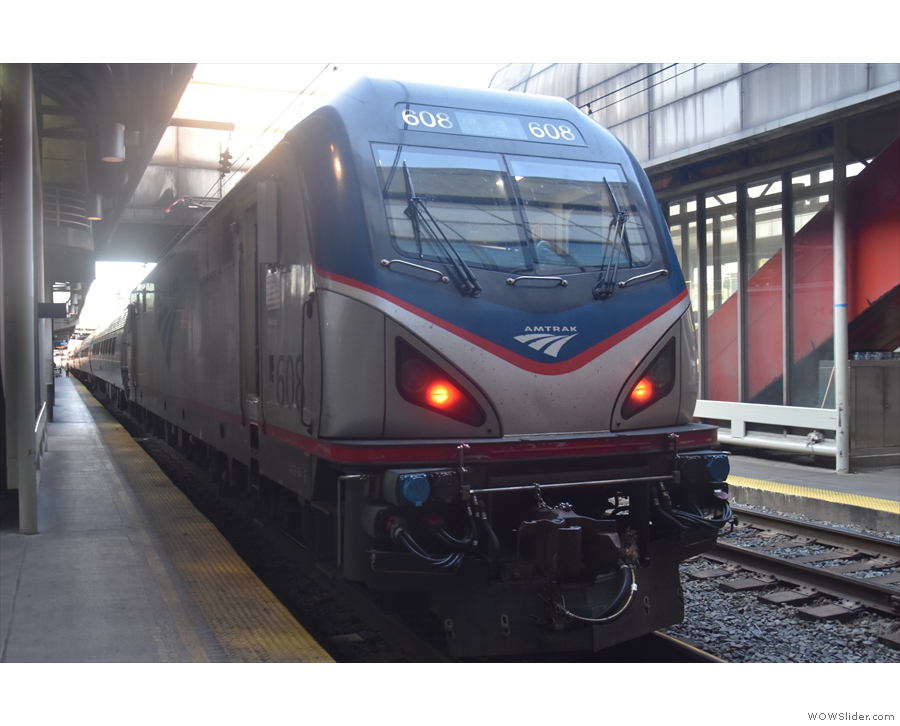
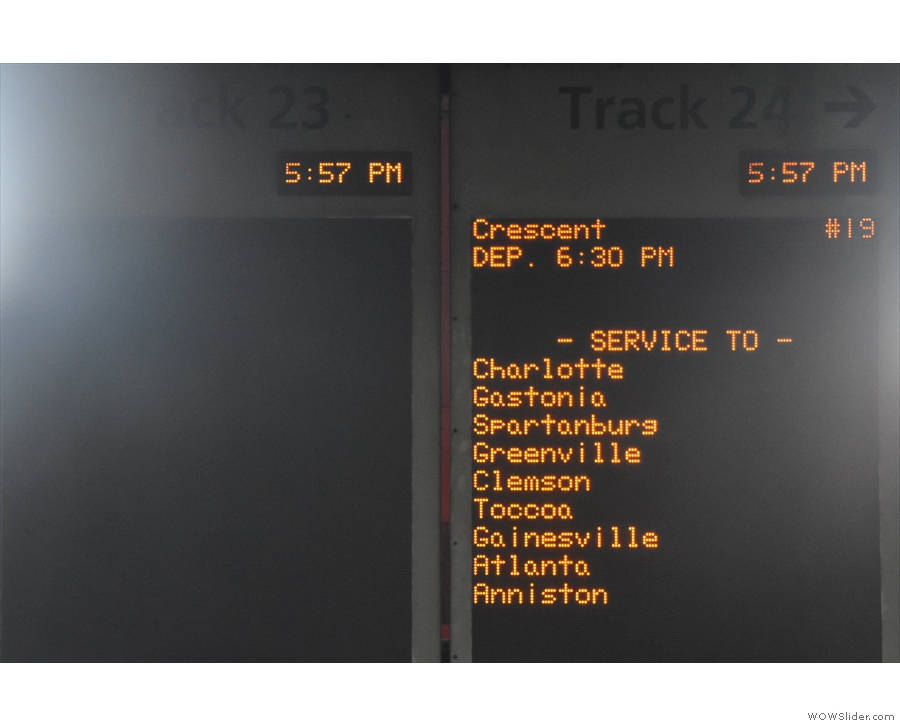
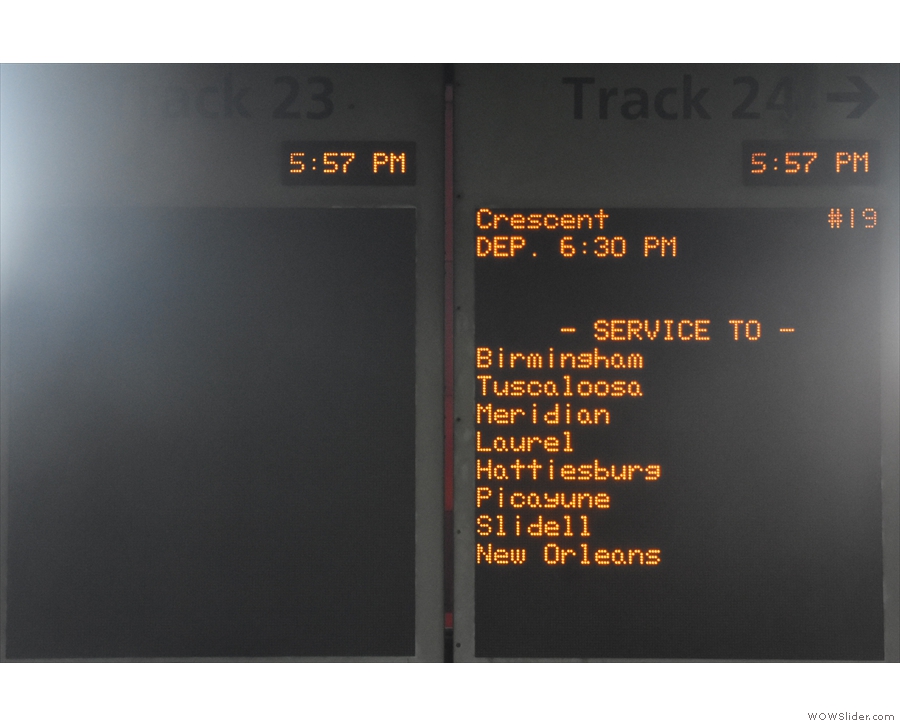
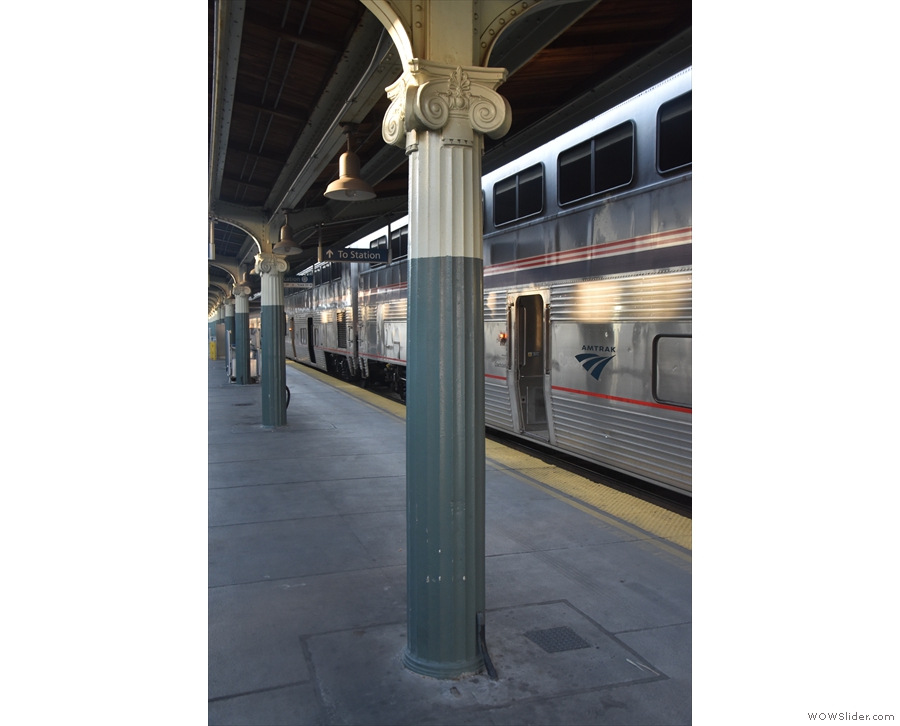
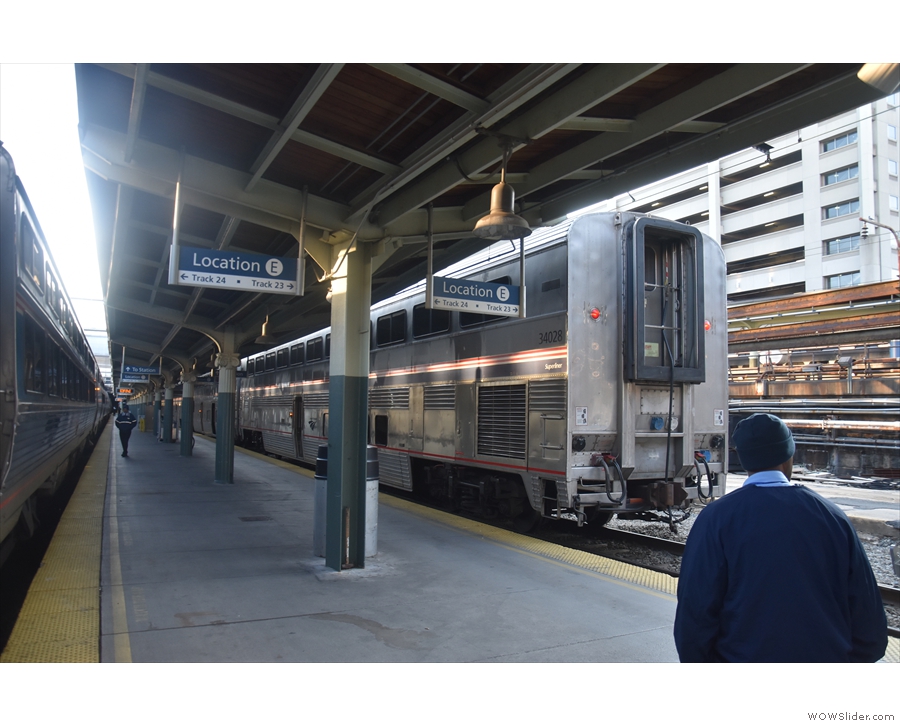
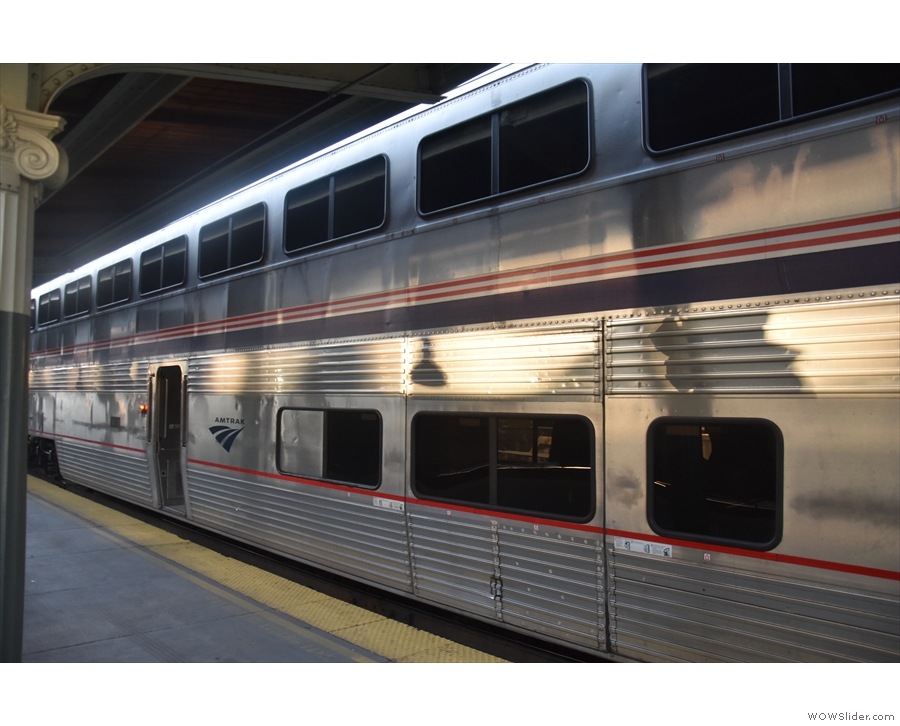
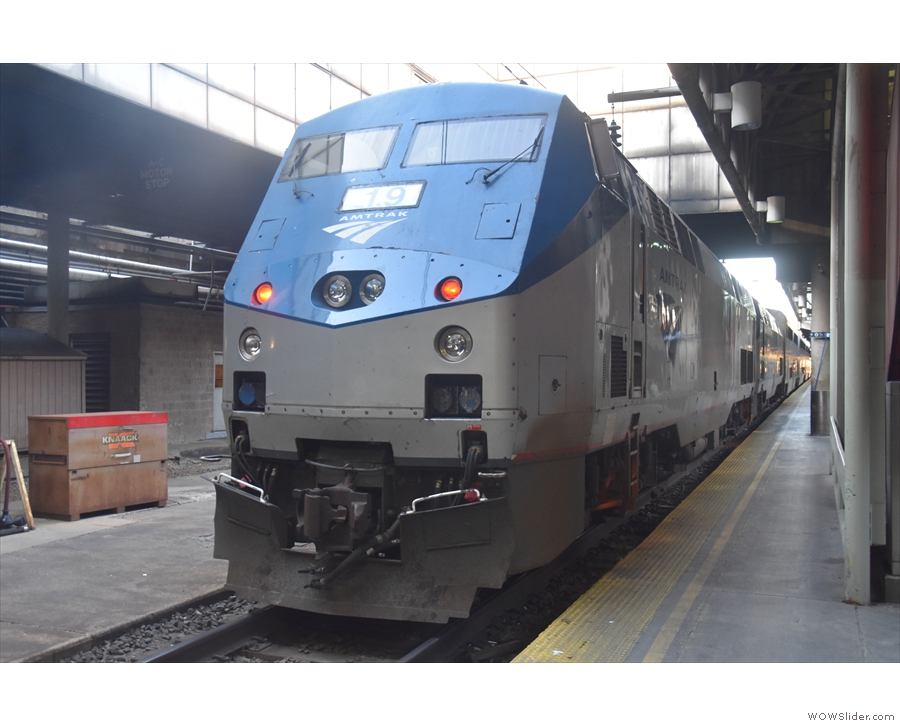
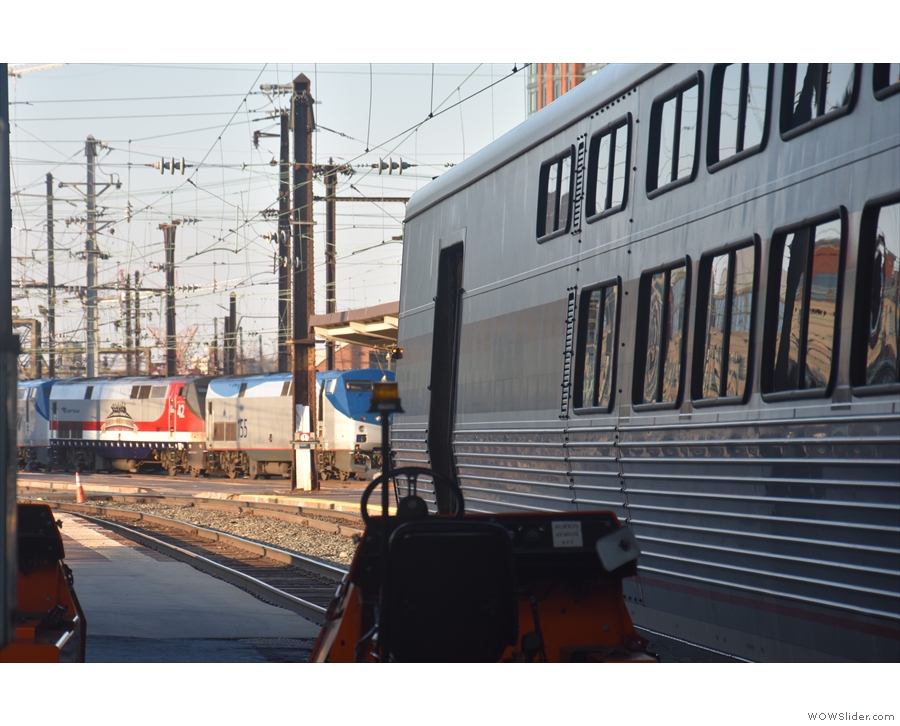
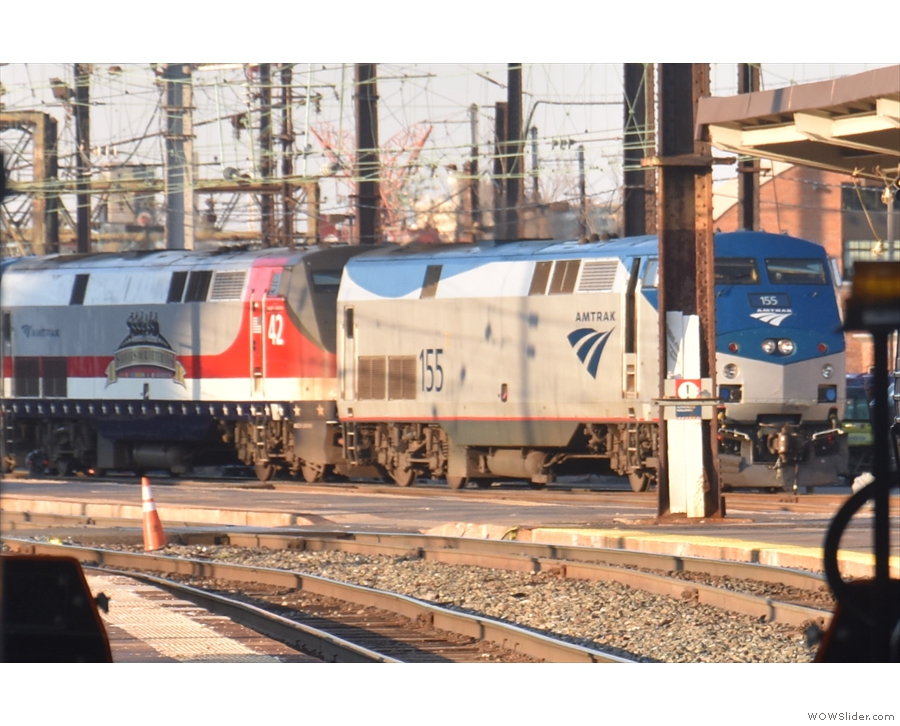
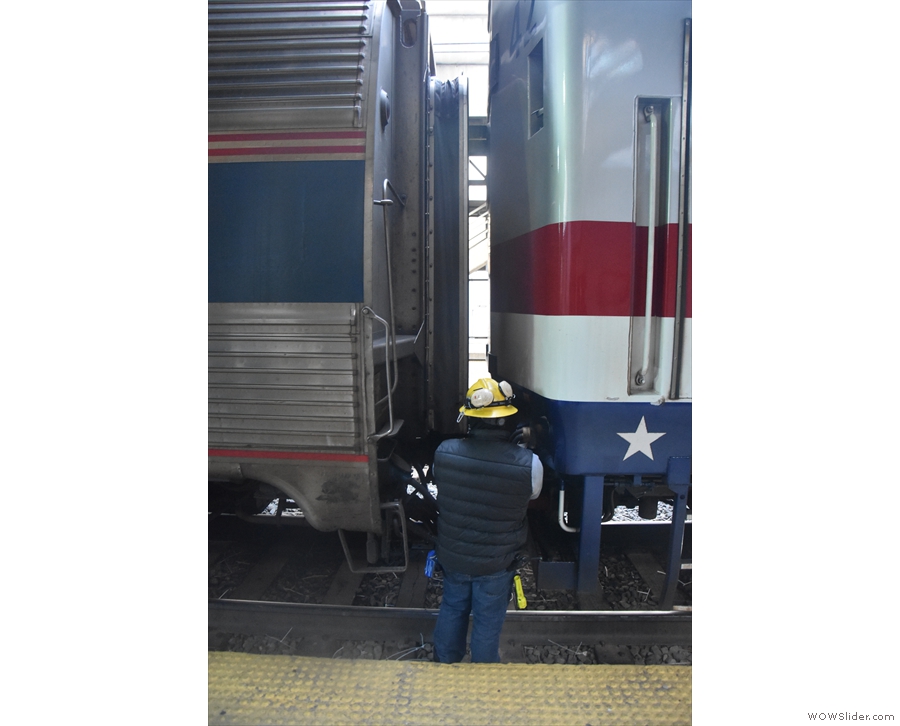
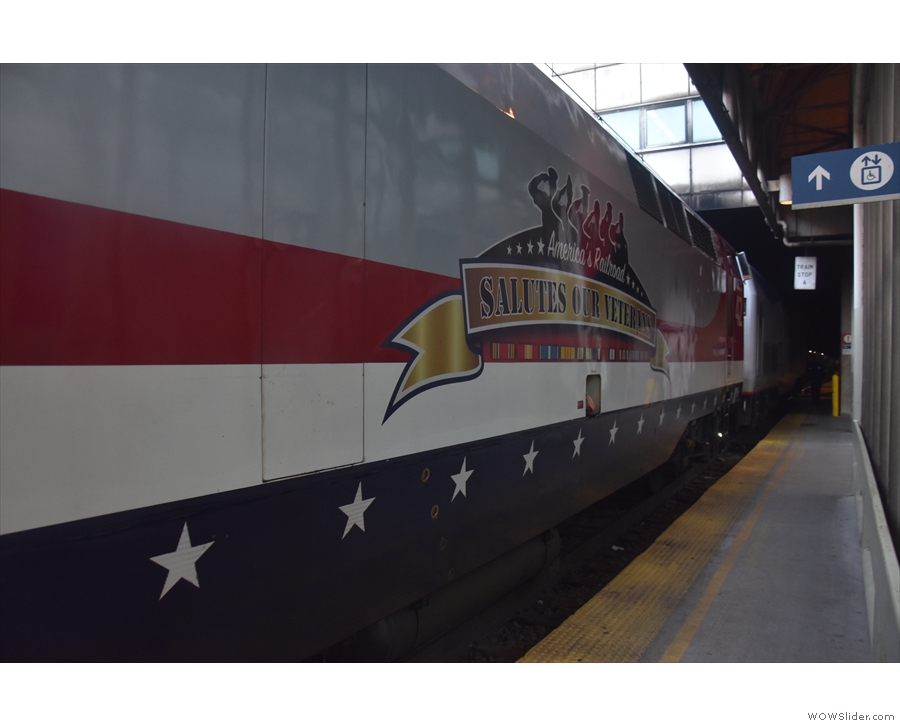
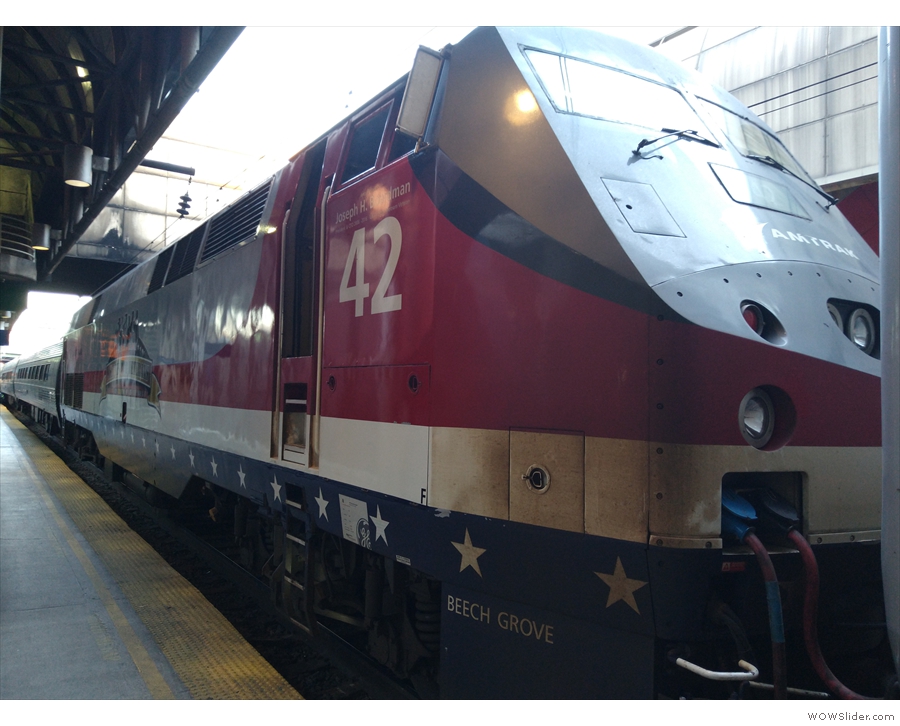
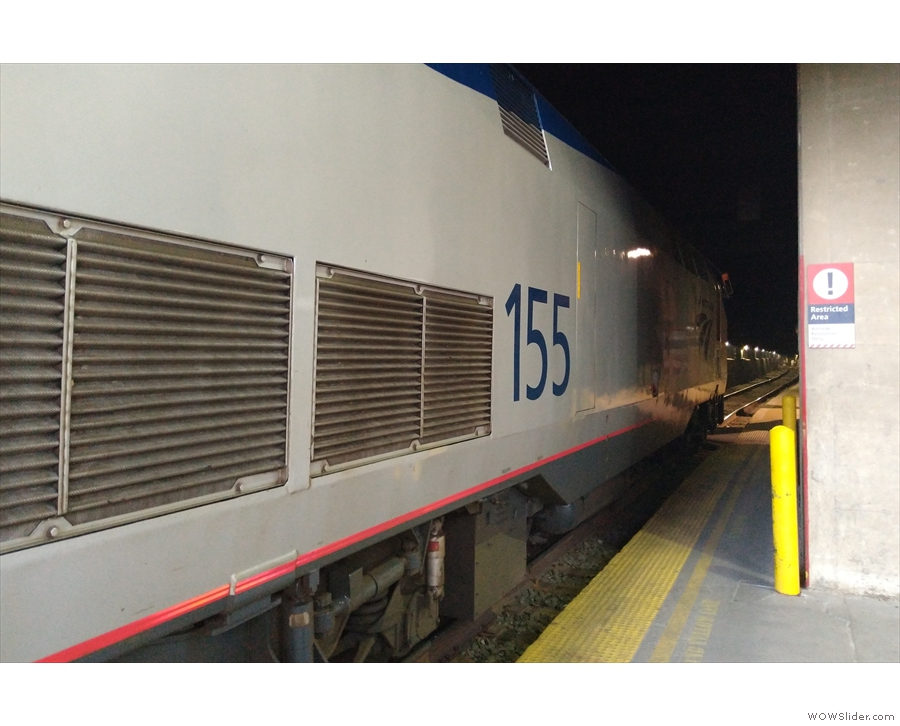
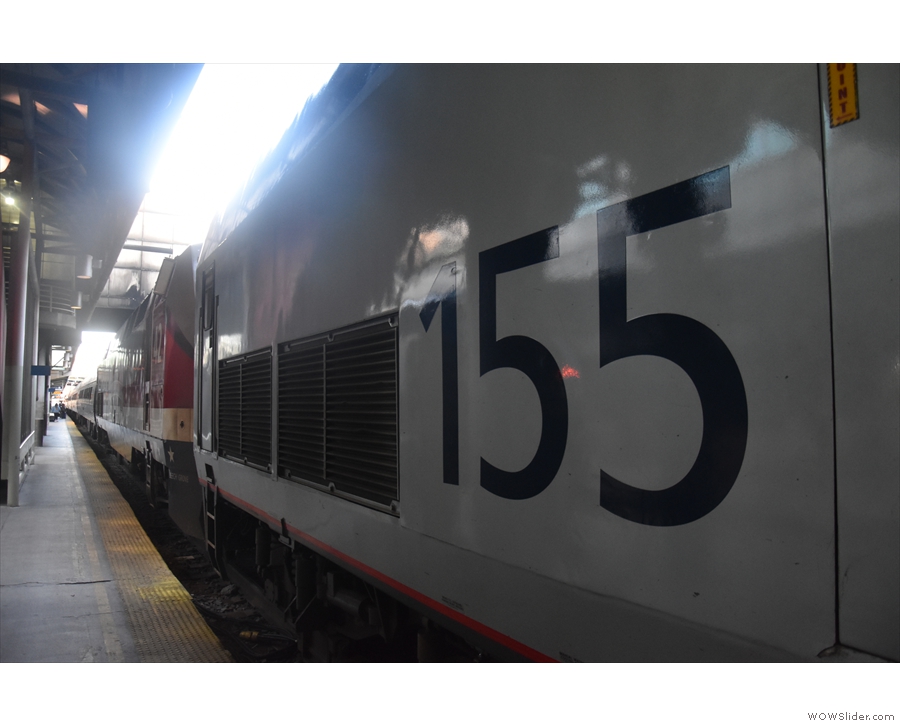
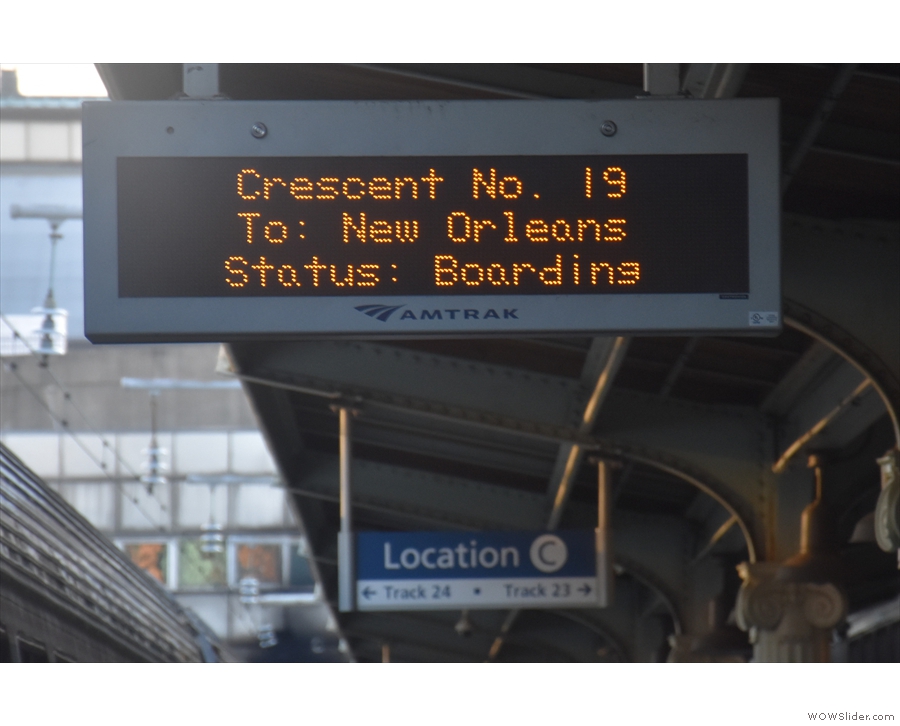
 1
1 2
2 3
3 4
4 5
5 6
6 7
7 8
8 9
9 10
10 11
11 12
12 13
13 14
14 15
15 16
16 17
17 18
18 19
19 20
20 21
21 22
22 23
23 24
24 25
25 26
26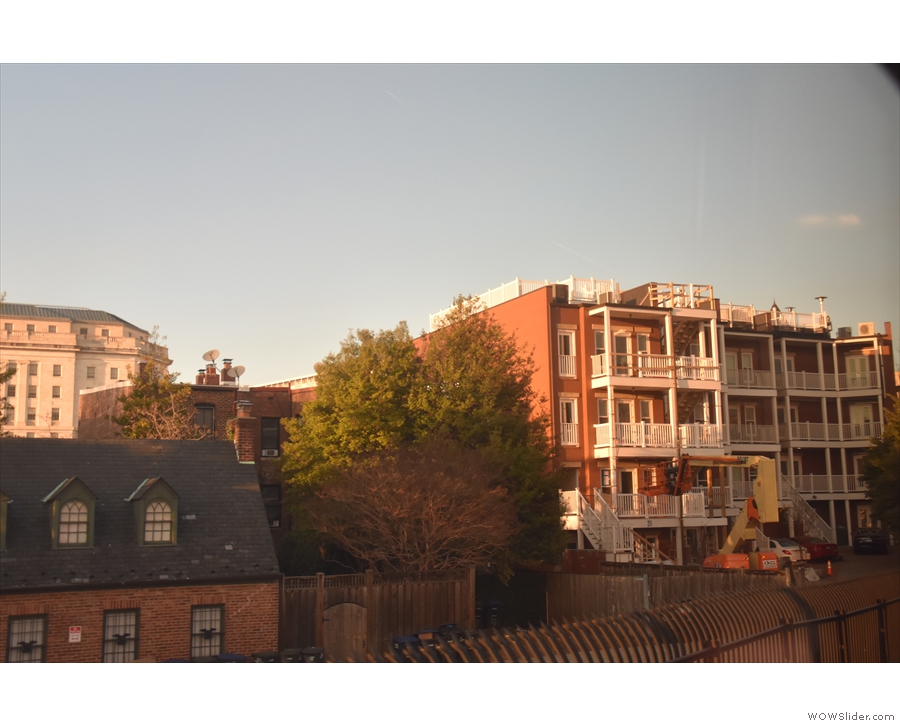
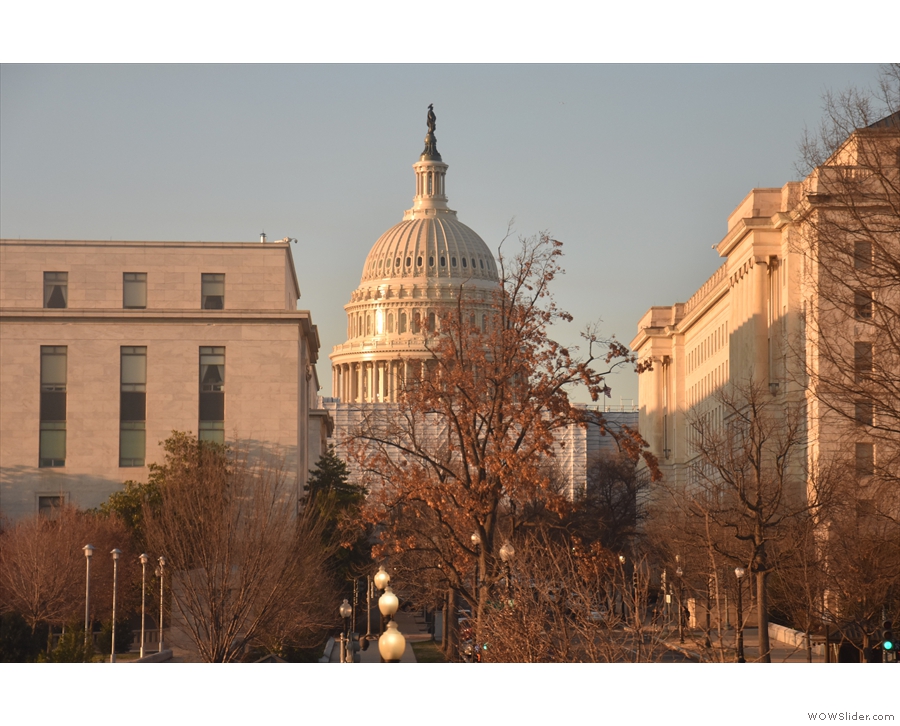
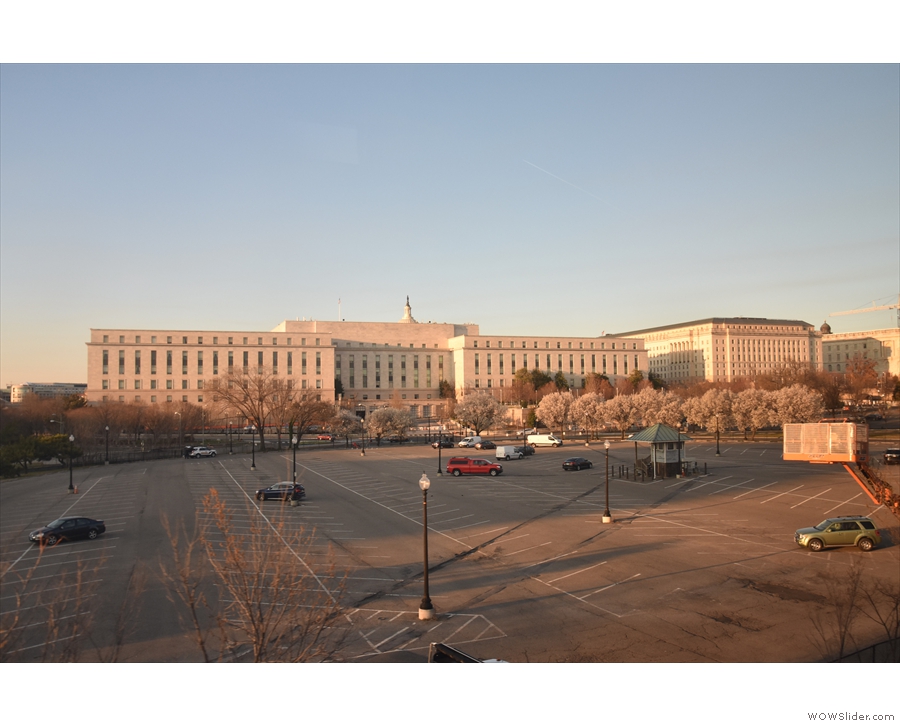
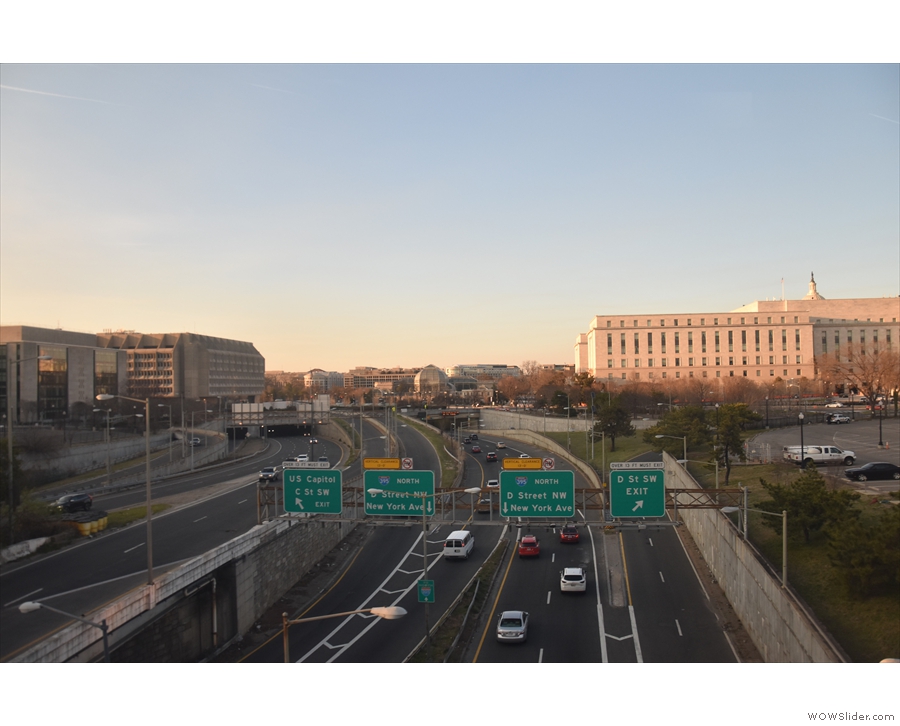
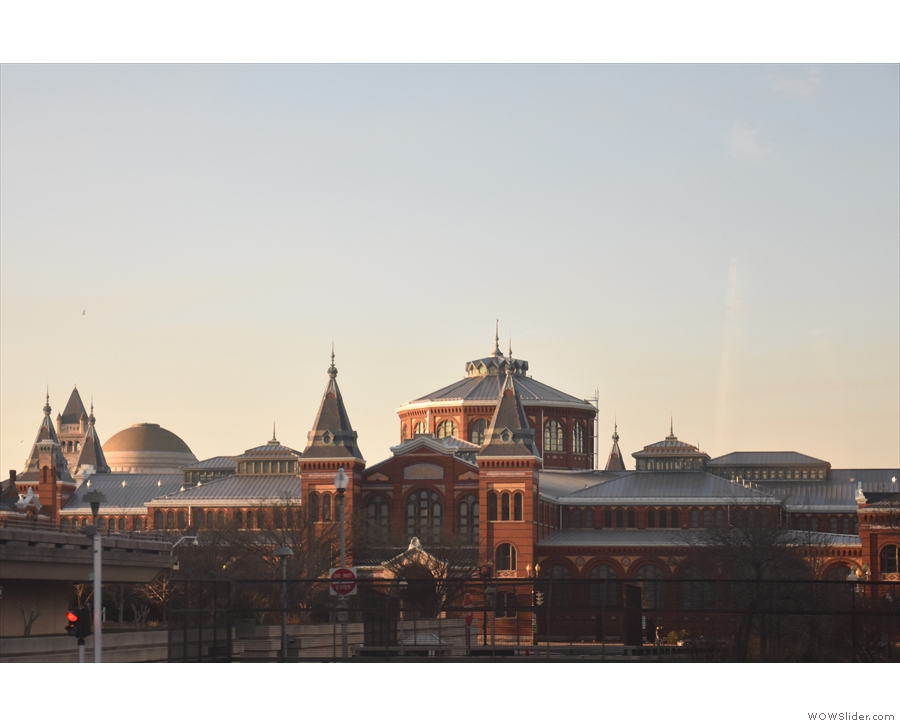
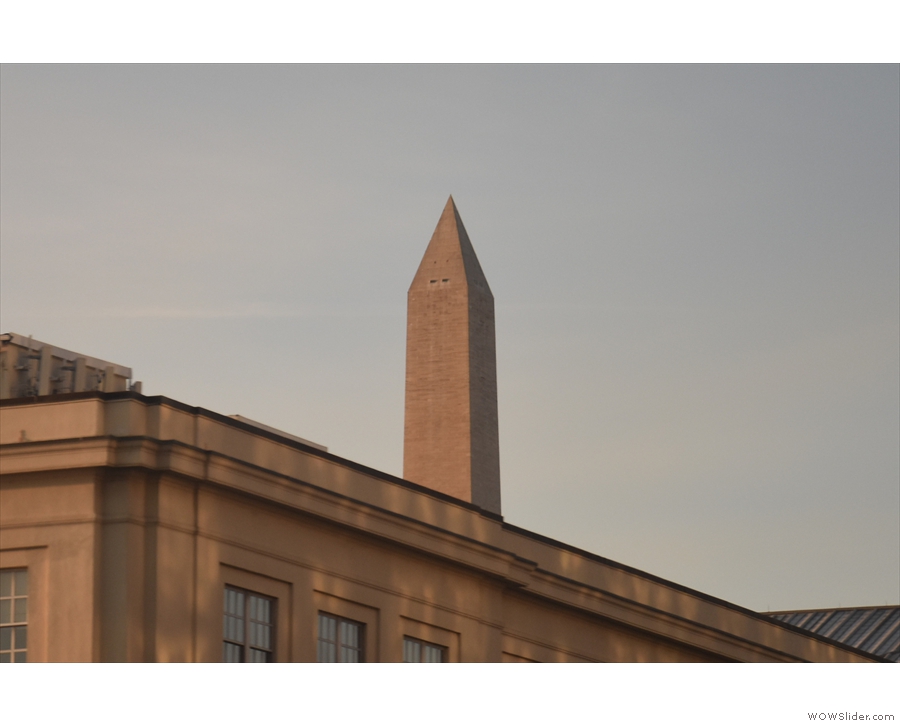
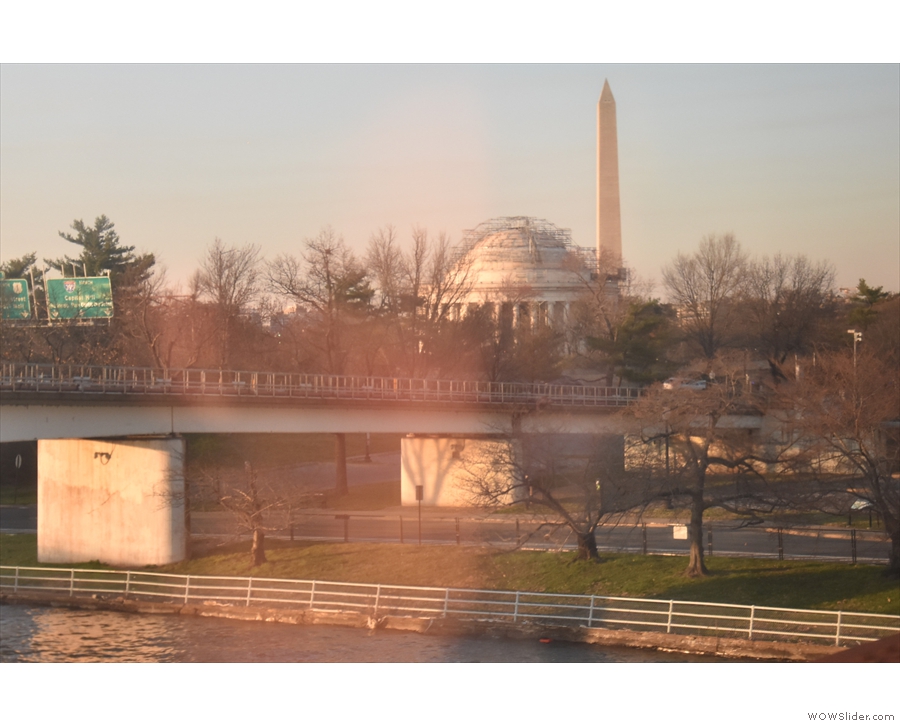
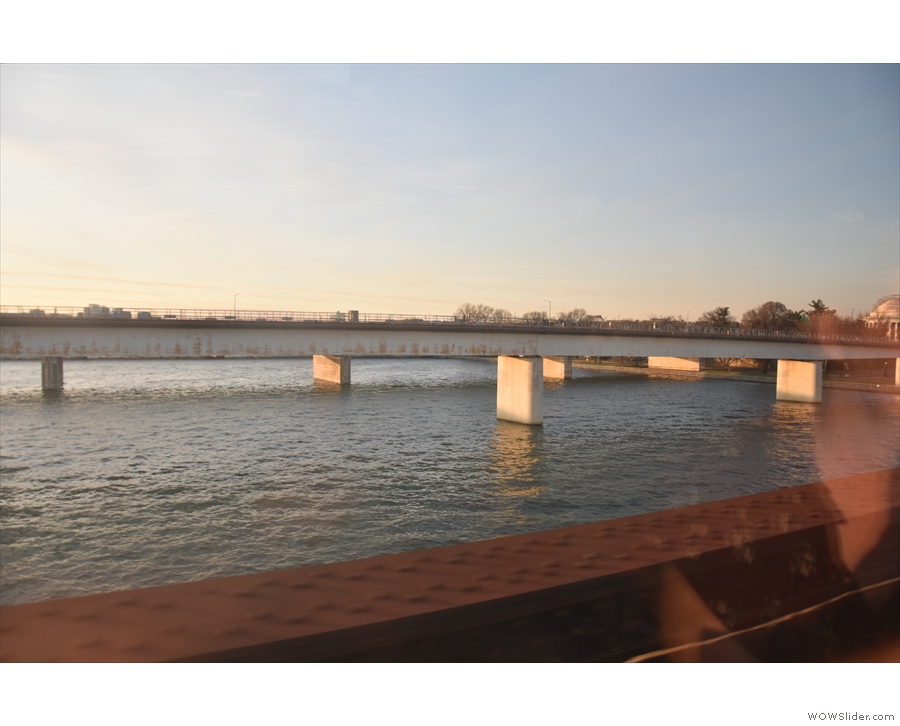
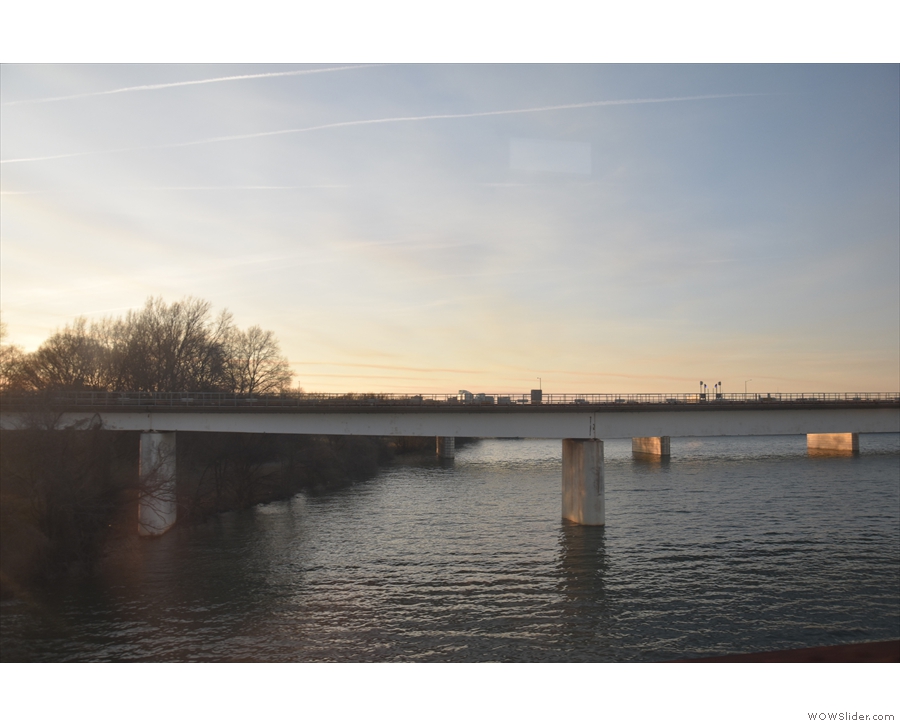
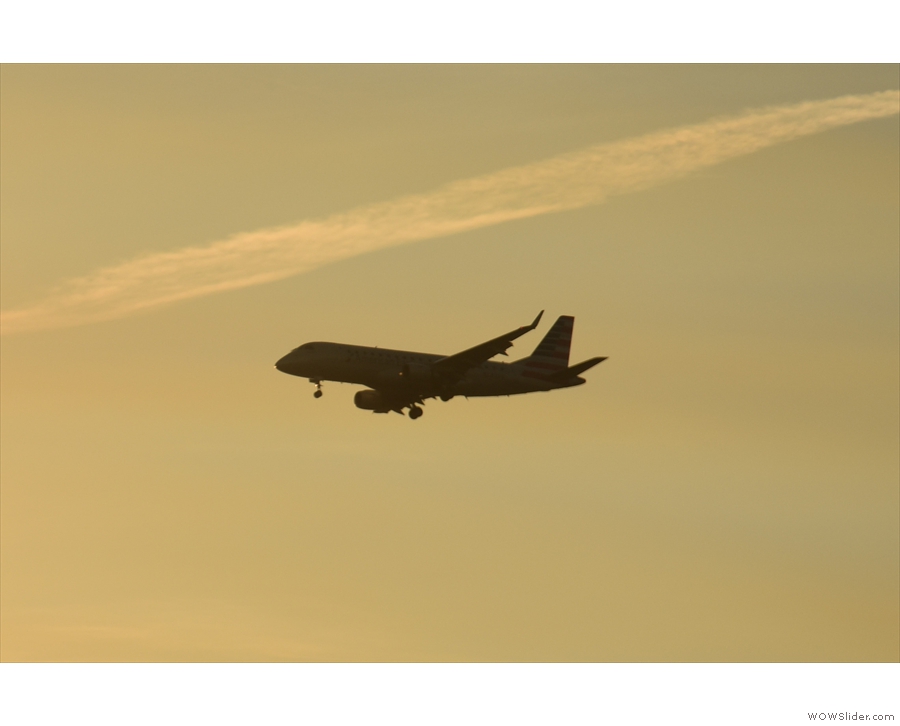
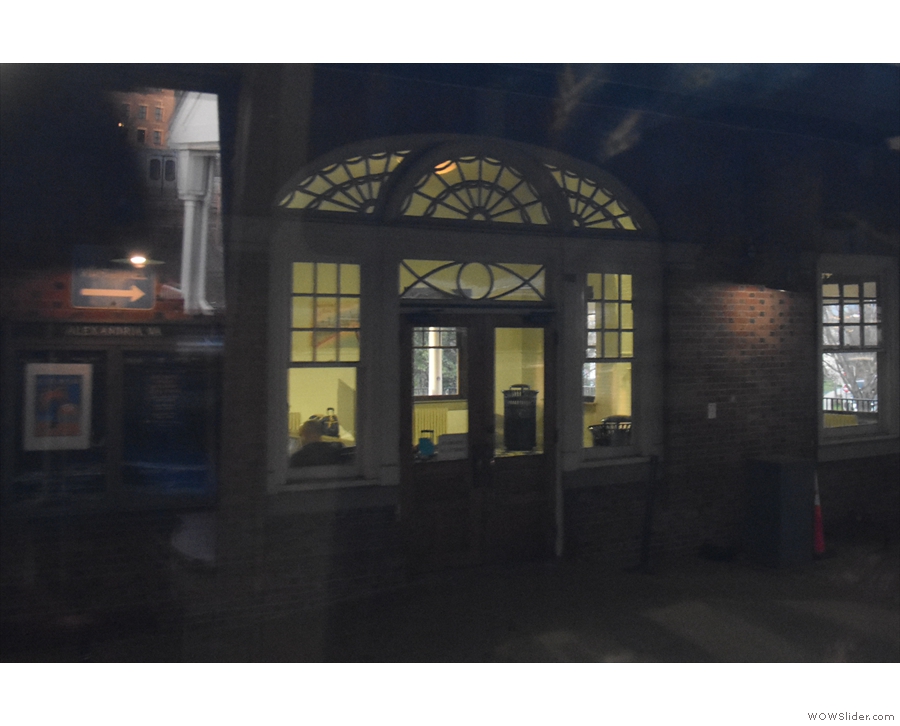
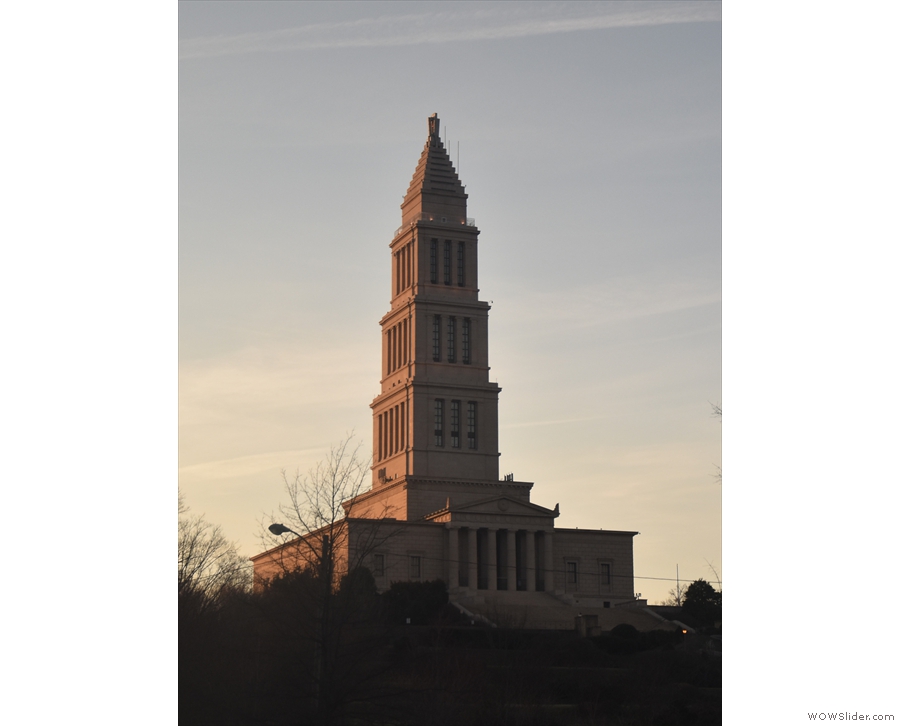

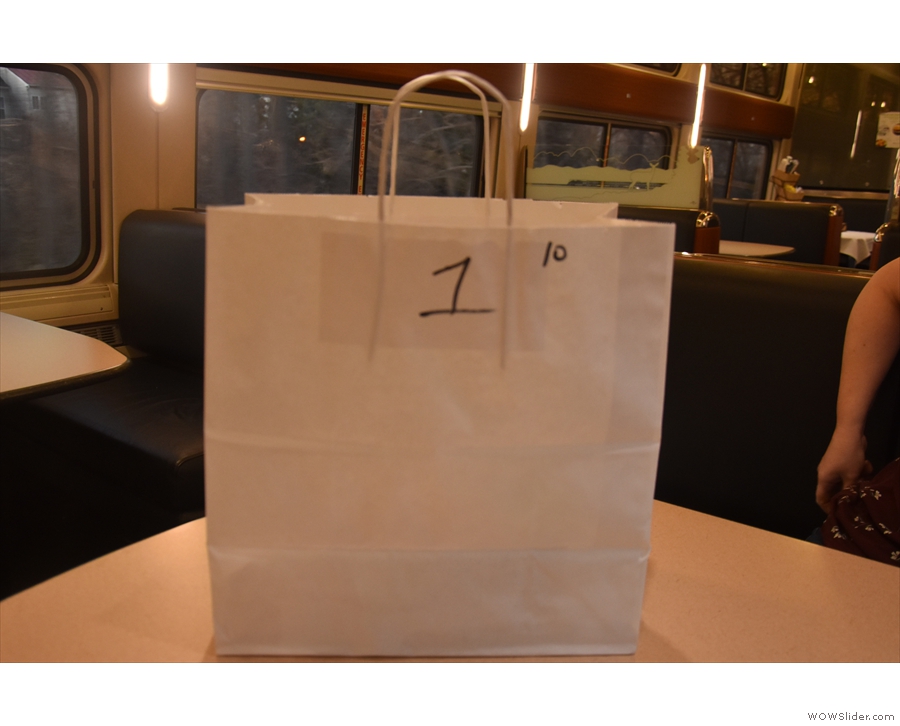
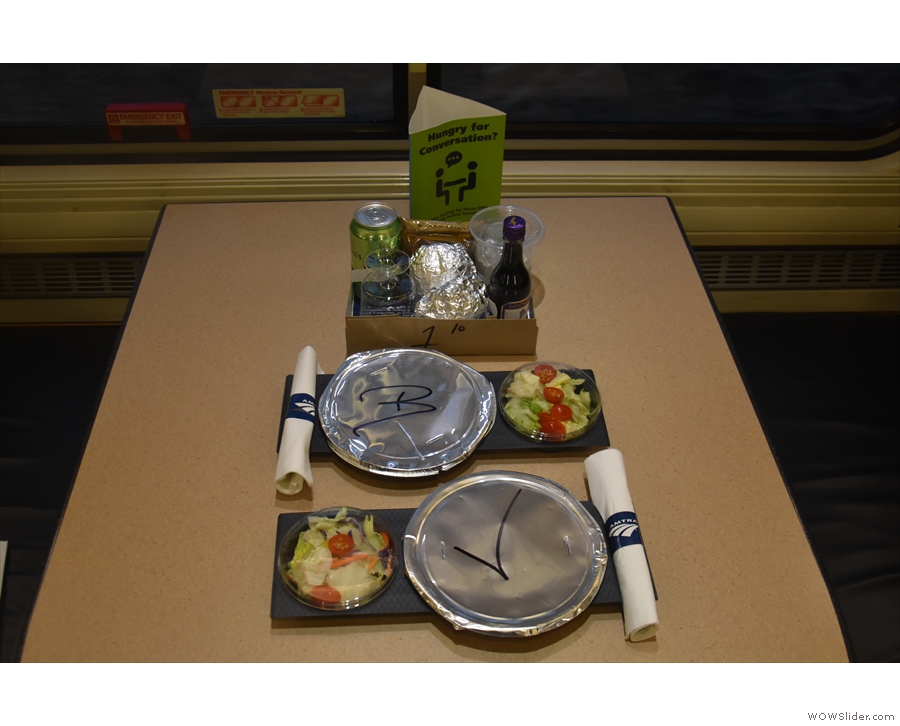

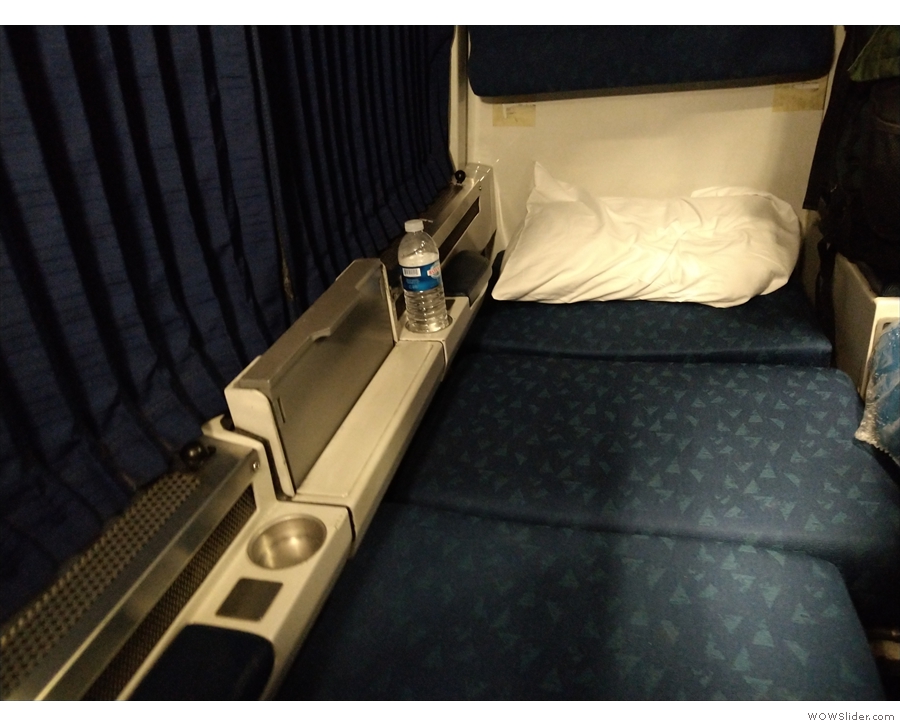
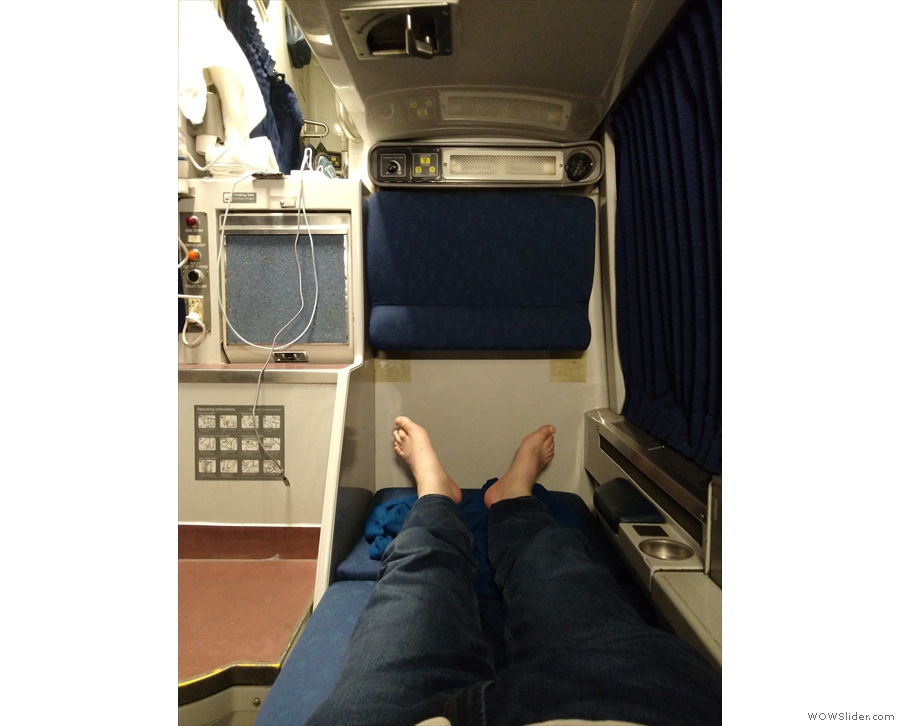
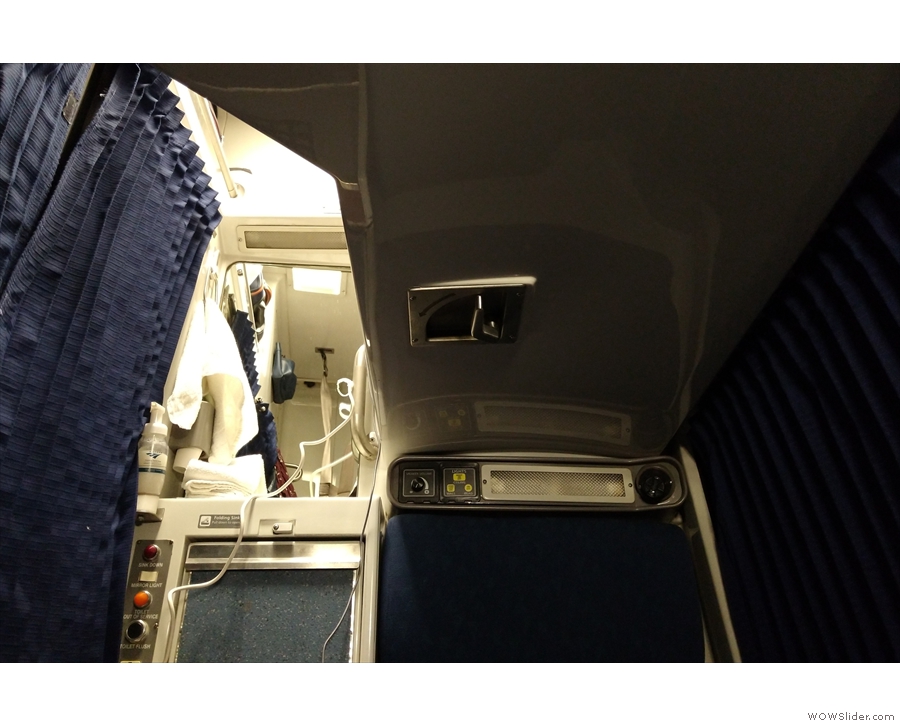

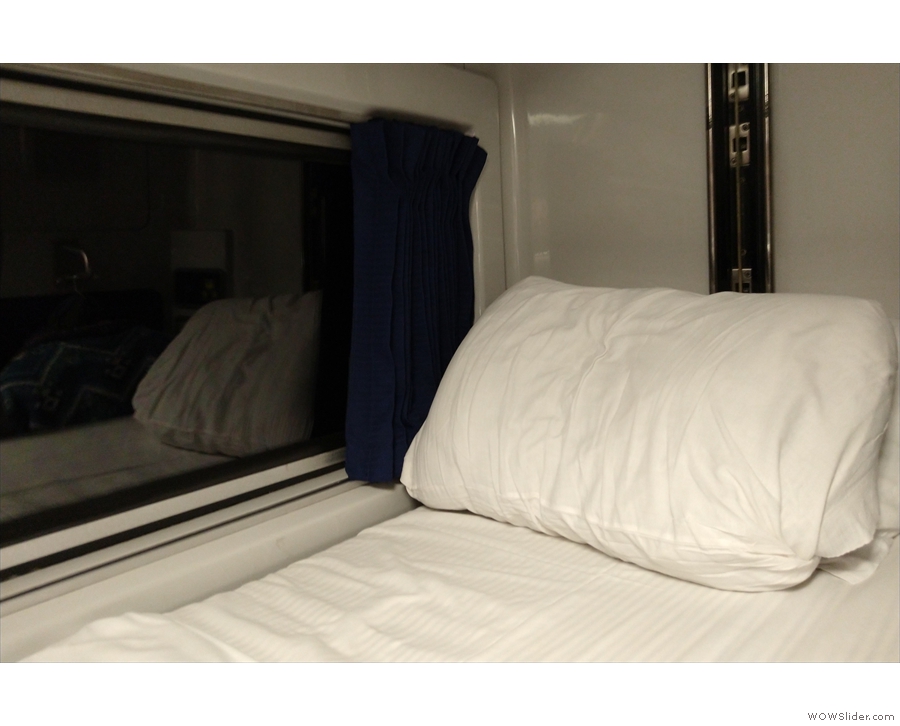

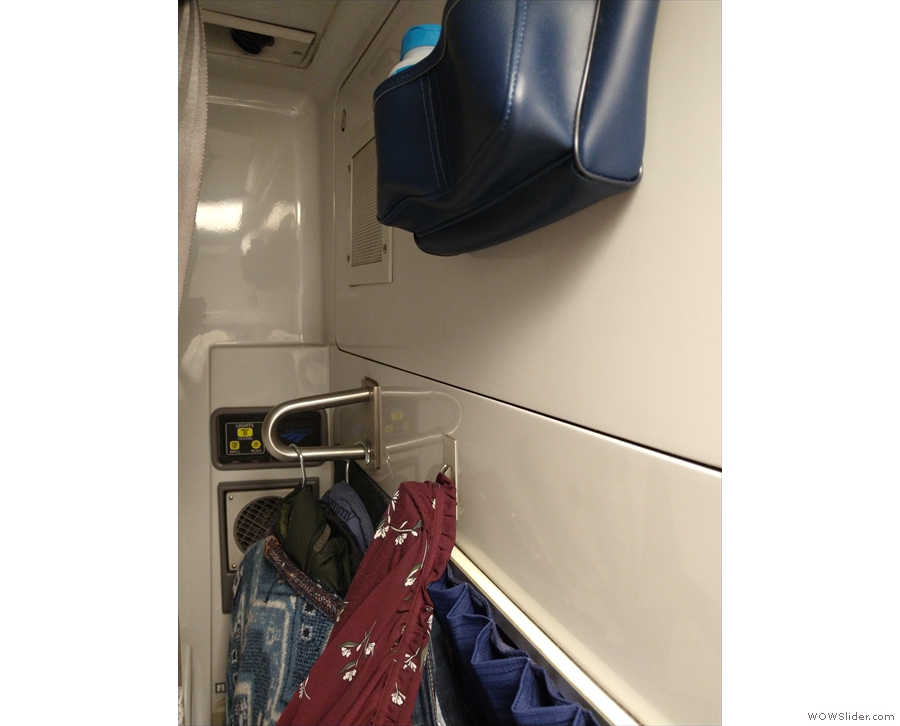
 1
1 2
2 3
3 4
4 5
5 6
6 7
7 8
8 9
9 10
10 11
11 12
12 13
13 14
14 15
15 16
16 17
17 18
18 19
19 20
20 21
21 22
22 23
23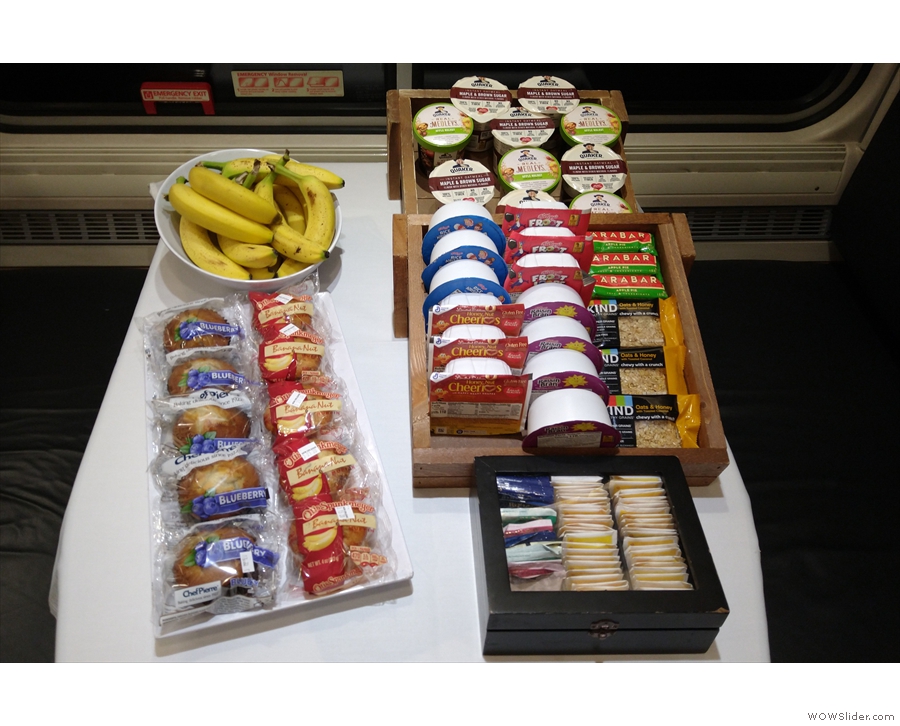
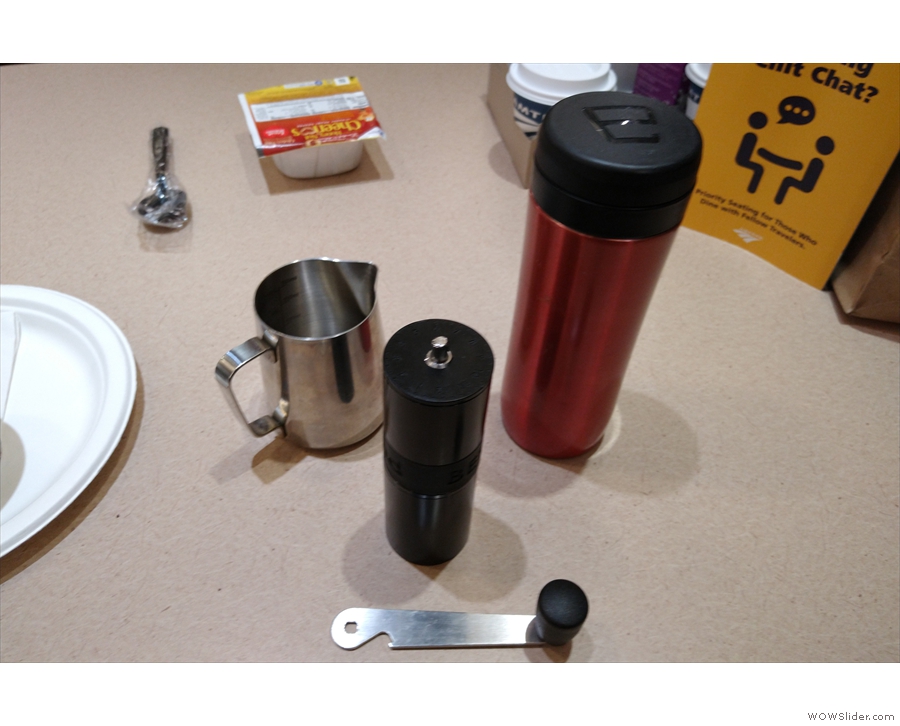
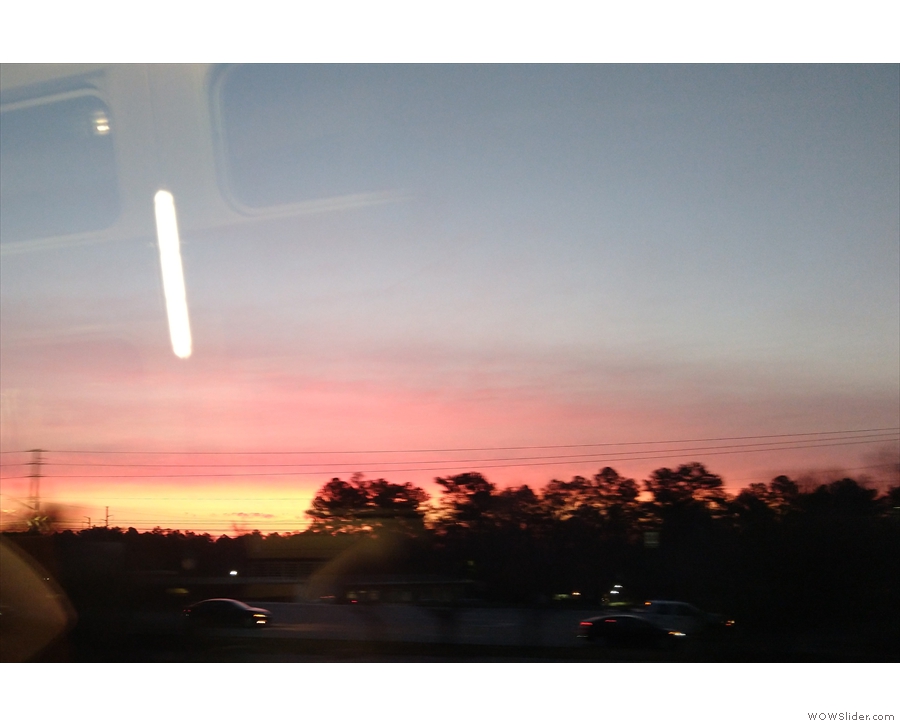
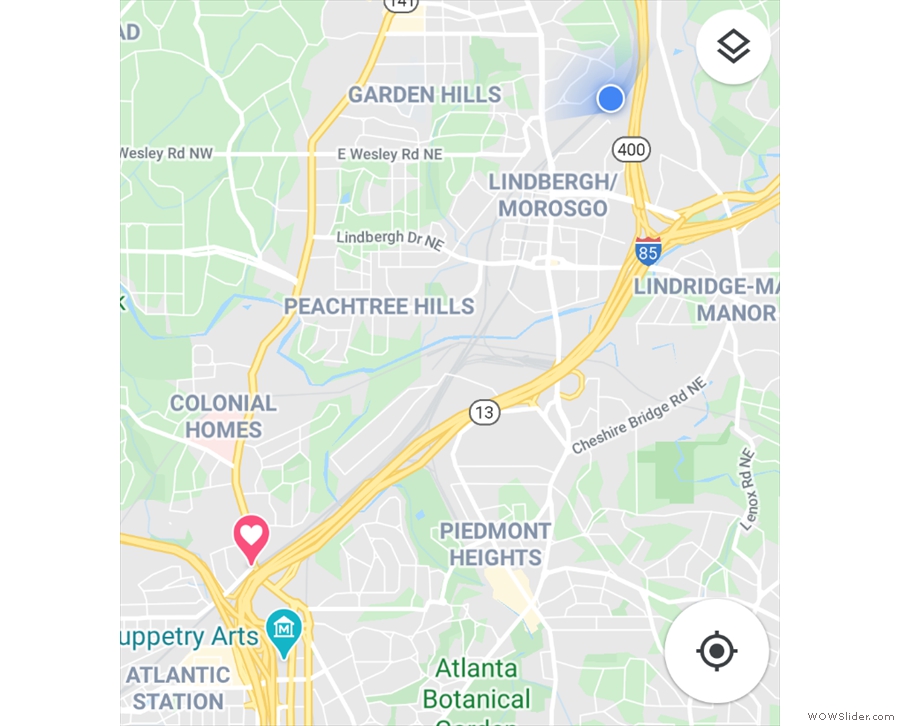
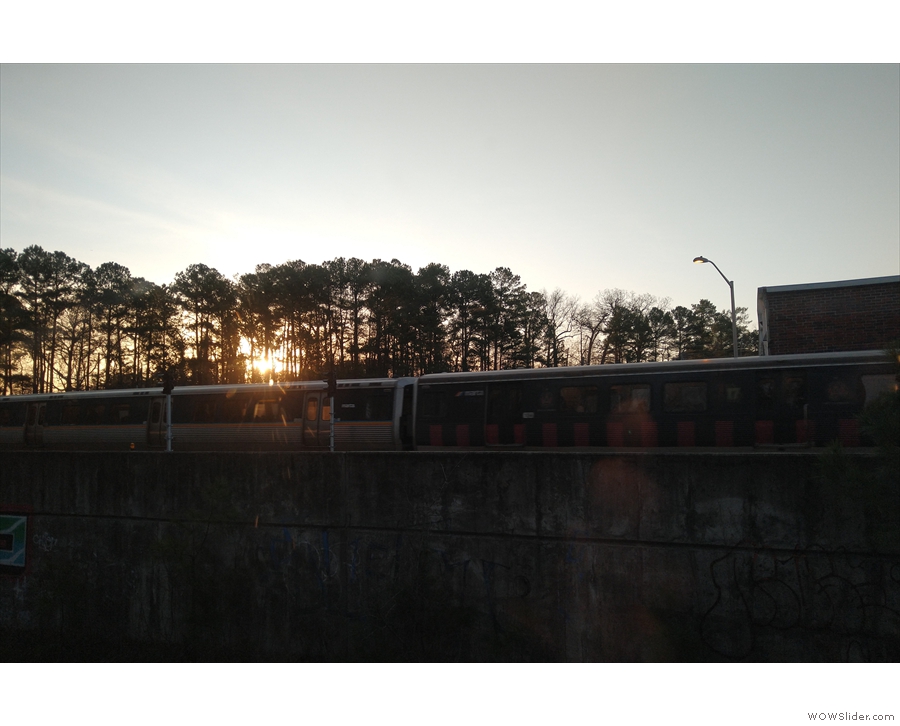

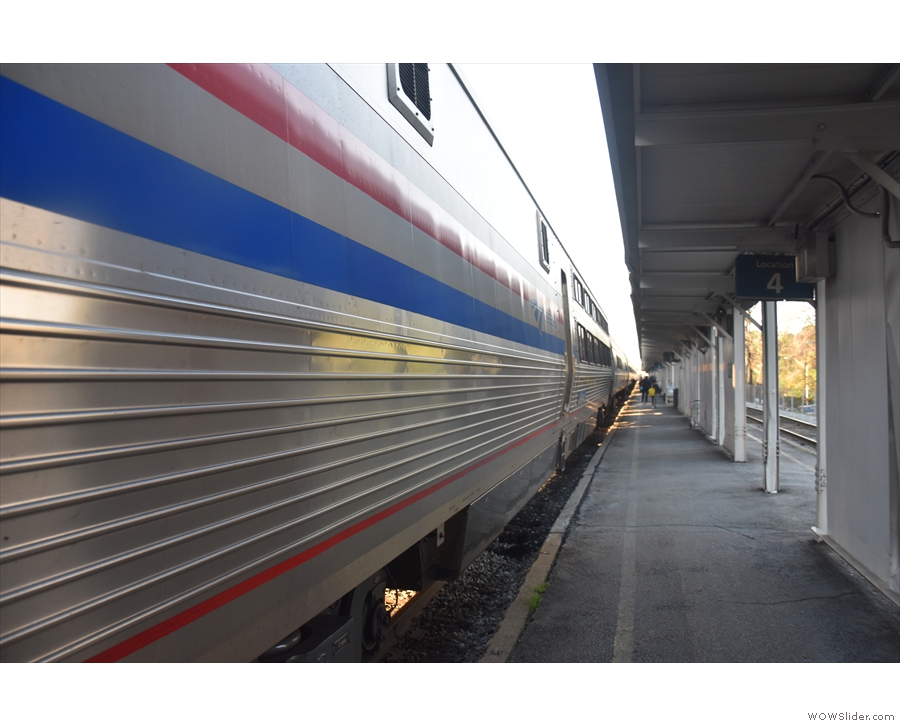
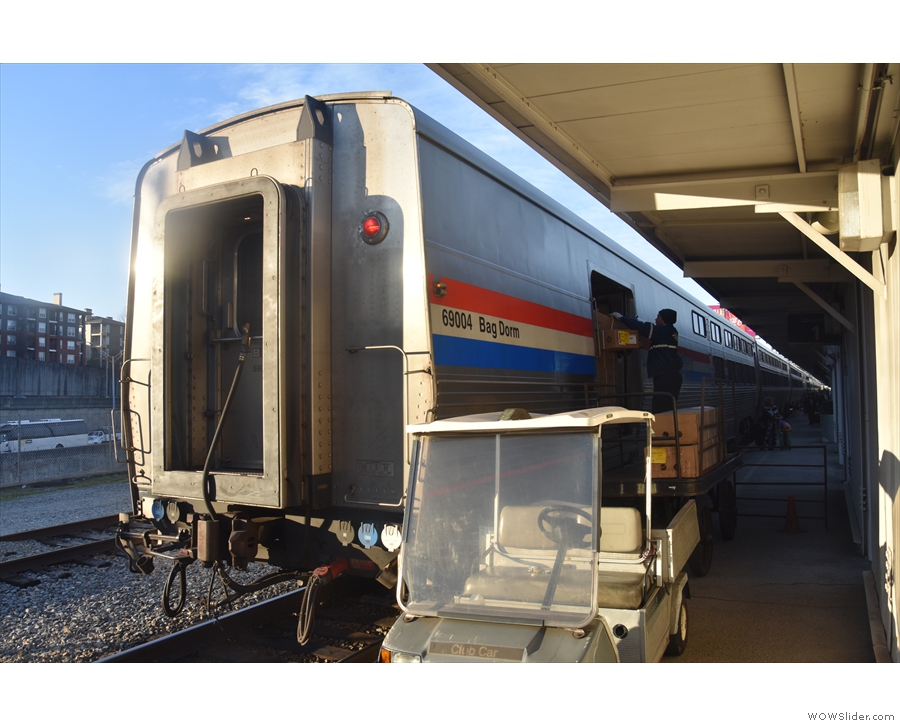
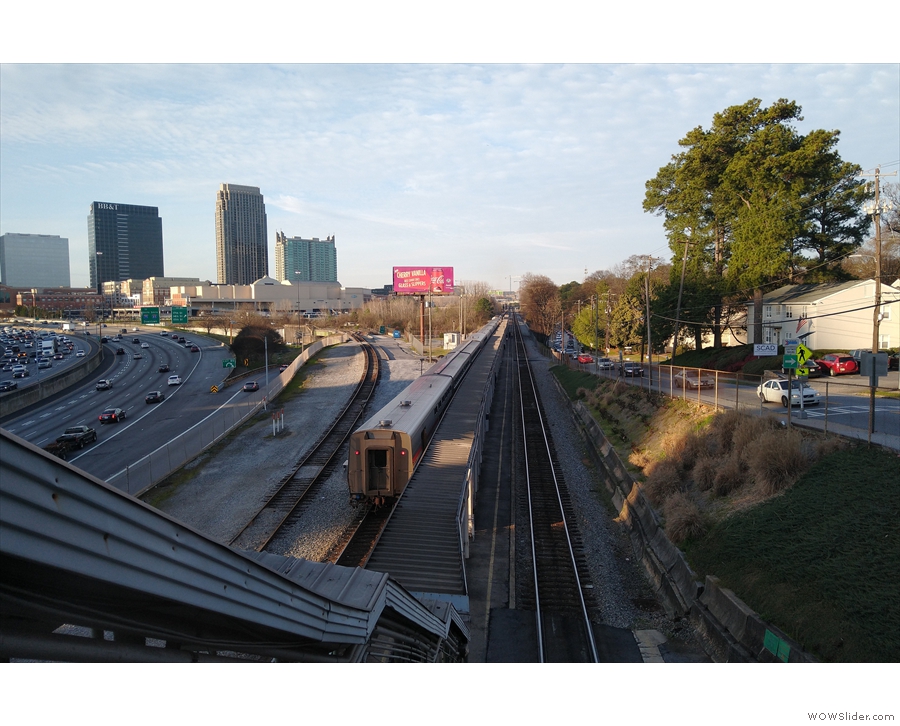
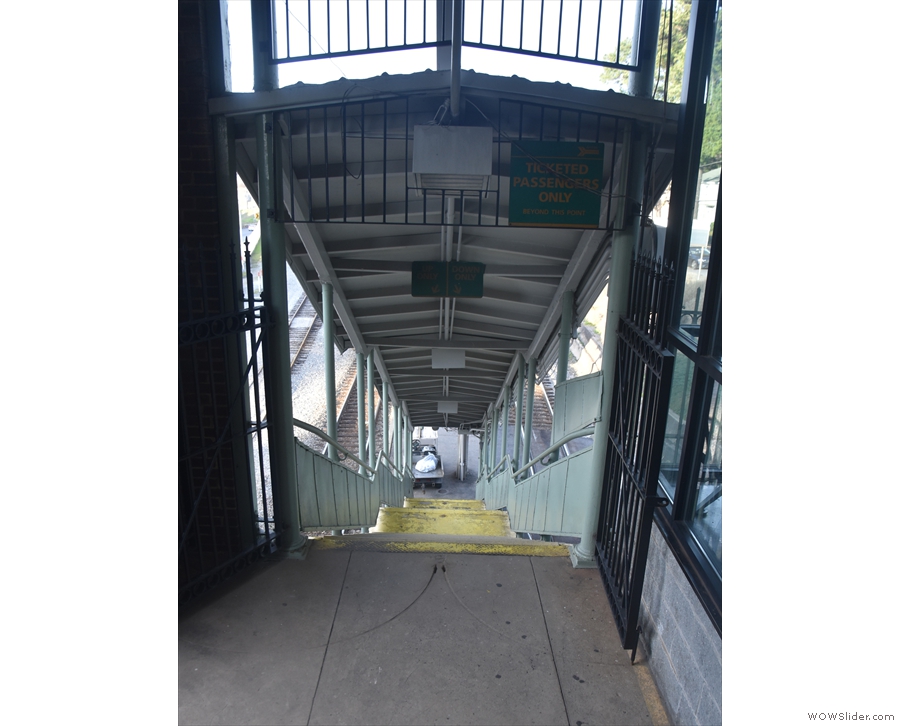
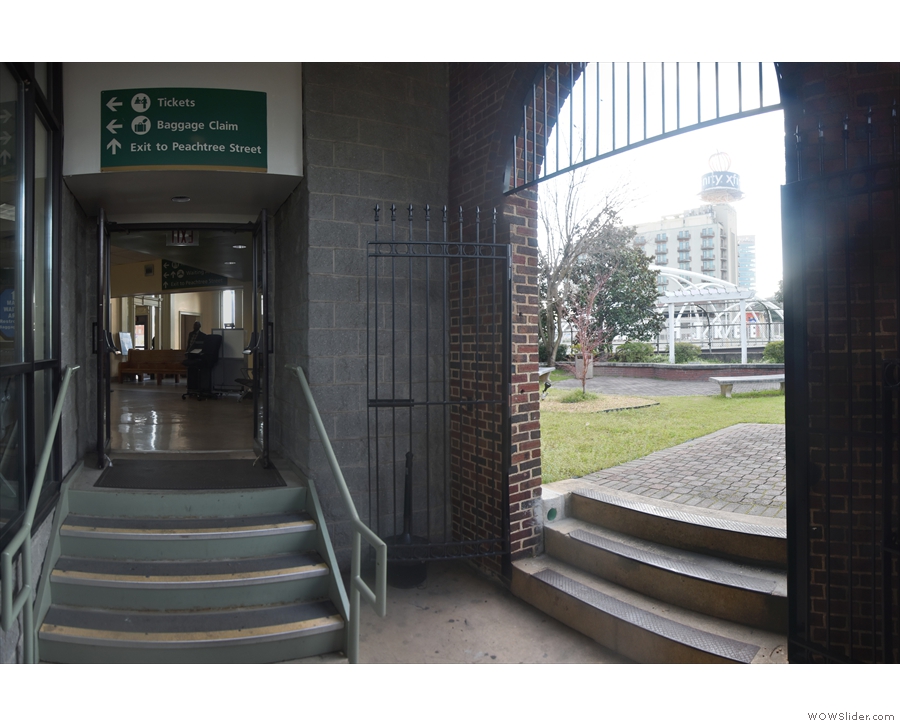

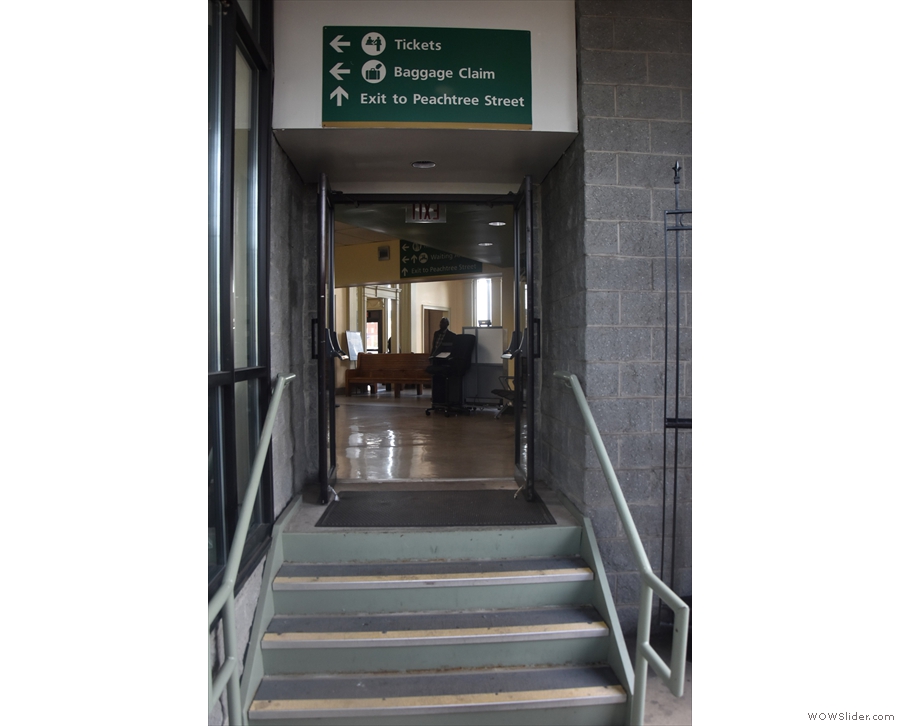
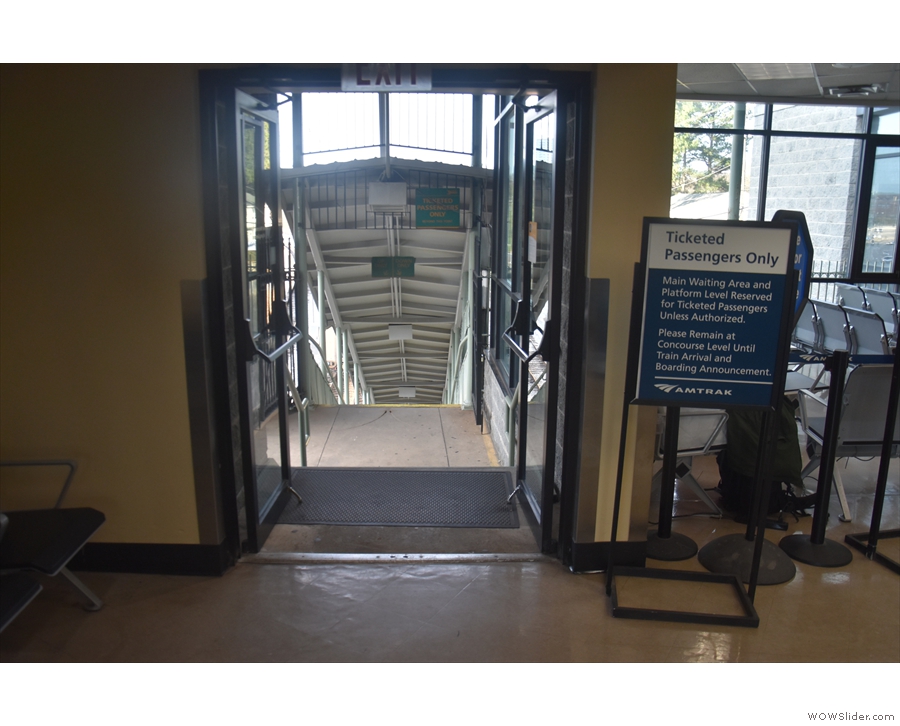
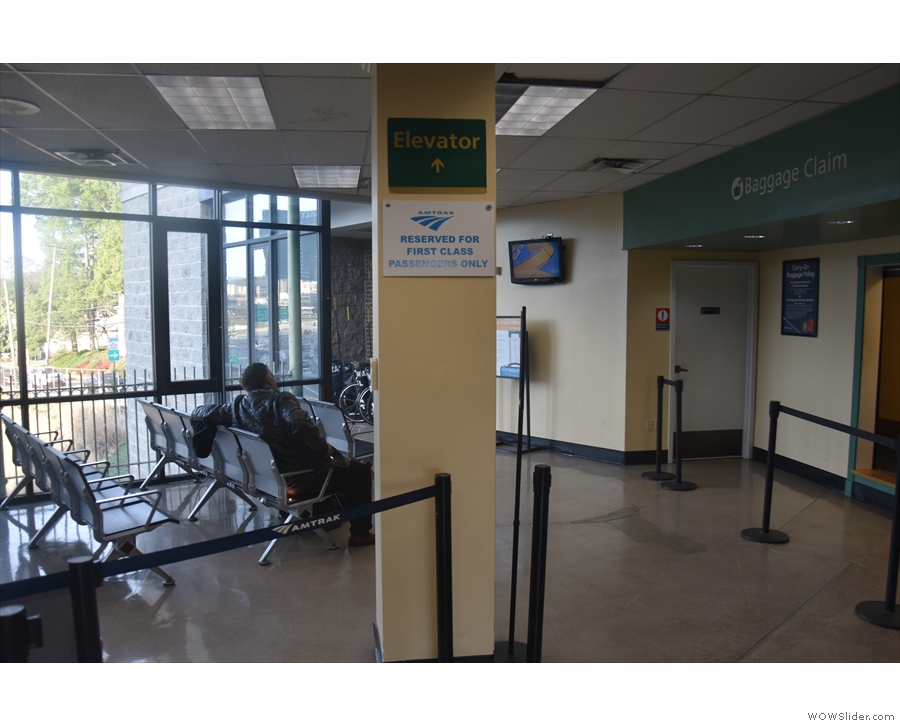
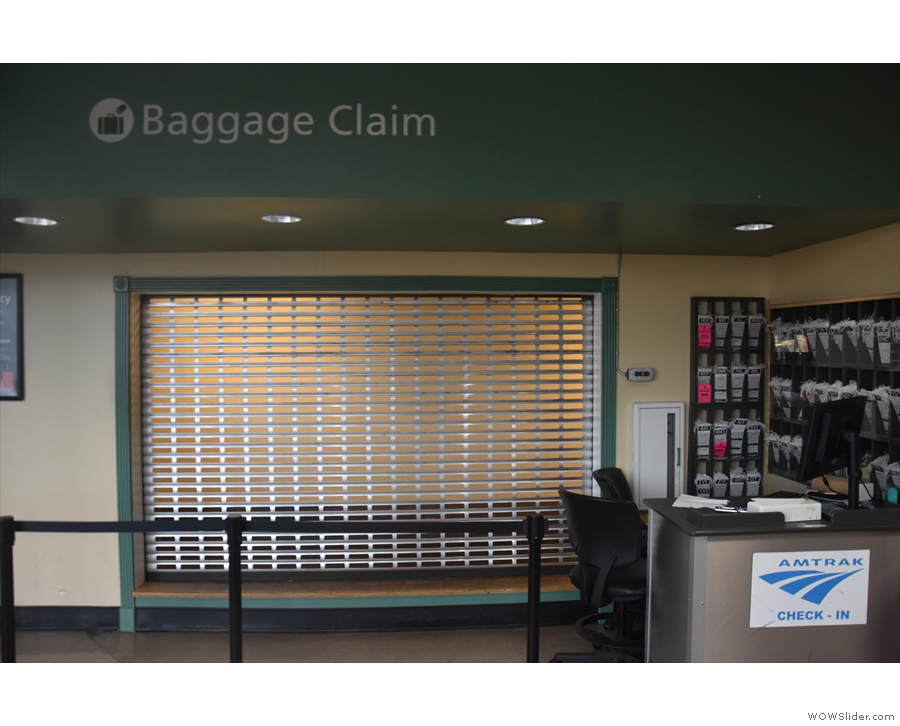
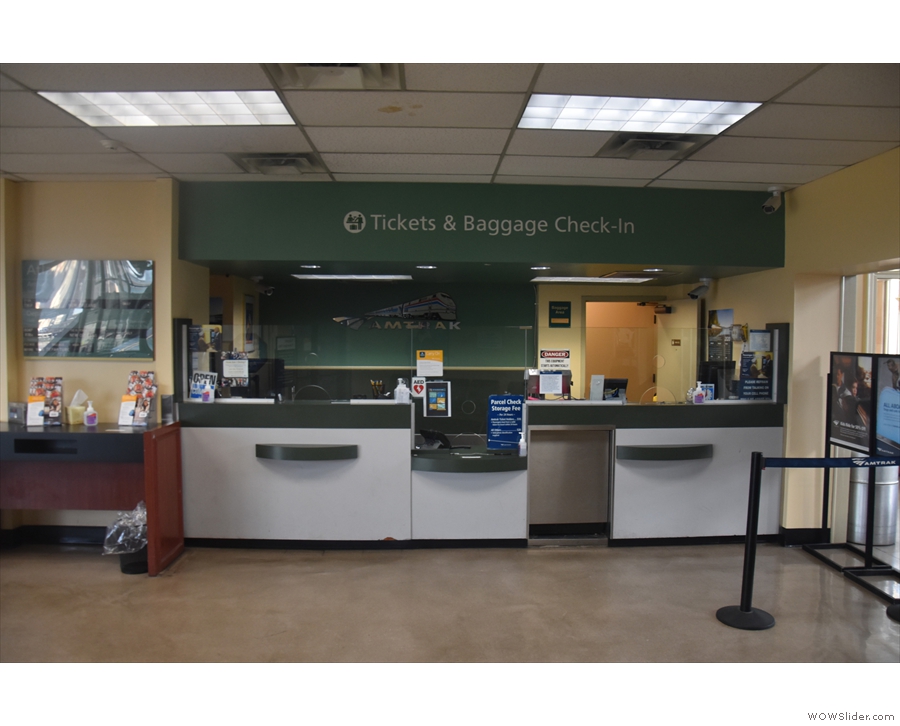
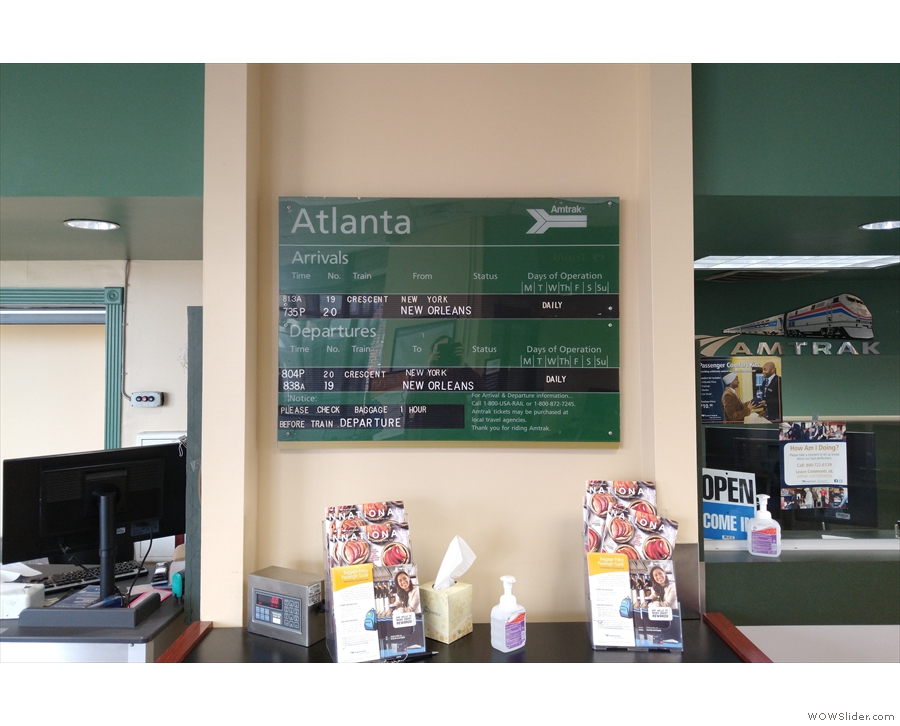
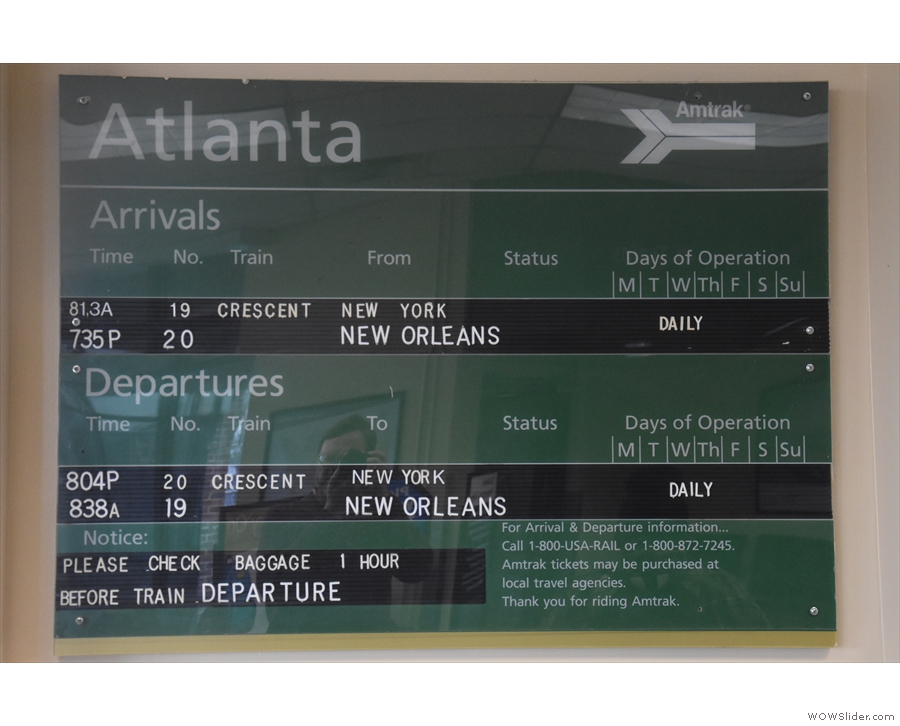
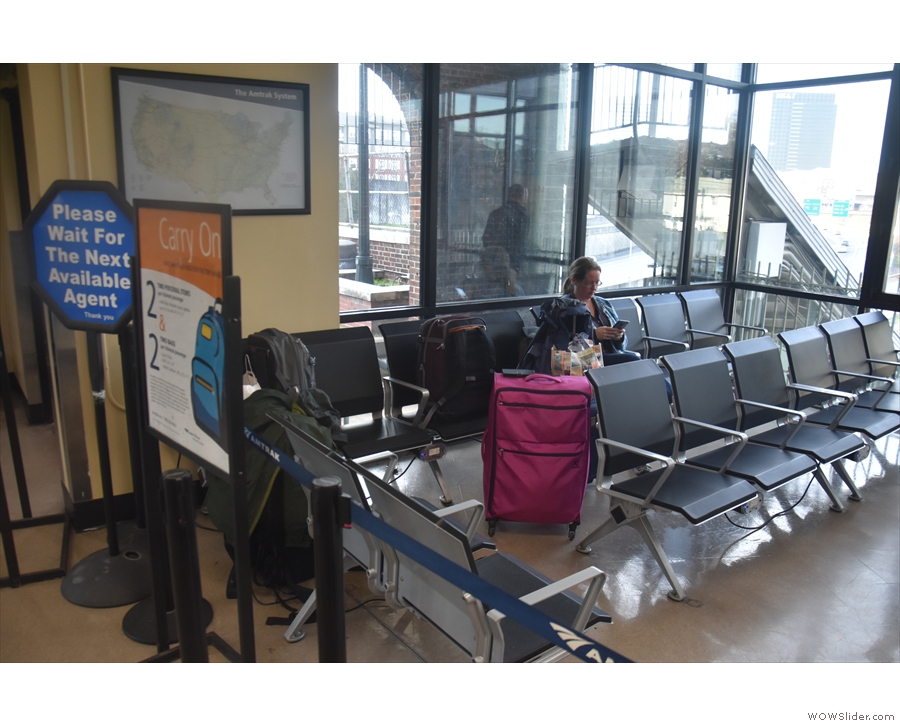
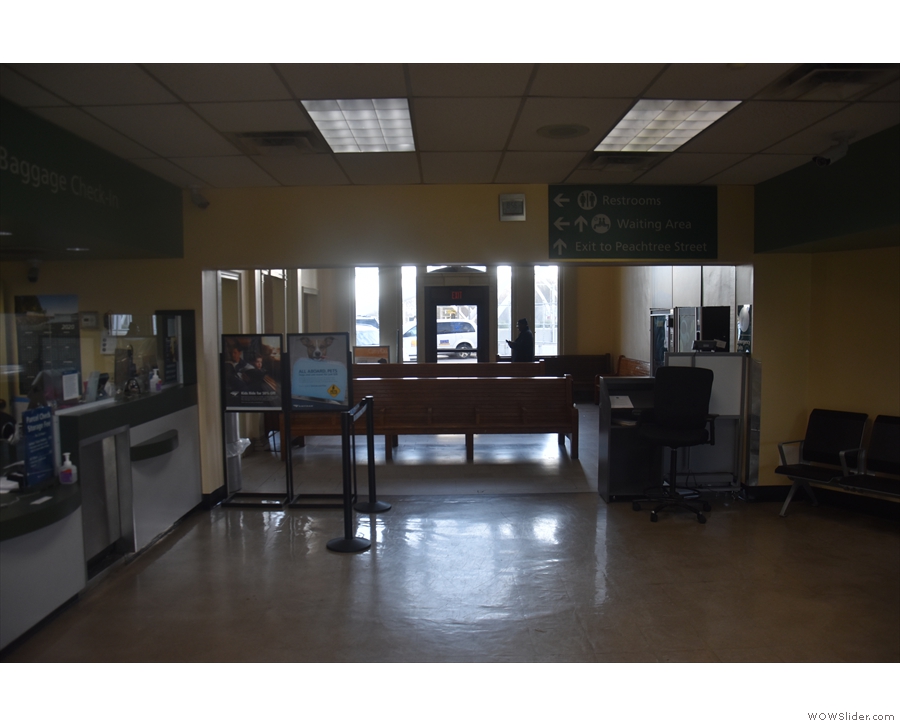
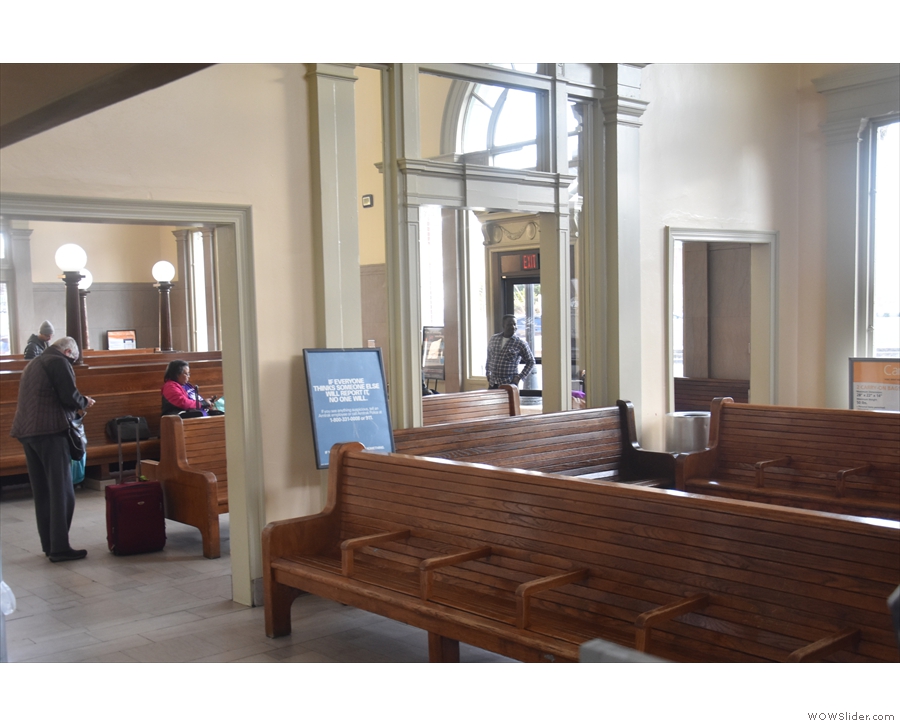

 1
1 2
2 3
3 4
4 5
5 6
6 7
7 8
8 9
9 10
10 11
11 12
12 13
13 14
14 15
15 16
16 17
17 18
18 19
19 20
20 21
21 22
22 23
23
Pingback: Brian’s Travel Spot: The Demise of Amtrak’s Full Dining Service | Brian's Coffee Spot
Pingback: Brian’s Travel Spot: Flying from Atlanta to Chicago | Brian's Coffee Spot
Pingback: Firelight Coffee Roasters | Brian's Coffee Spot
Pingback: Brian’s Travel Spot: Heading Home – Chicago to Boston | Brian's Coffee Spot
Pingback: Brian’s Travel Spot: Coast Starlight, Los Angeles to San Jose | Brian's Coffee Spot
Pingback: Dancing Goats Midtown | Brian's Coffee Spot
Pingback: Brian’s Travel Spot: Back to Boston in Economy | Brian's Coffee Spot
Pingback: Brian’s Travel Spot: California Zephyr to Chicago – Day 1 | Brian's Coffee Spot
Pingback: Brian’s Travel Spot: California Zephyr to Chicago – Day 2 | Brian's Coffee Spot
Pingback: Brian’s Travel Spot: Amtrak’s Full Dining Service | Brian's Coffee Spot
Pingback: Brian’s Travel Spot: Amtrak’s Crescent to New Orleans | Brian's Coffee Spot
Pingback: Octane: Westside | Brian's Coffee Spot
Pingback: 2020 Awards – Happiest Staff | Brian's Coffee Spot
Pingback: Peregrine Espresso, Eastern Market | Brian's Coffee Spot
Pingback: Brian’s Travel Spot: Amtrak Northeast Regional 65 | Brian's Coffee Spot
Pingback: Brian’s Travel Spot: First Time on Amtrak’s Acela Service | Brian's Coffee Spot
Pingback: Brian’s Travel Spot: Amtrak Downeaster, Part II | Brian's Coffee Spot
Pingback: Bellwood Coffee – Peachtree | Brian's Coffee Spot
Pingback: Black Fox Coffee, W 33rd Street | Brian's Coffee Spot